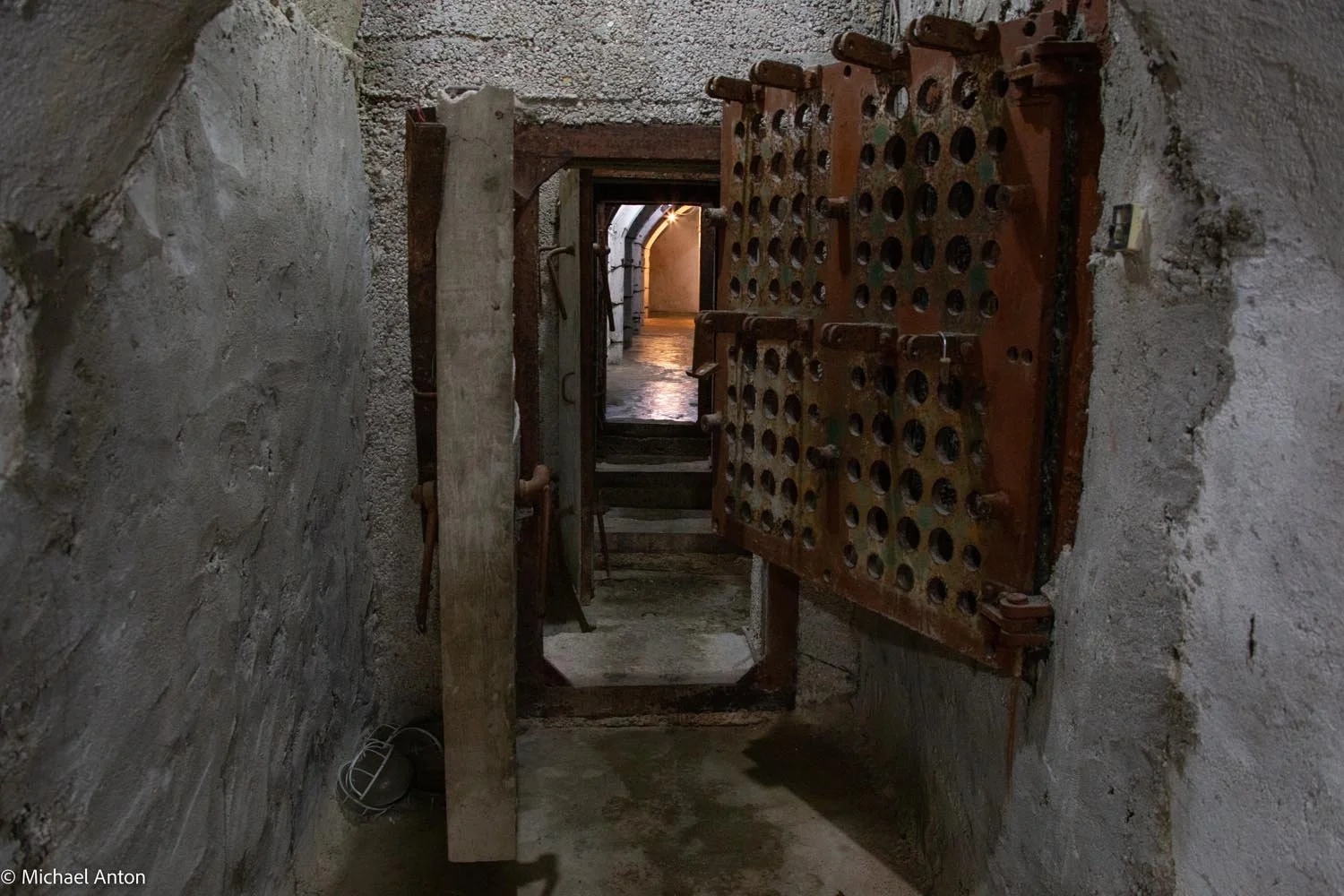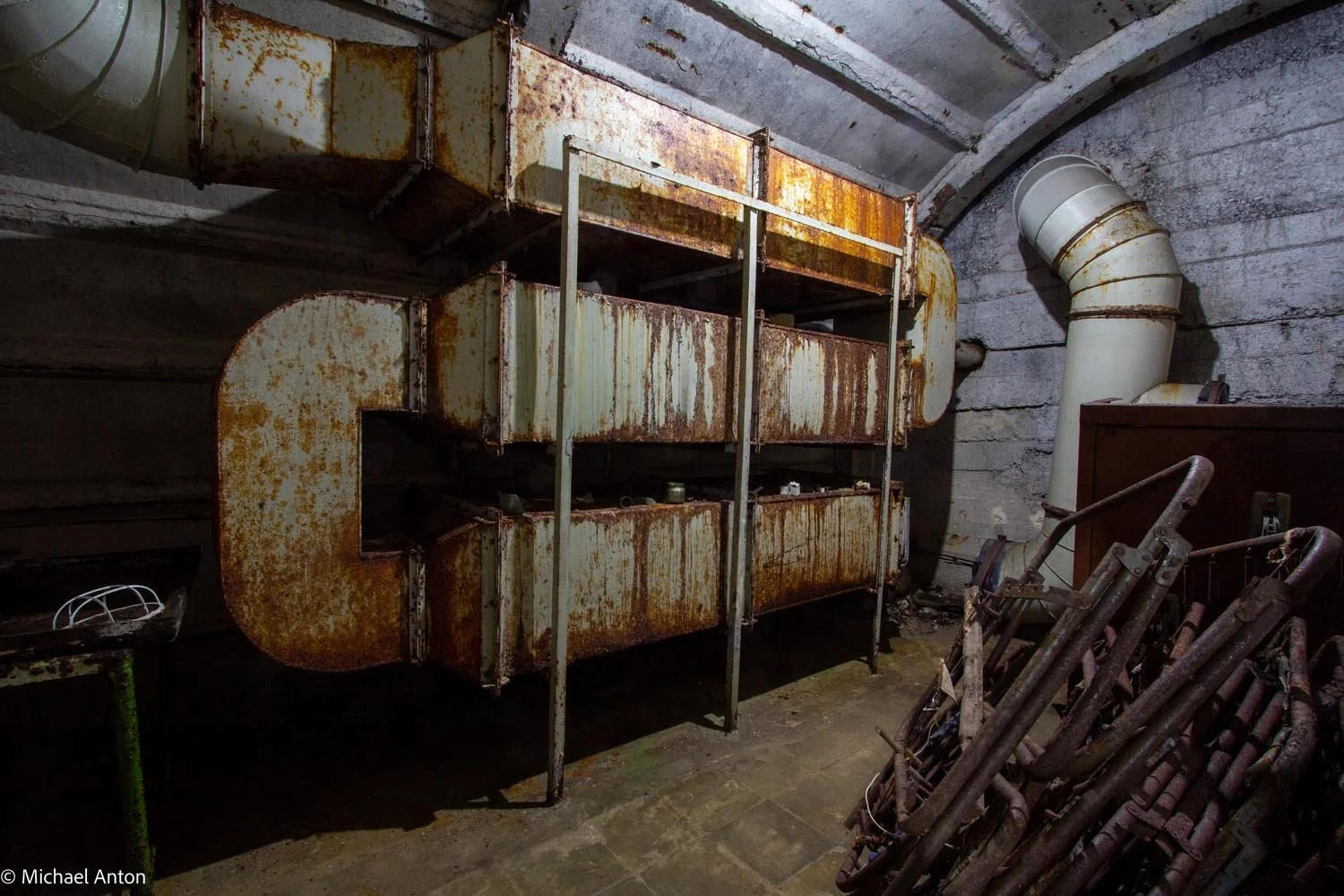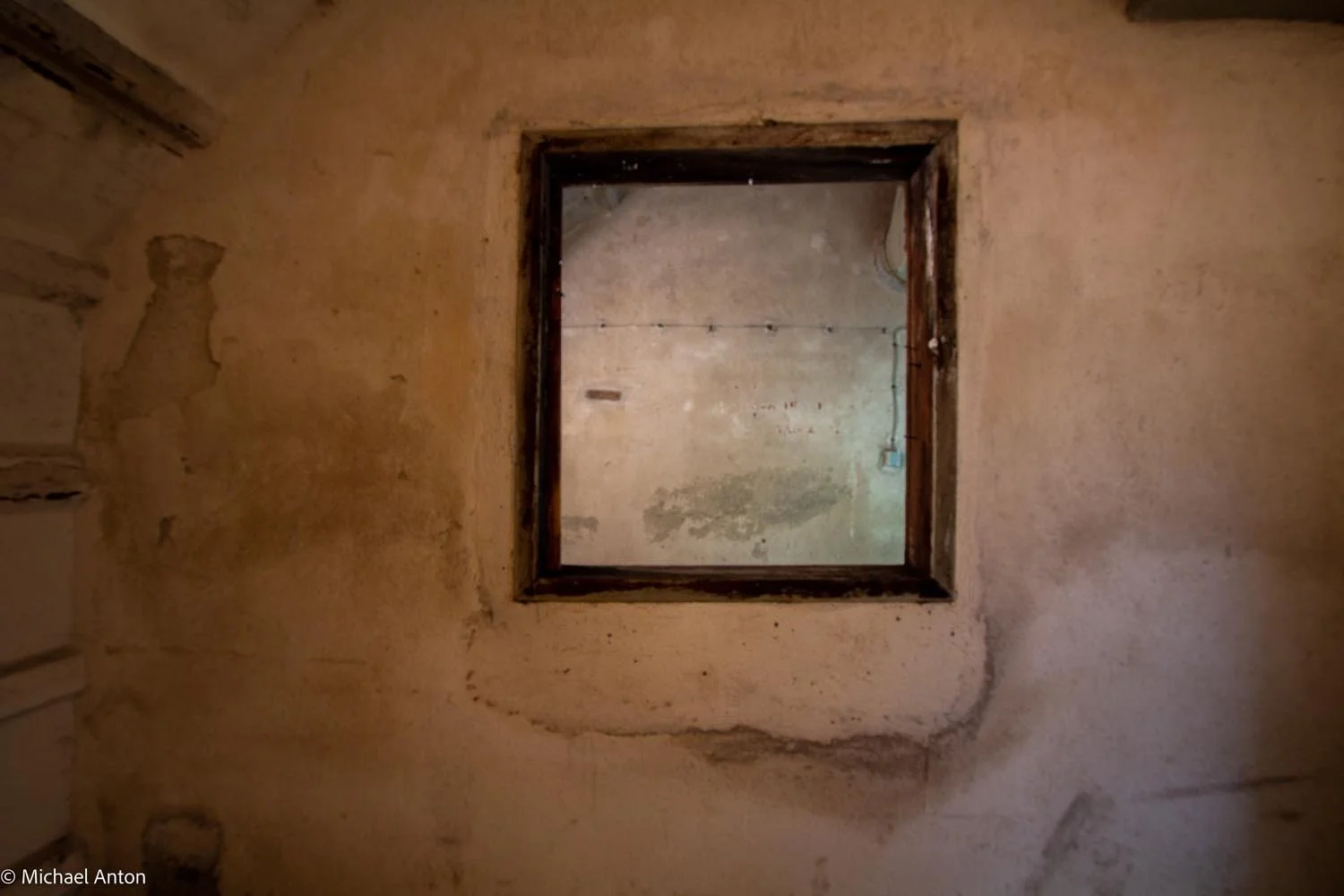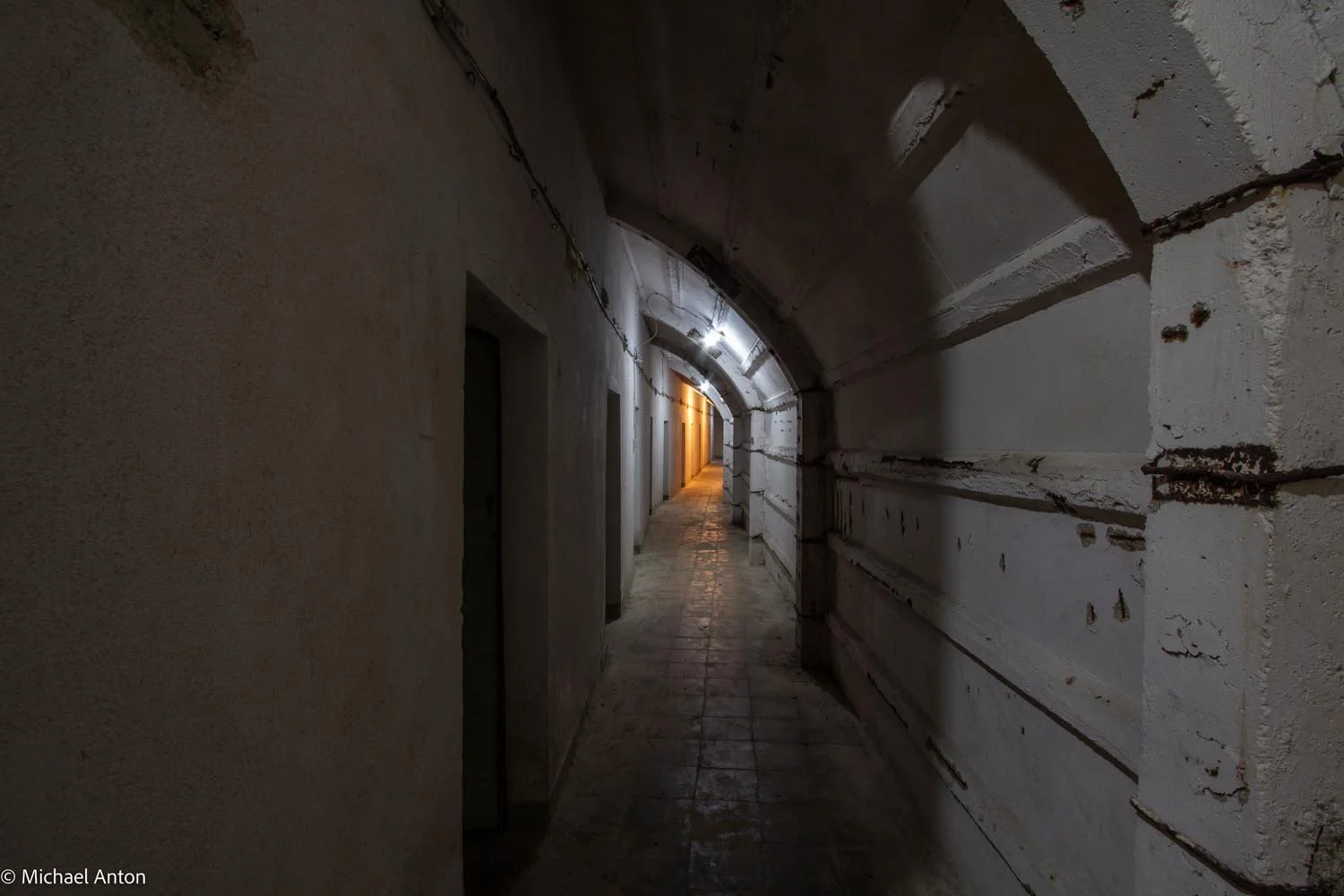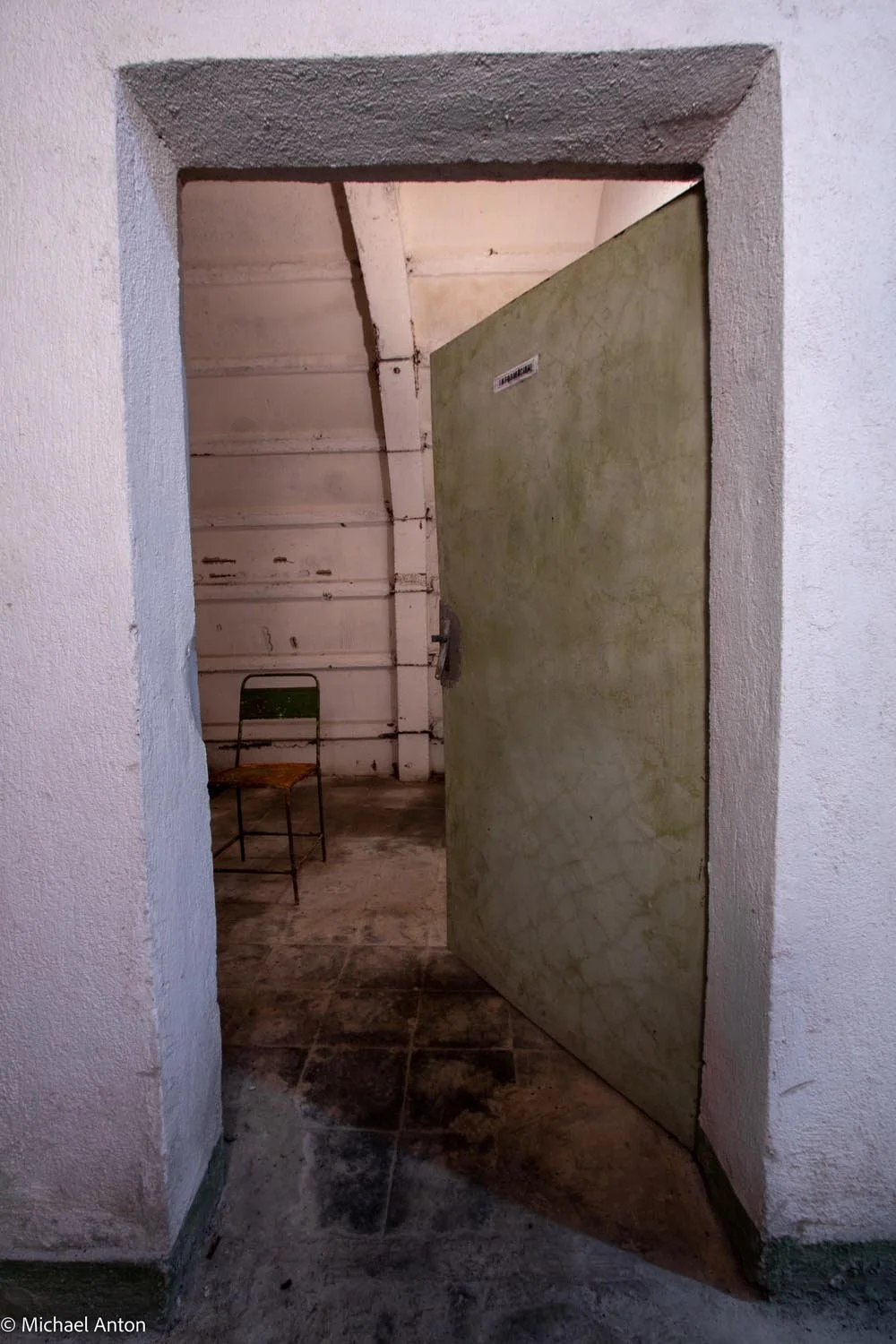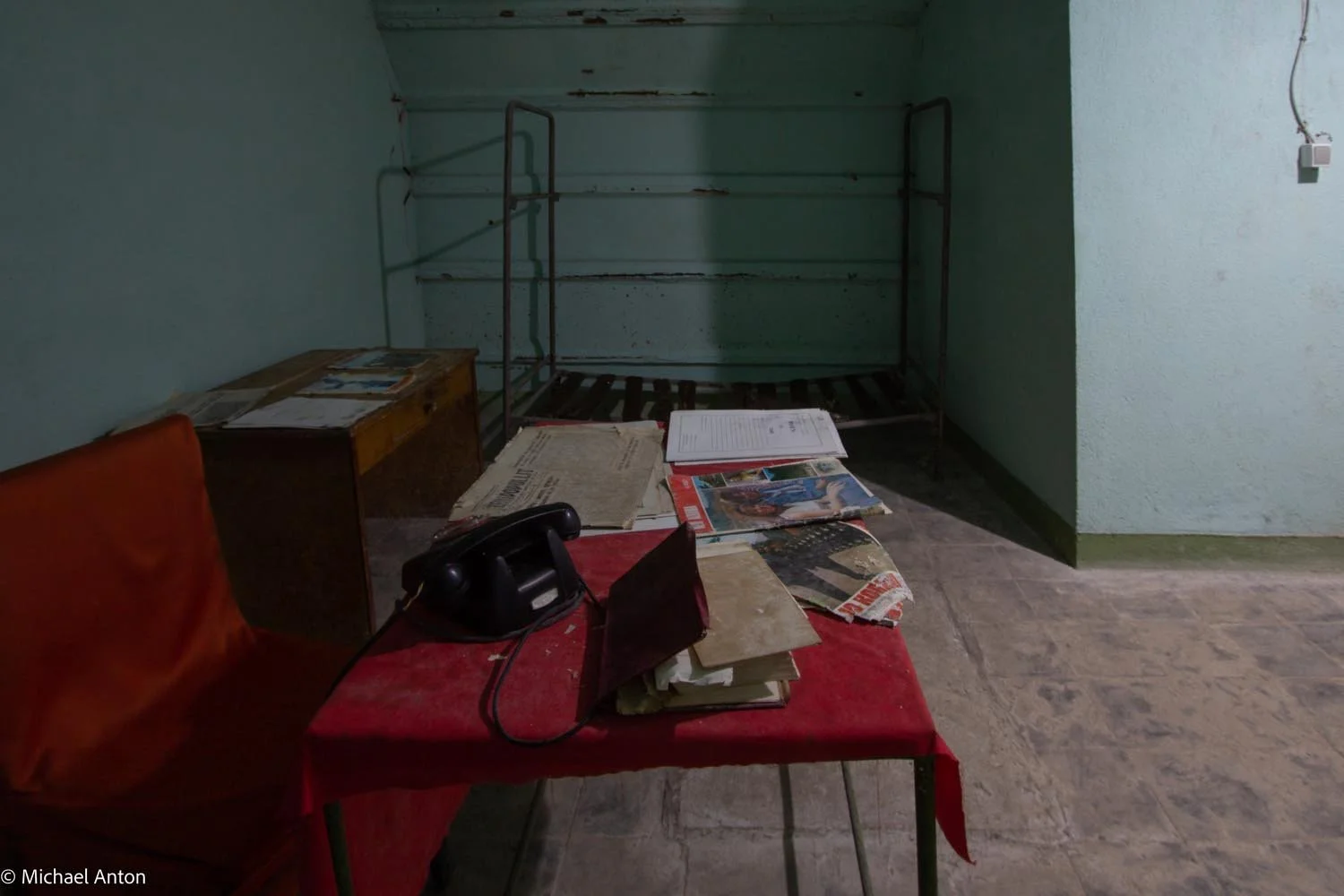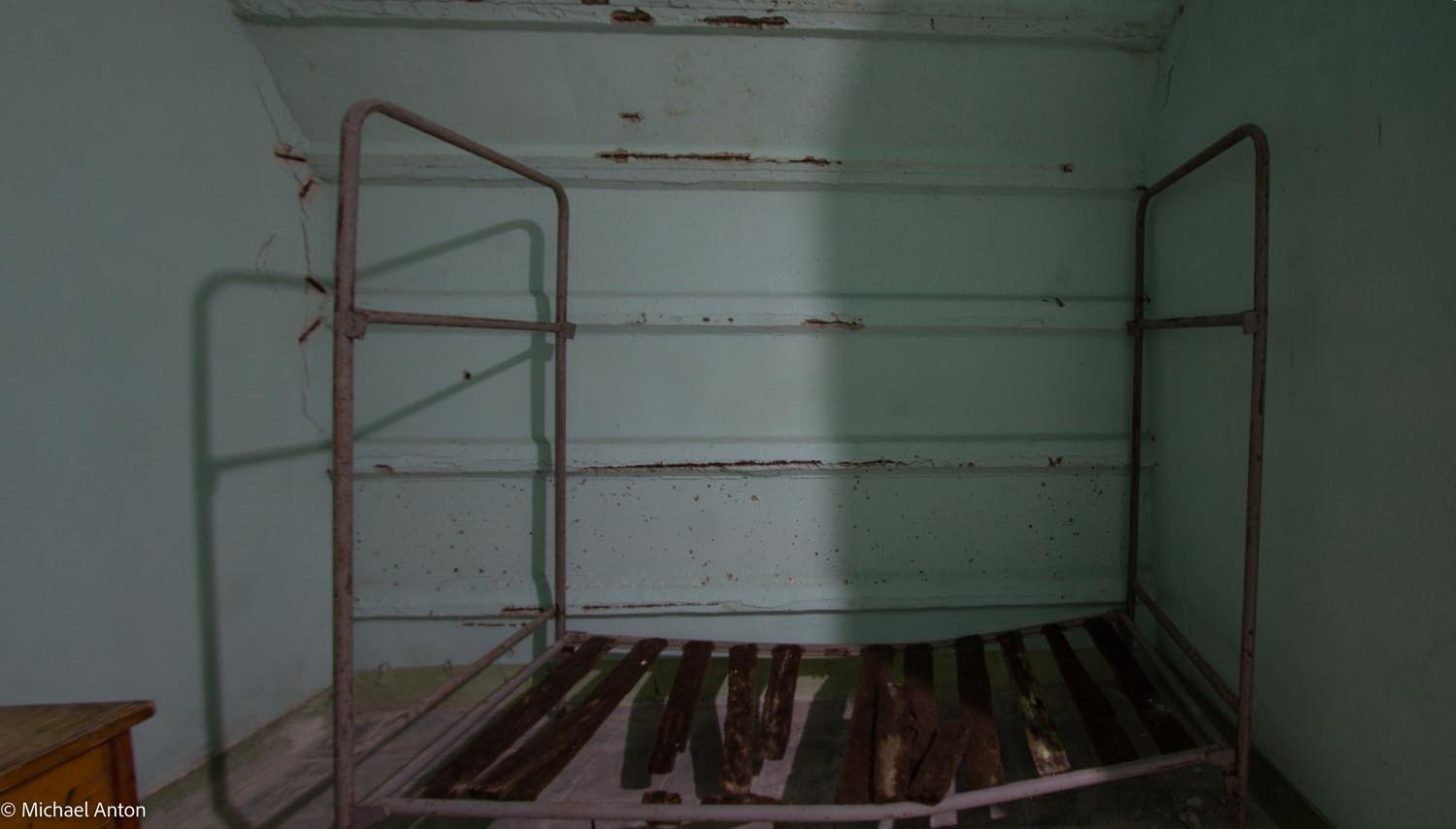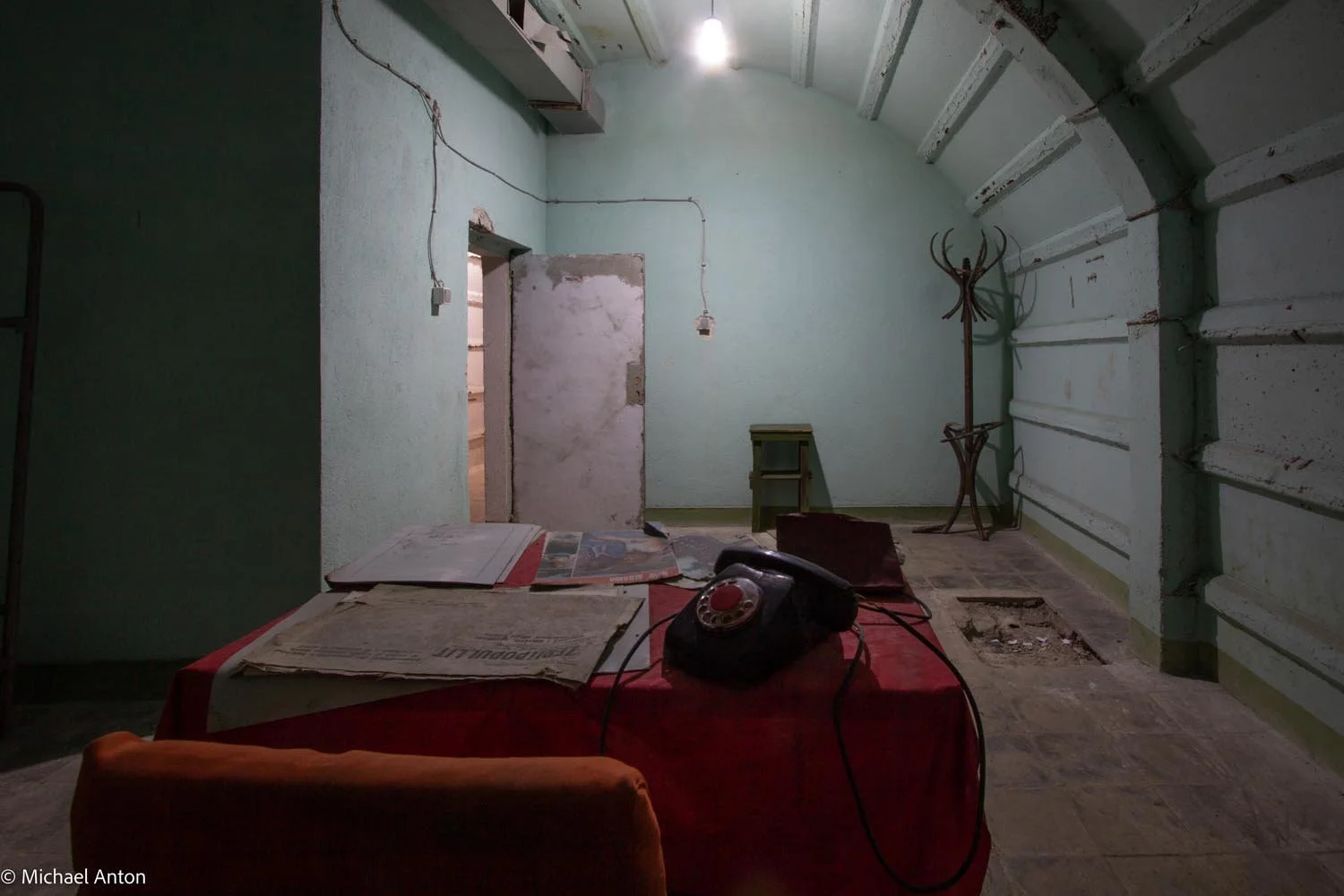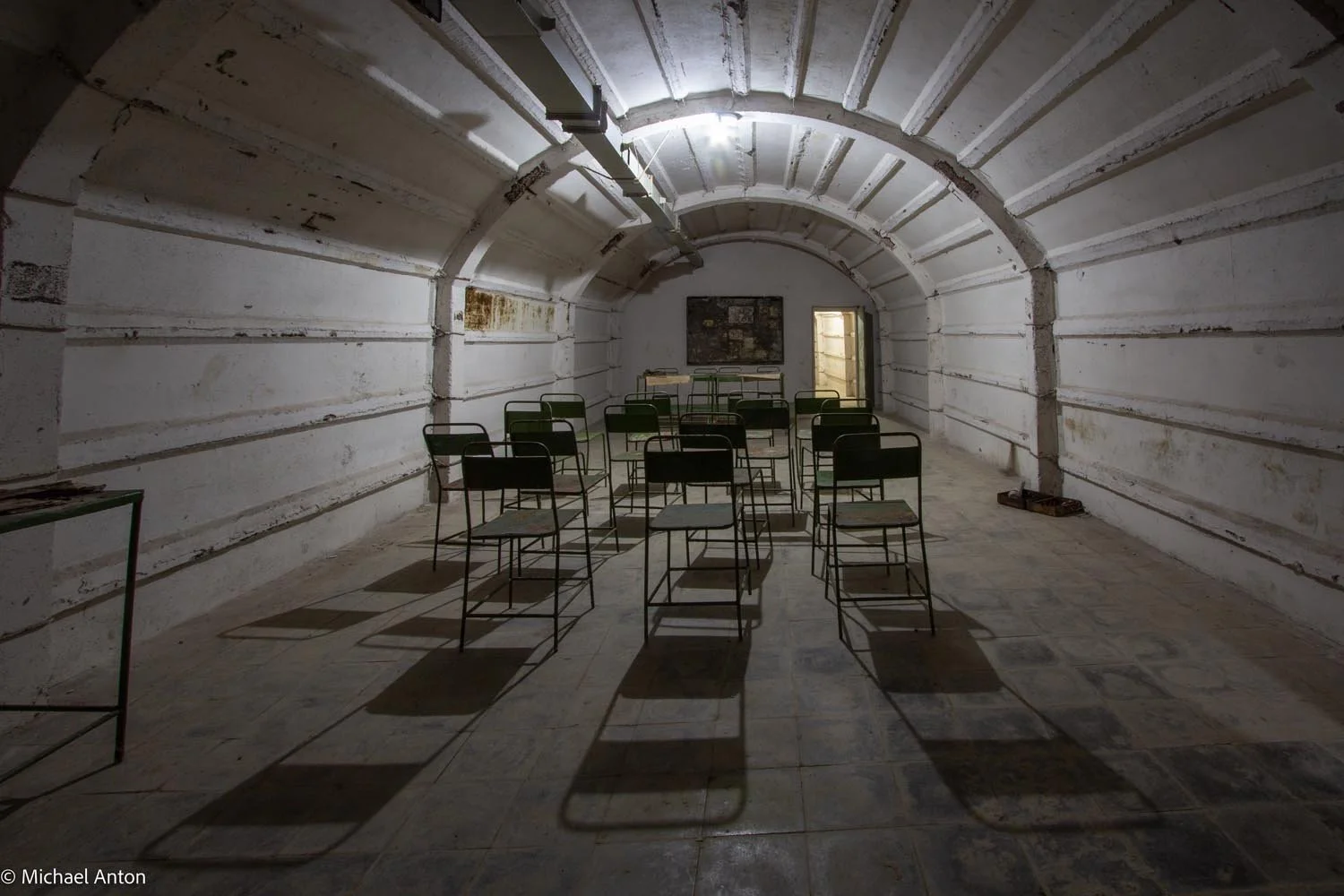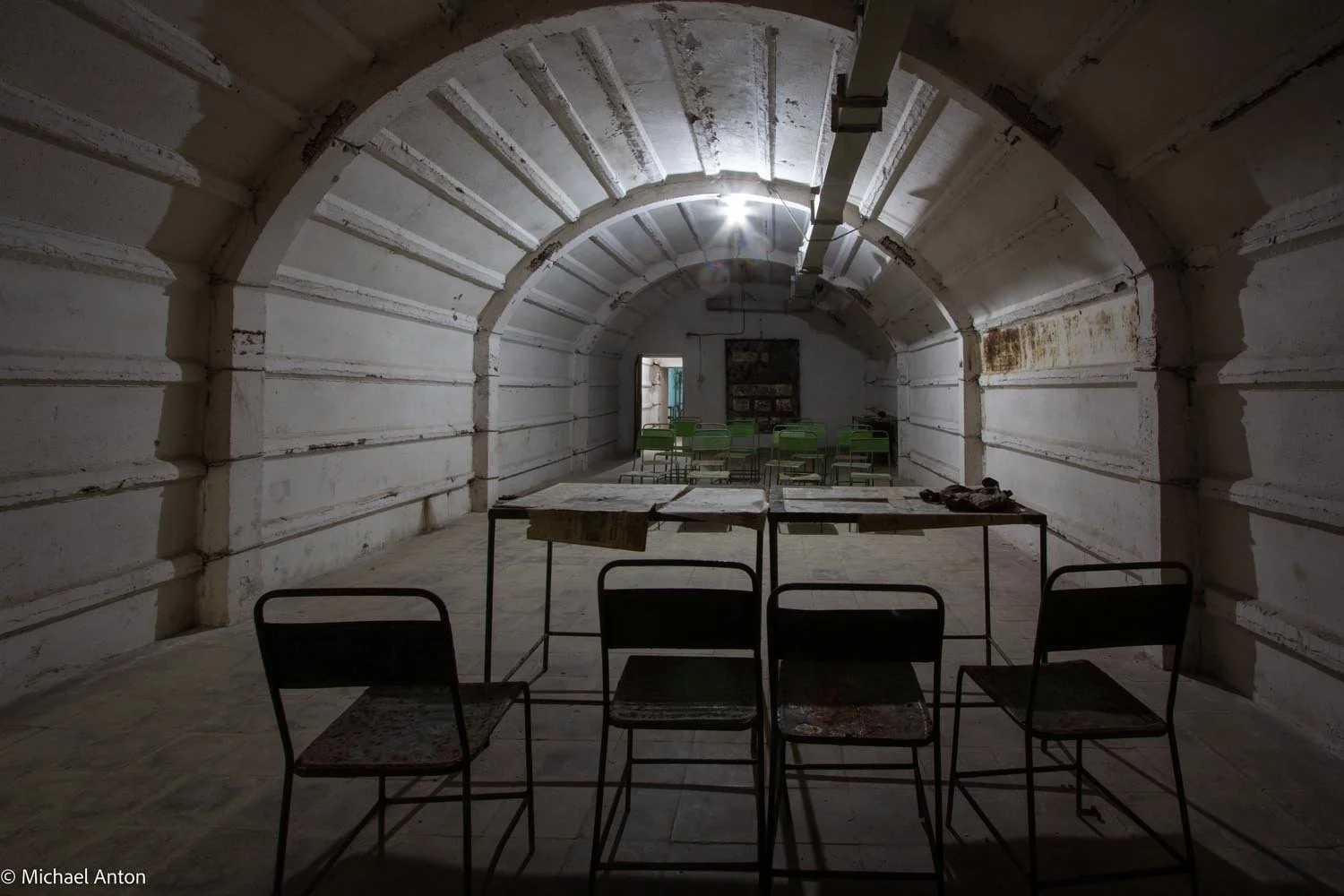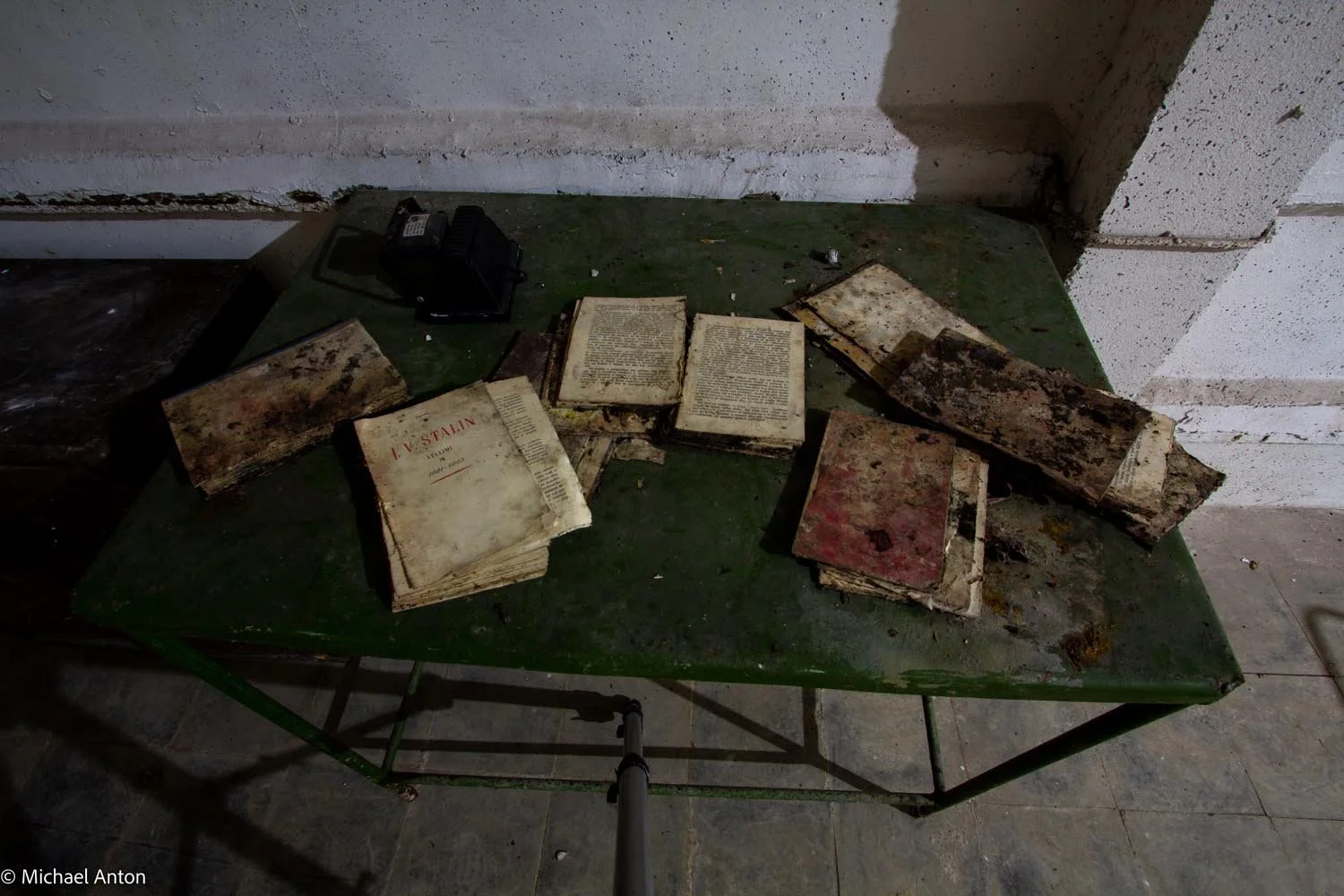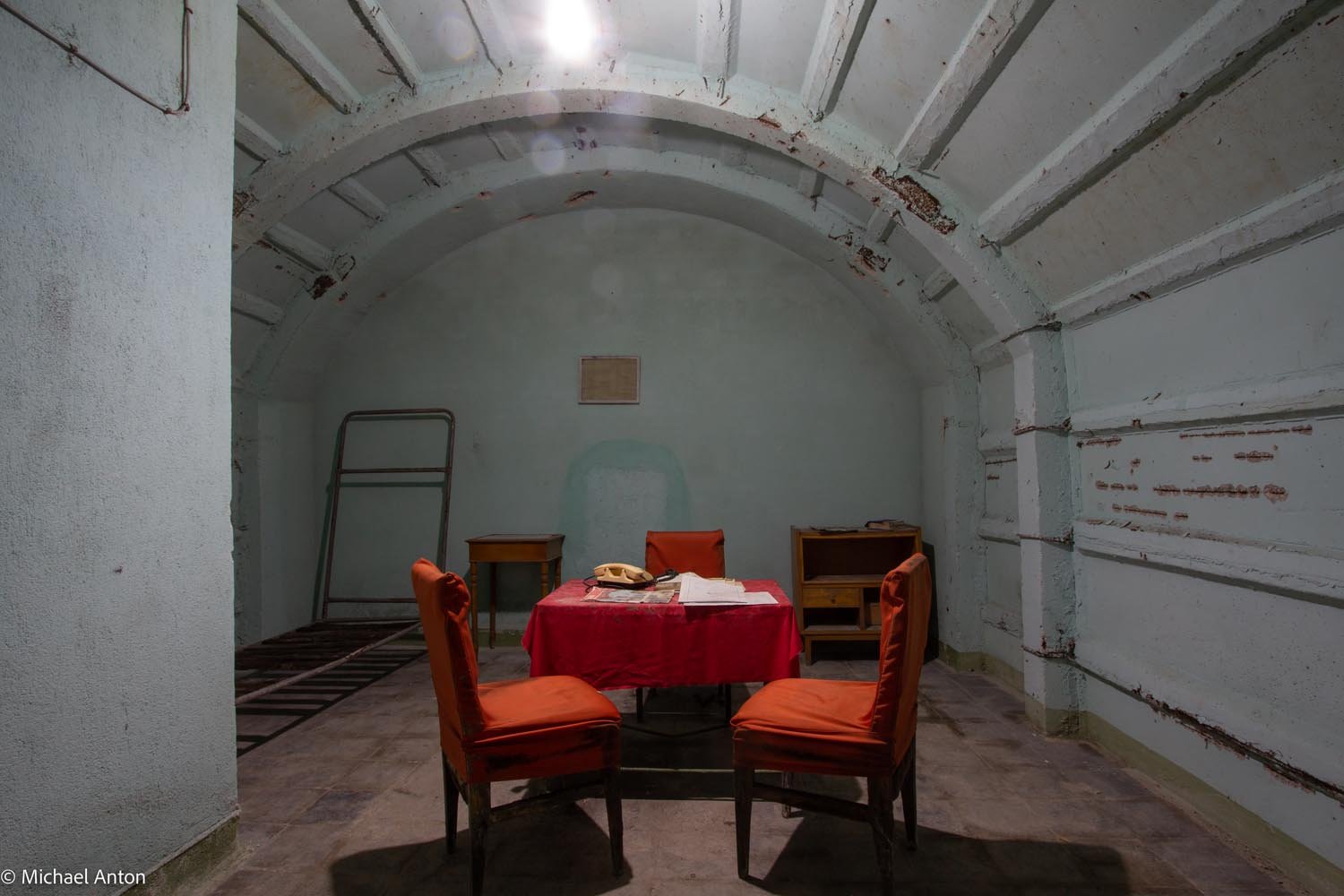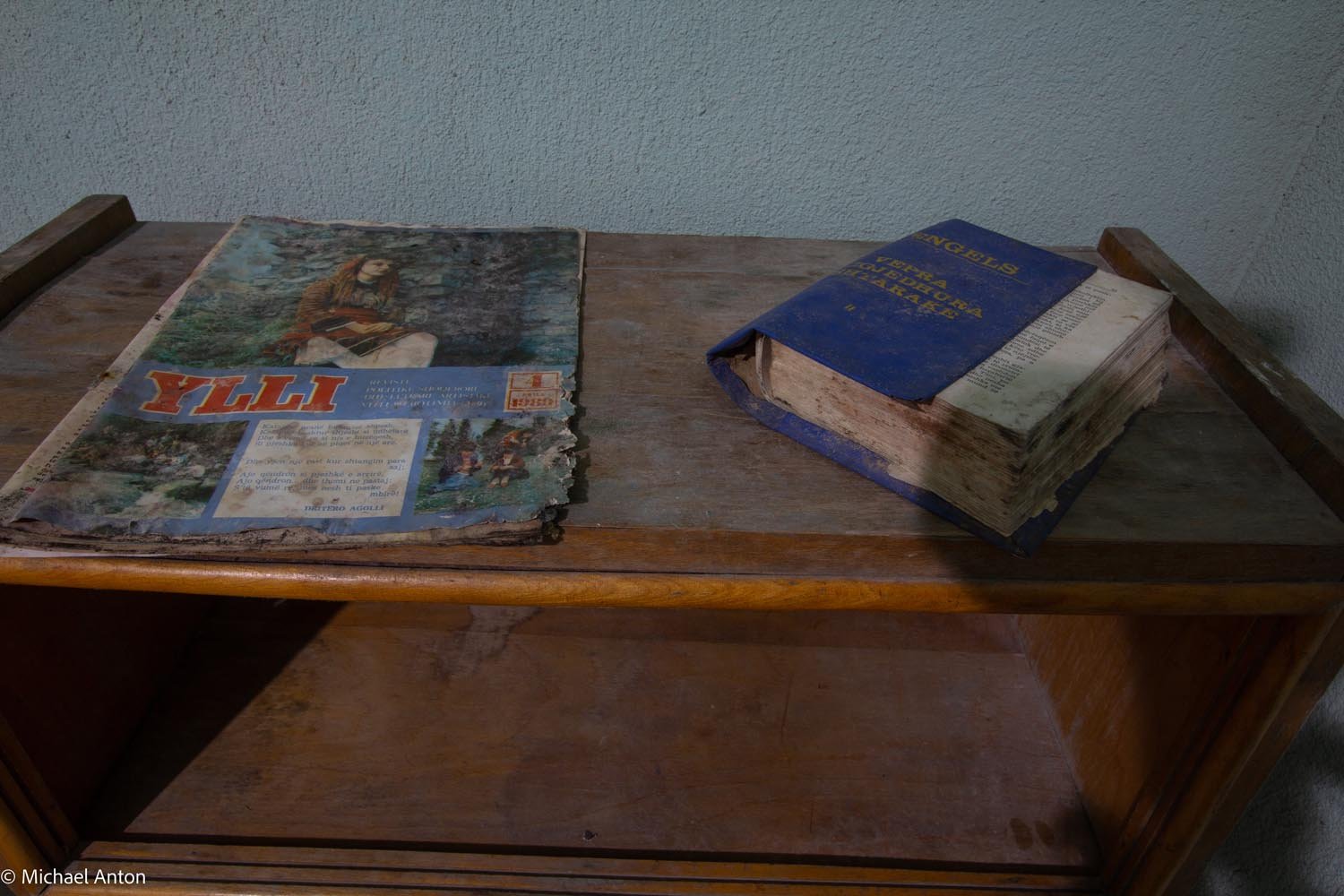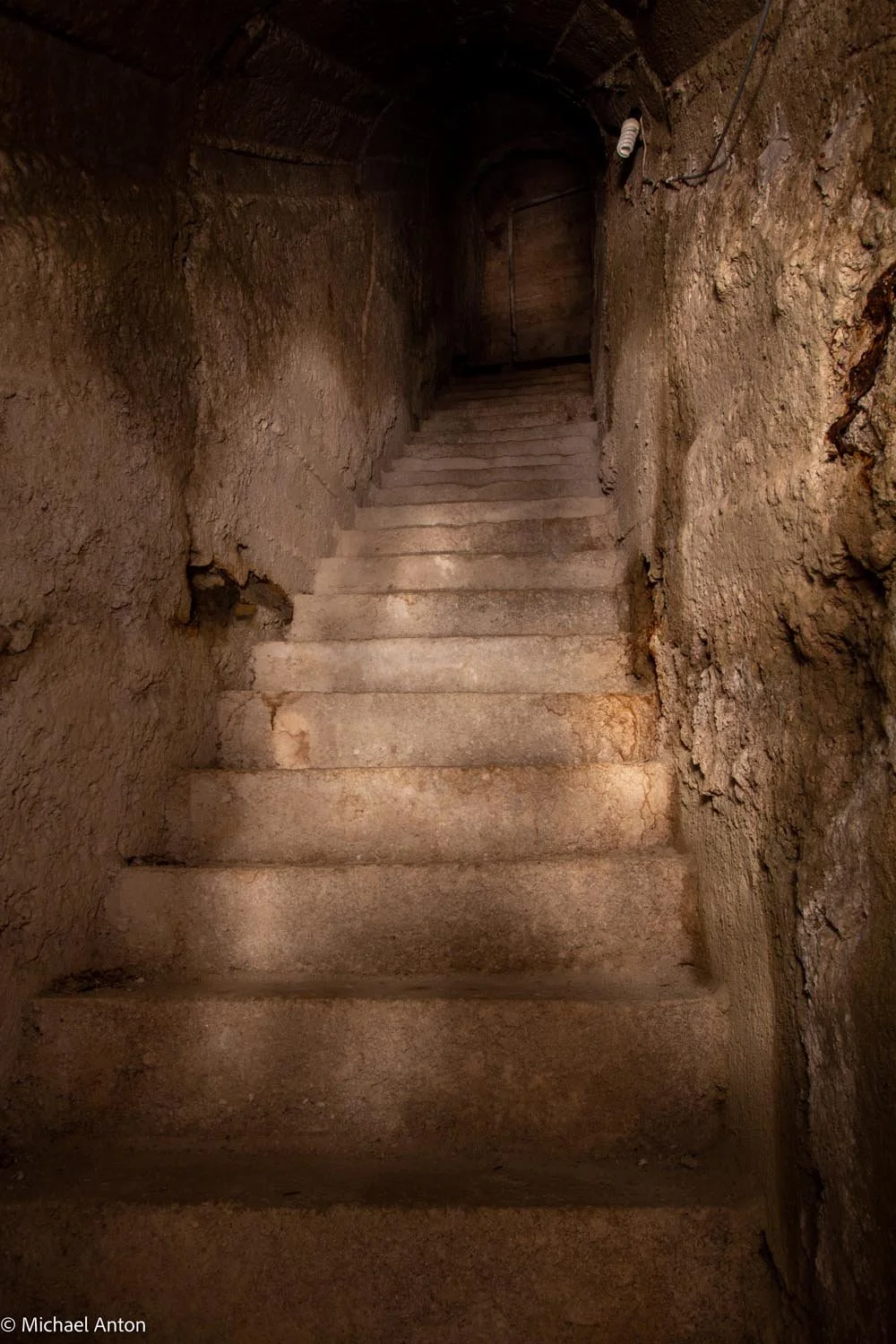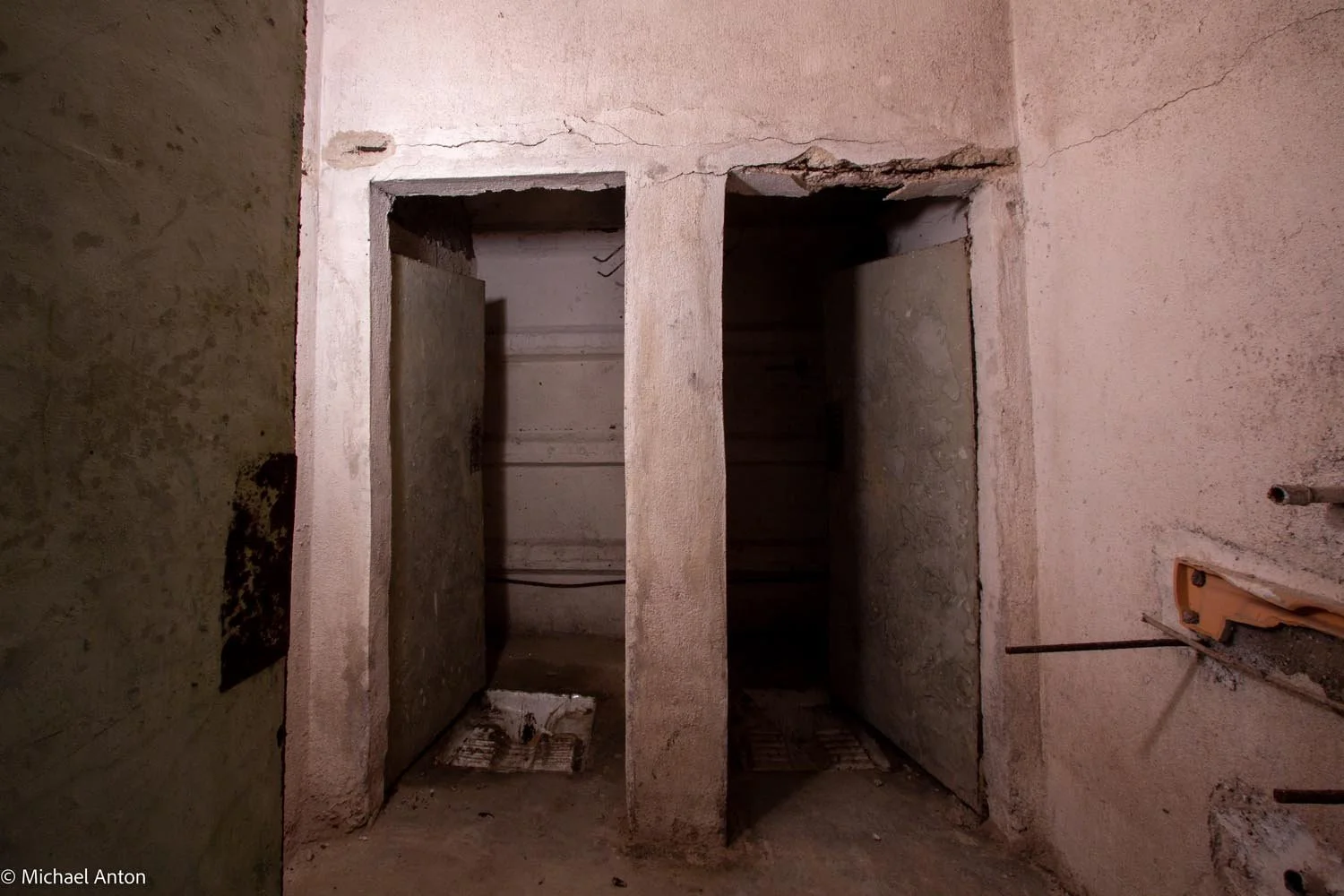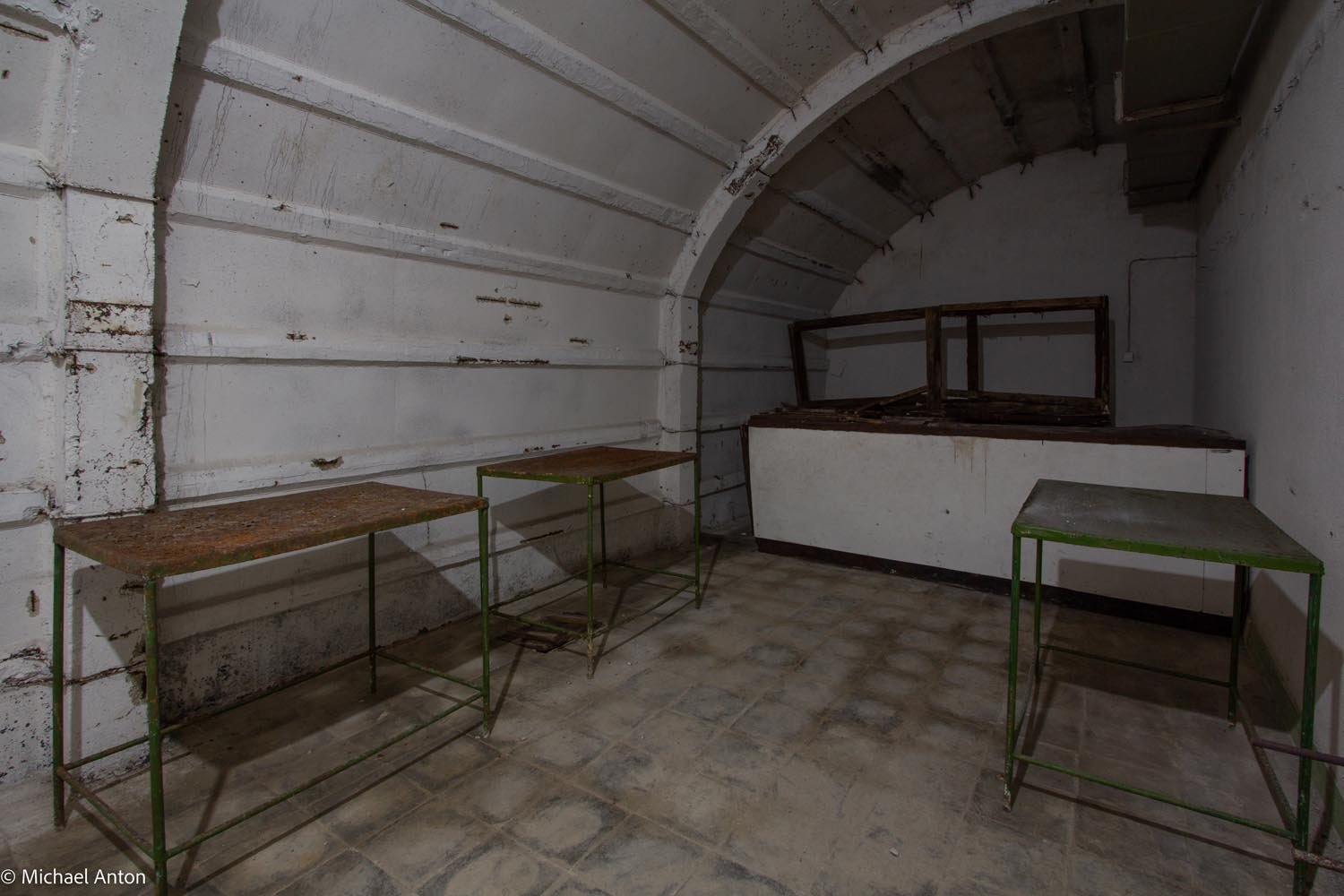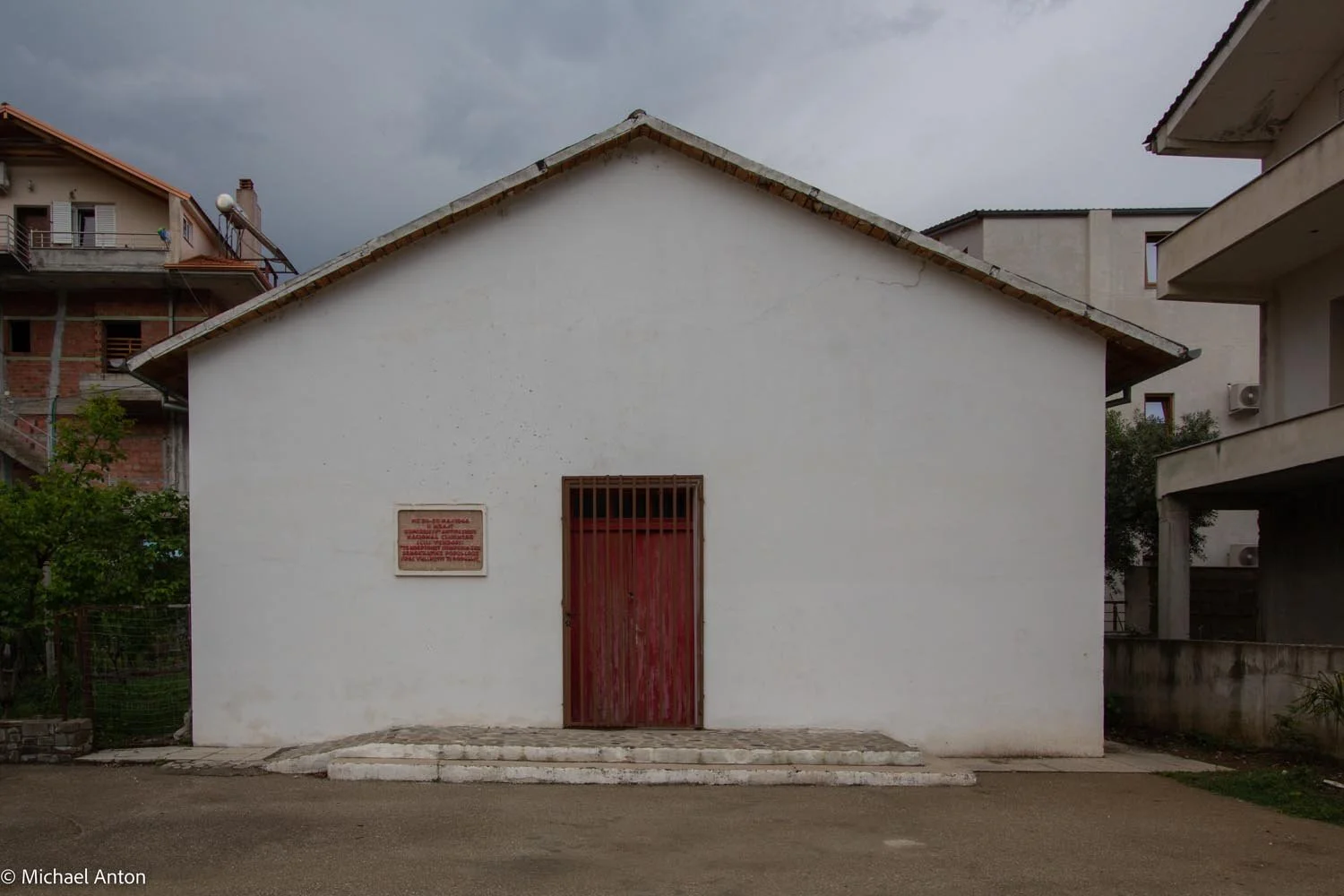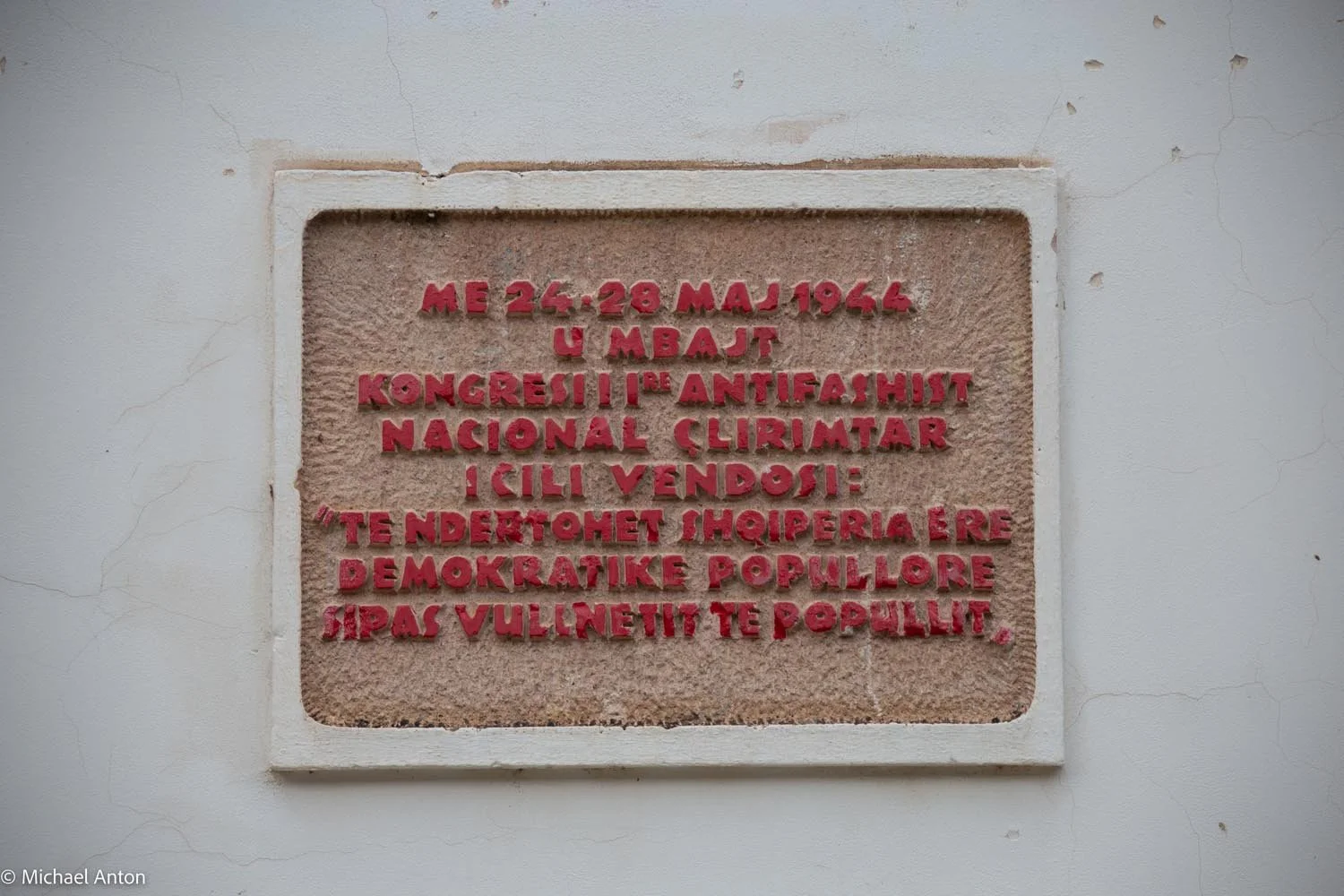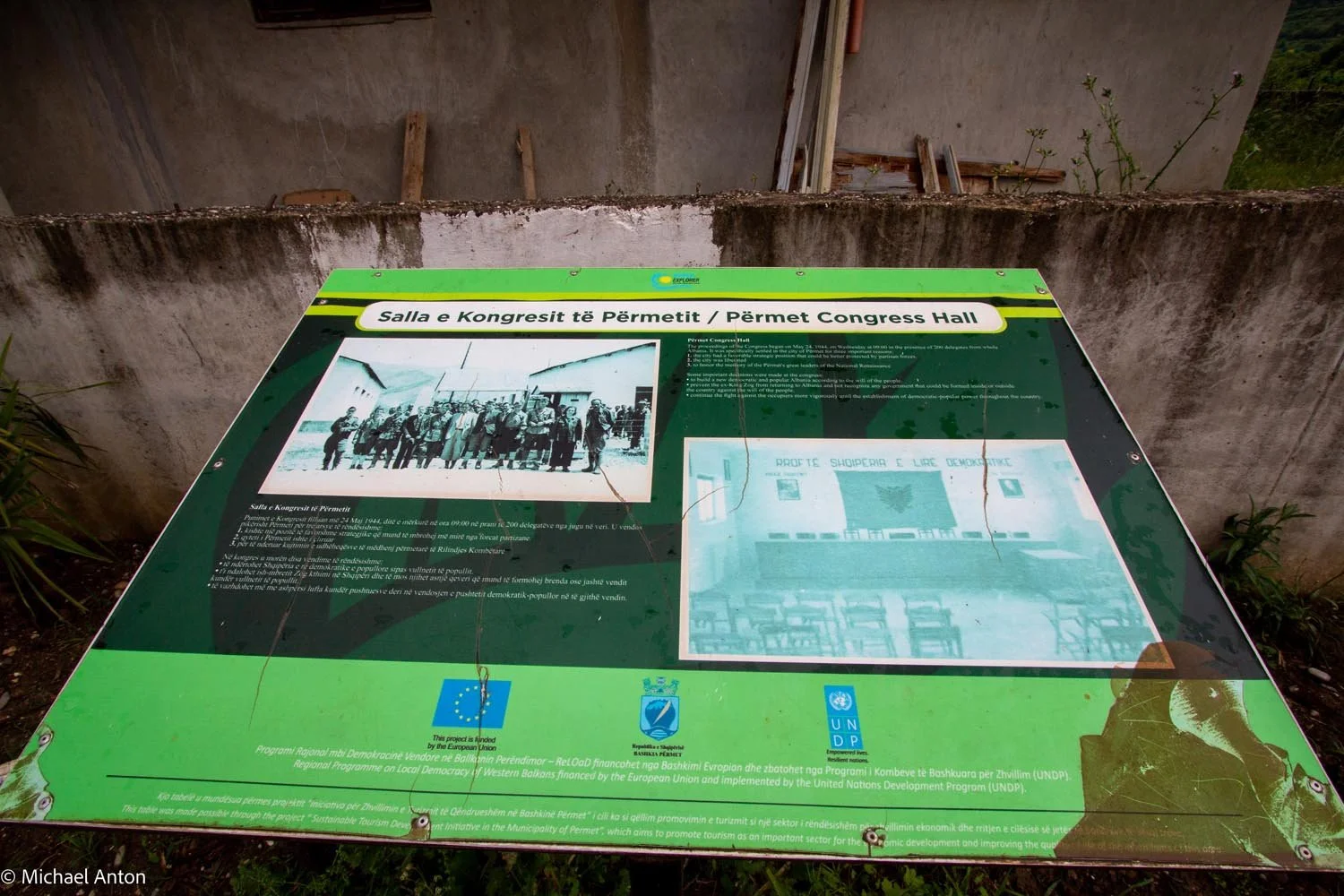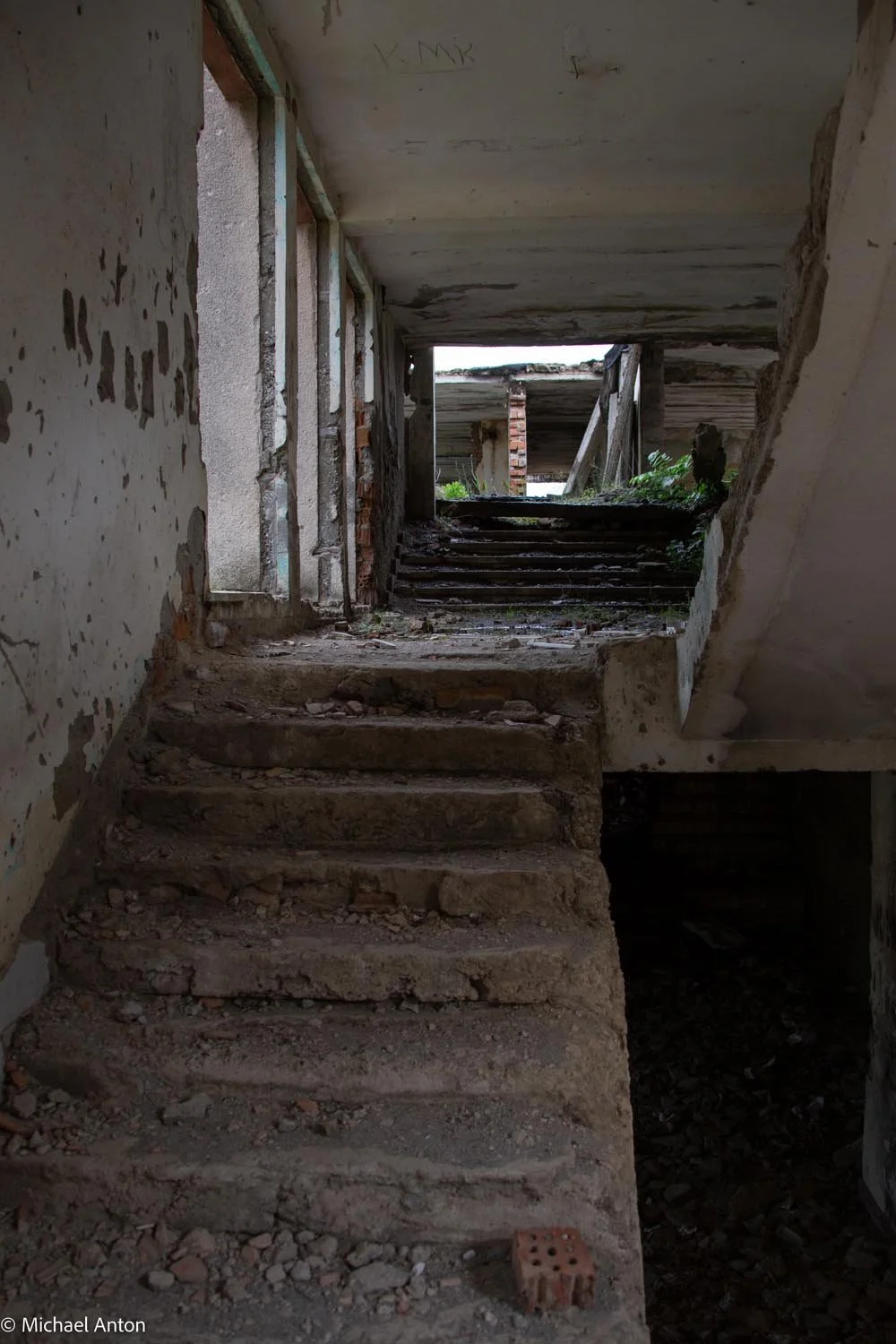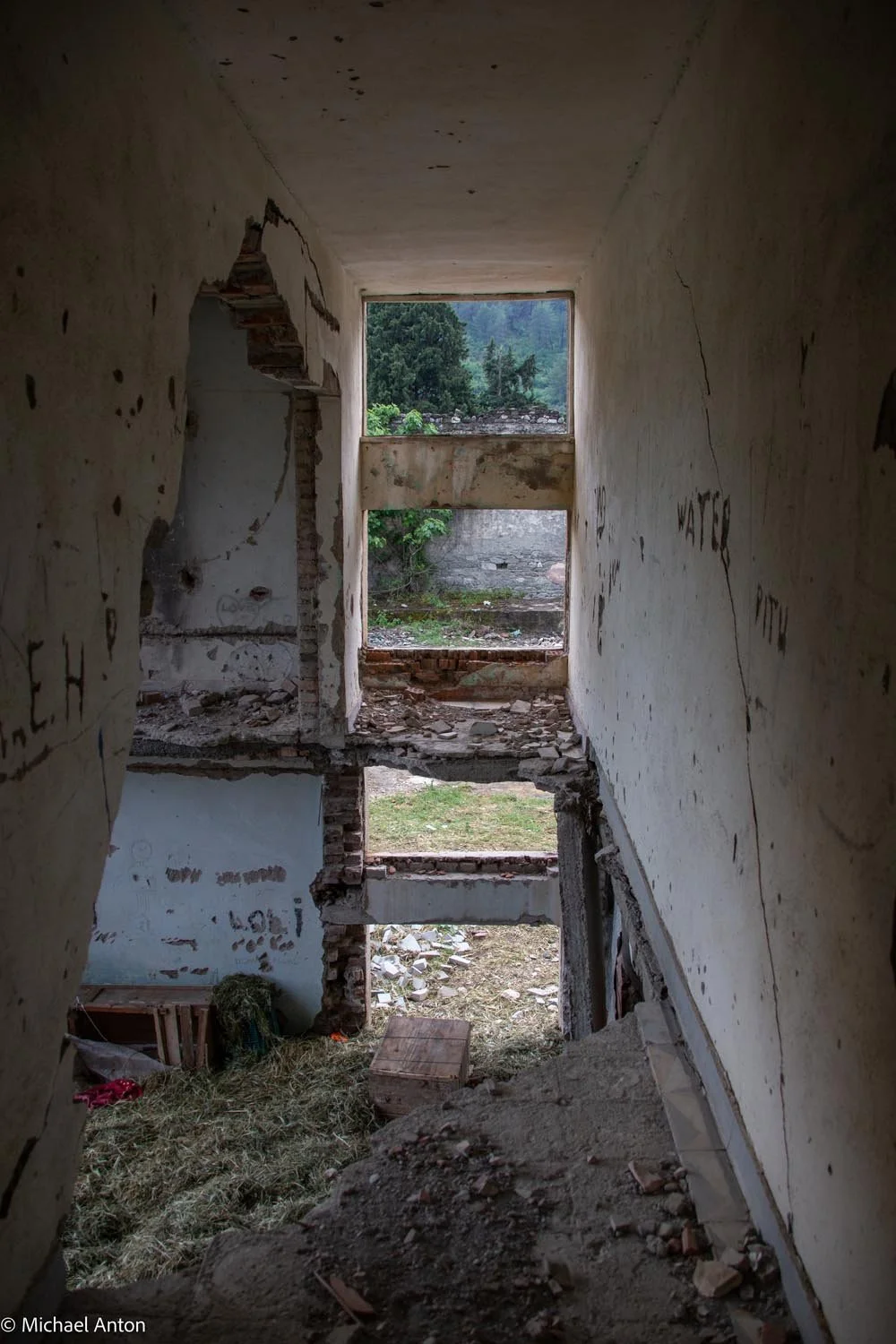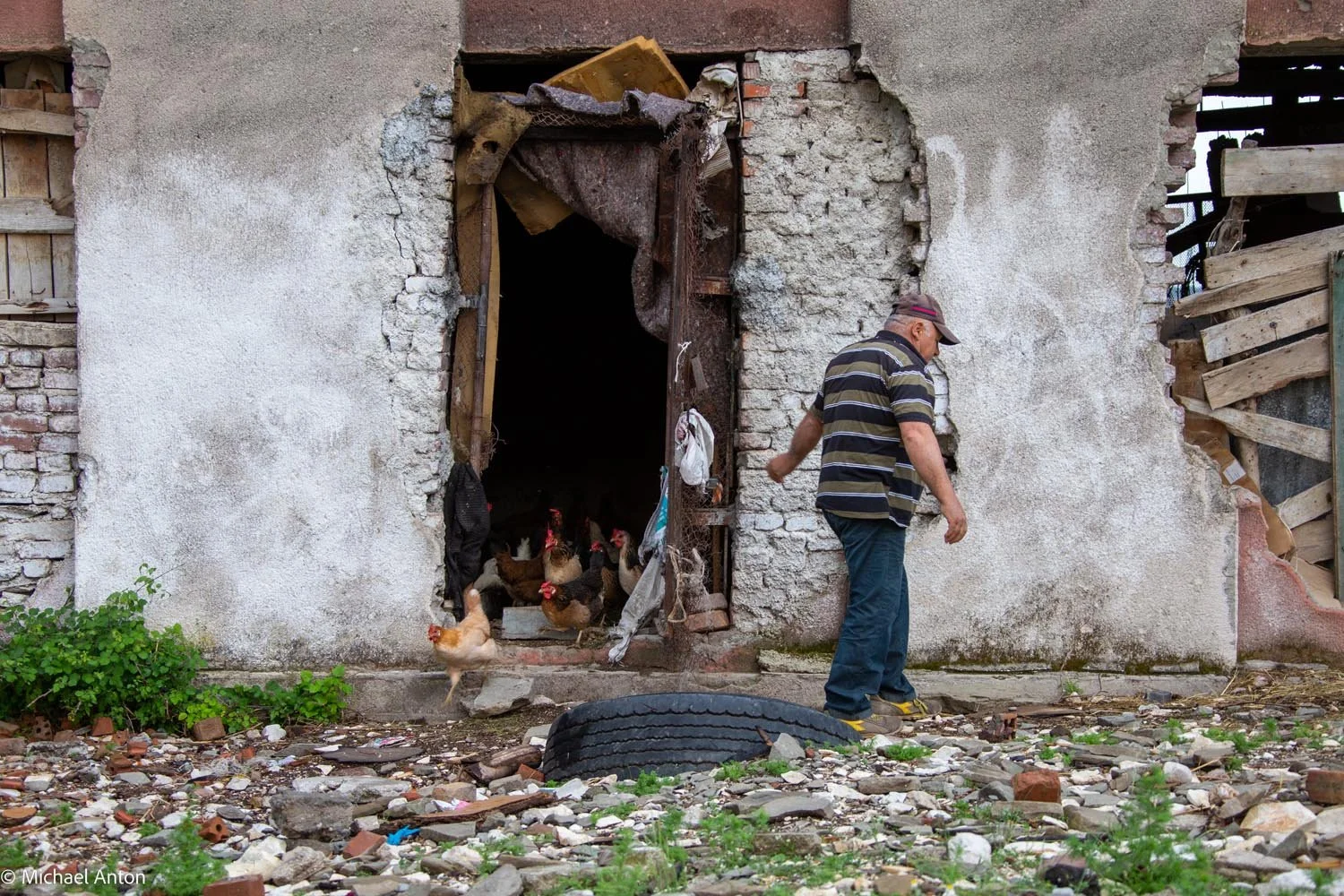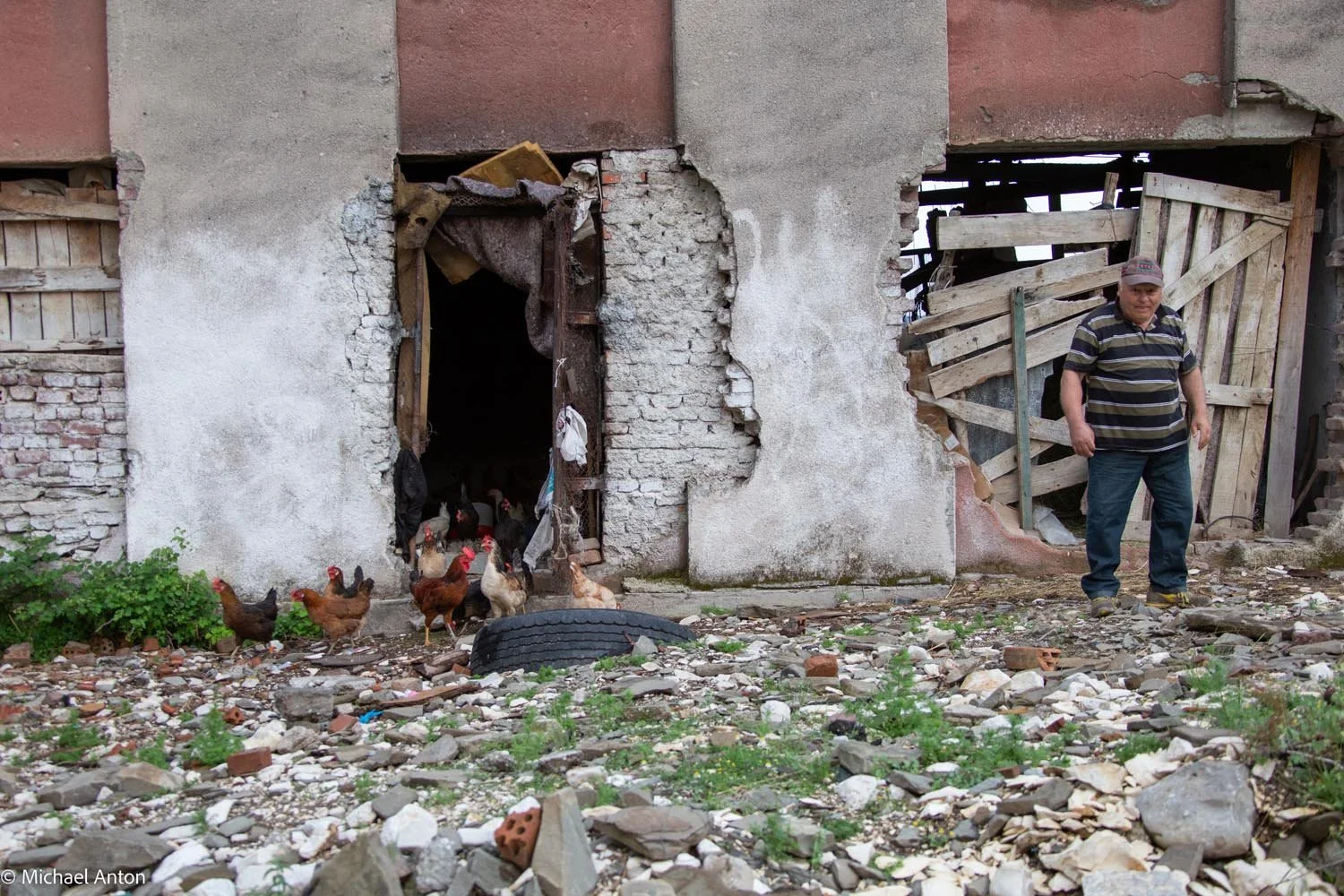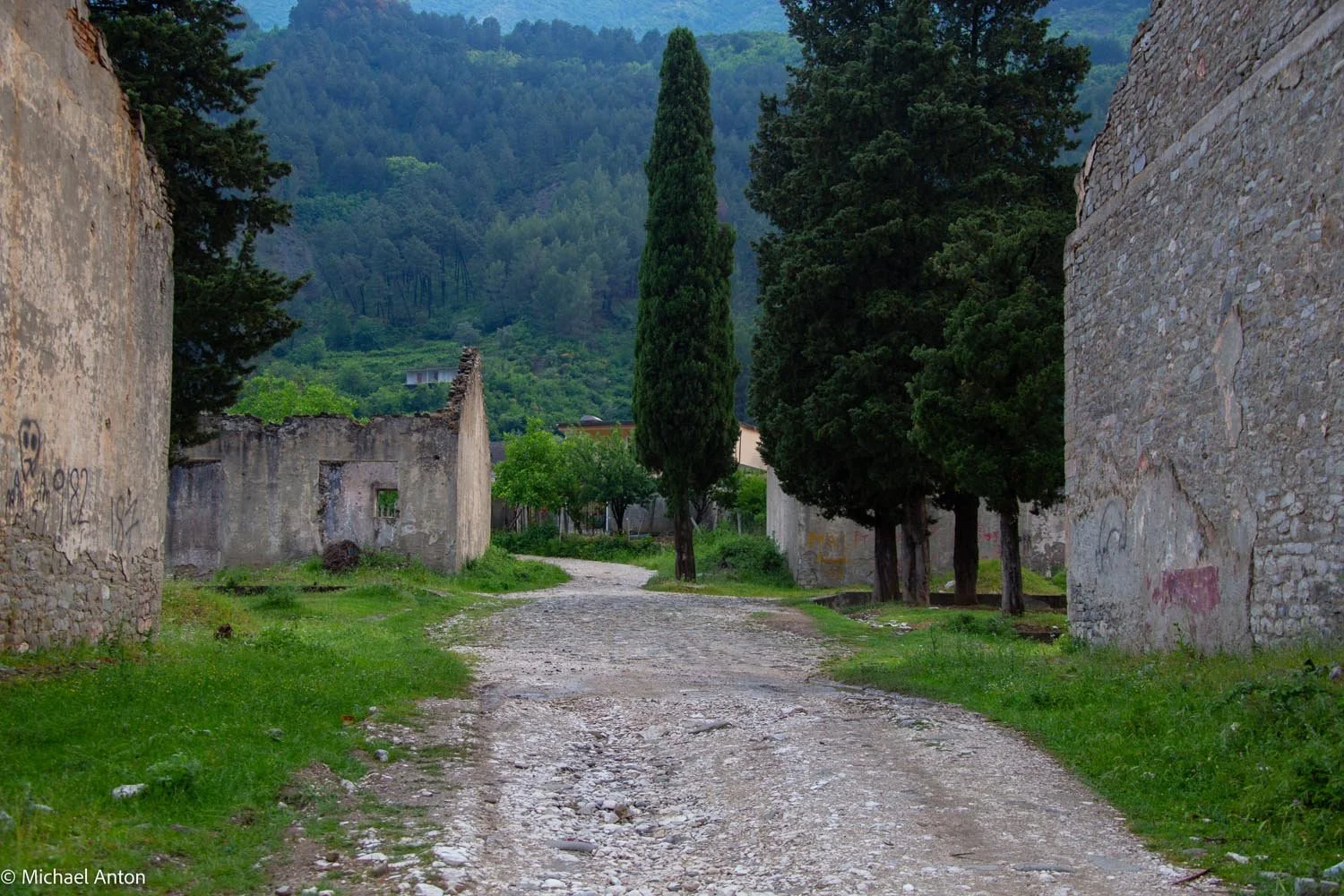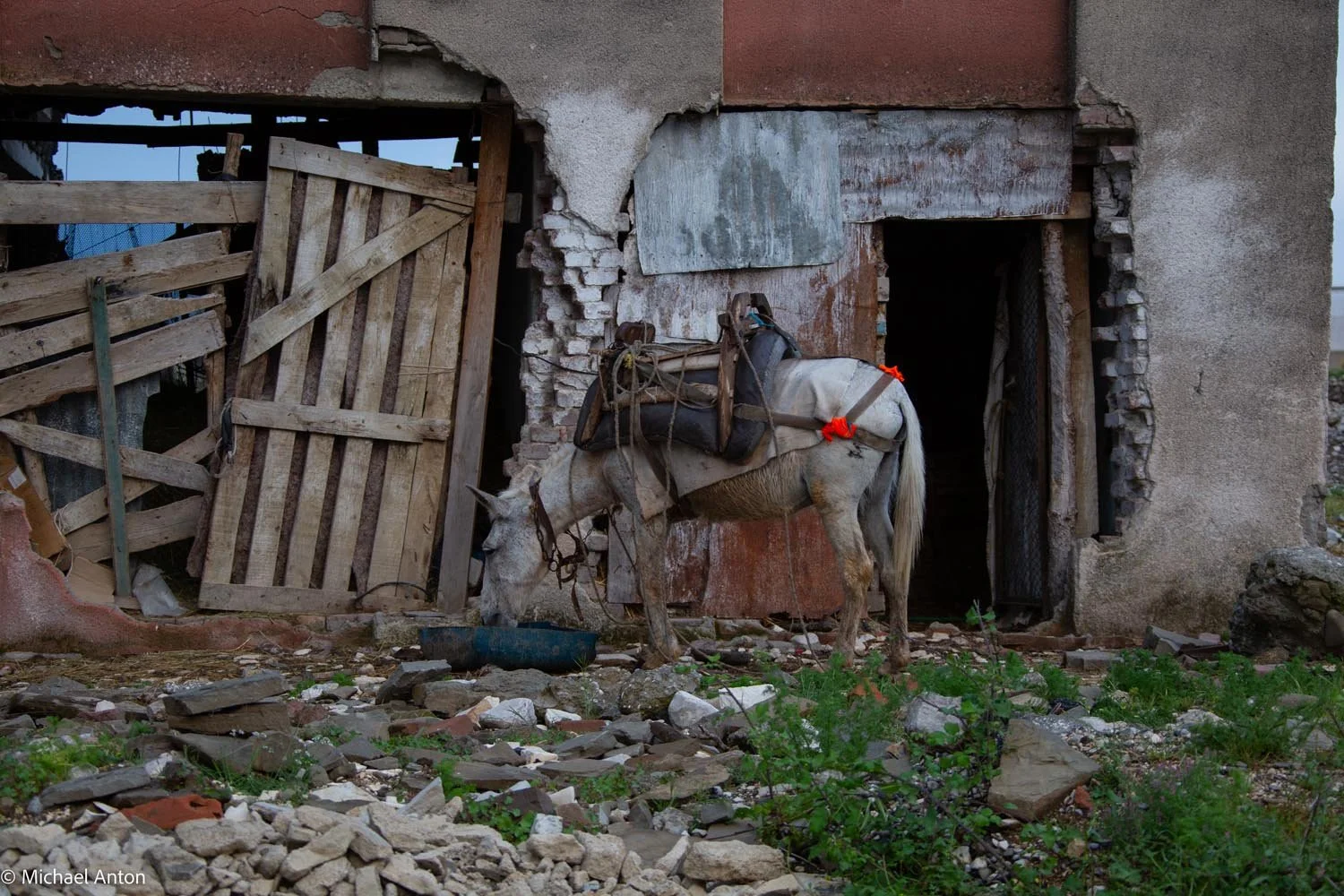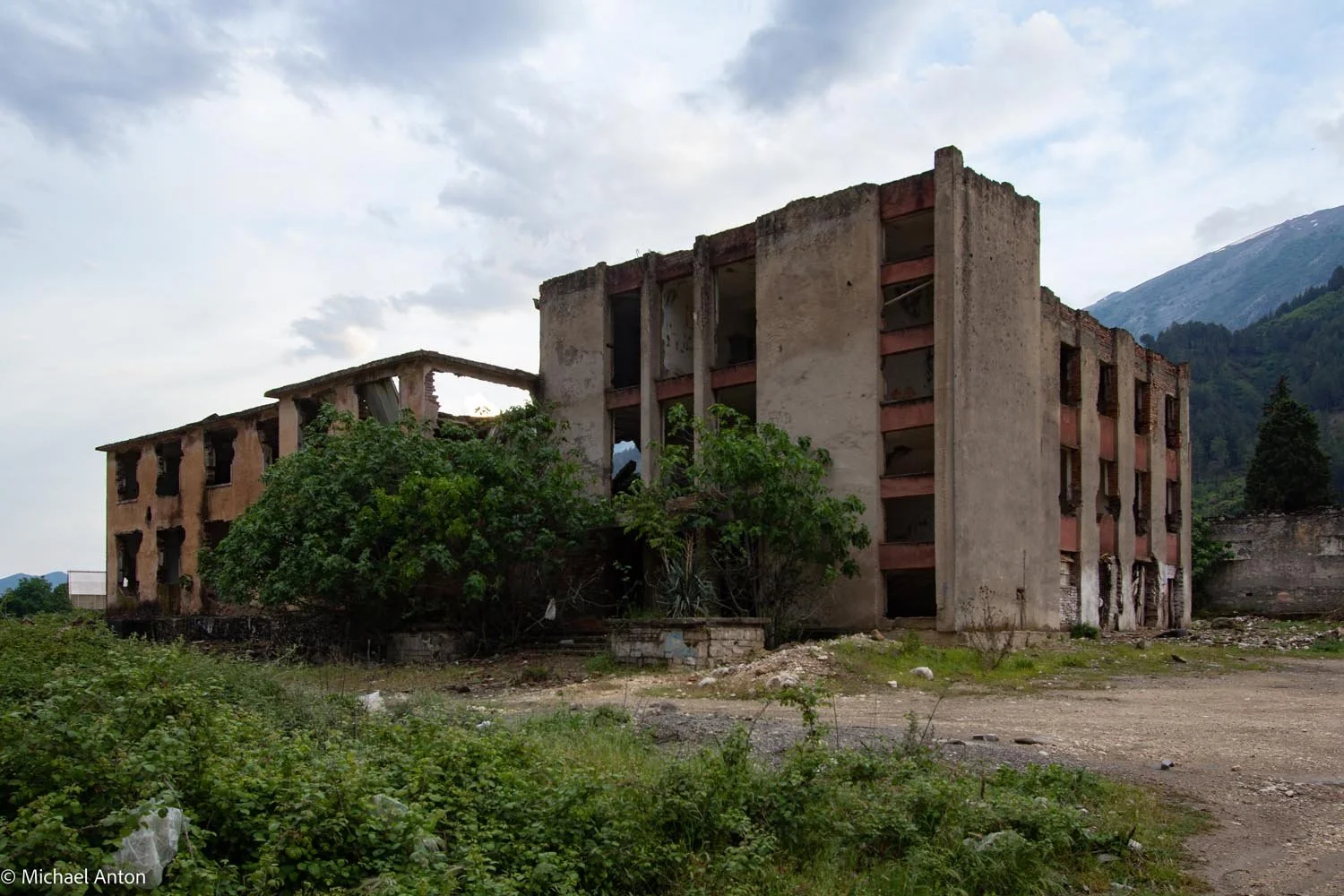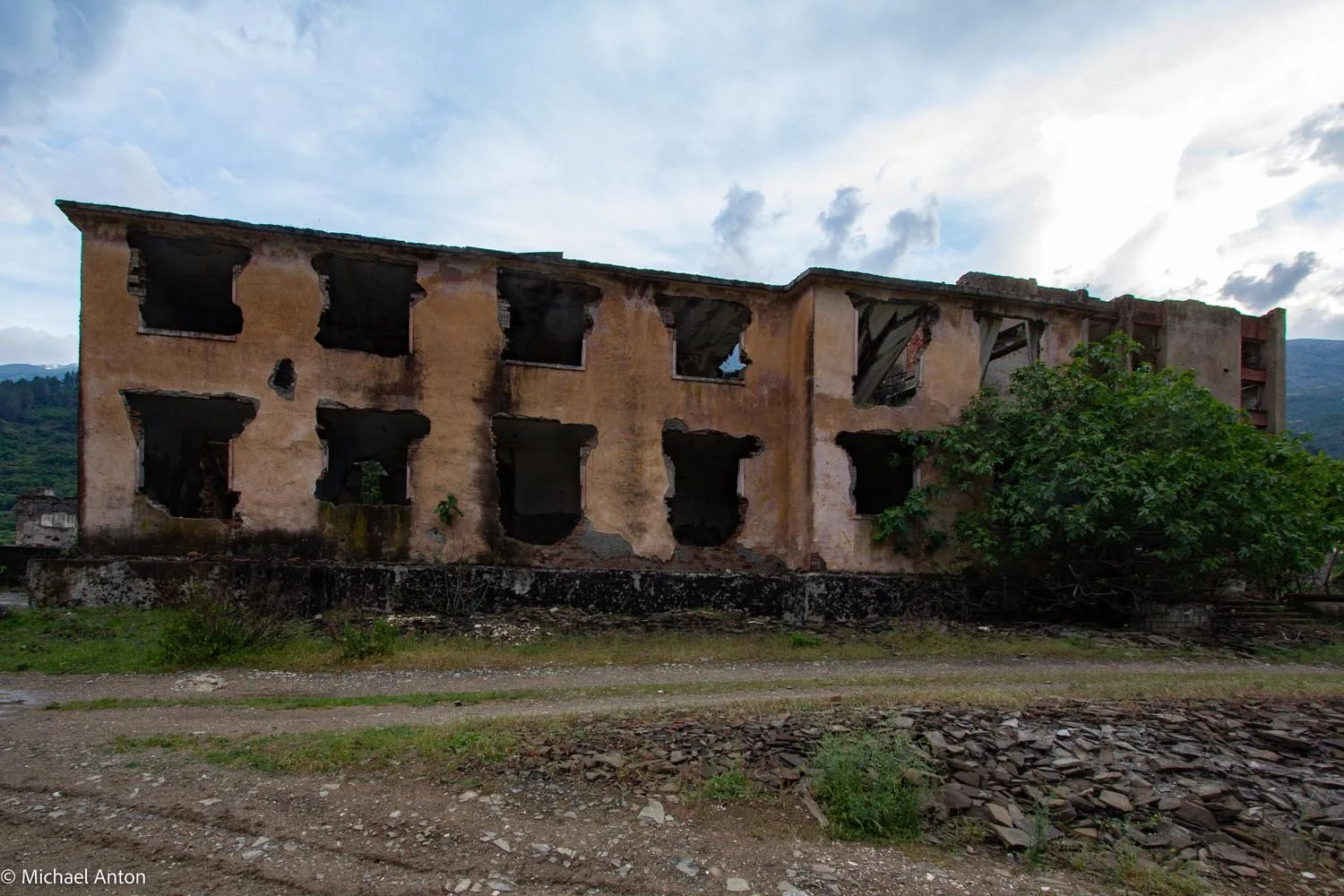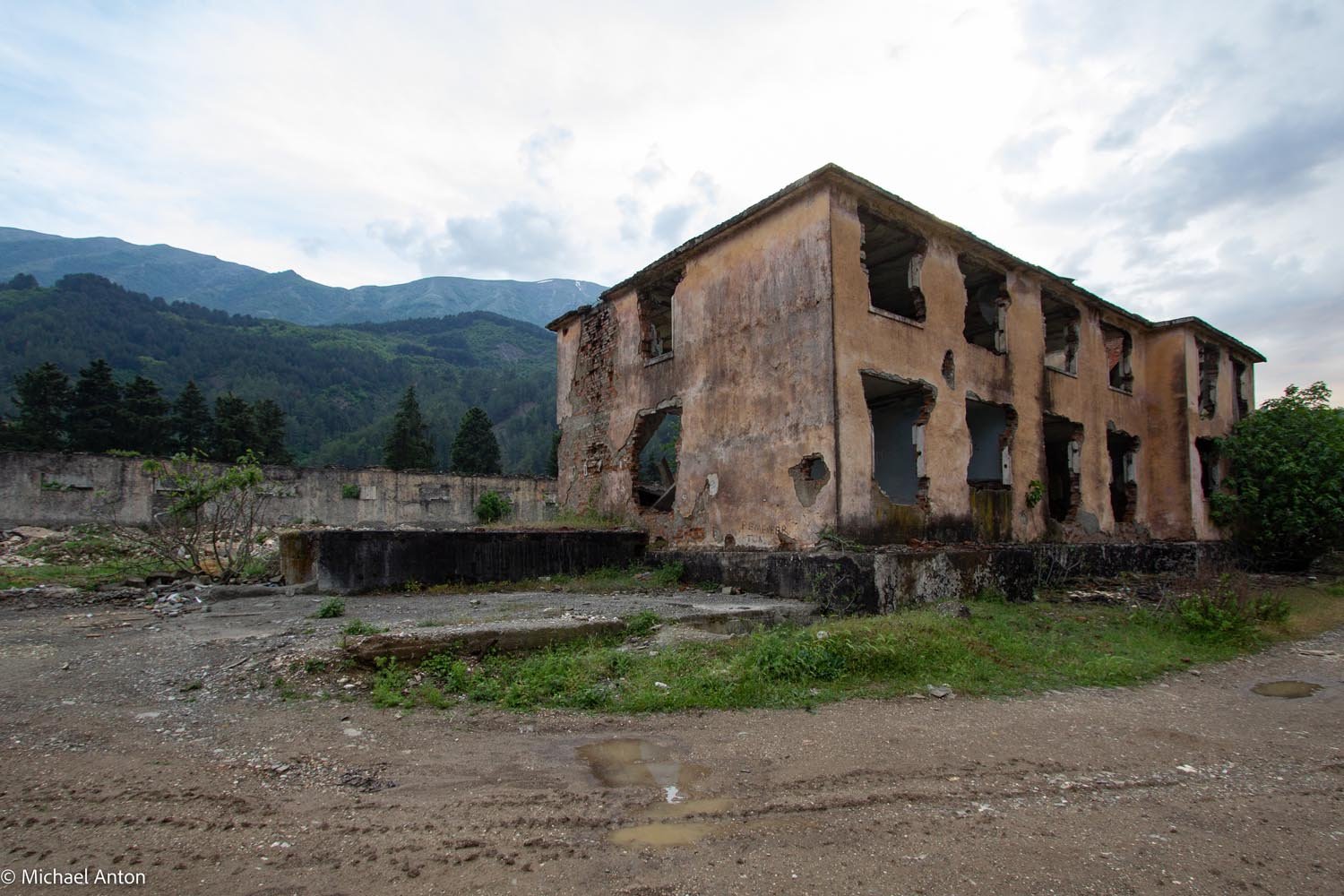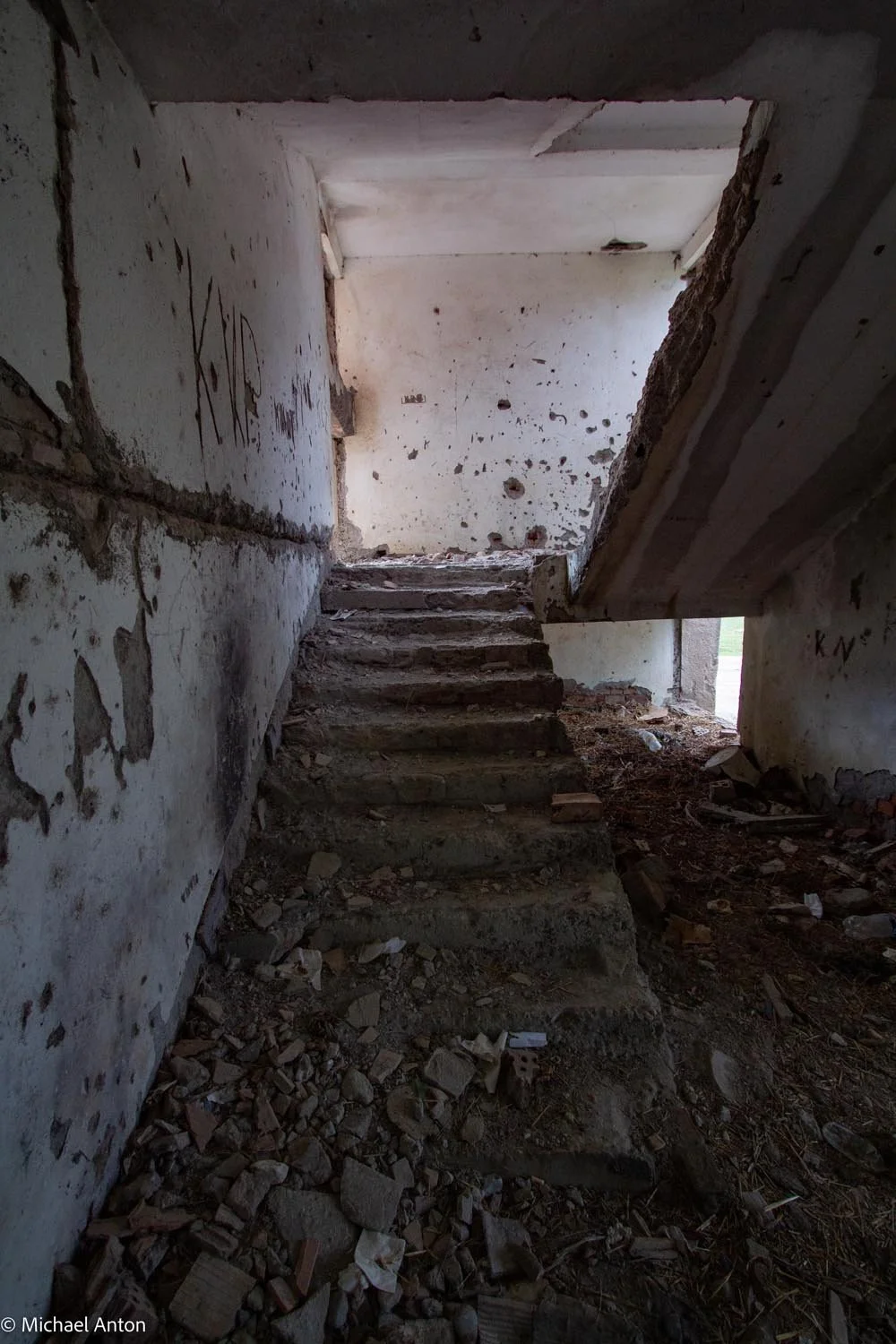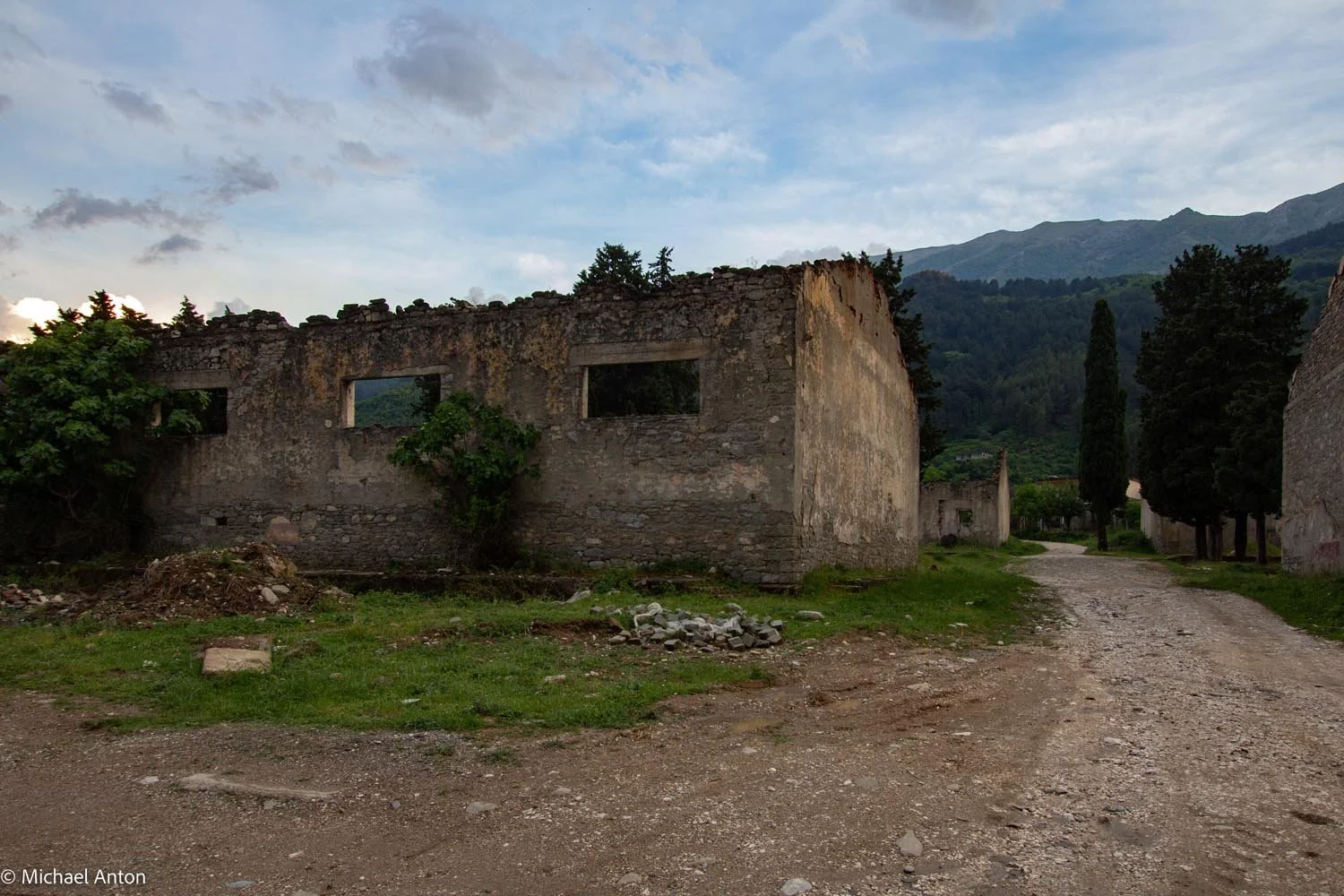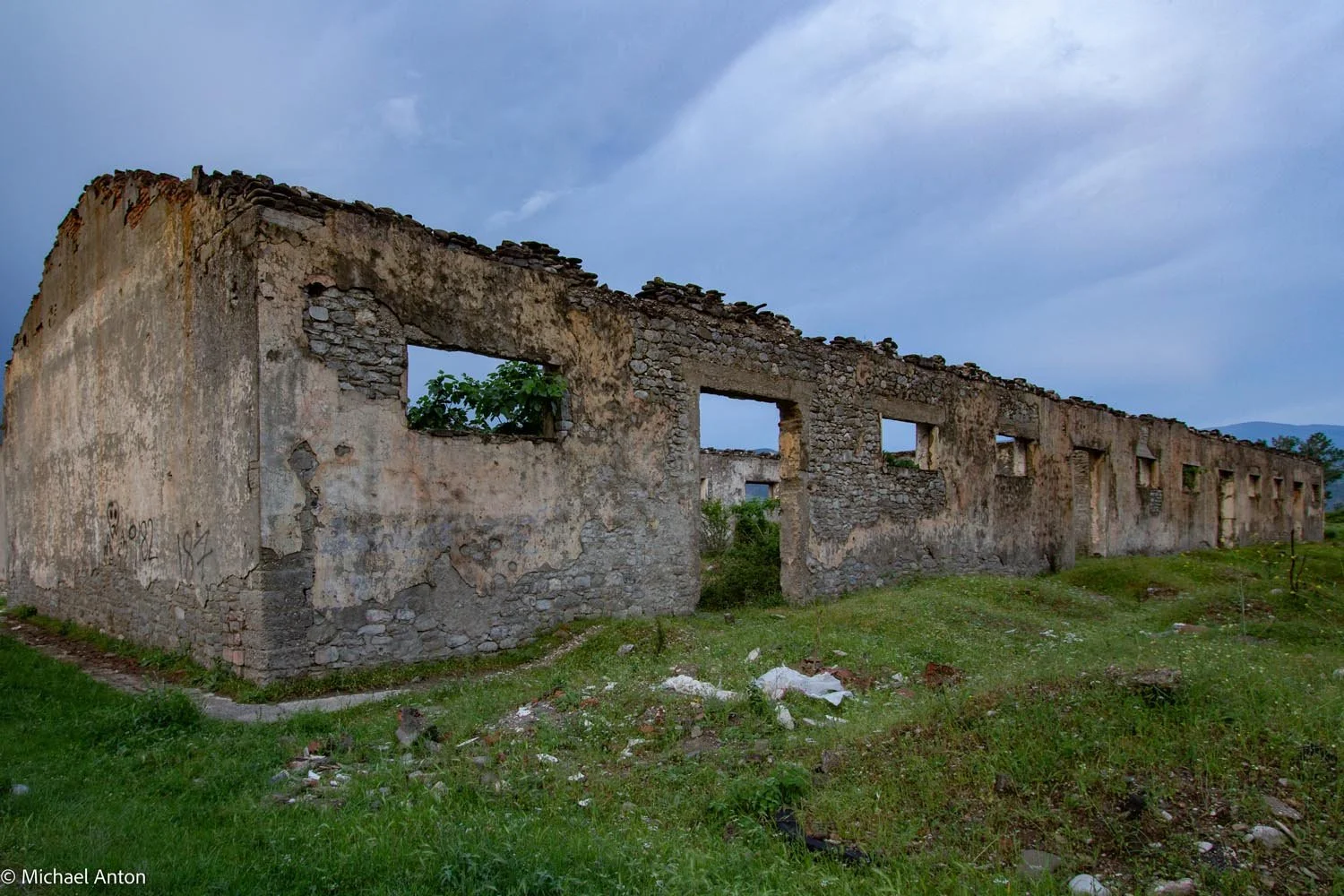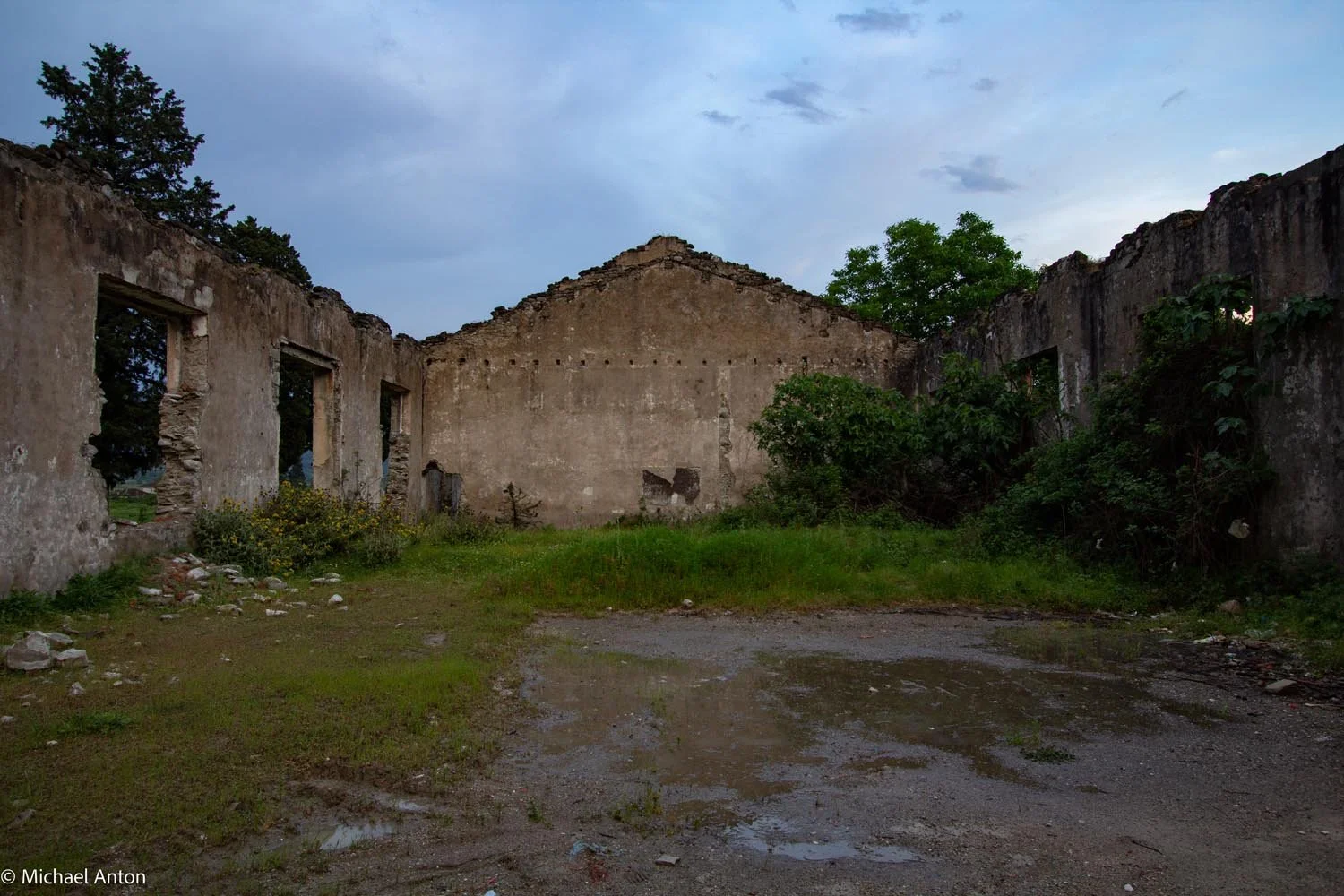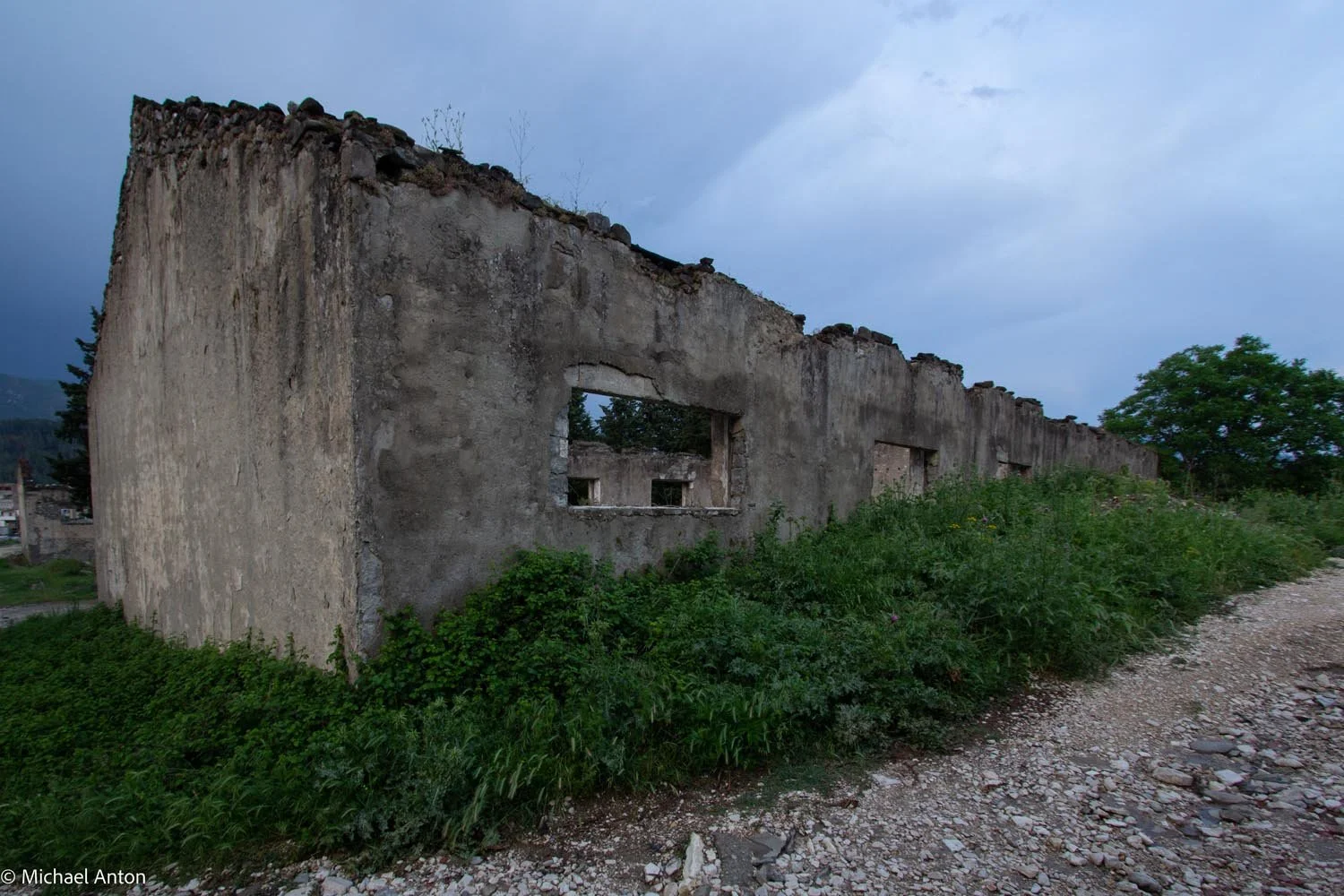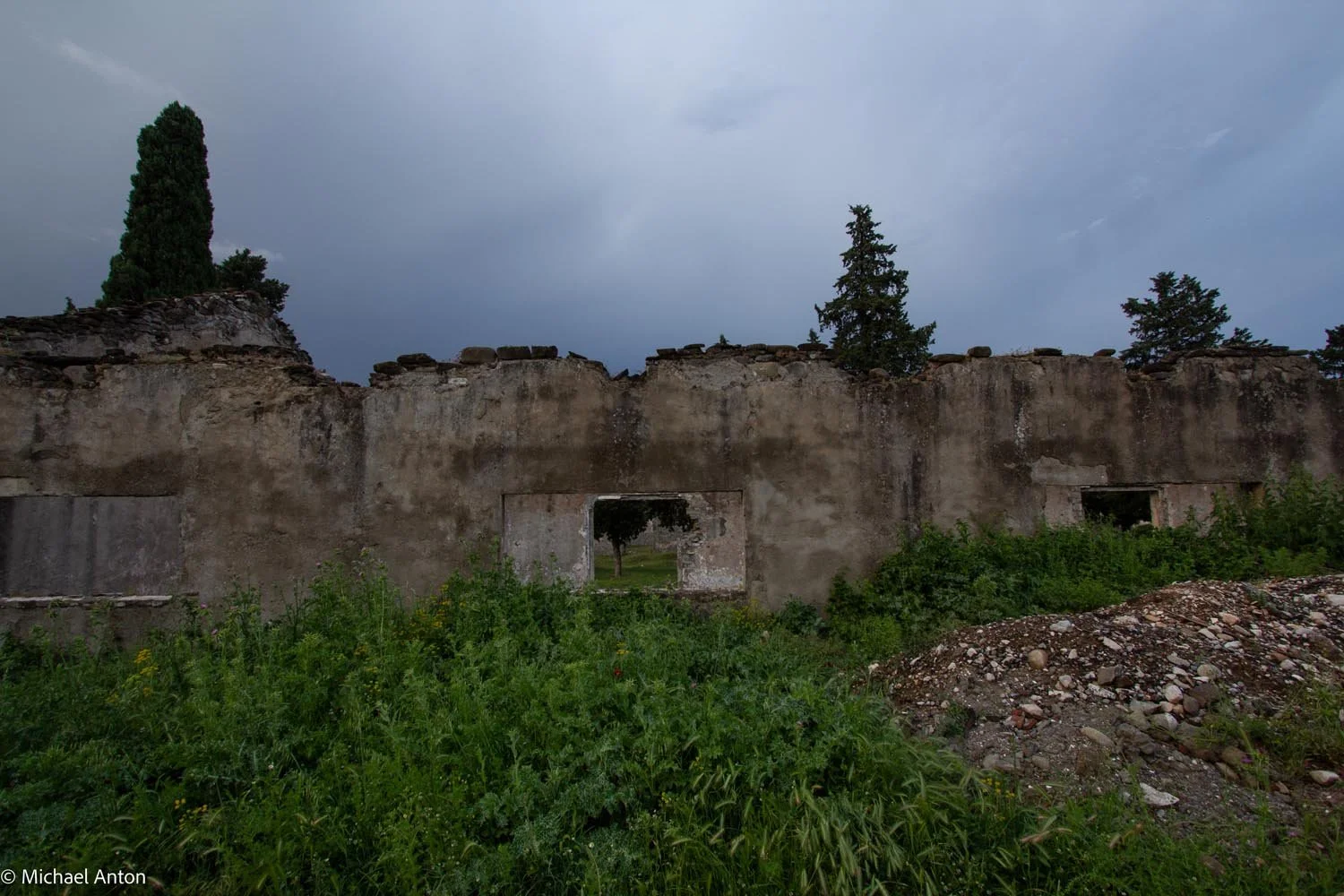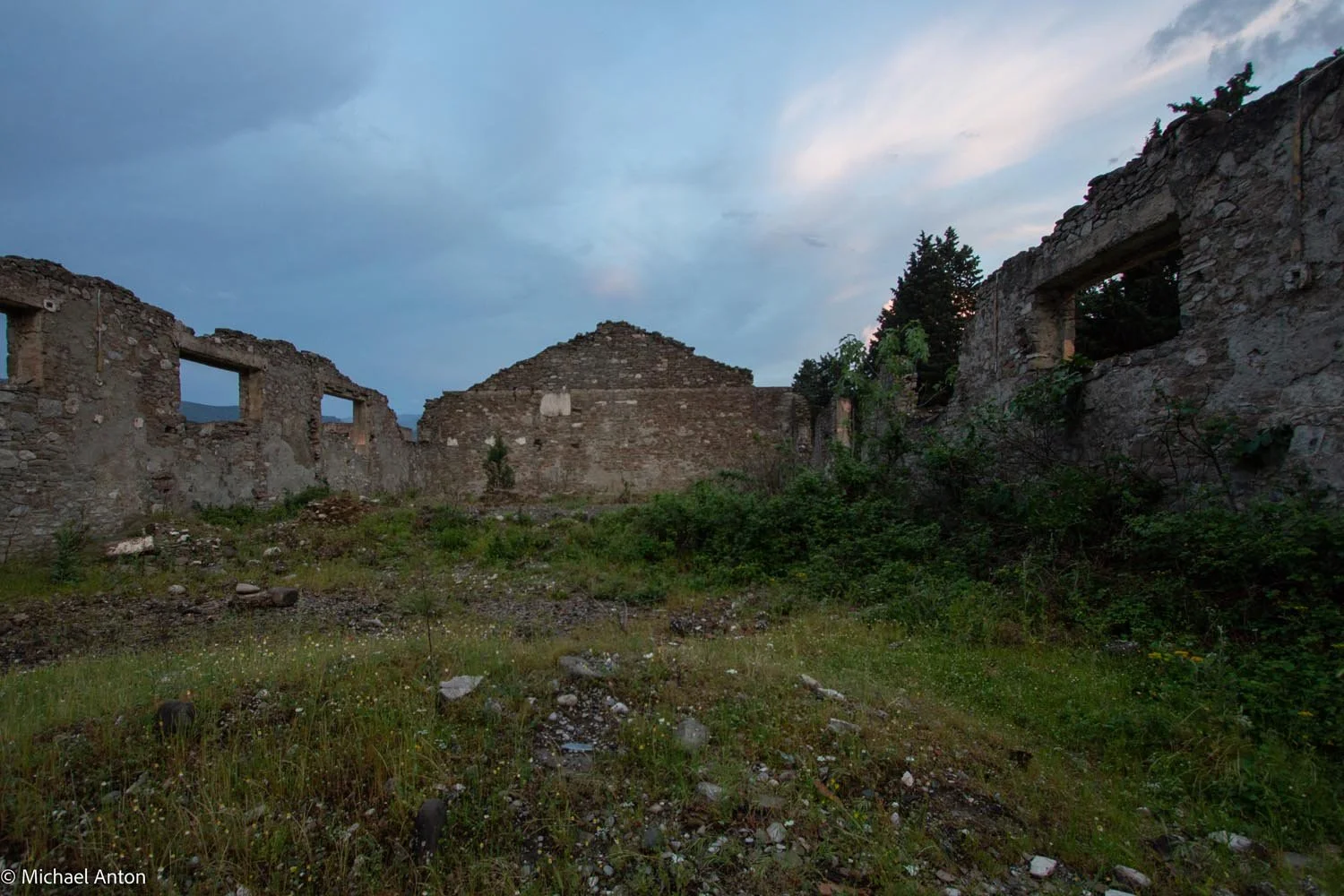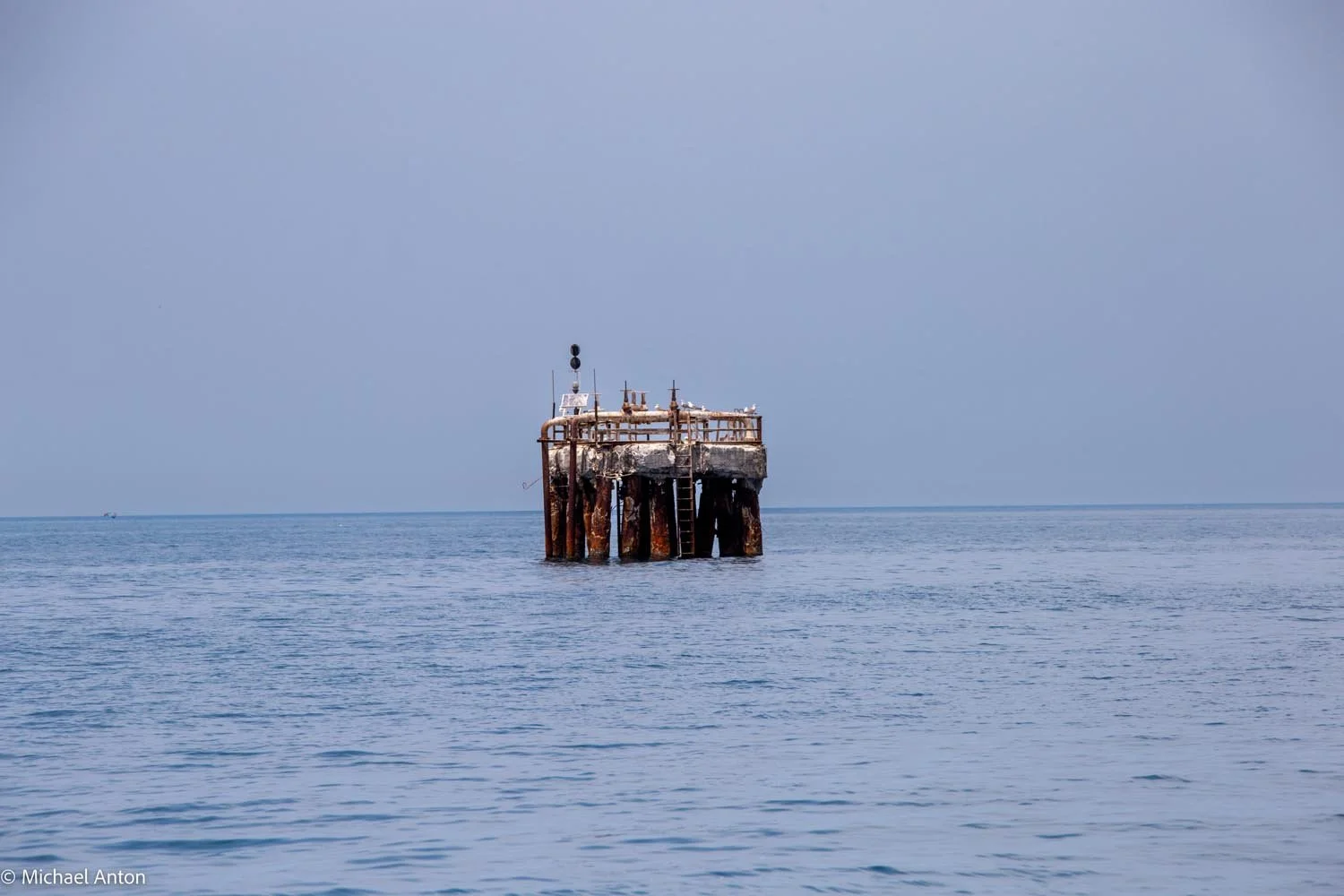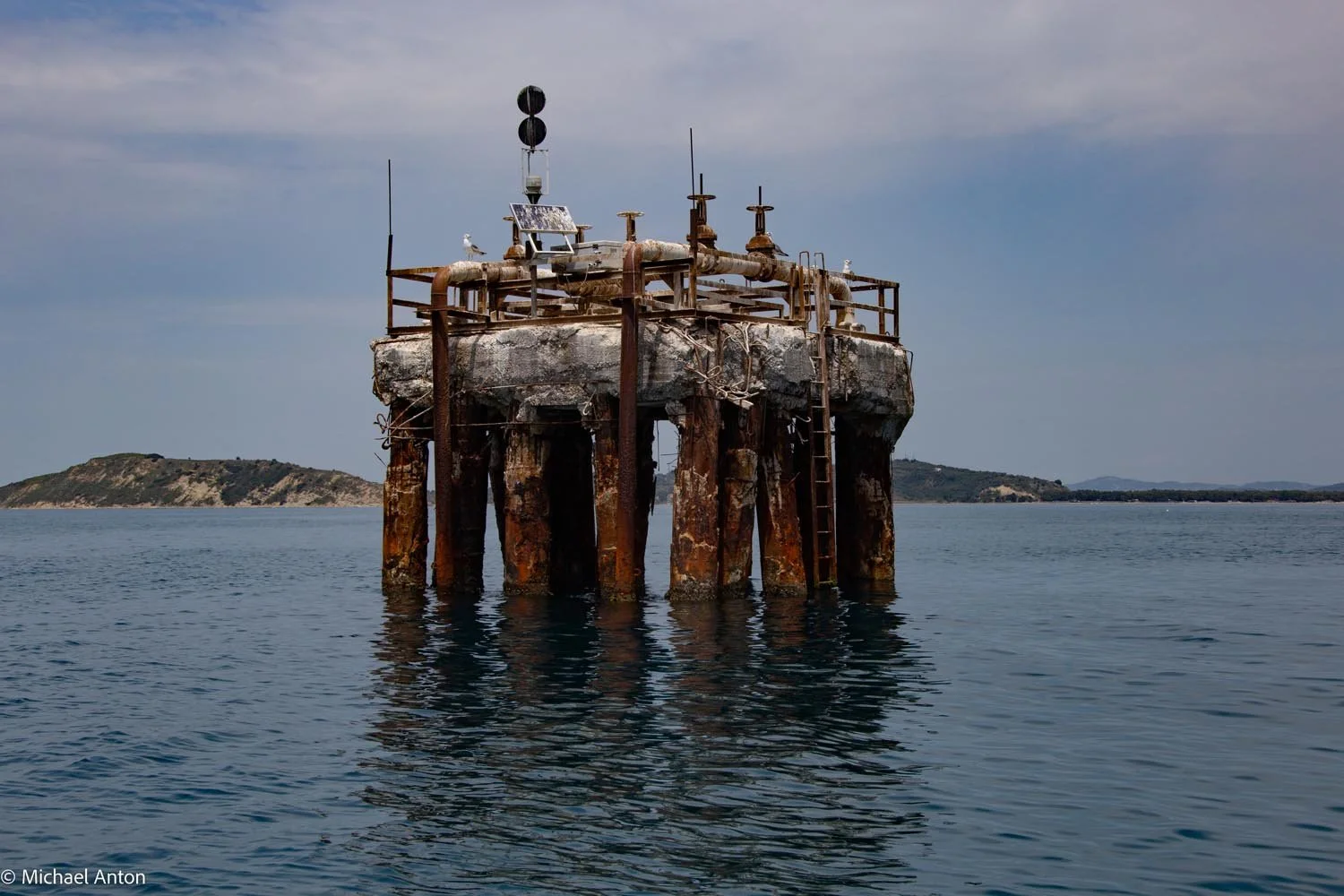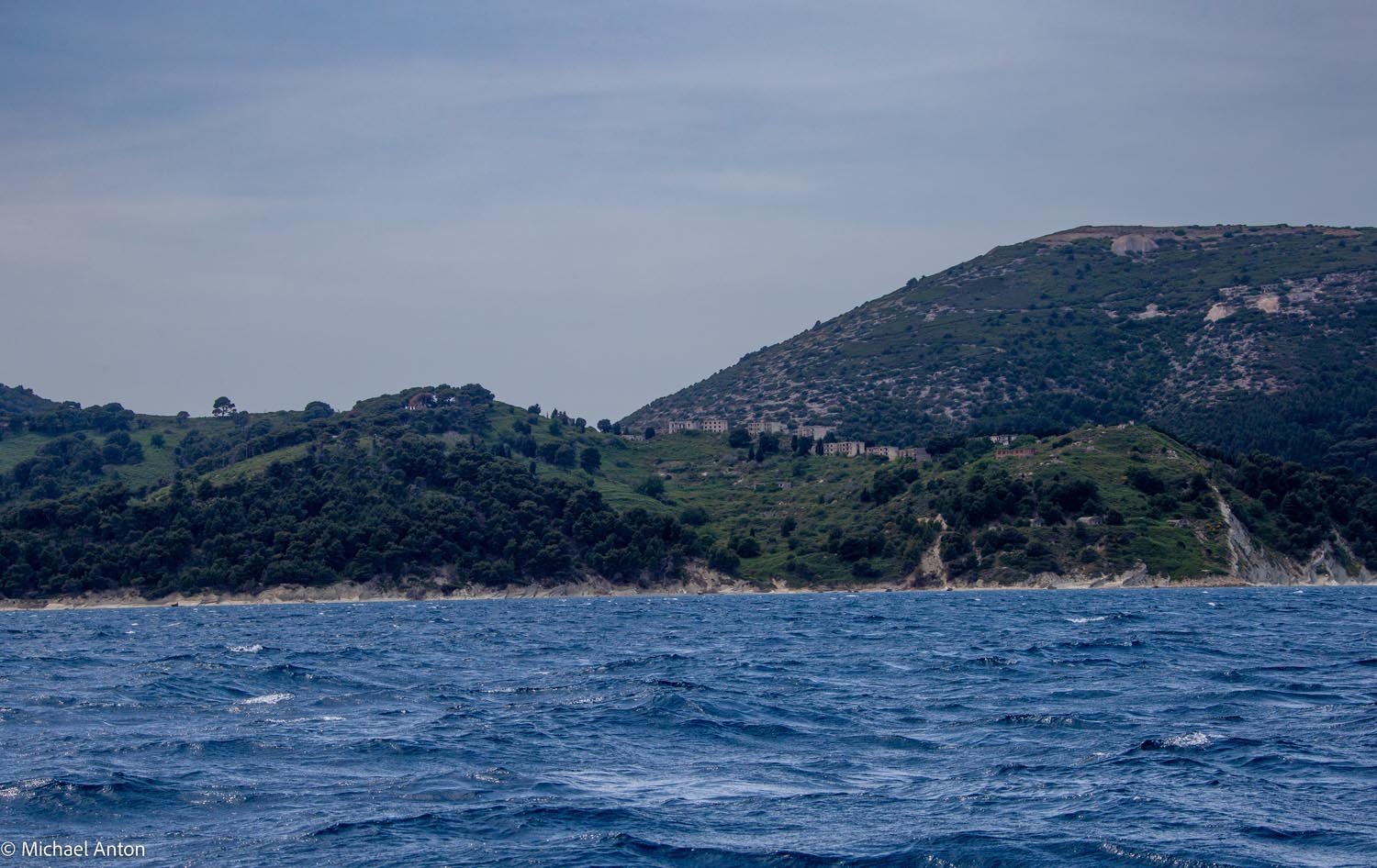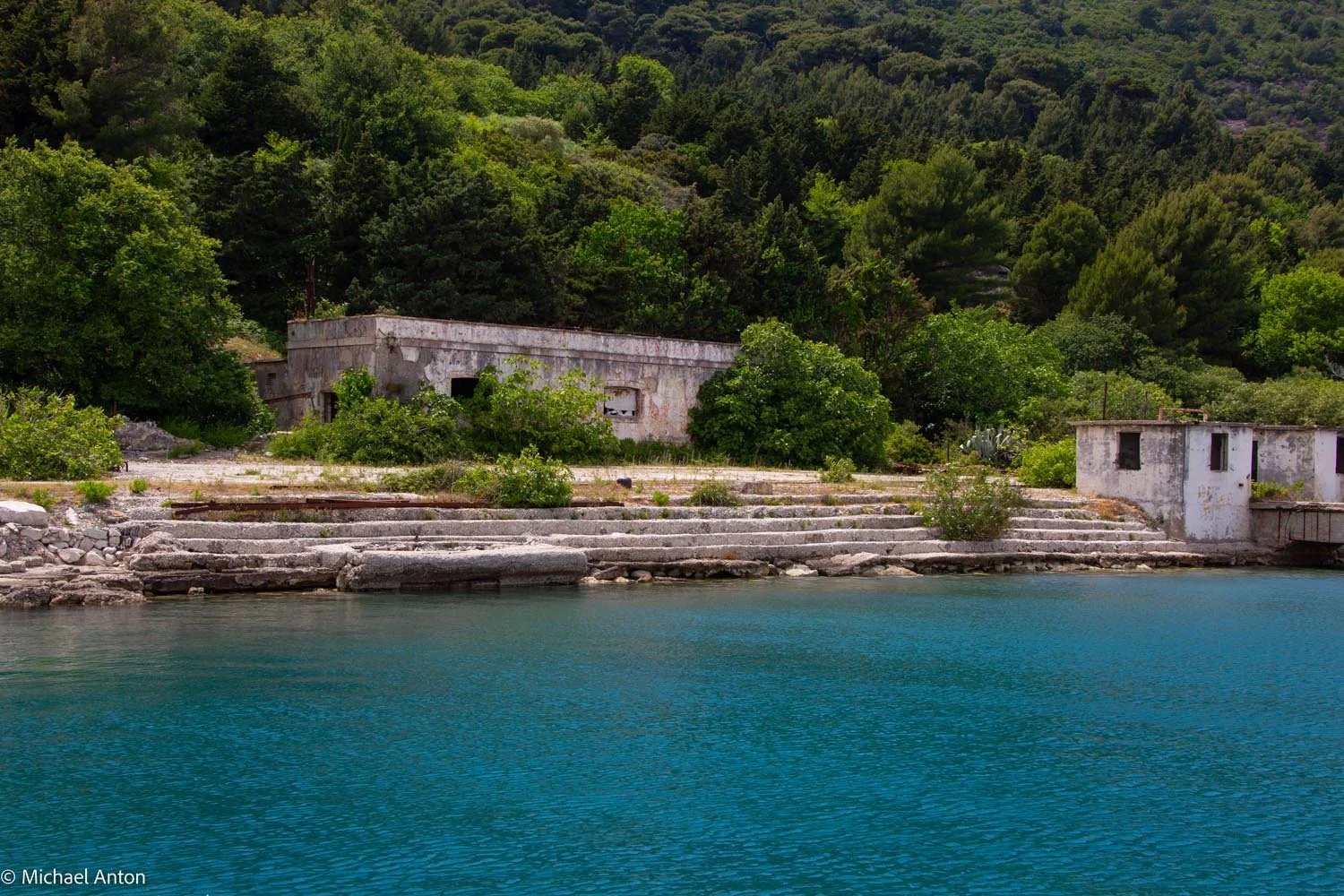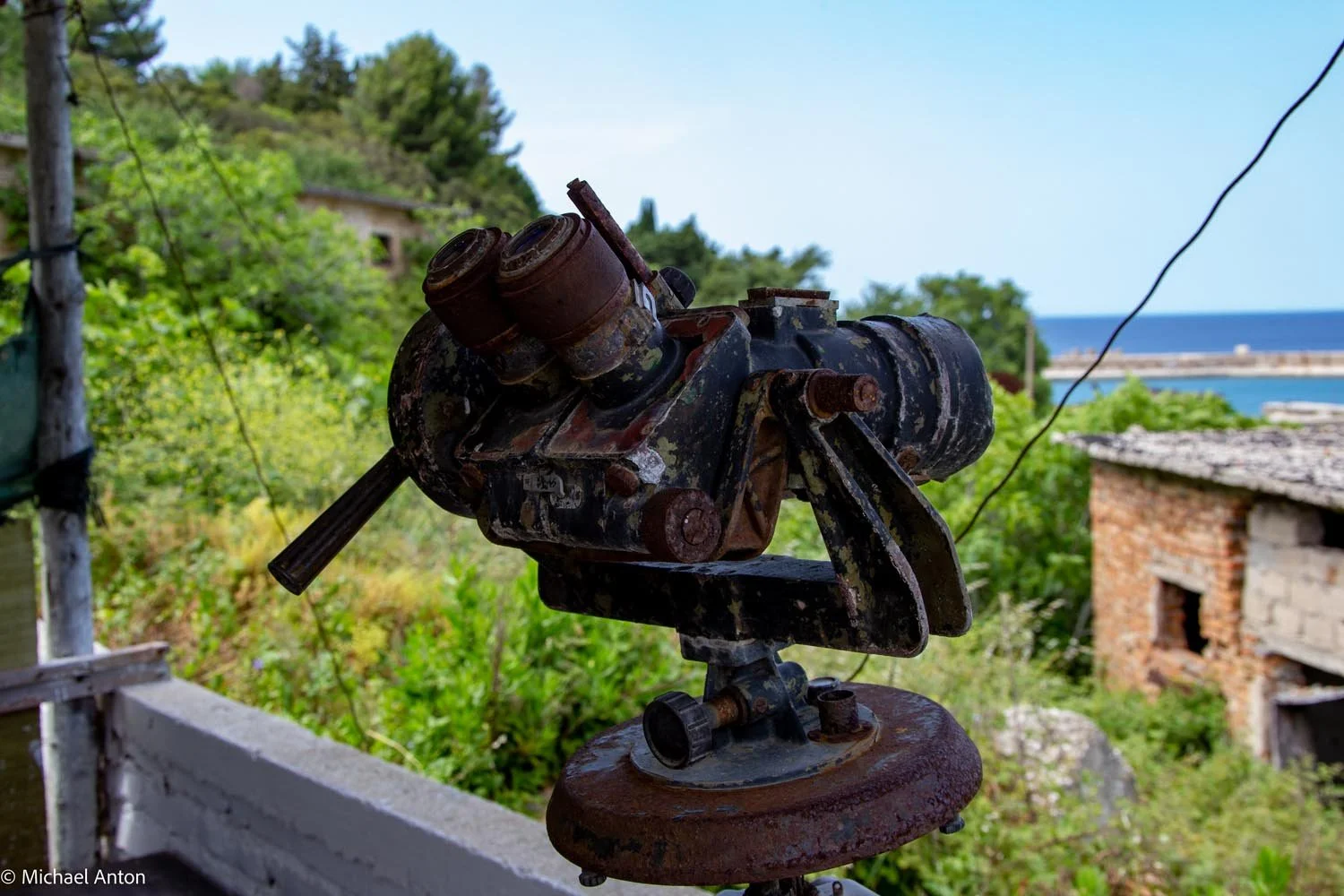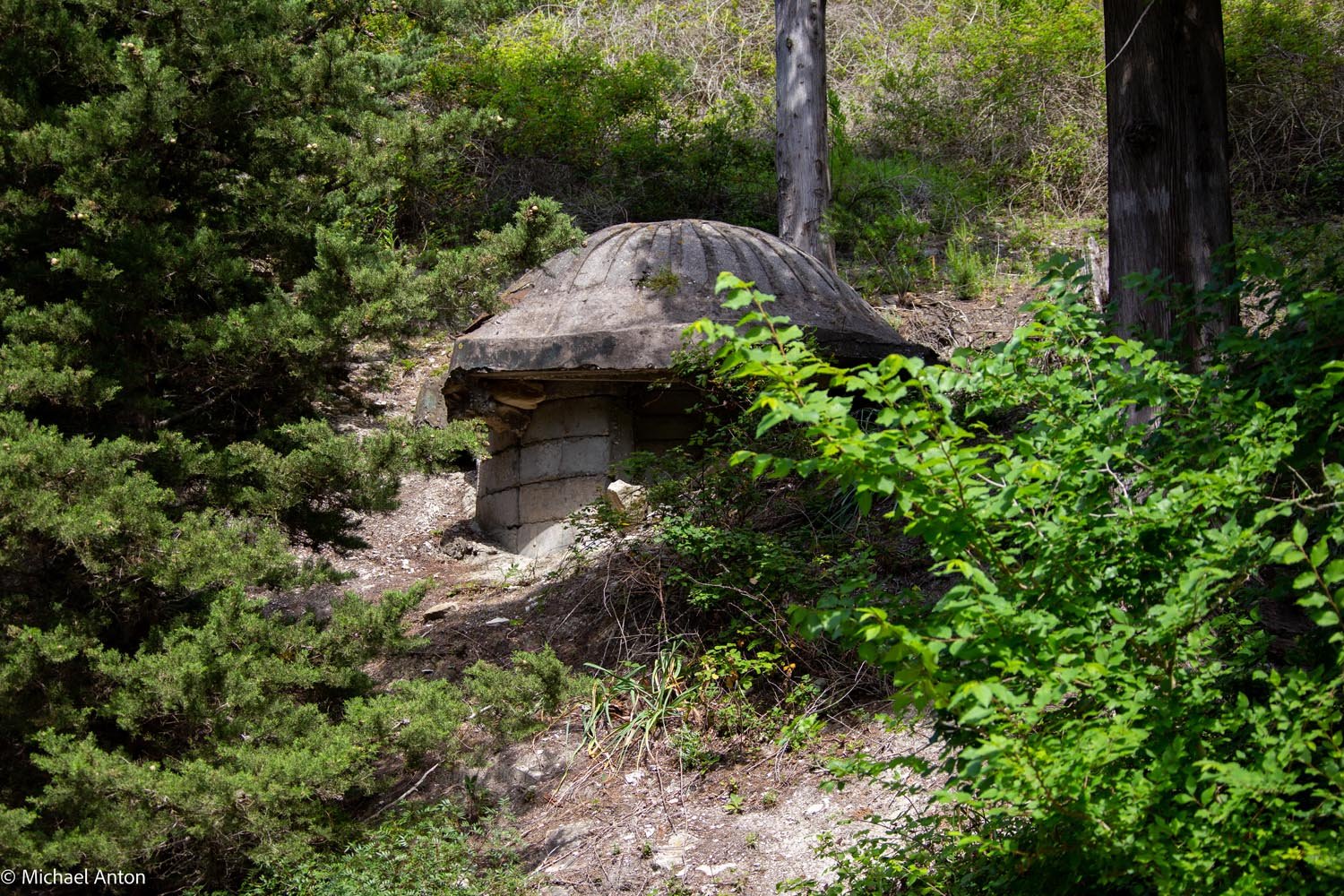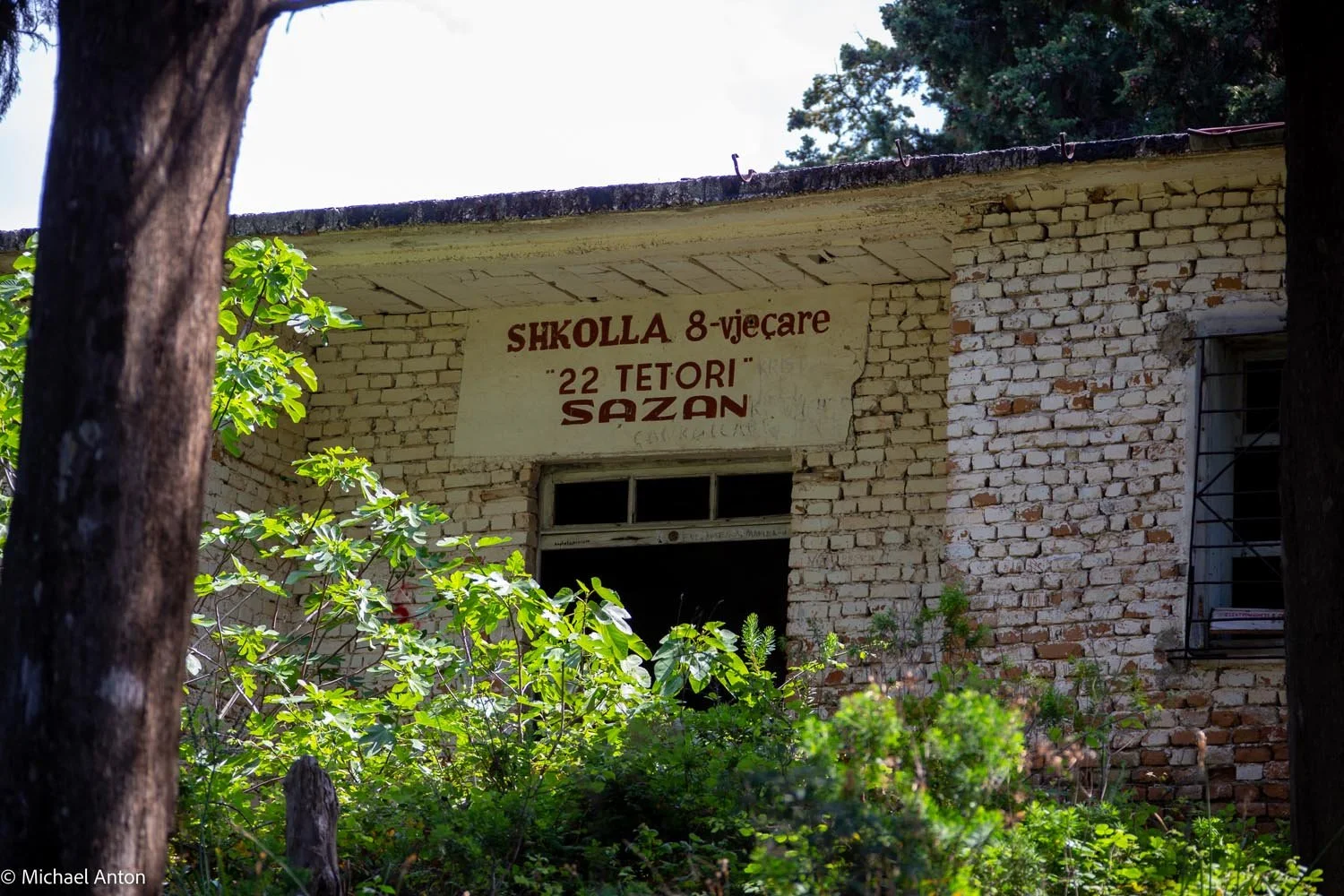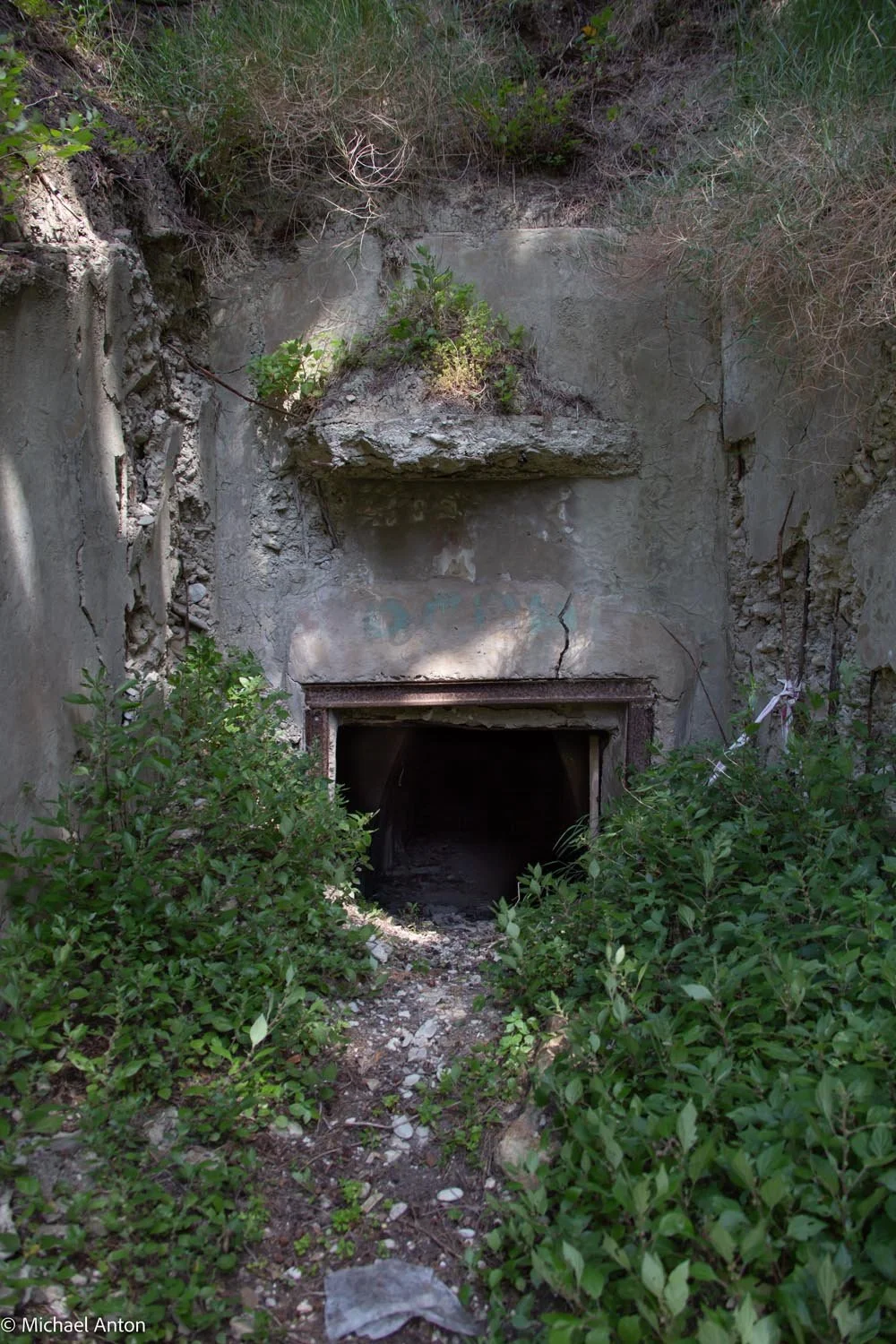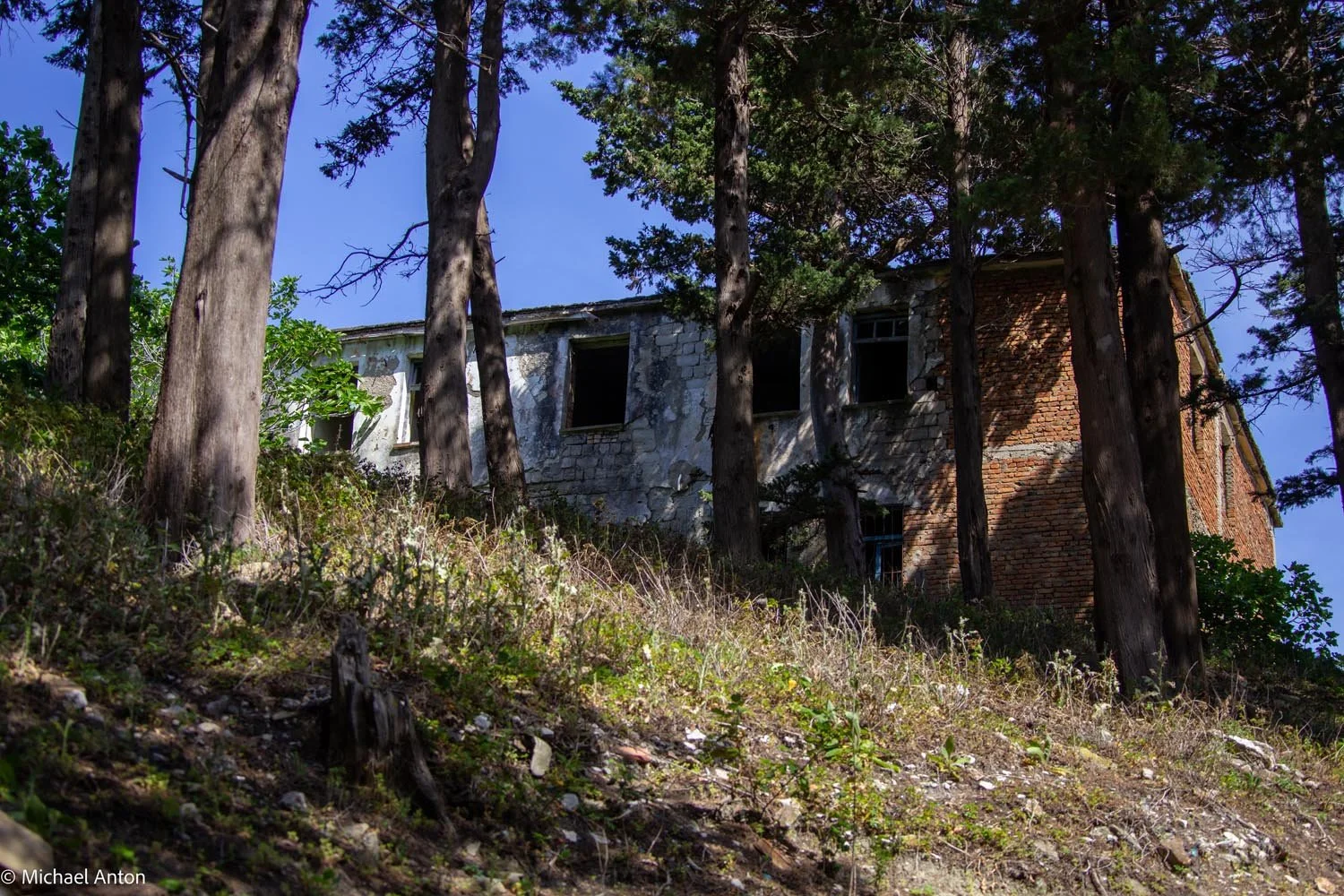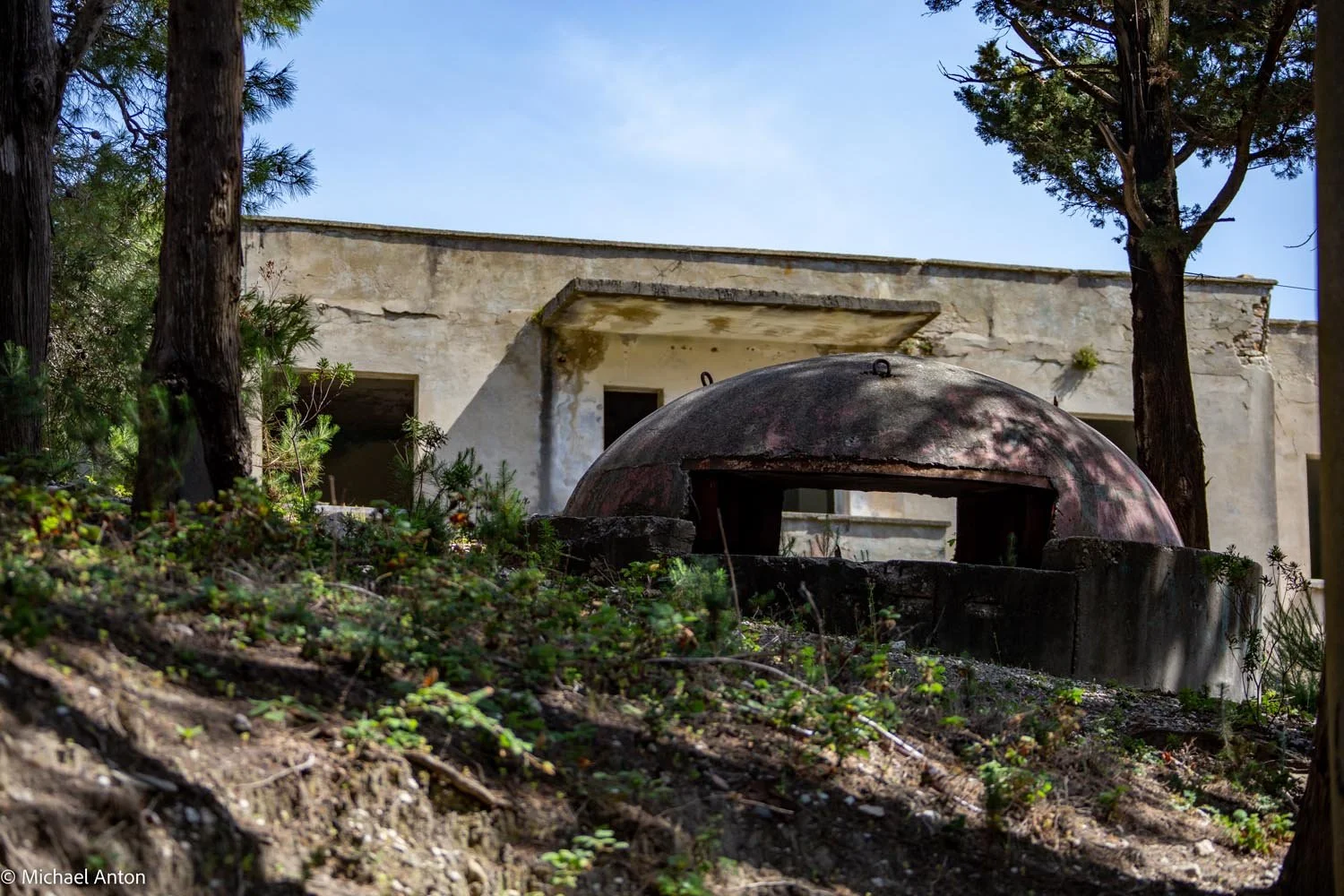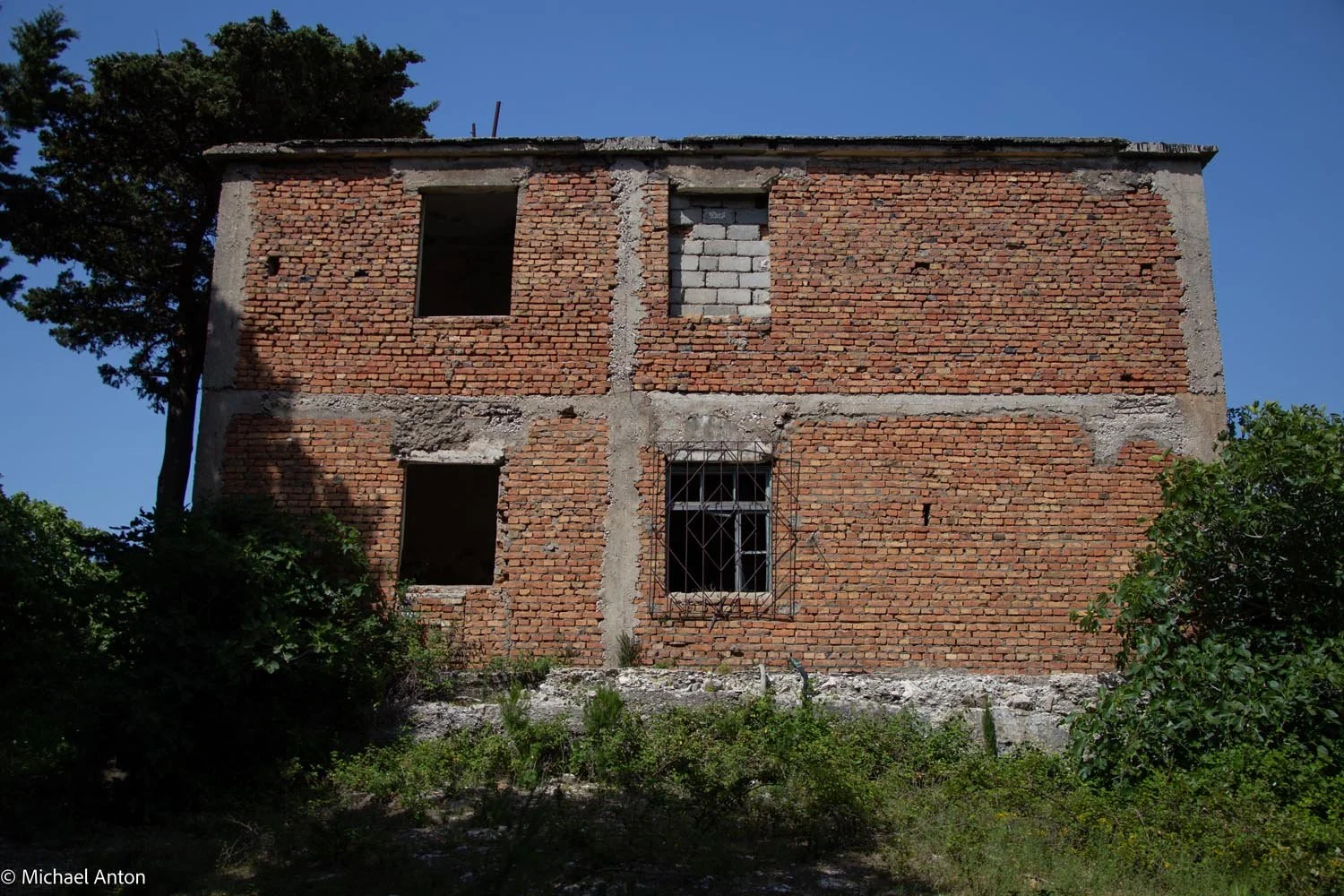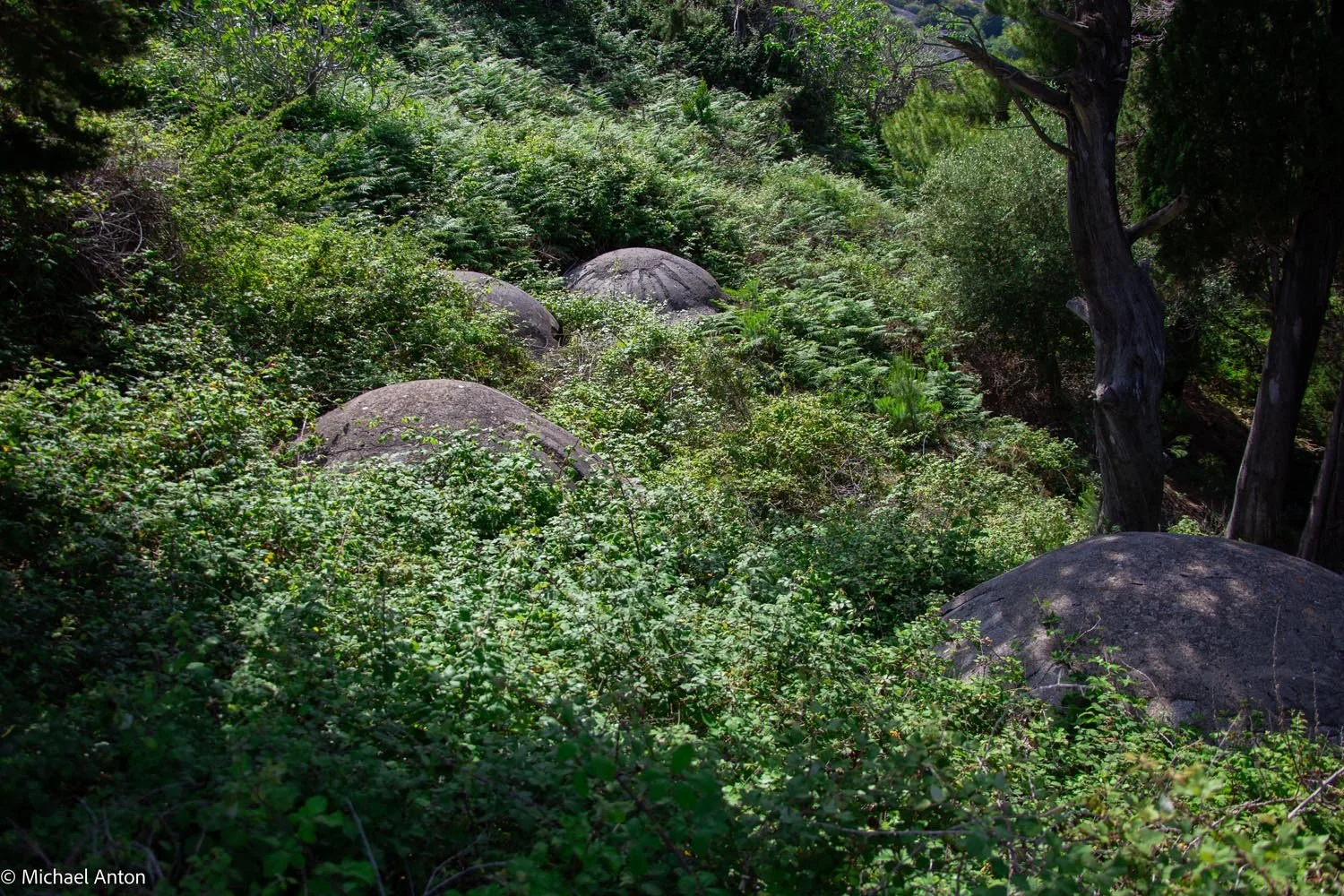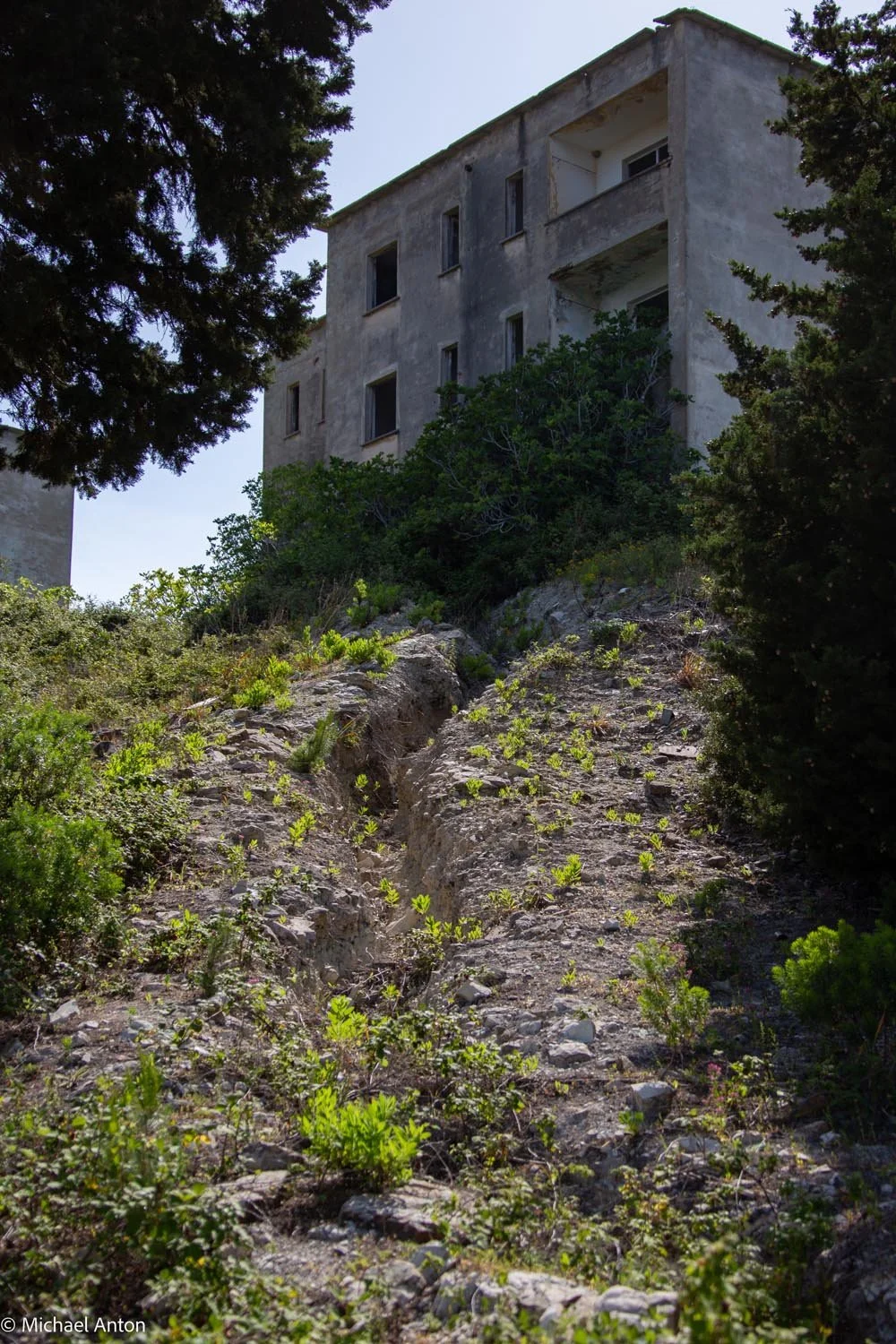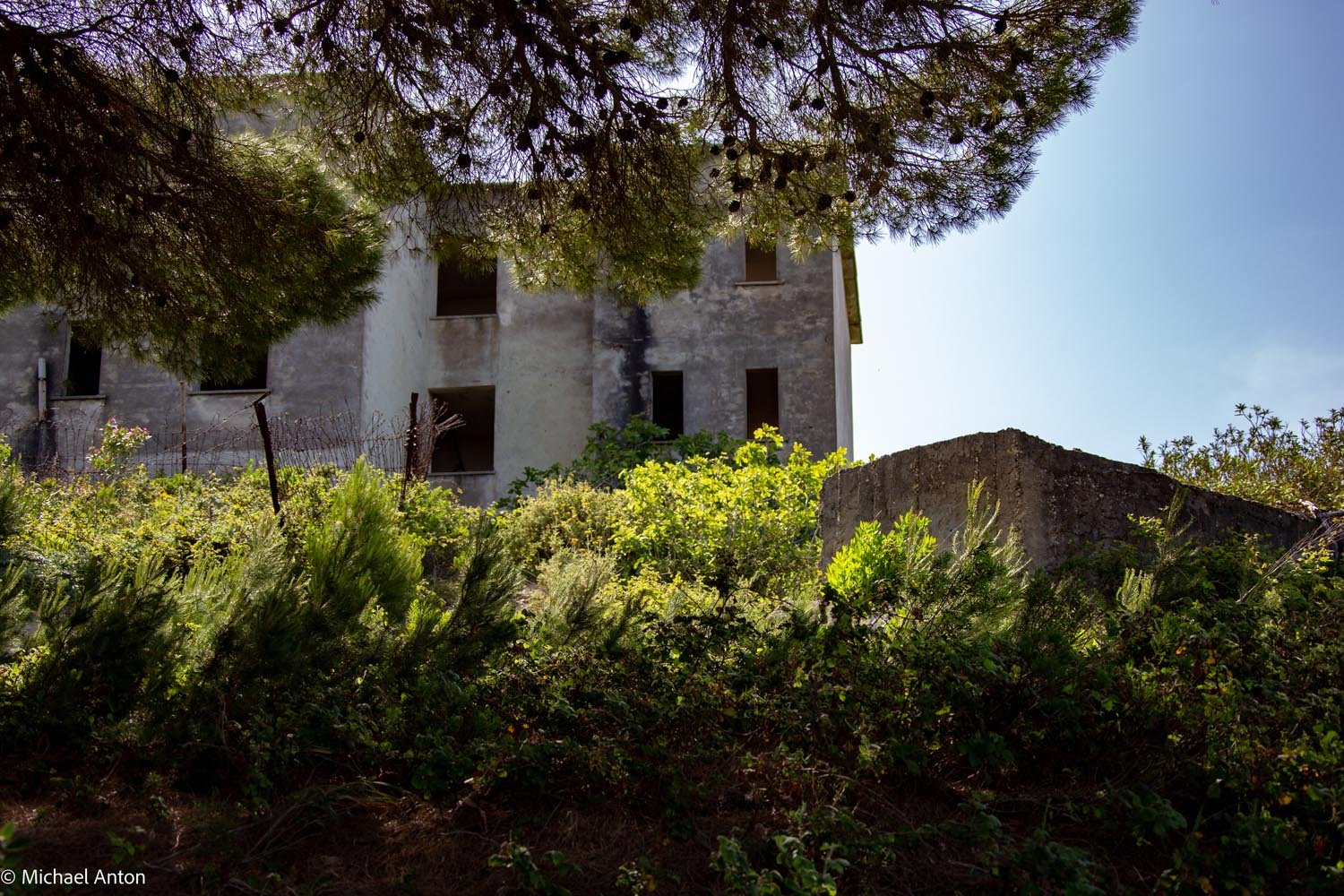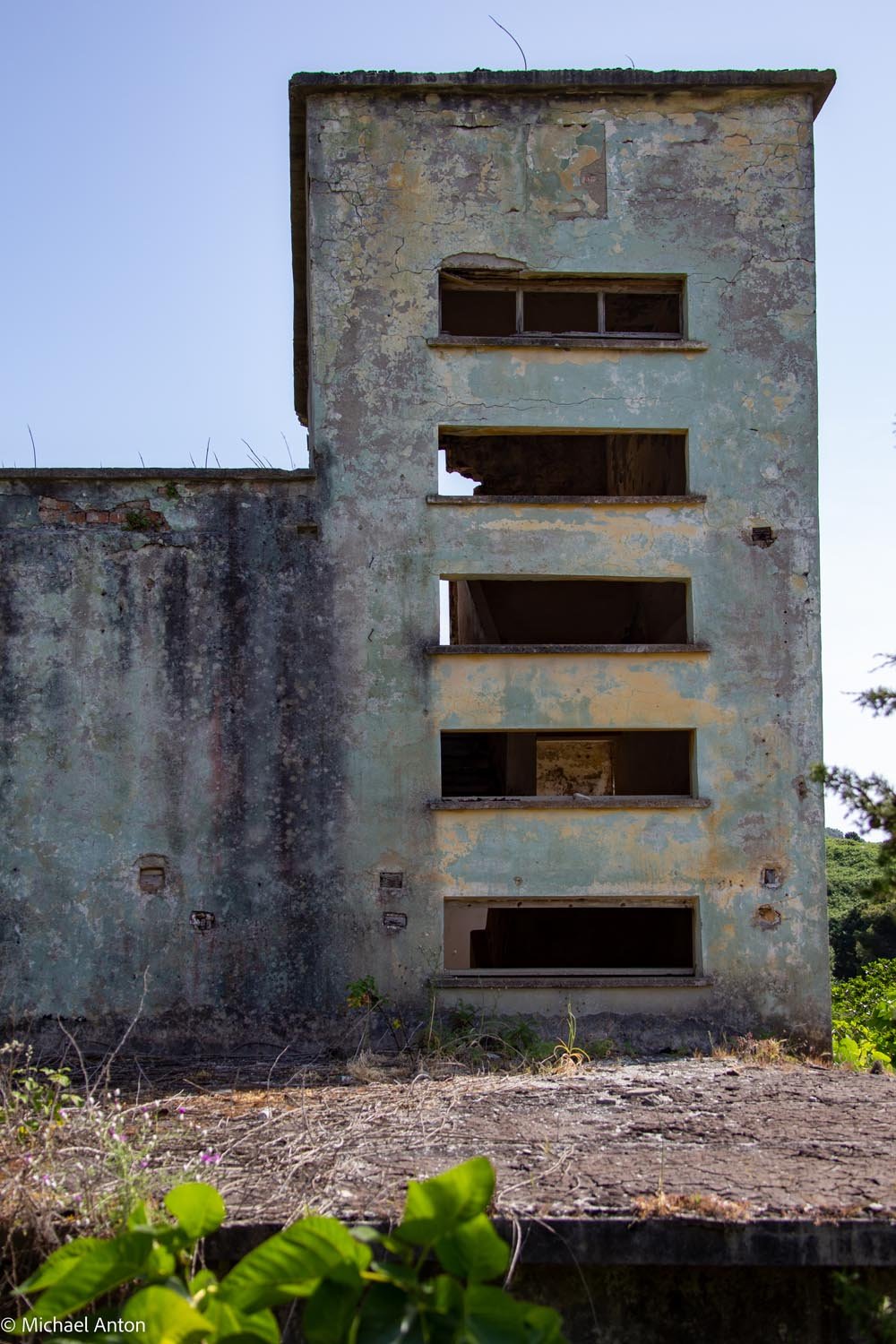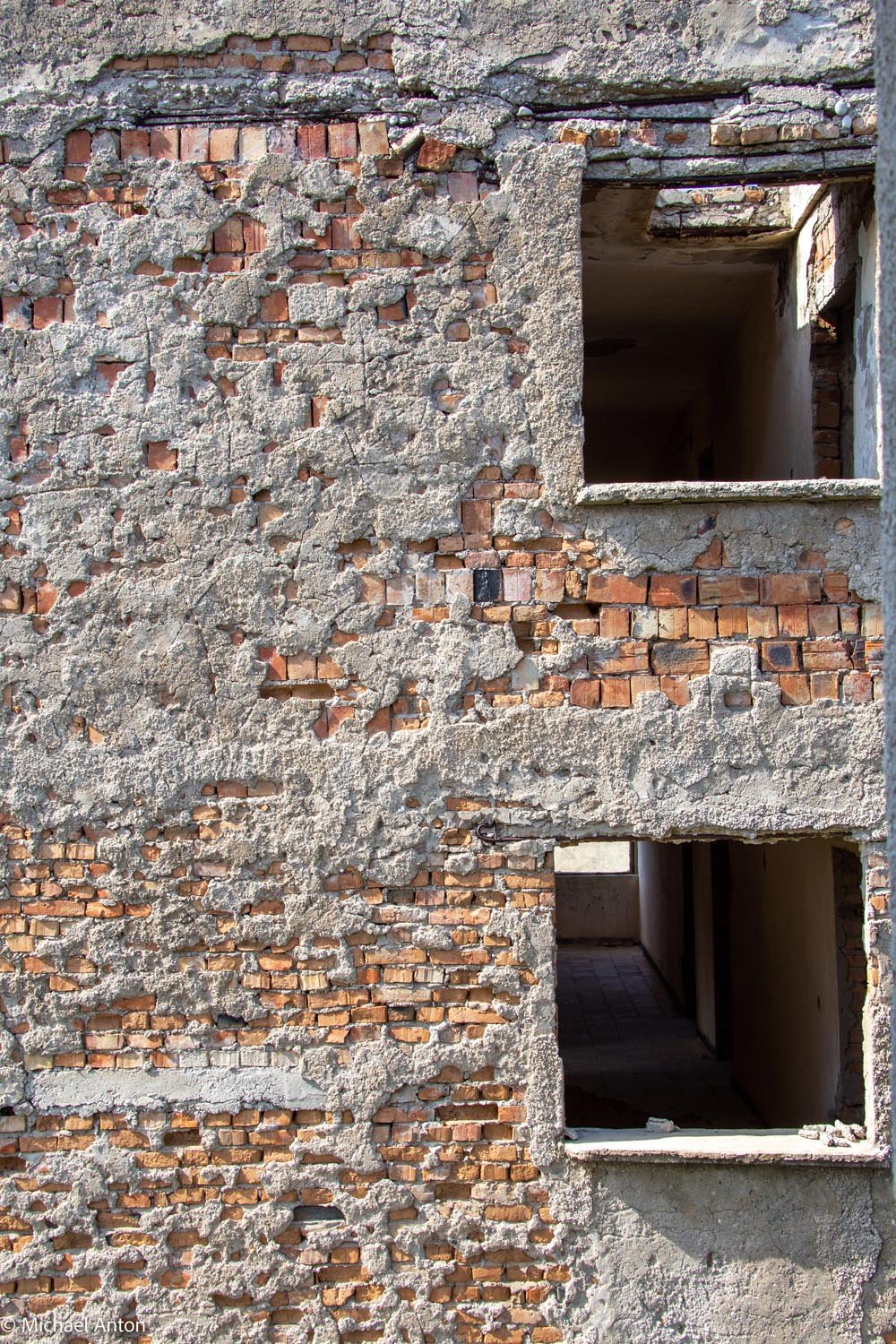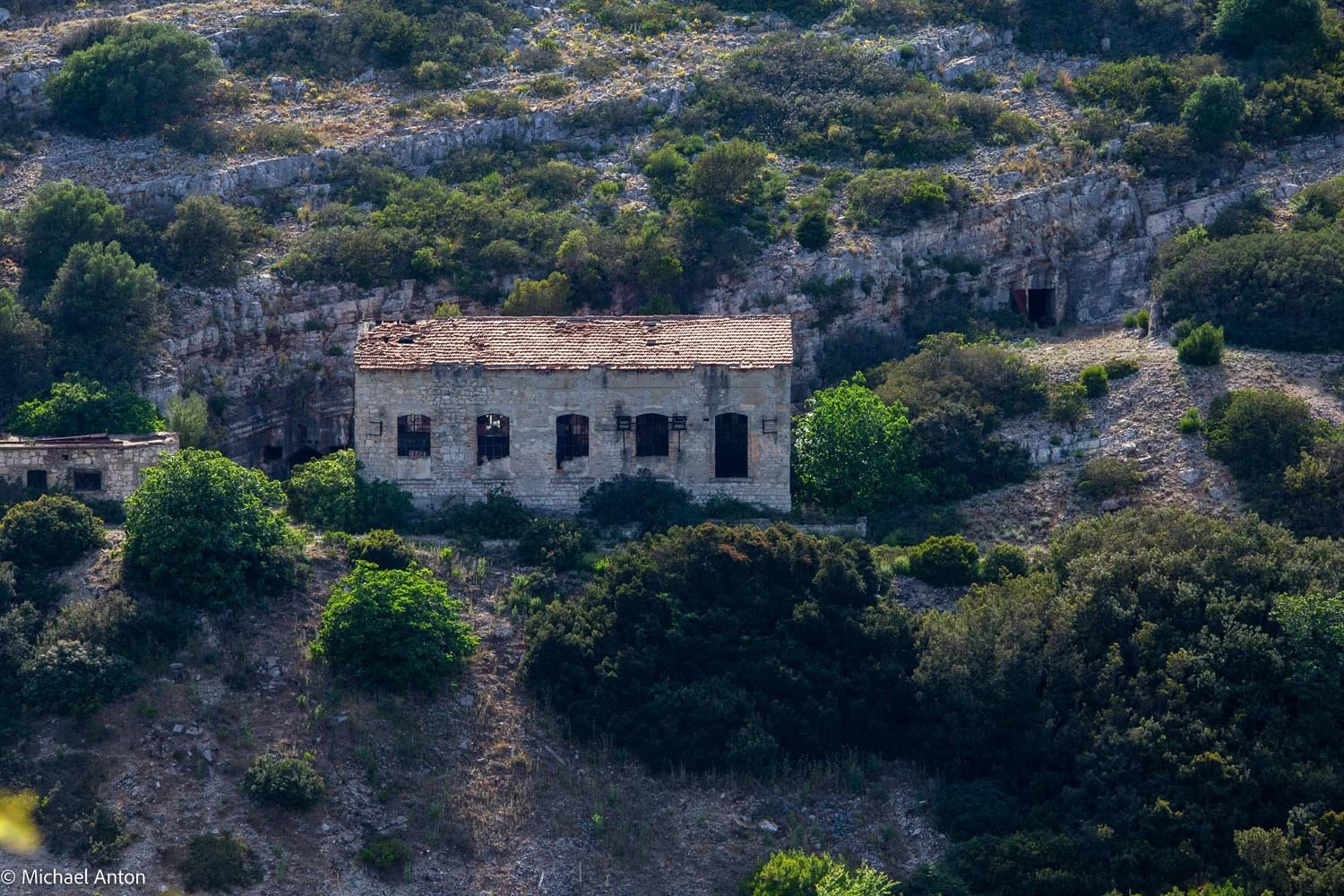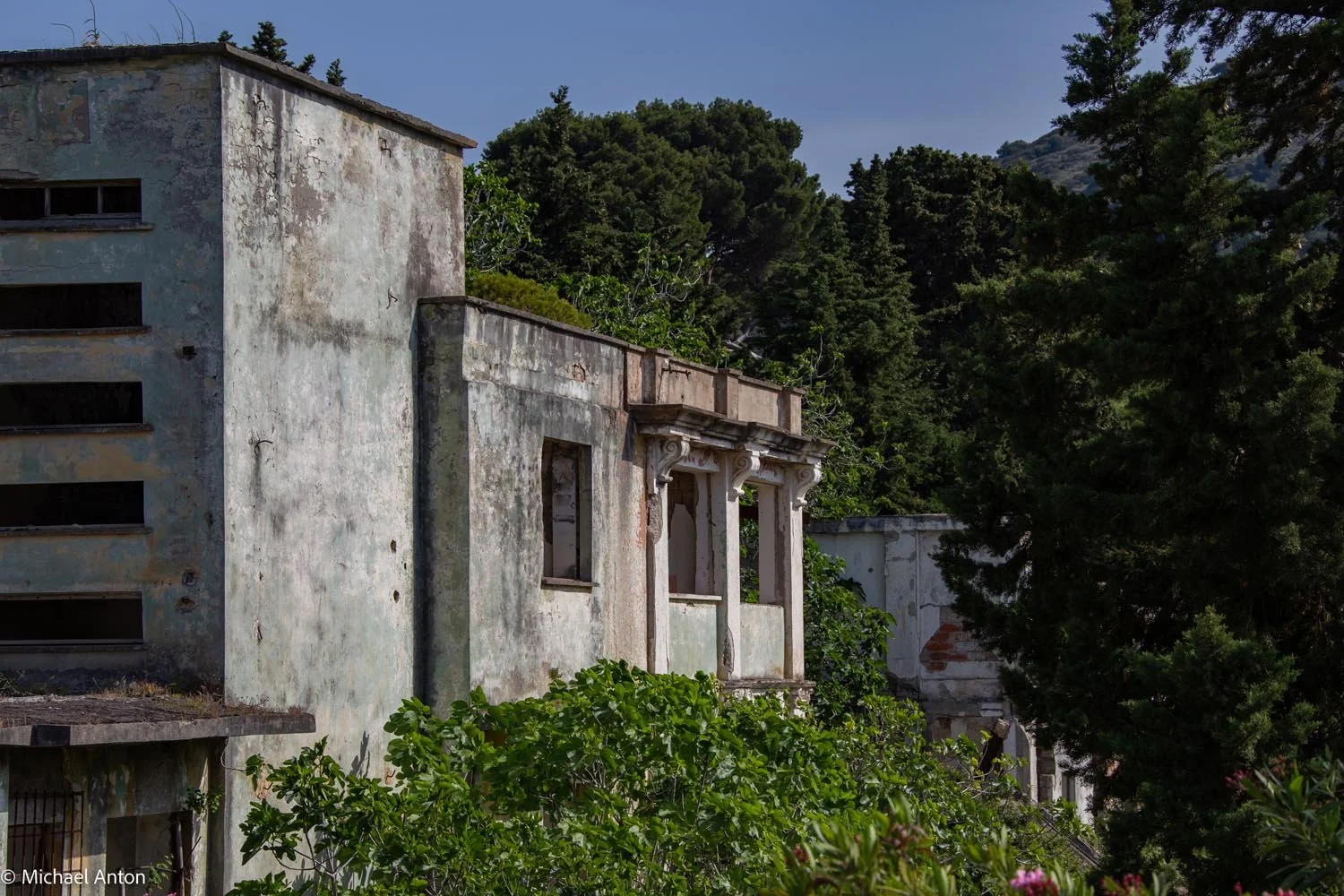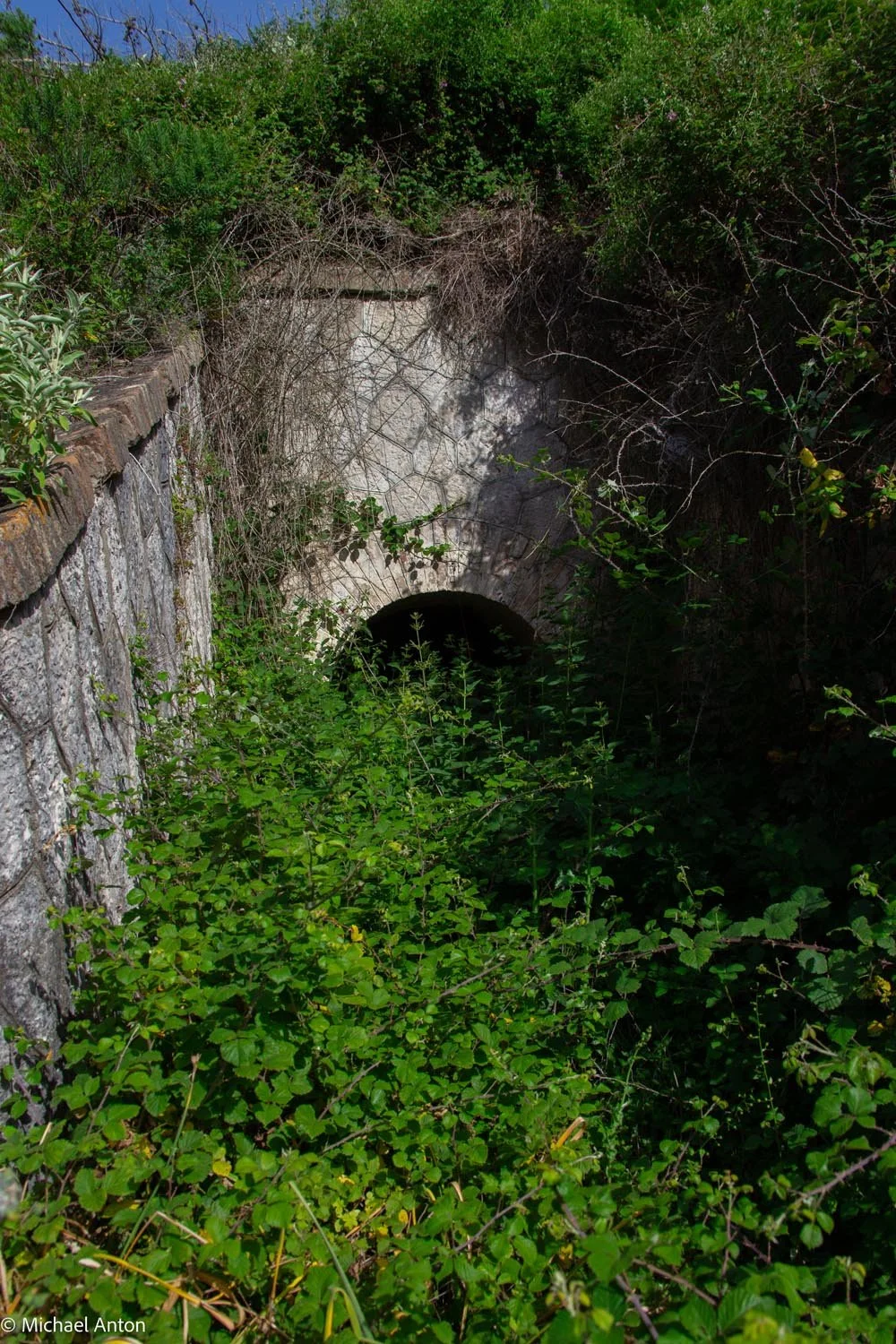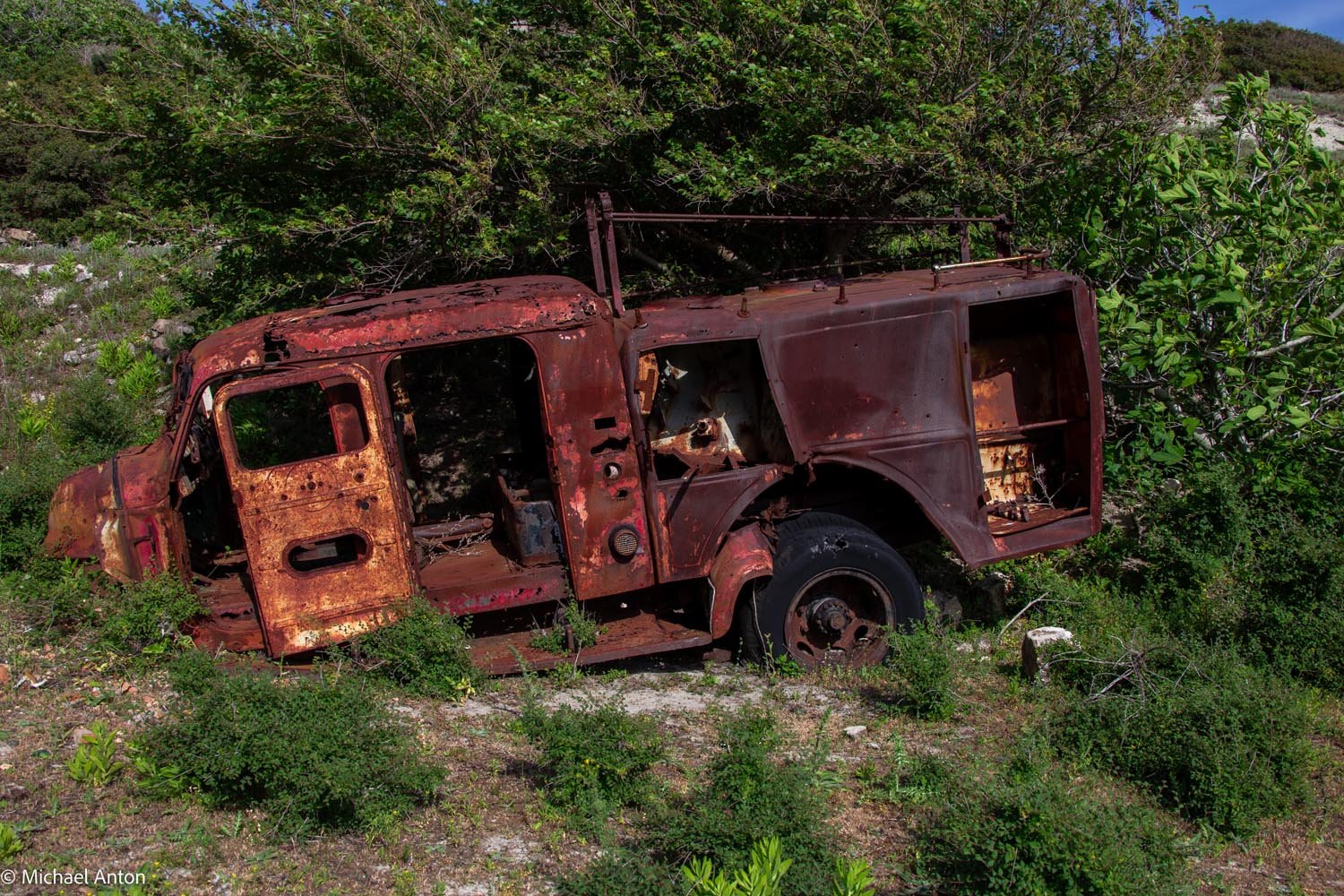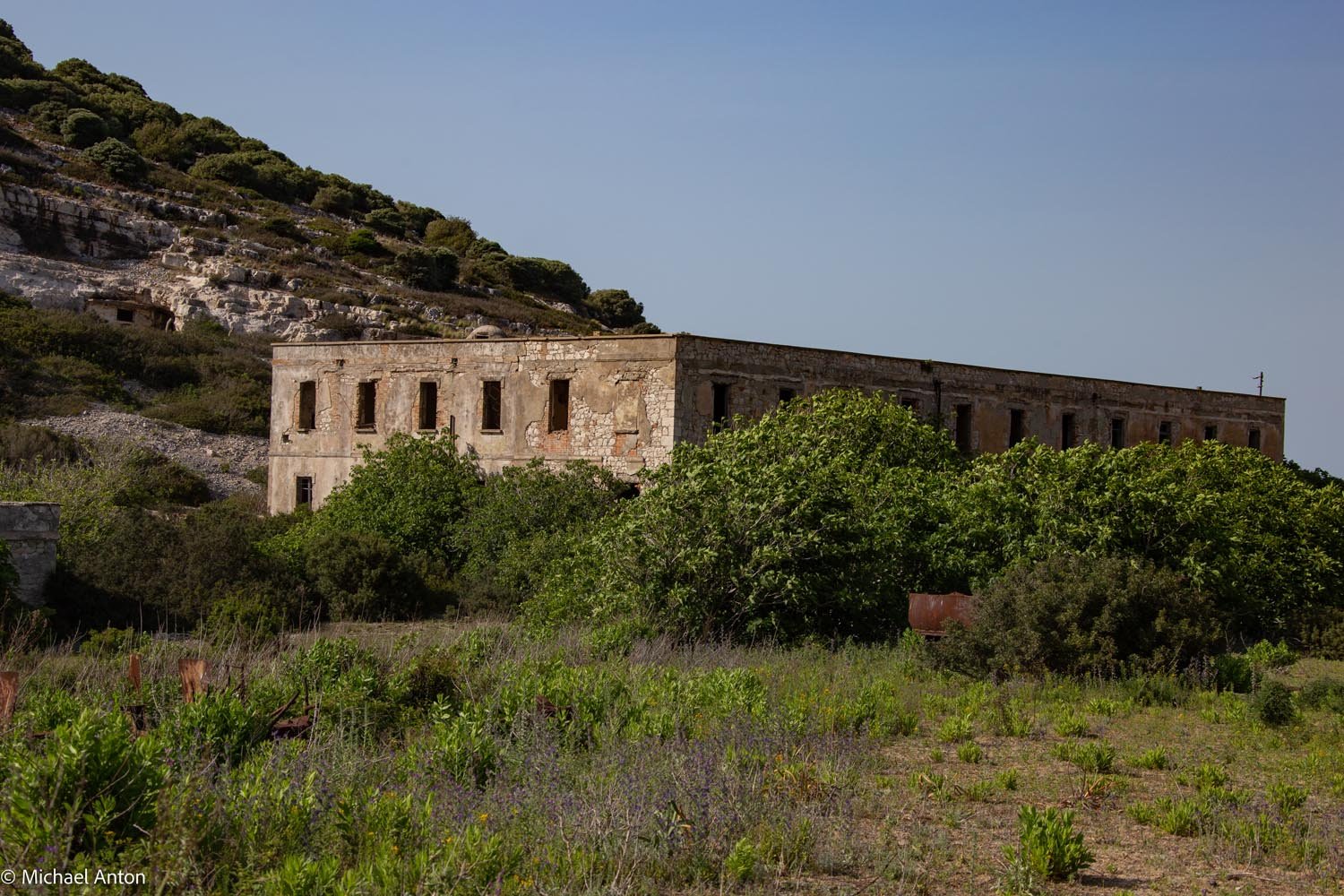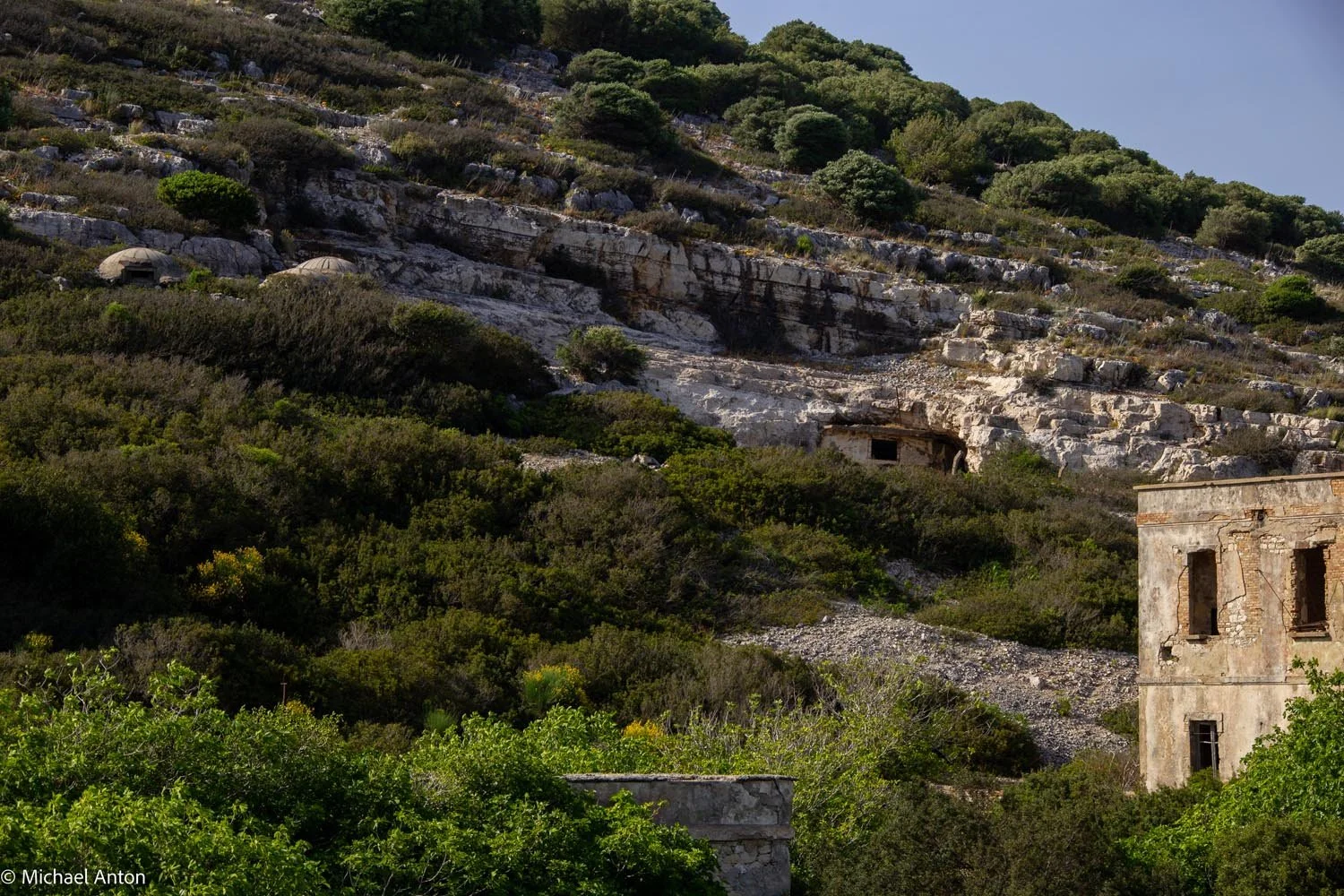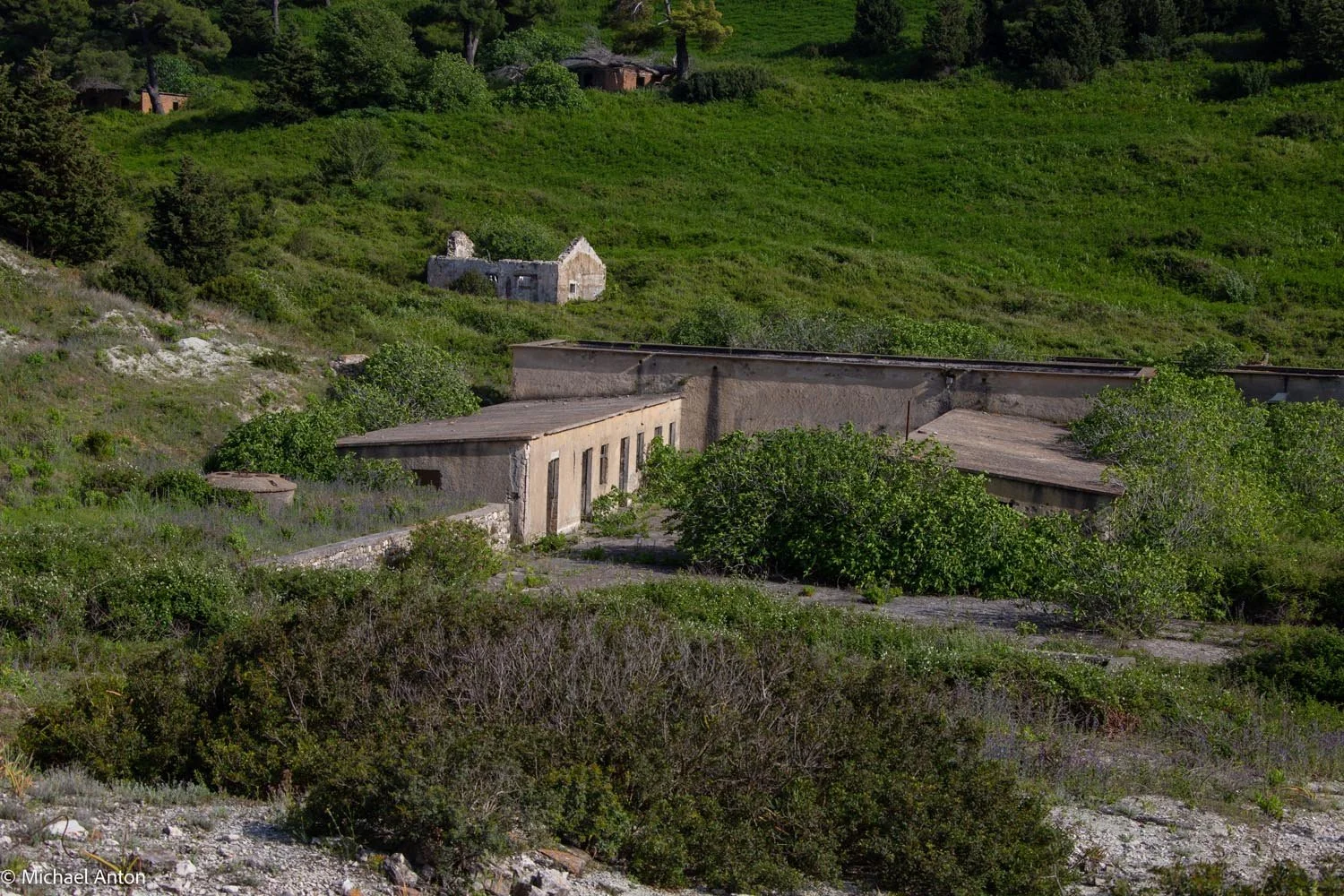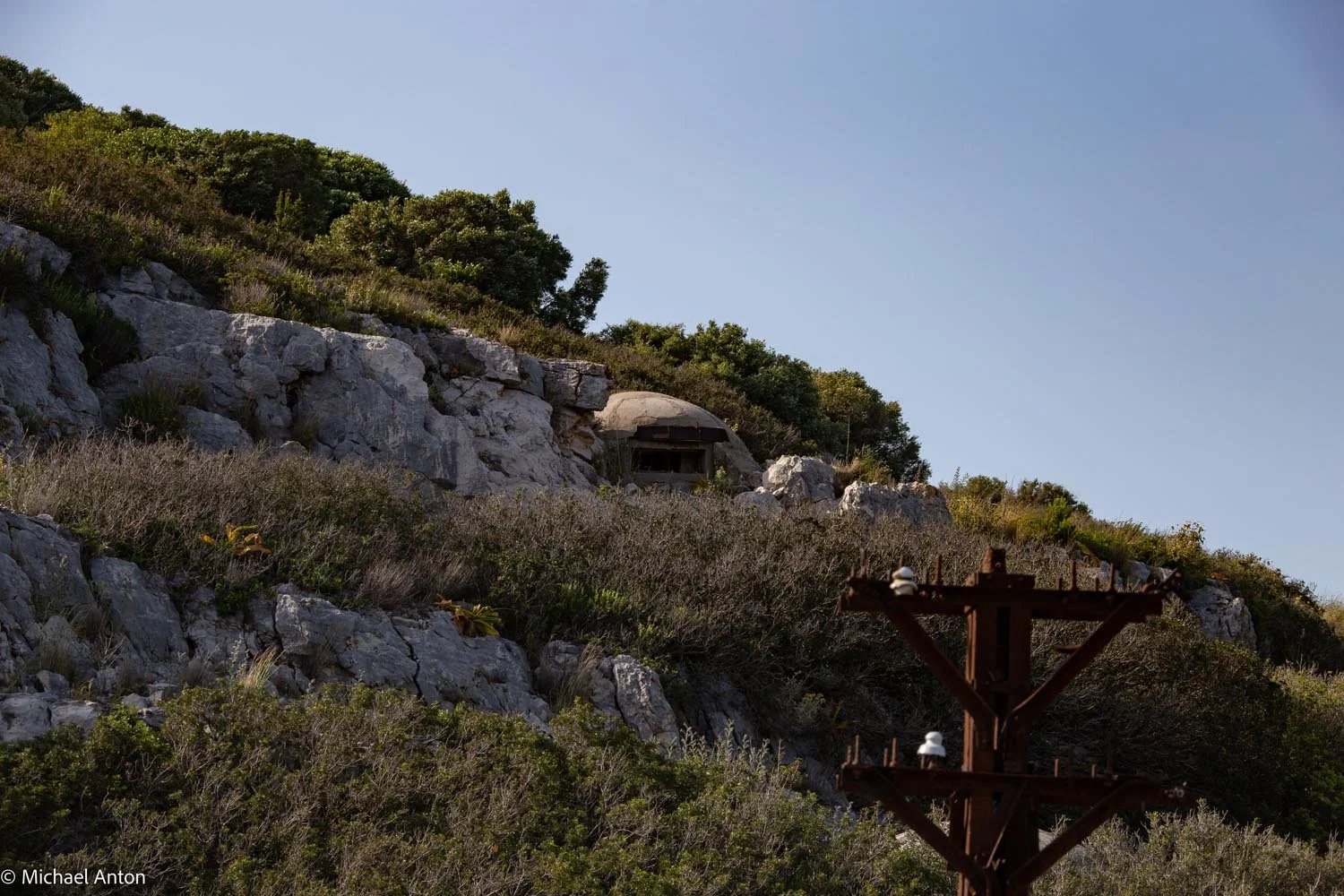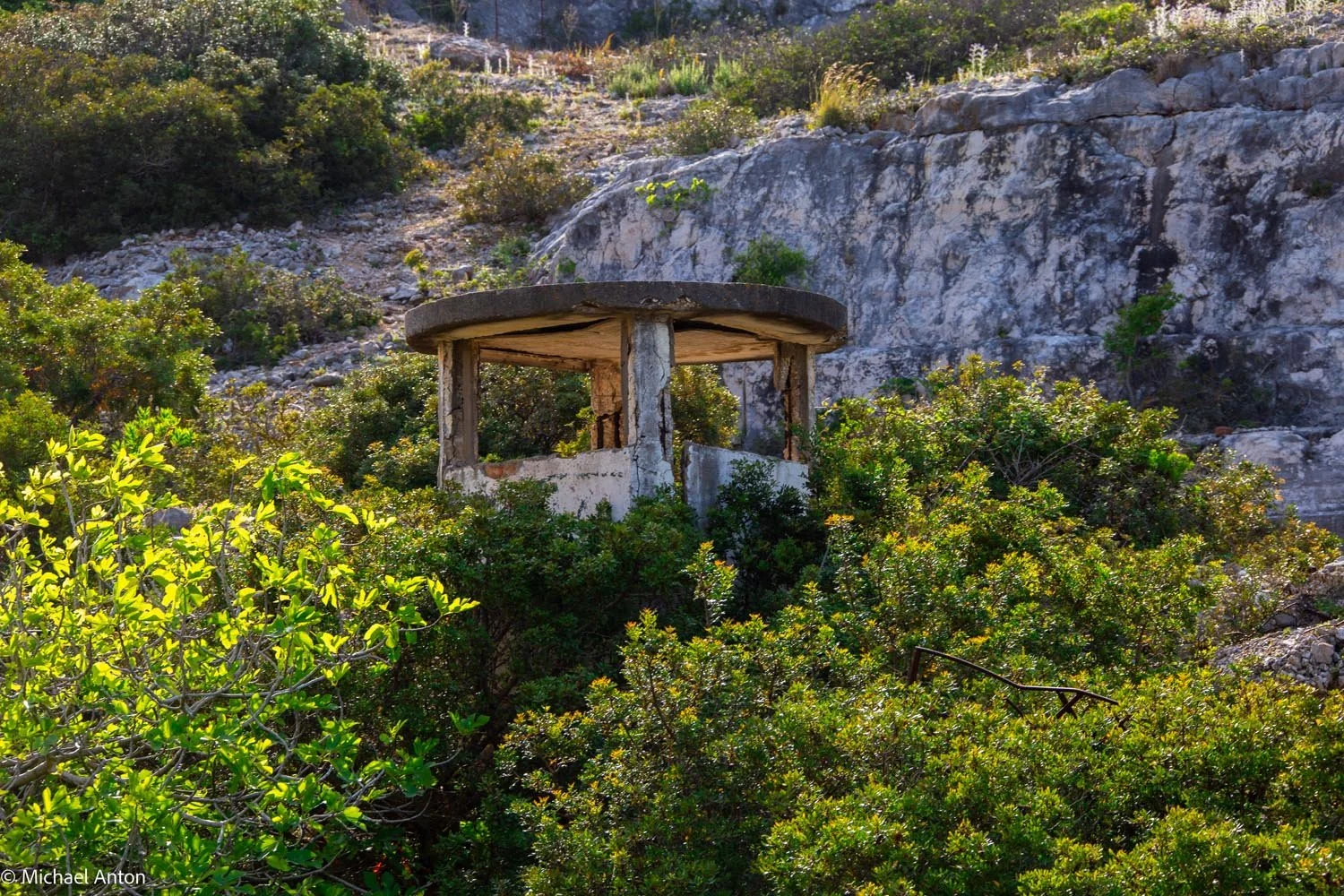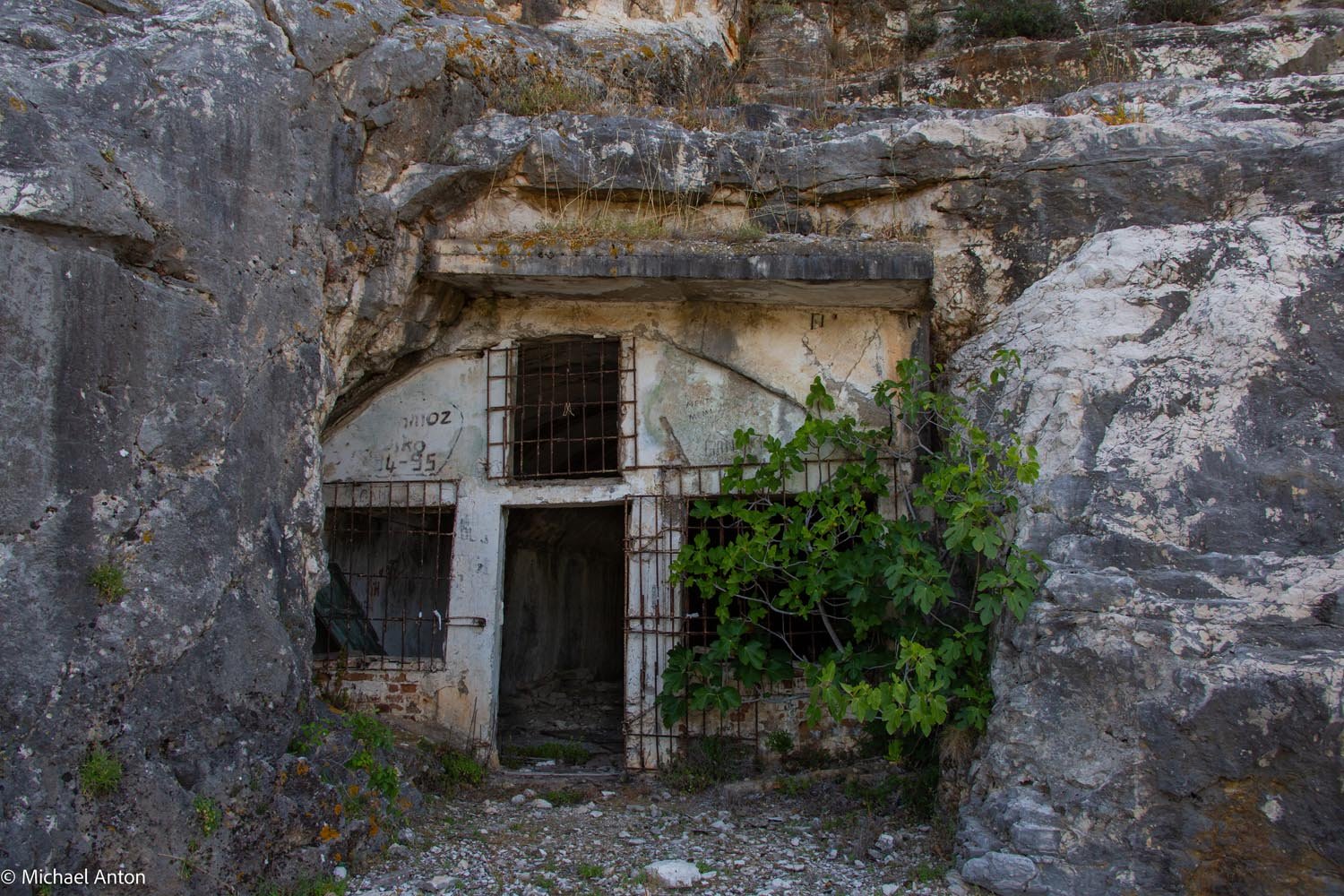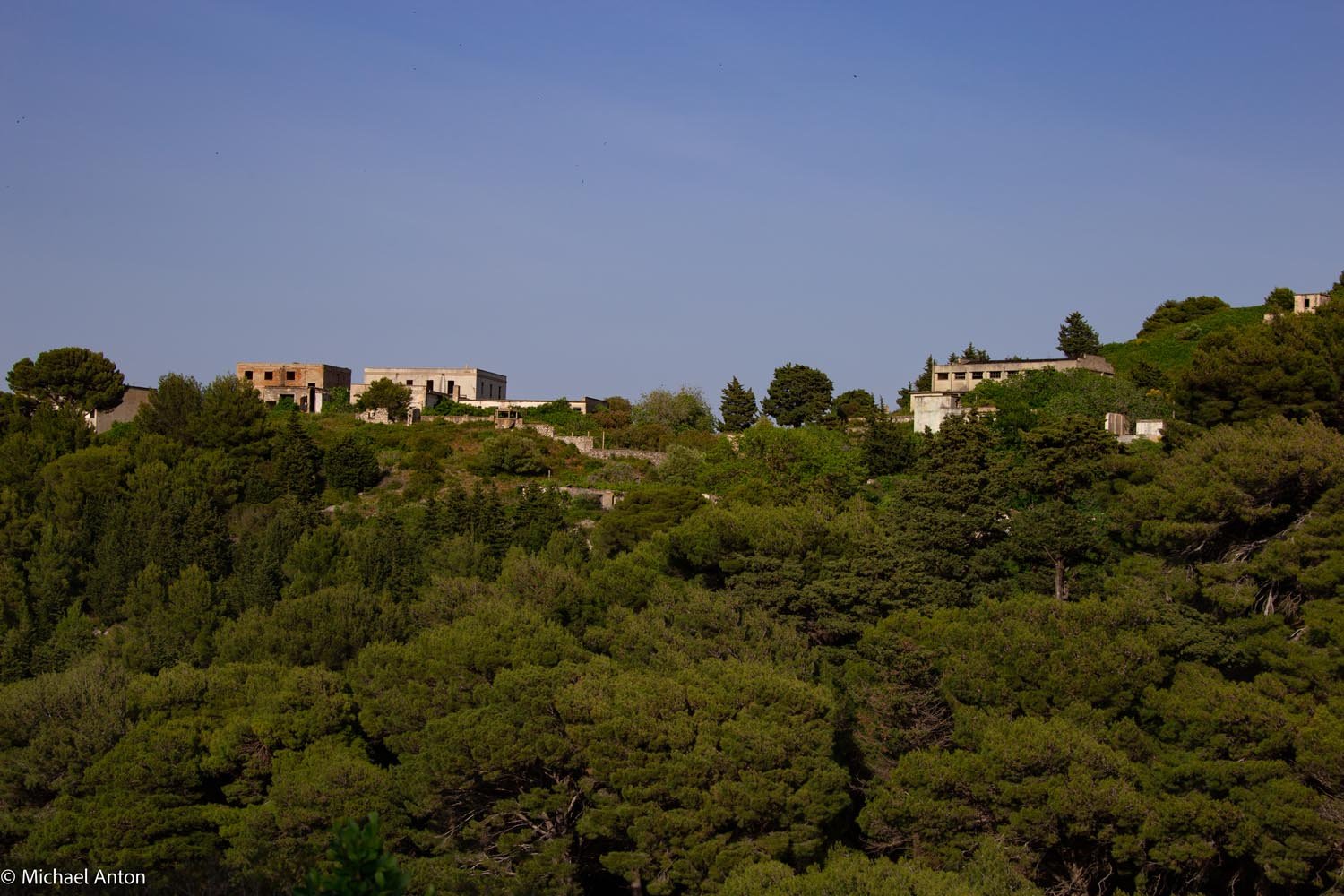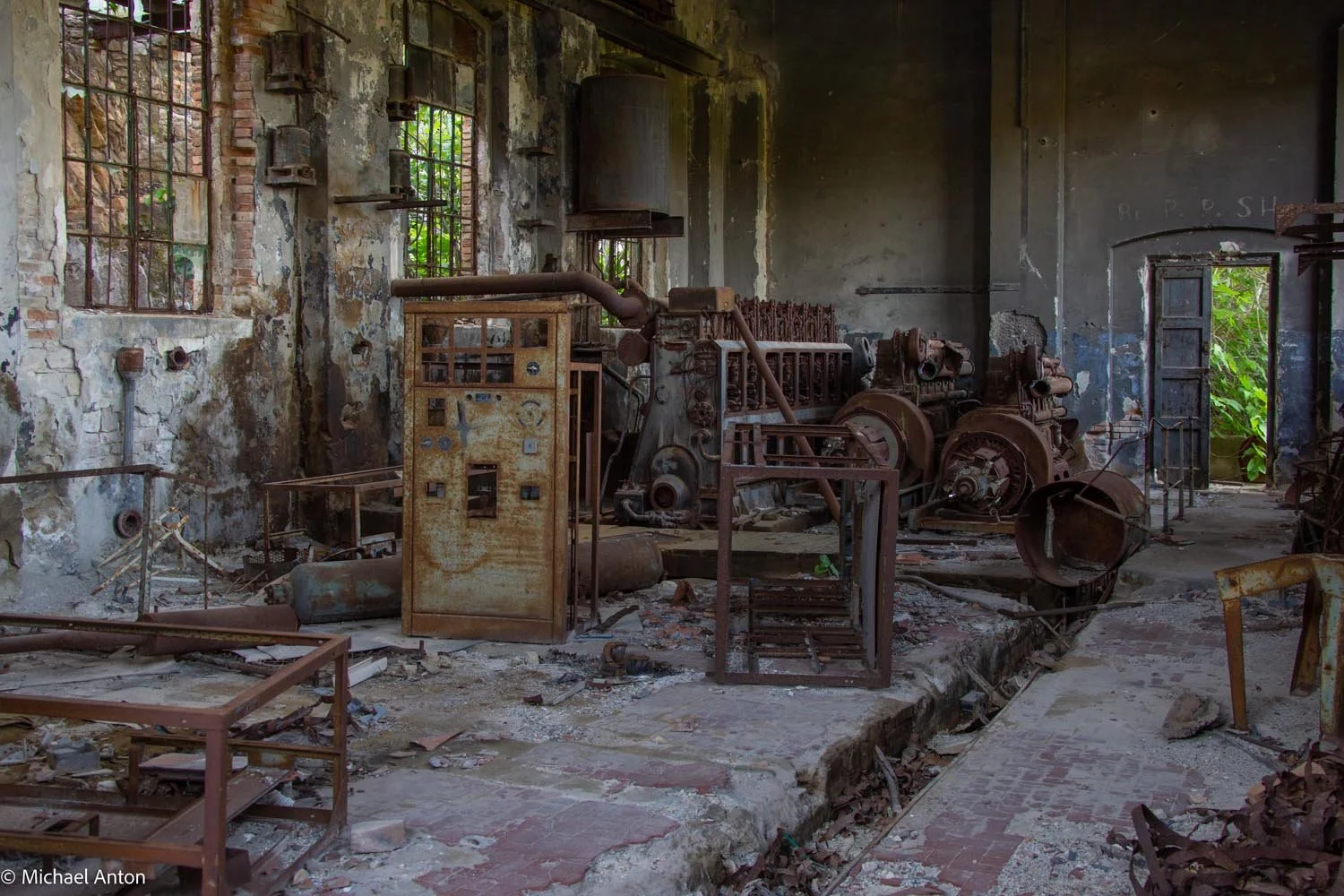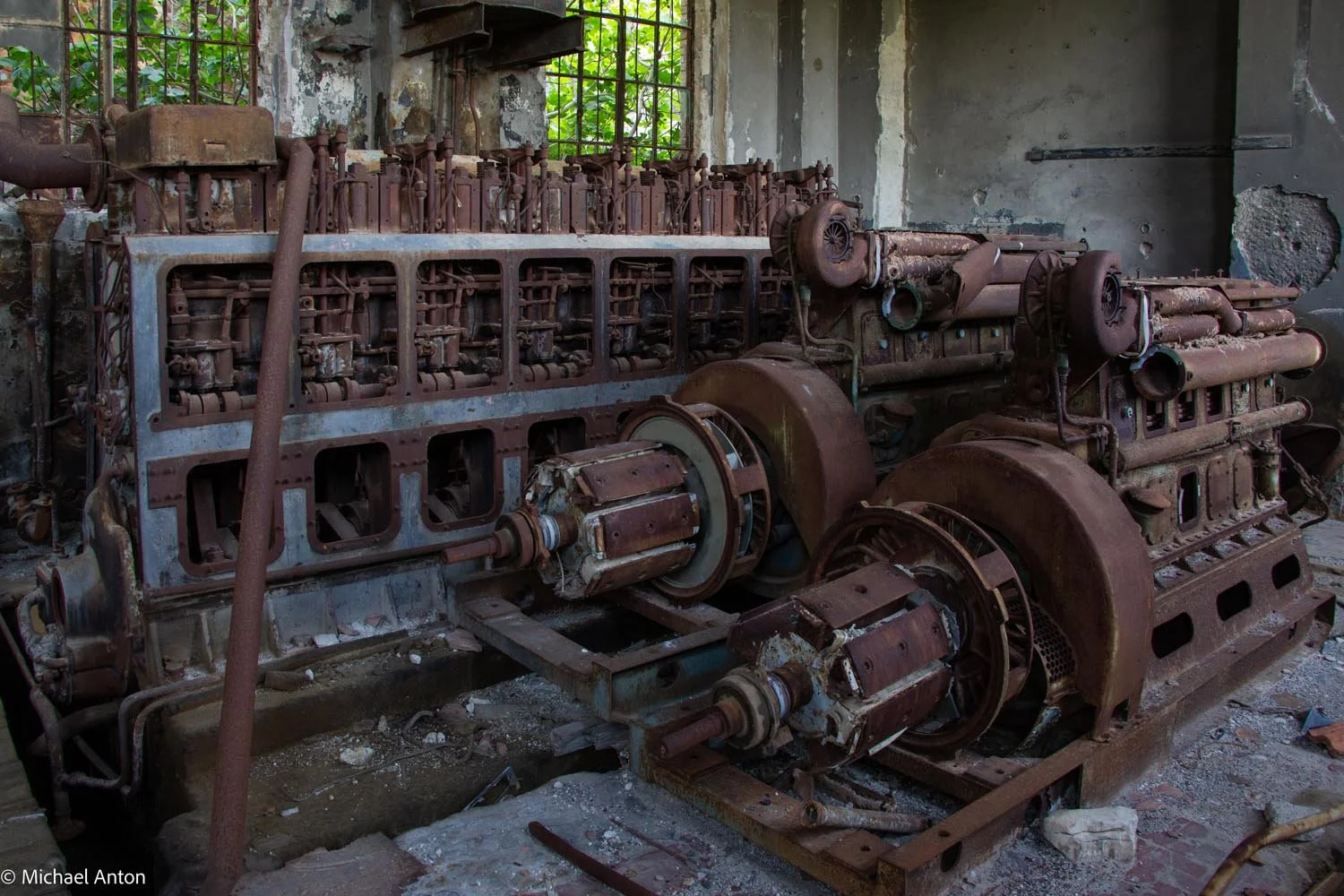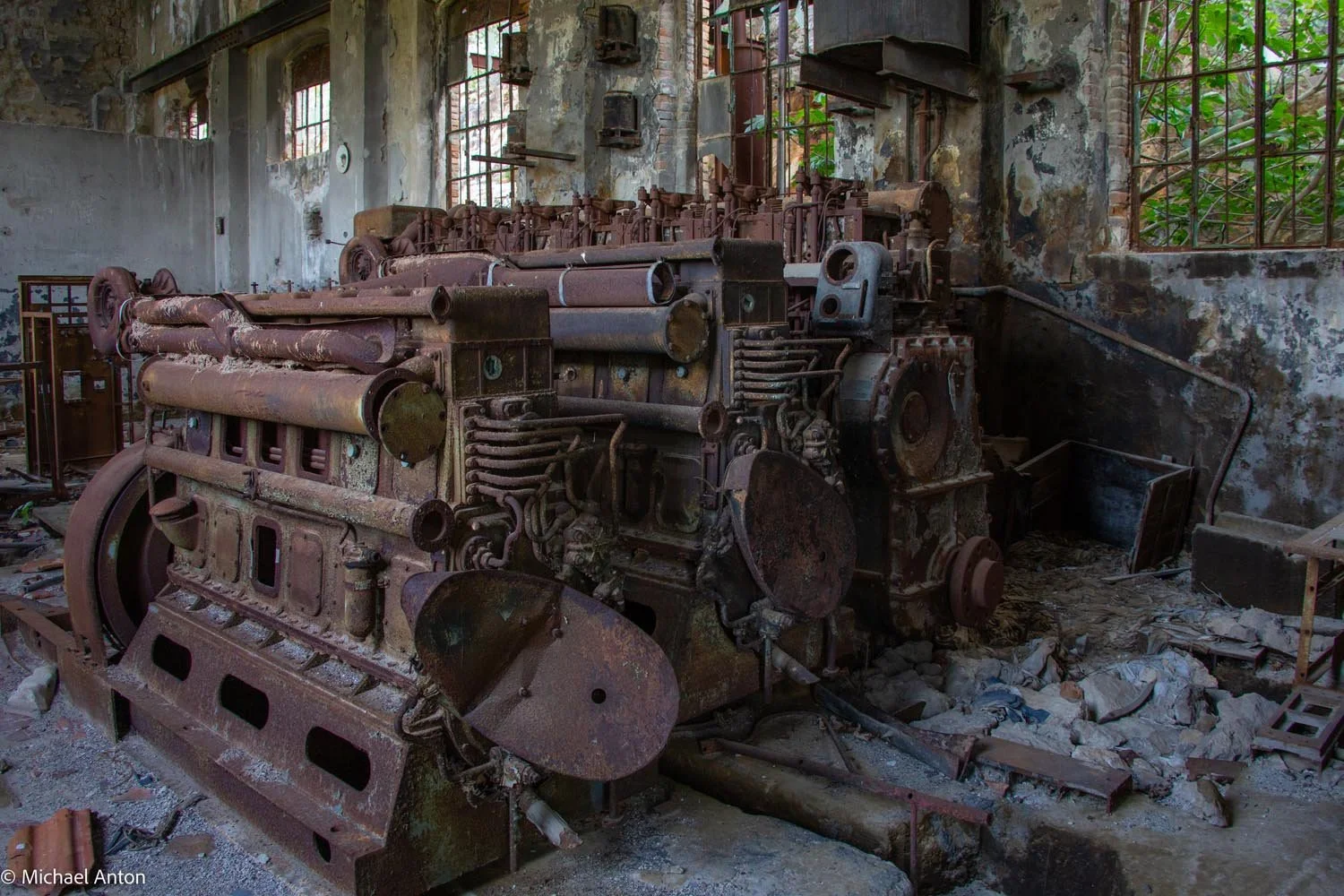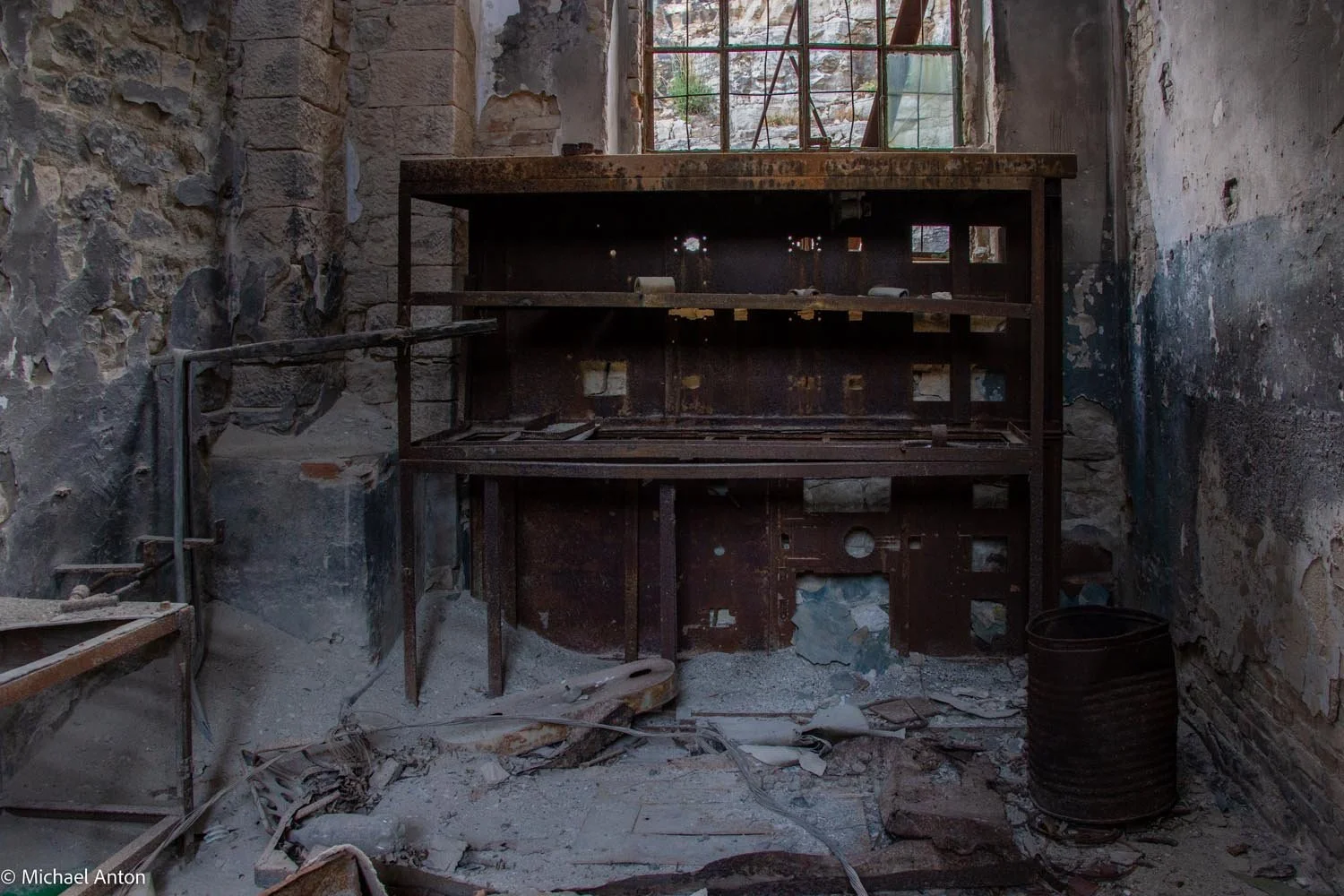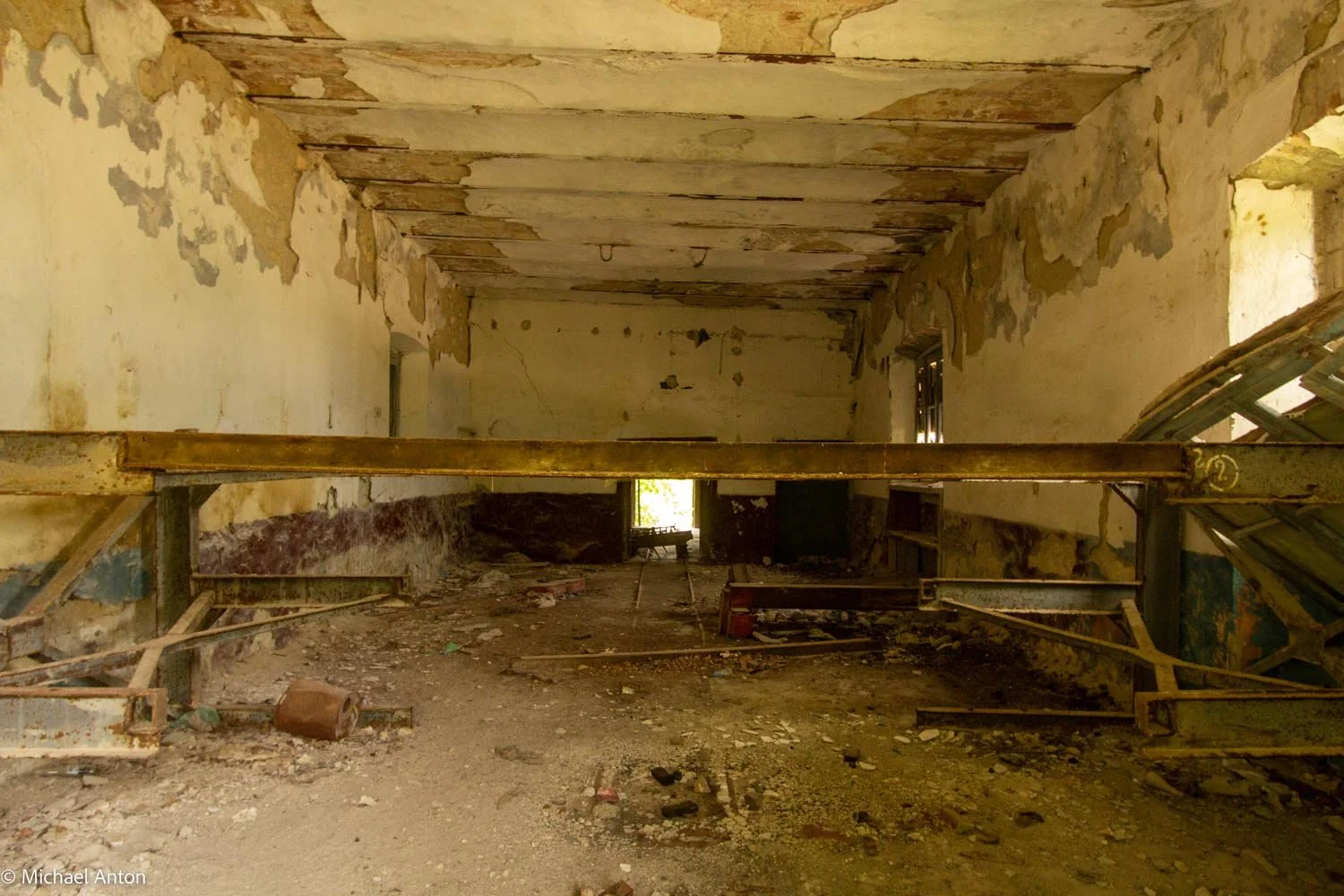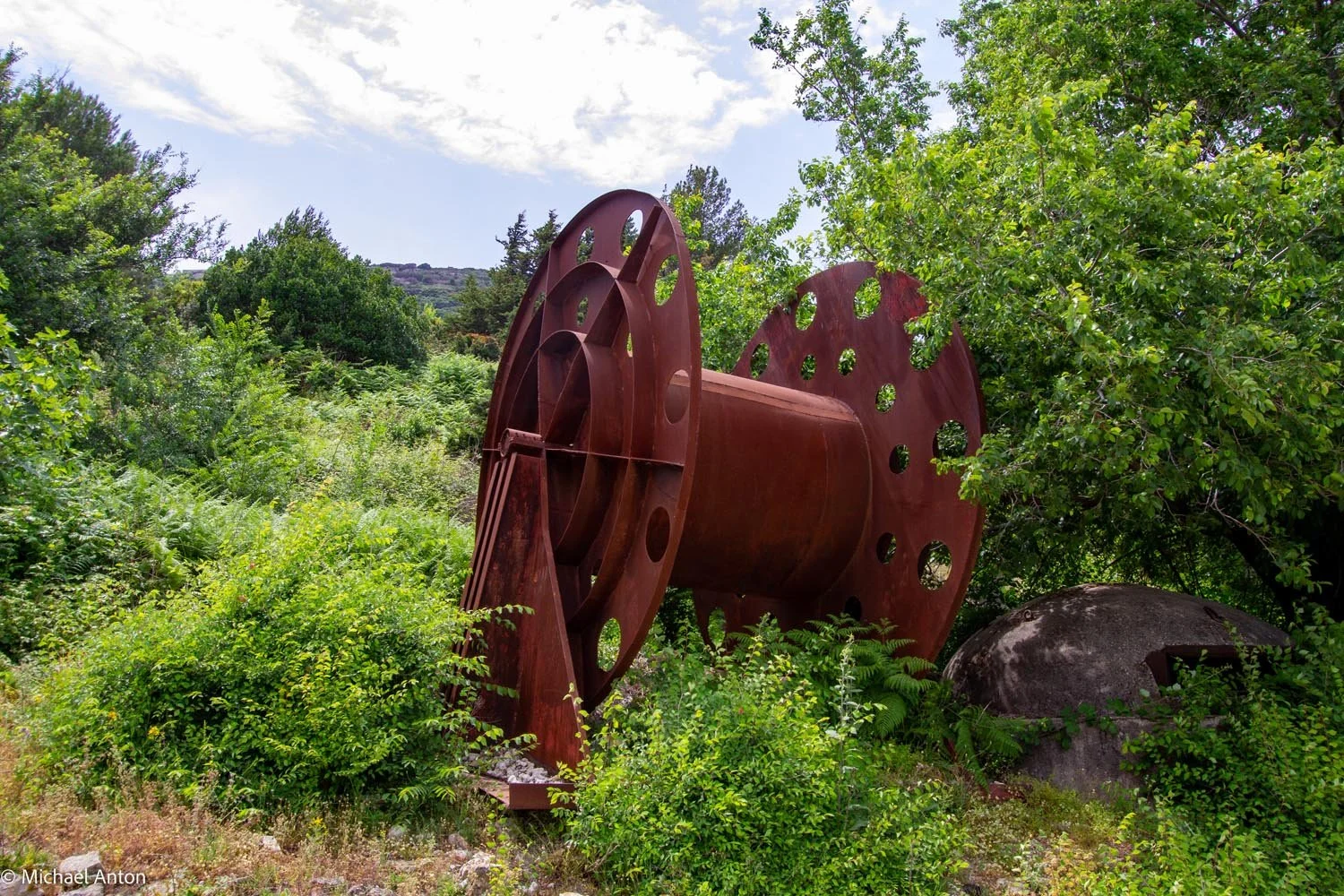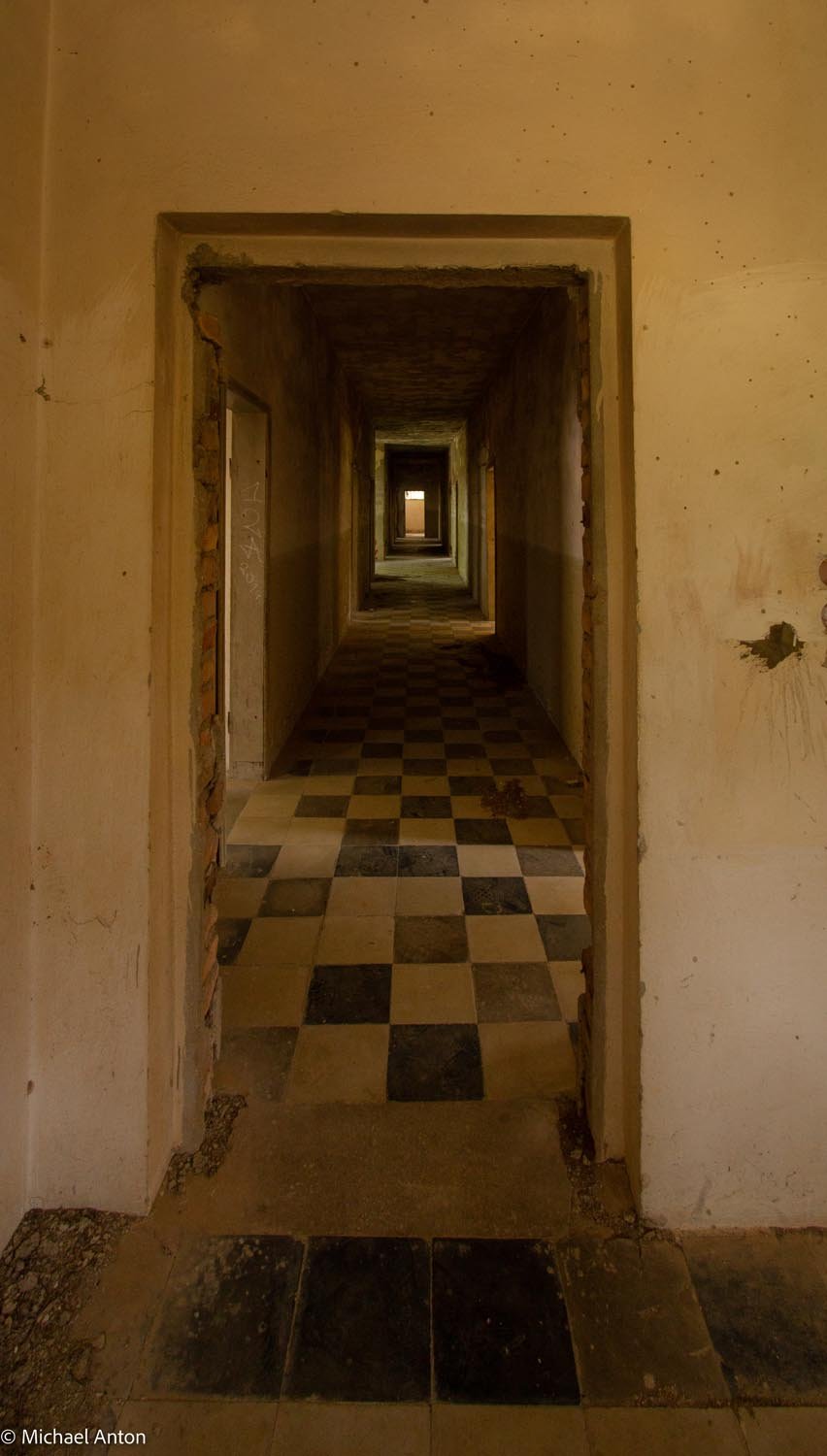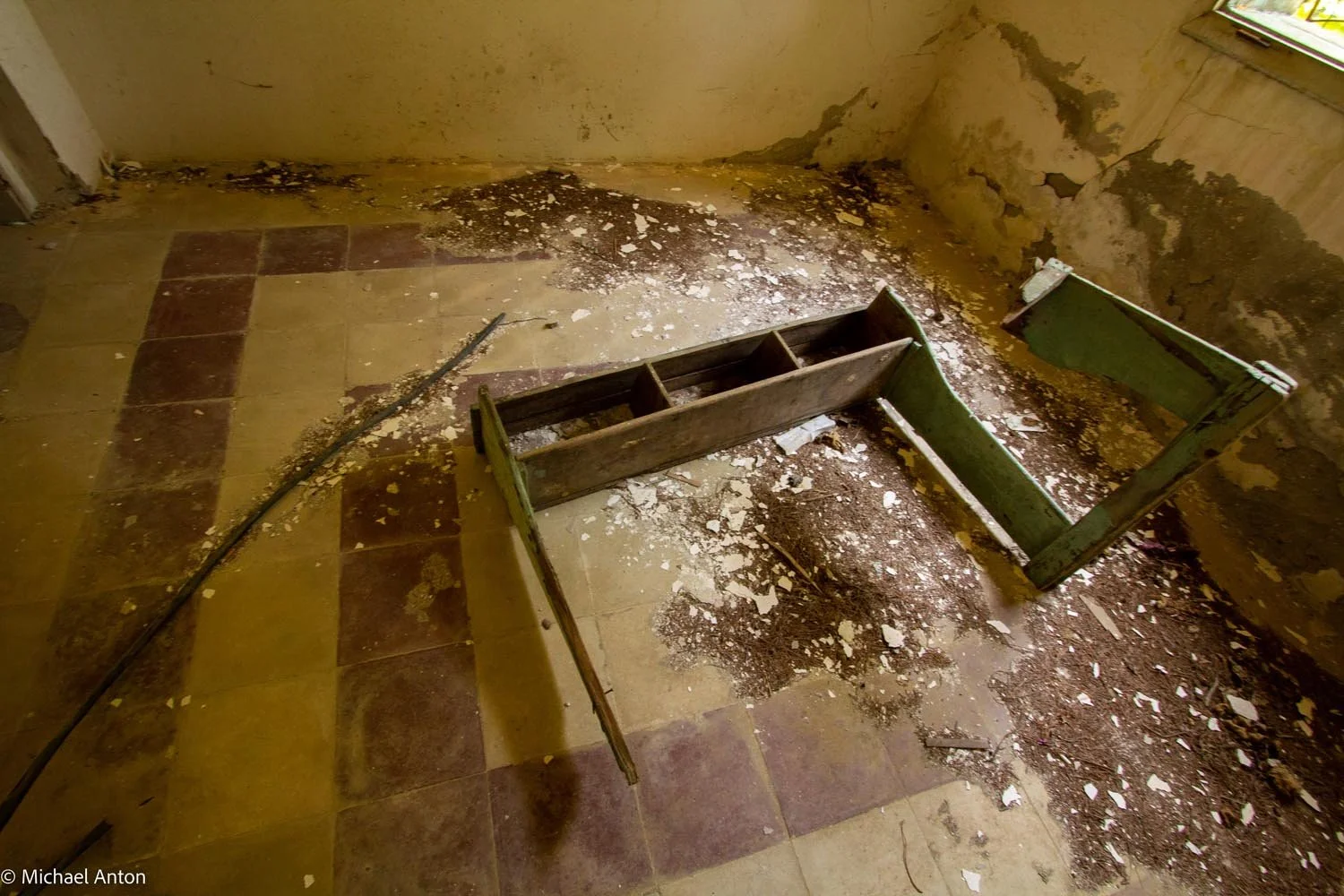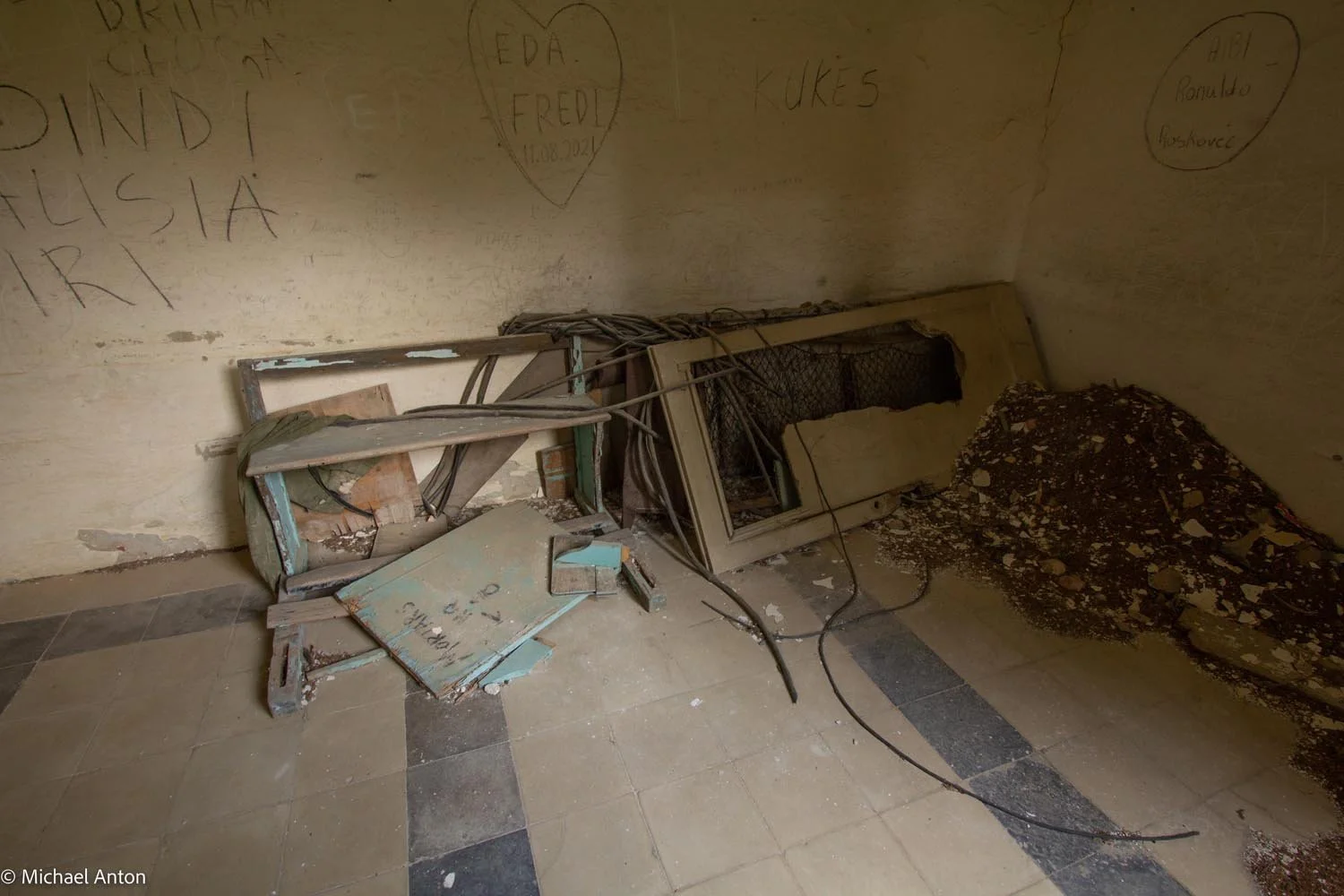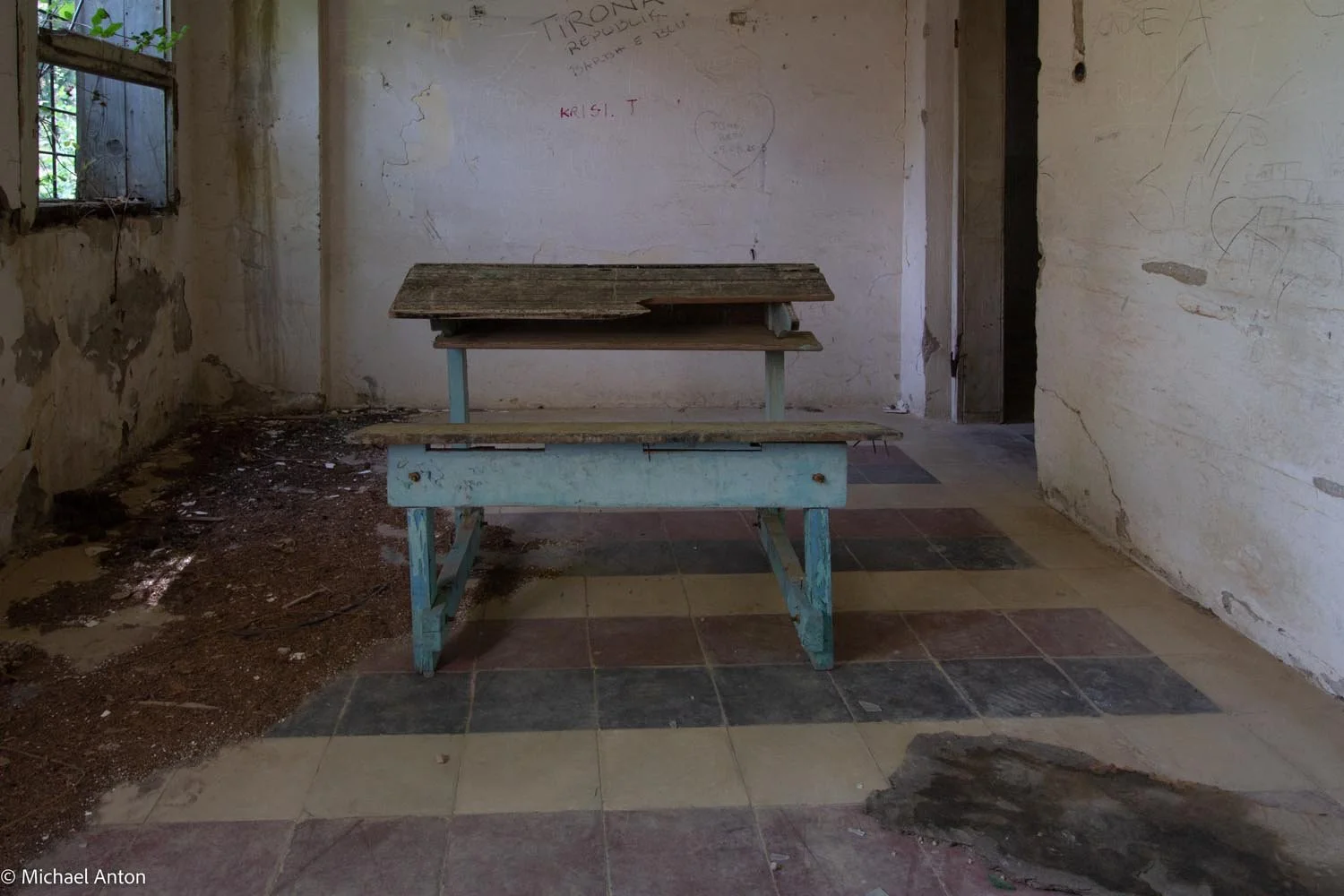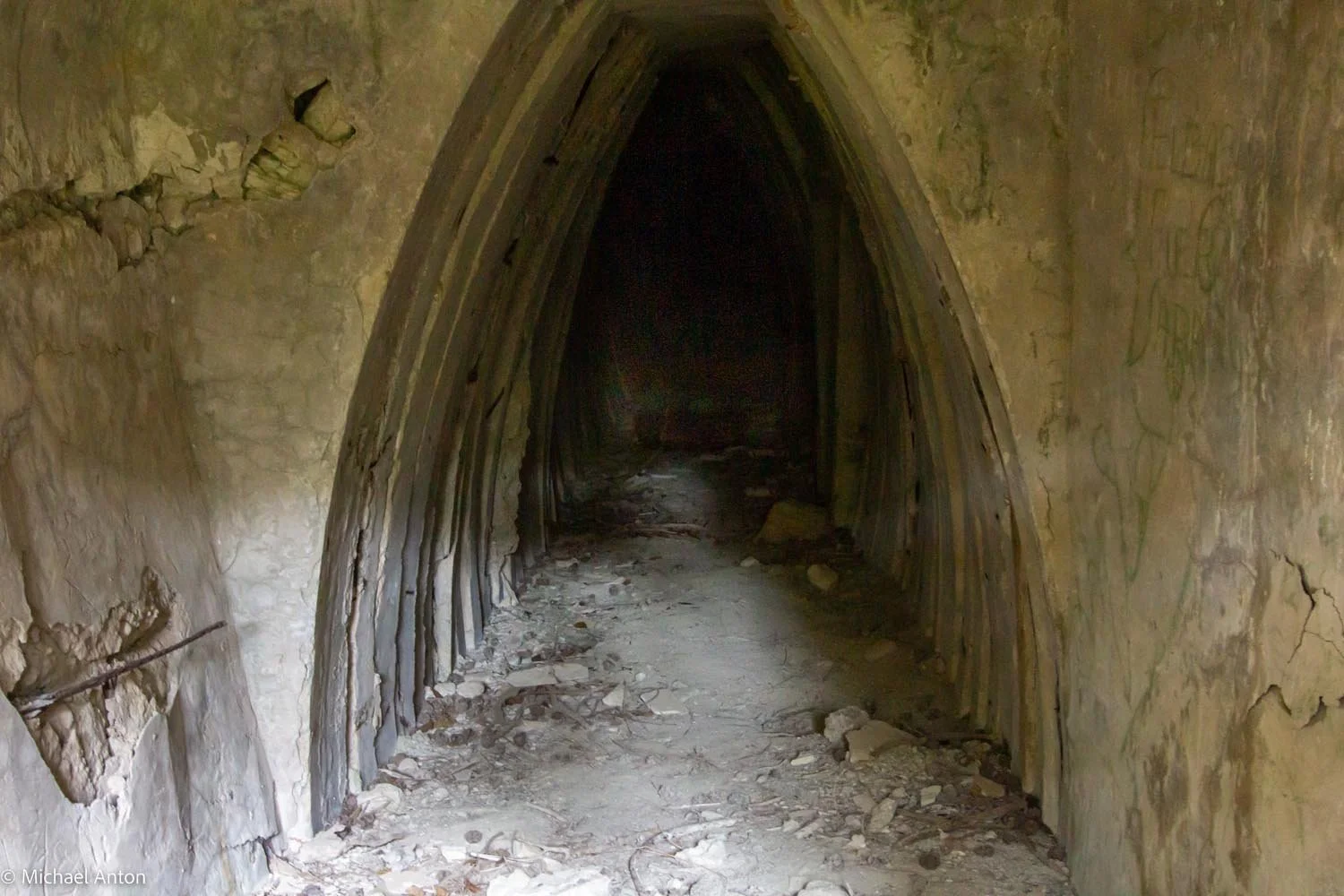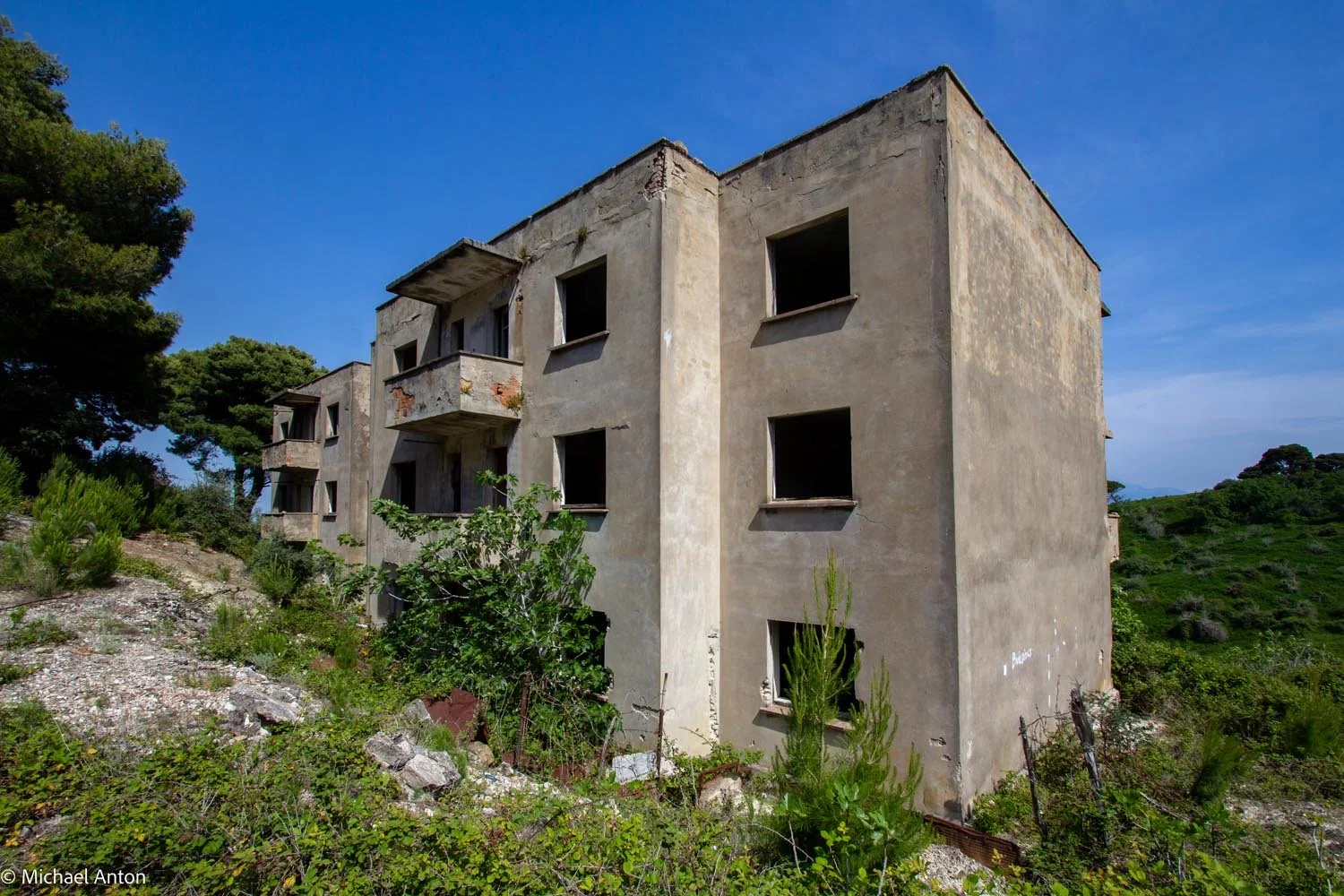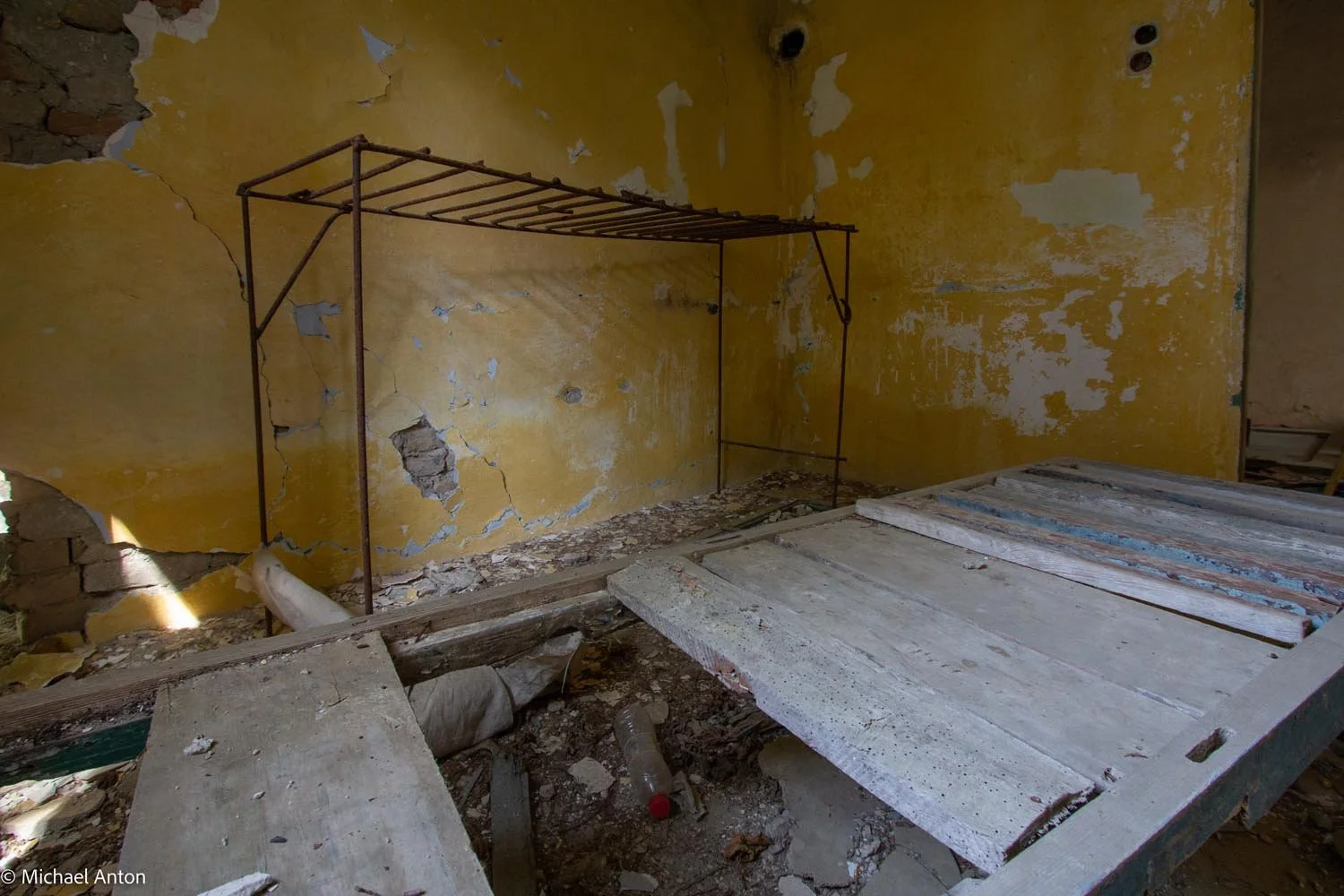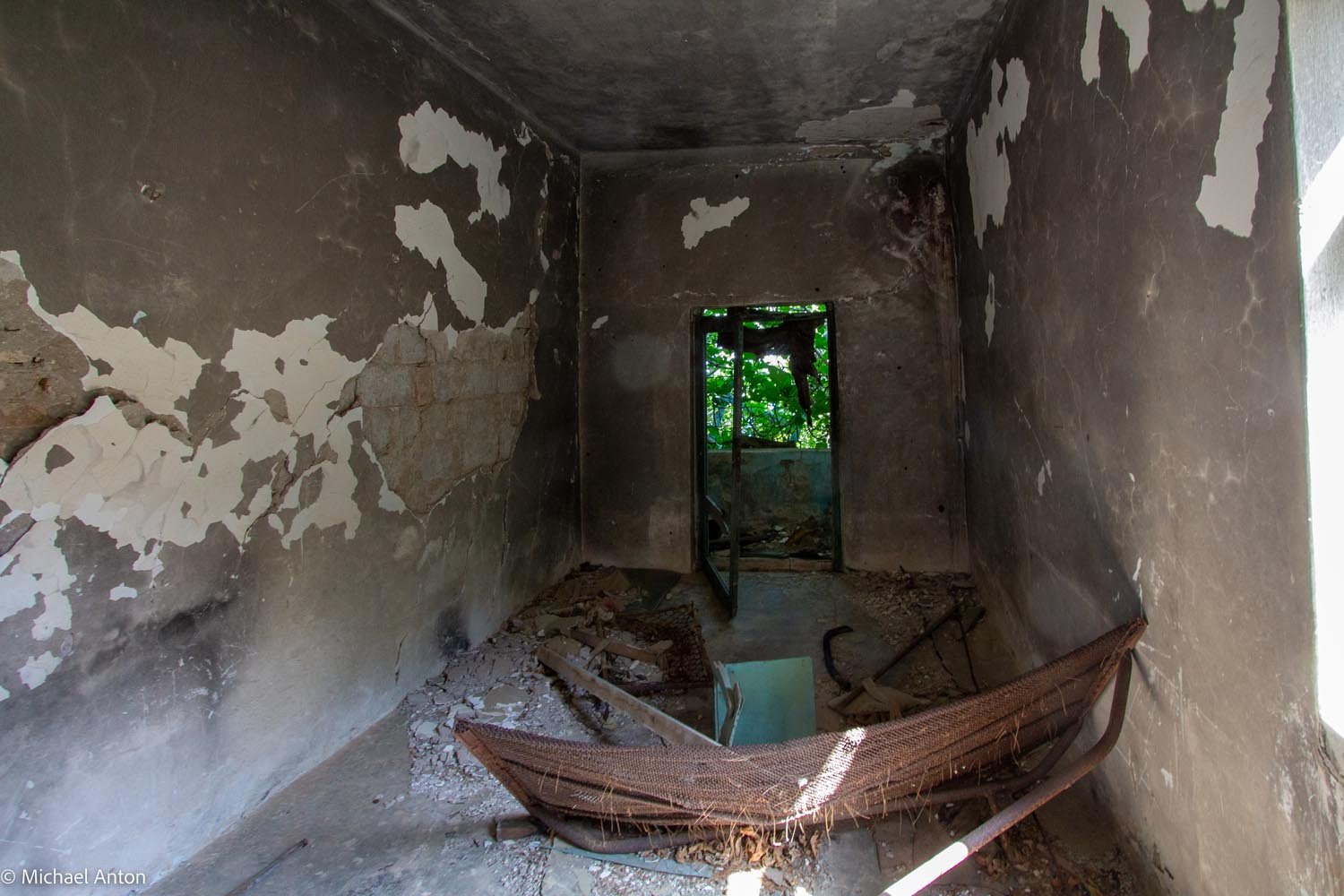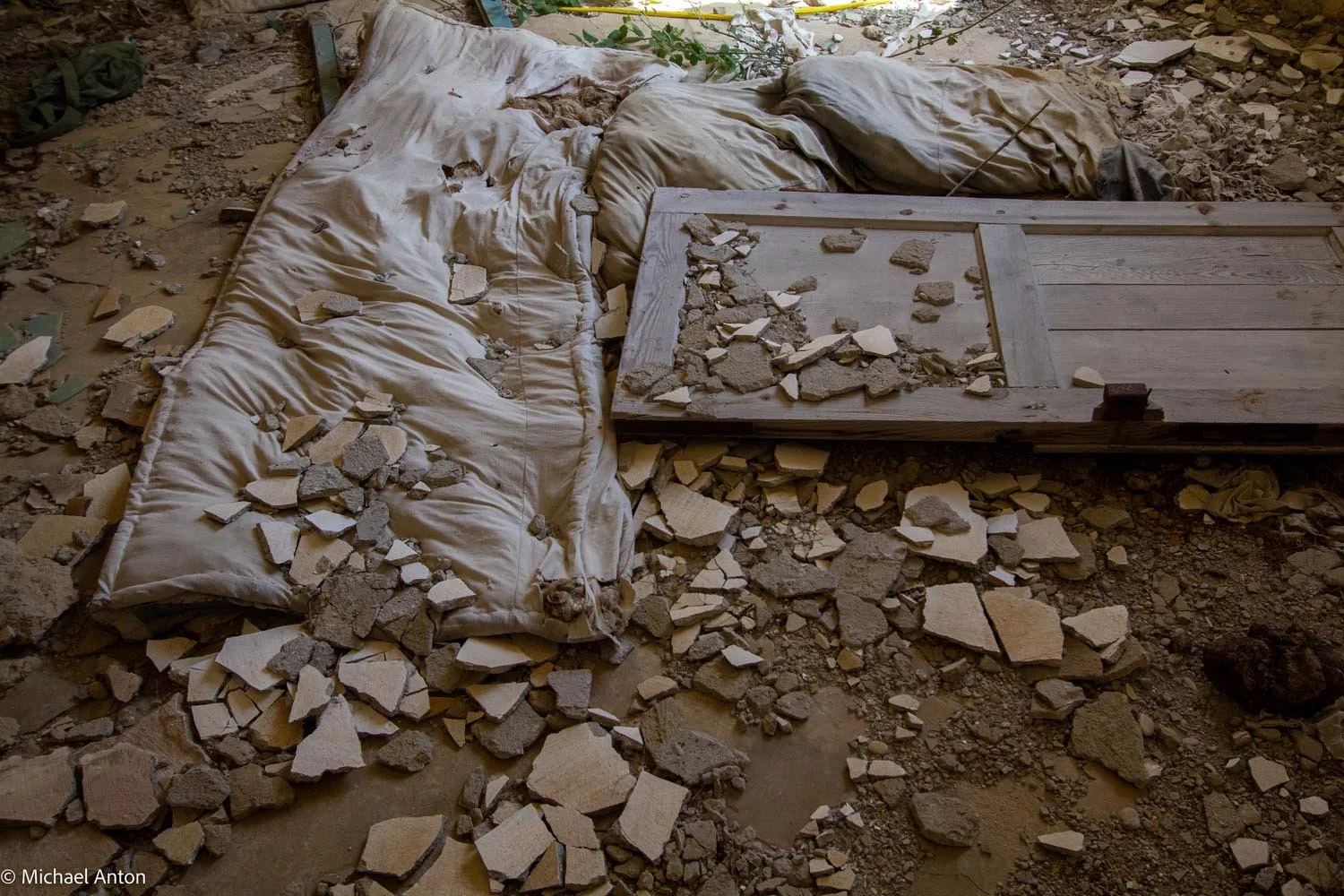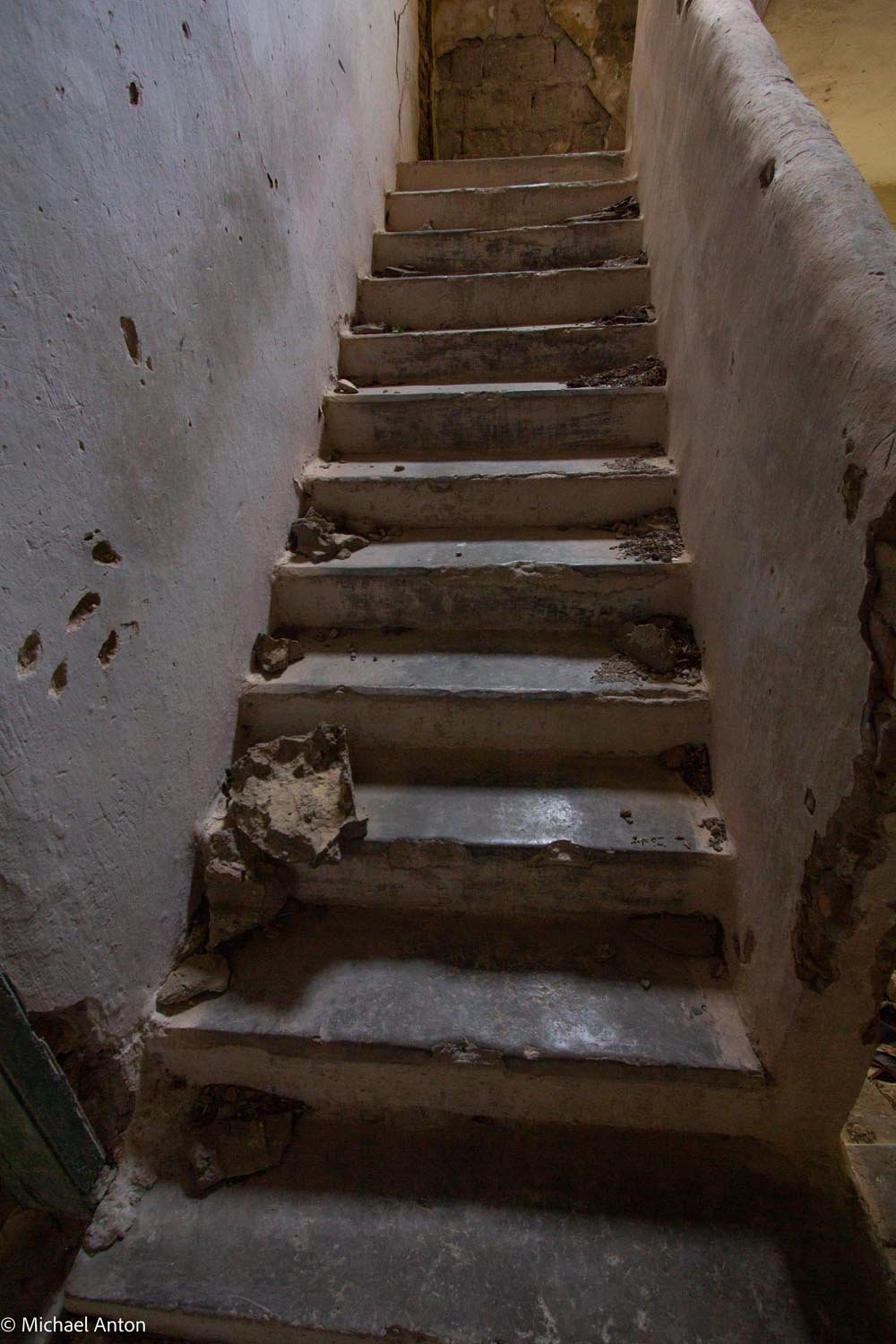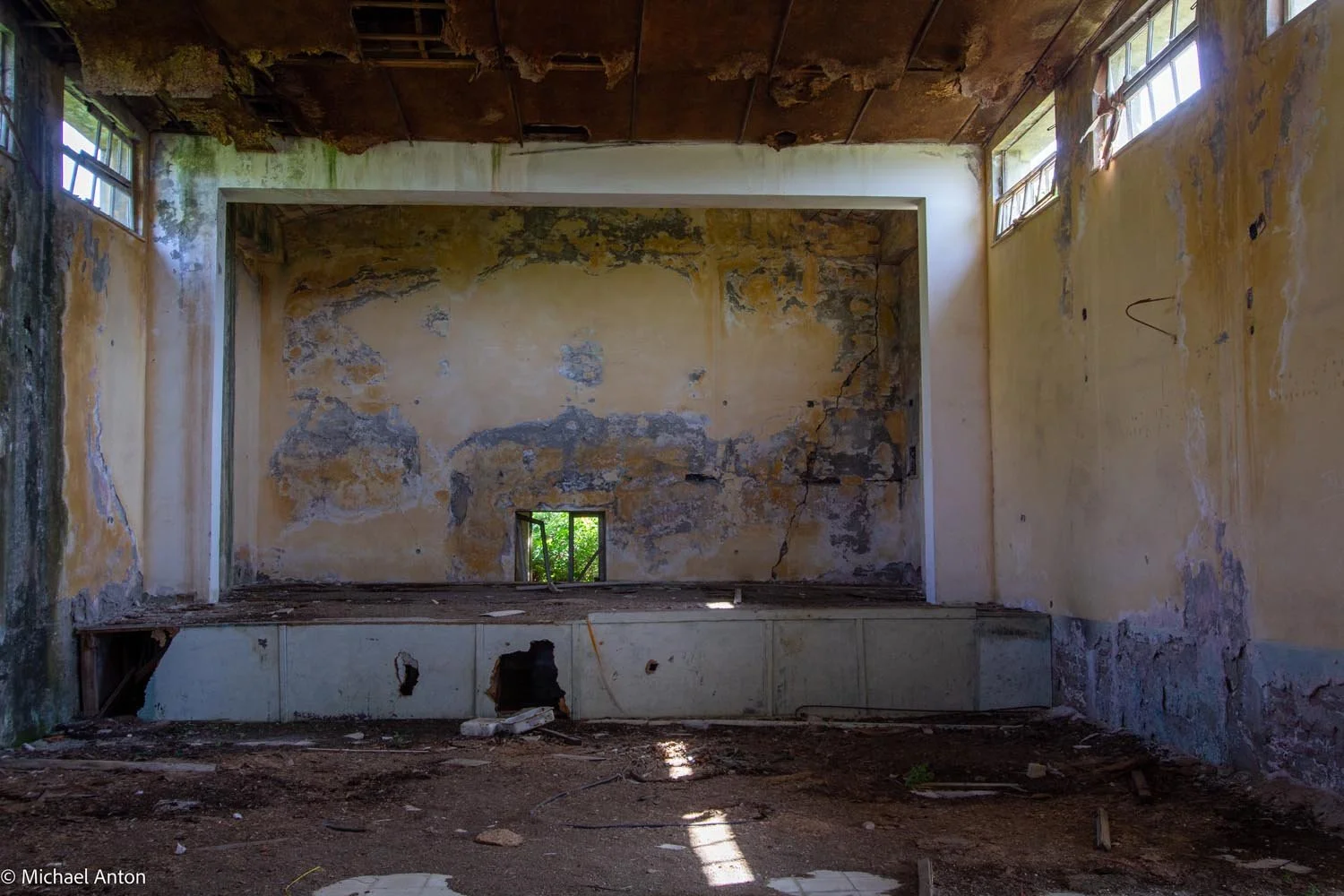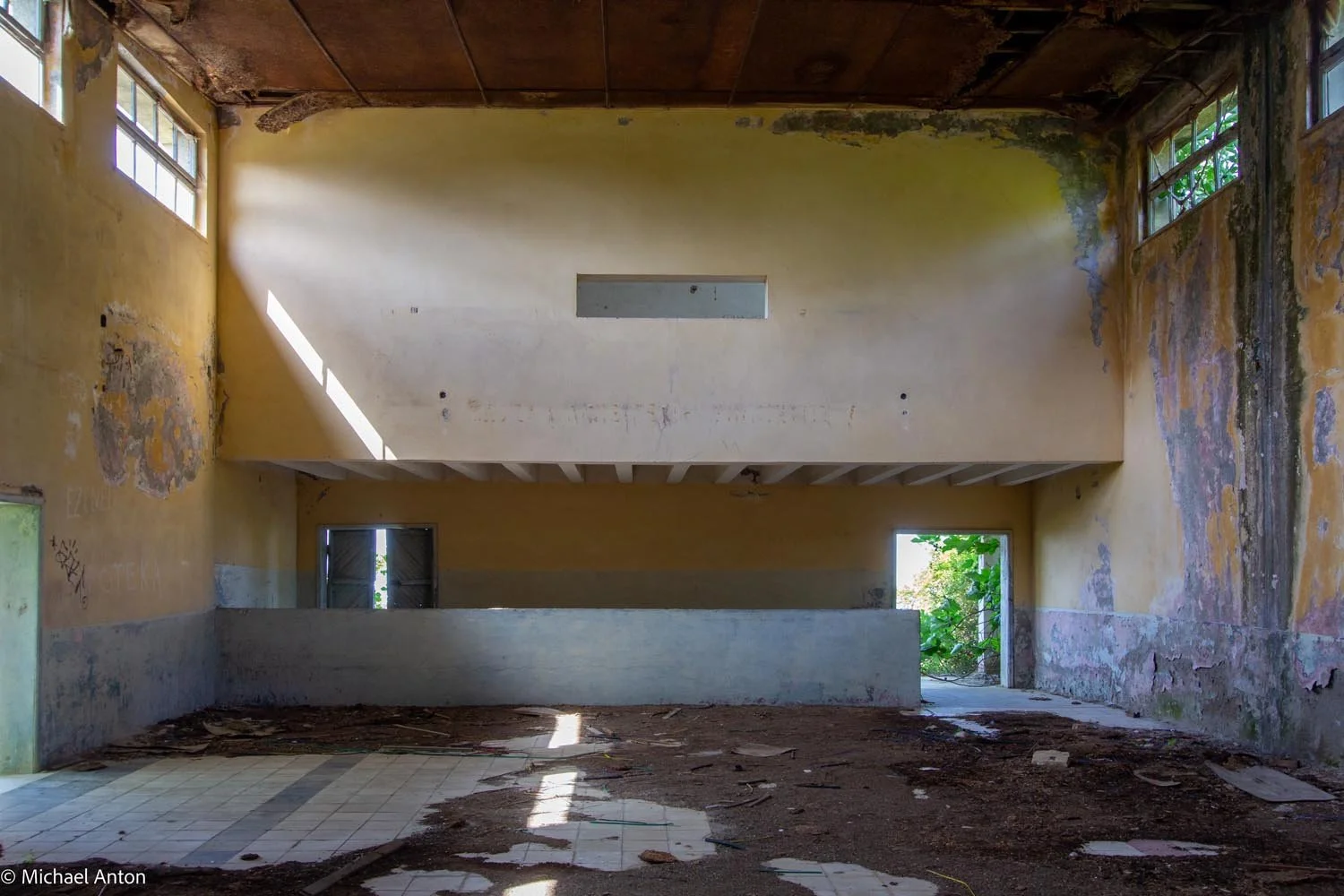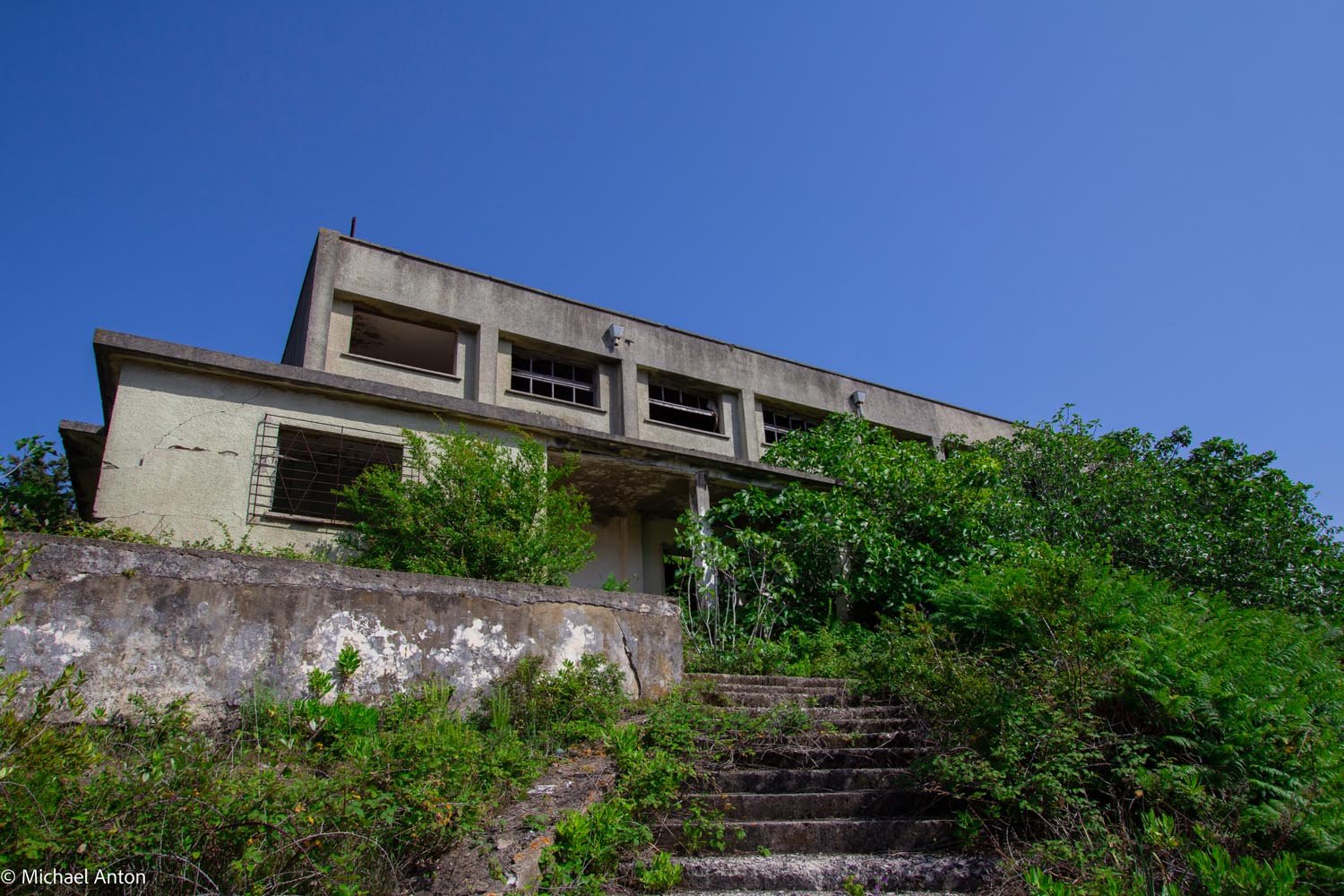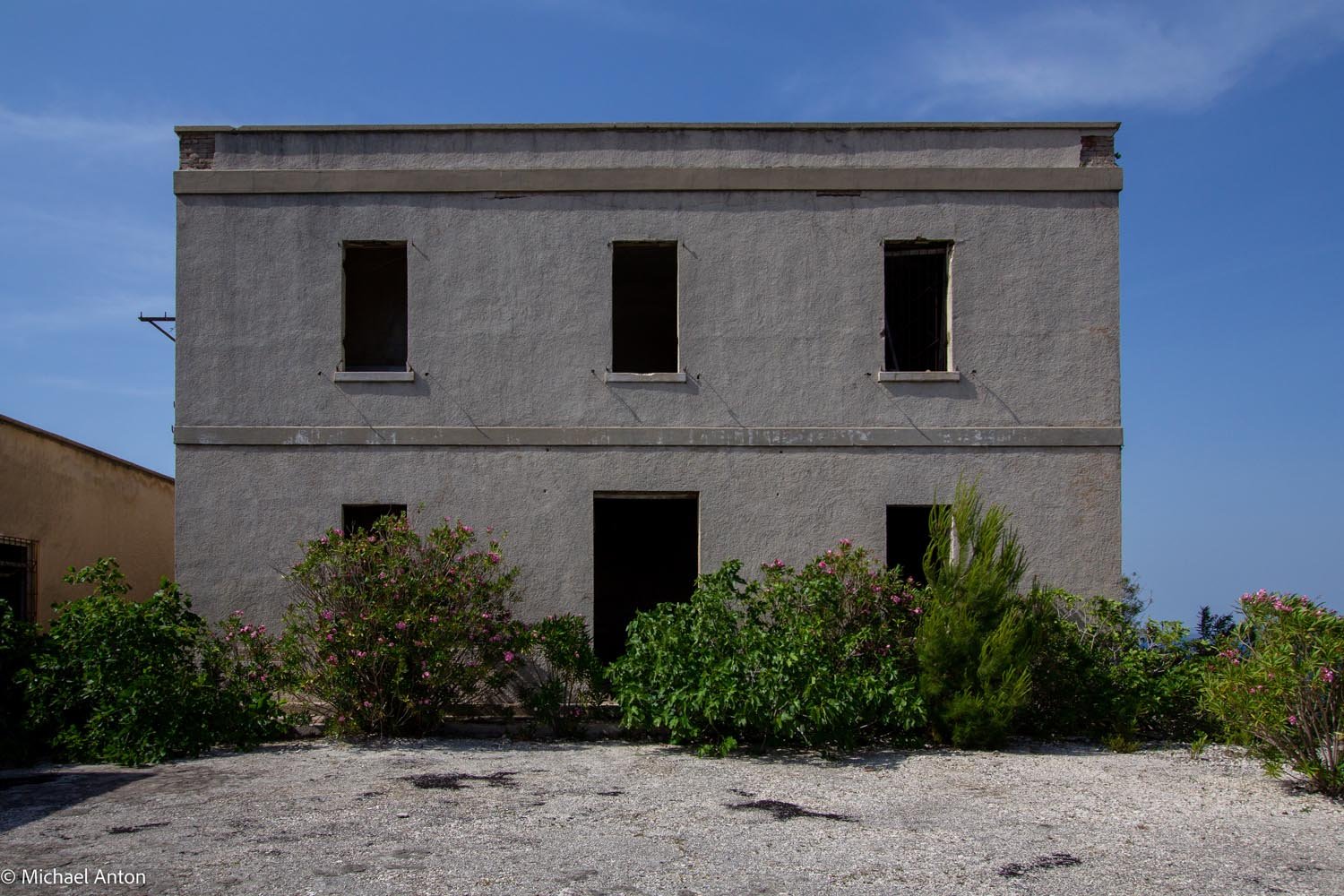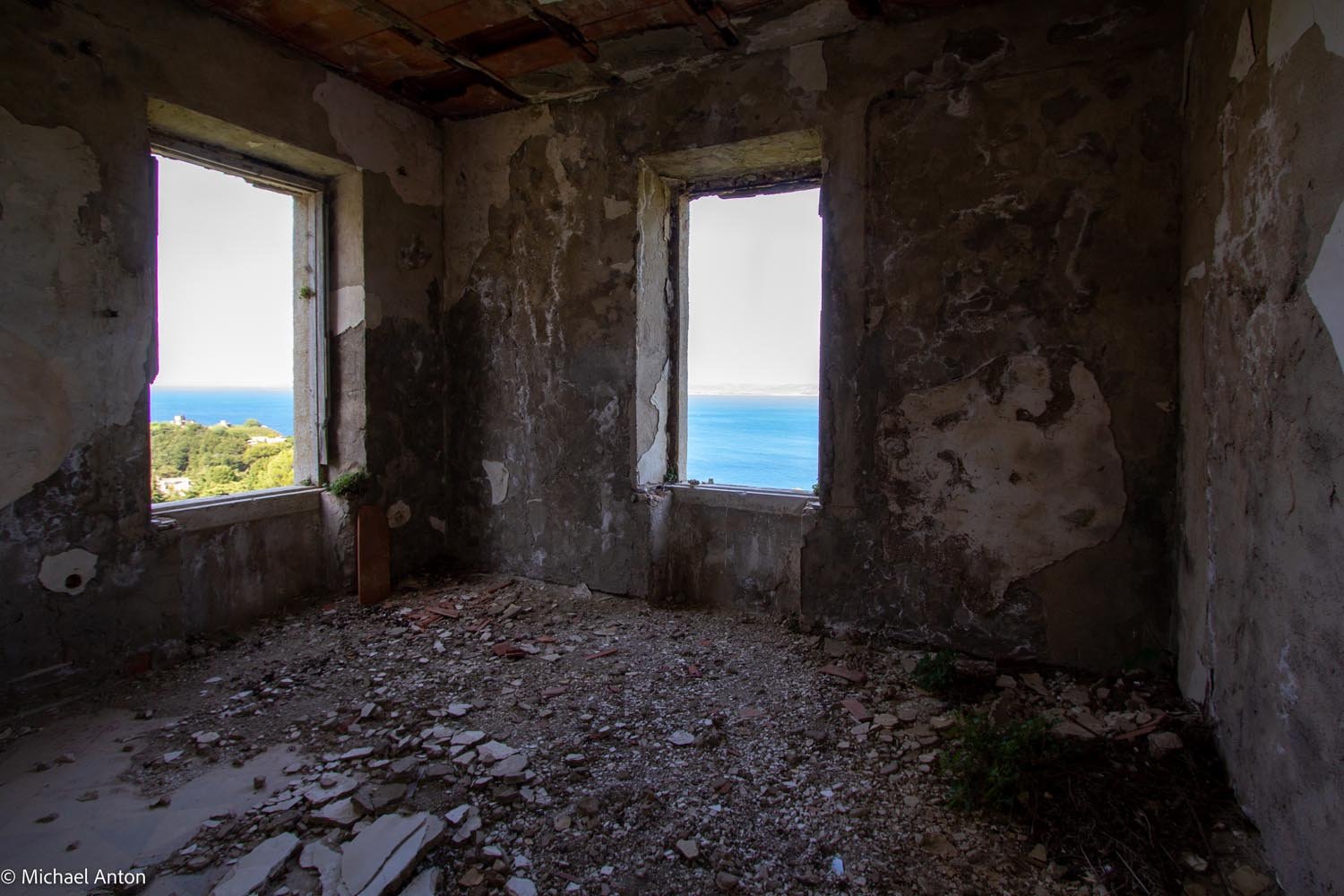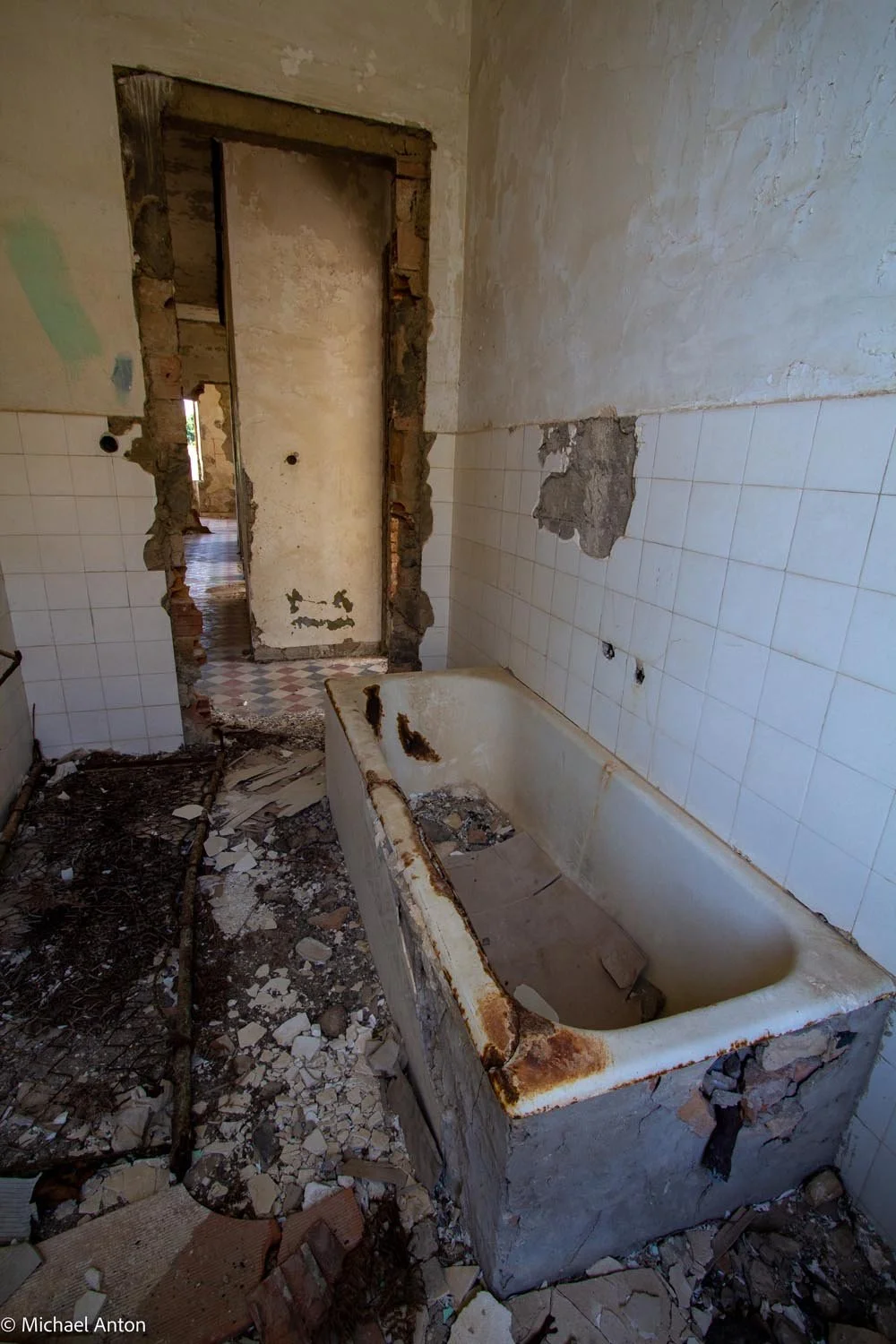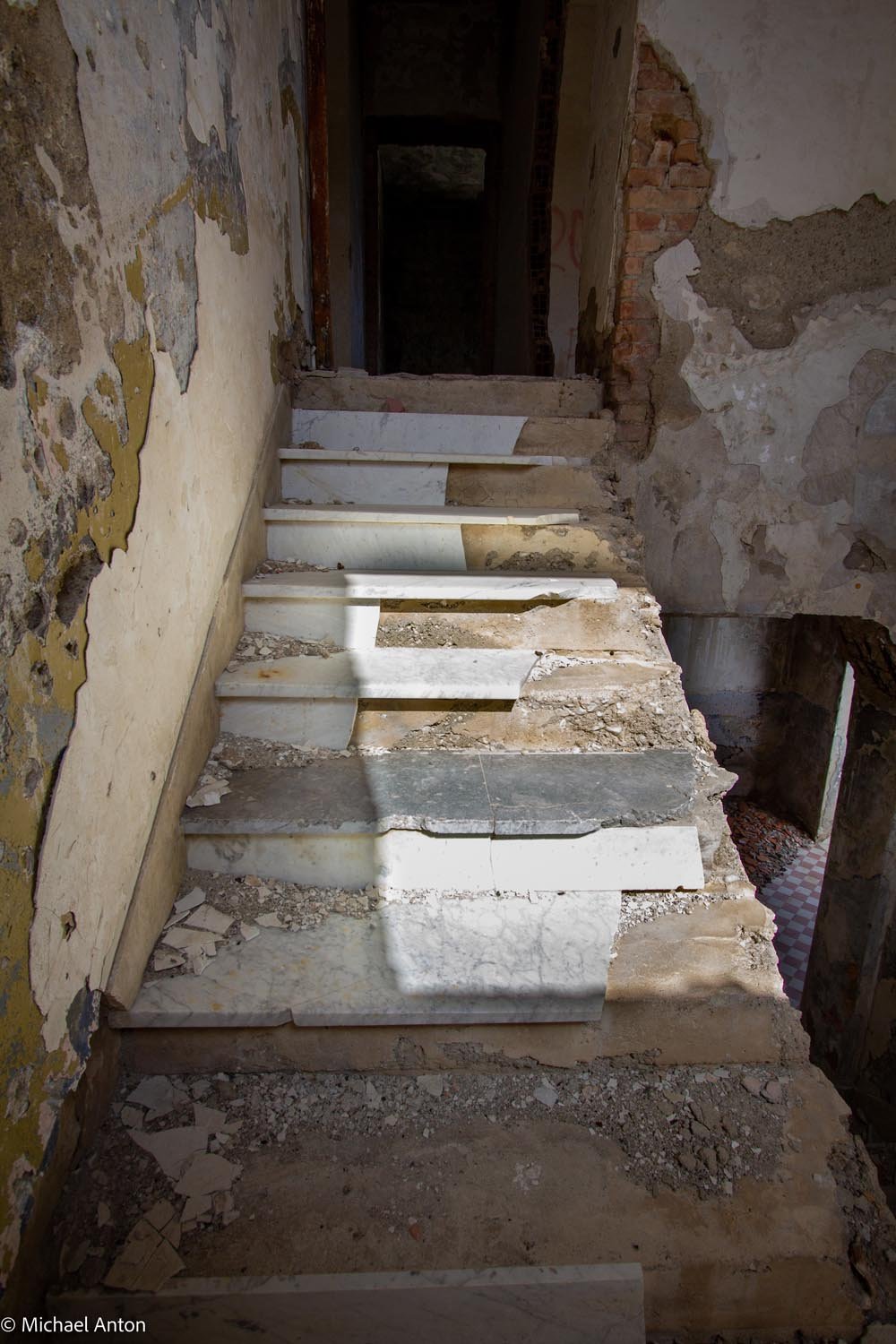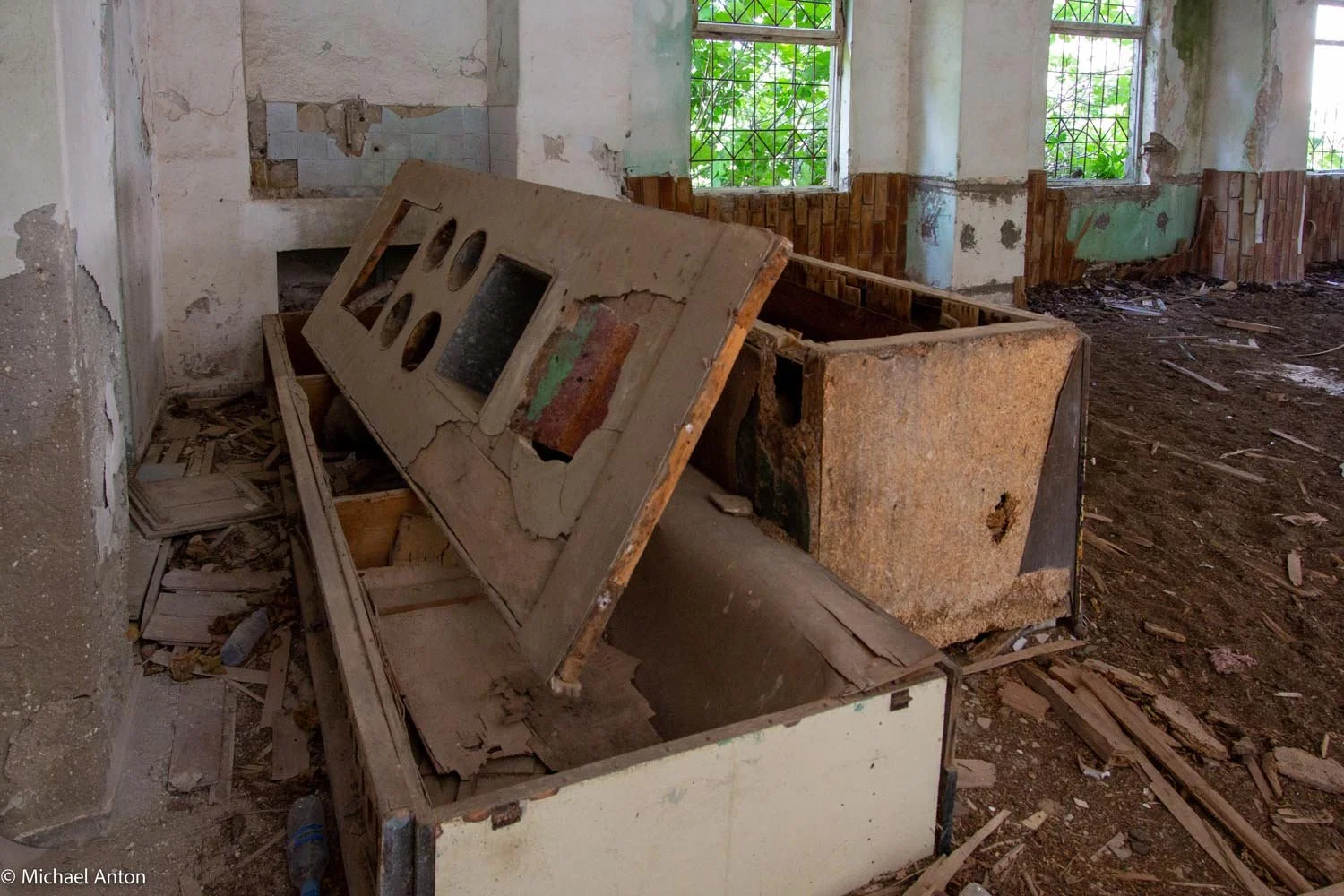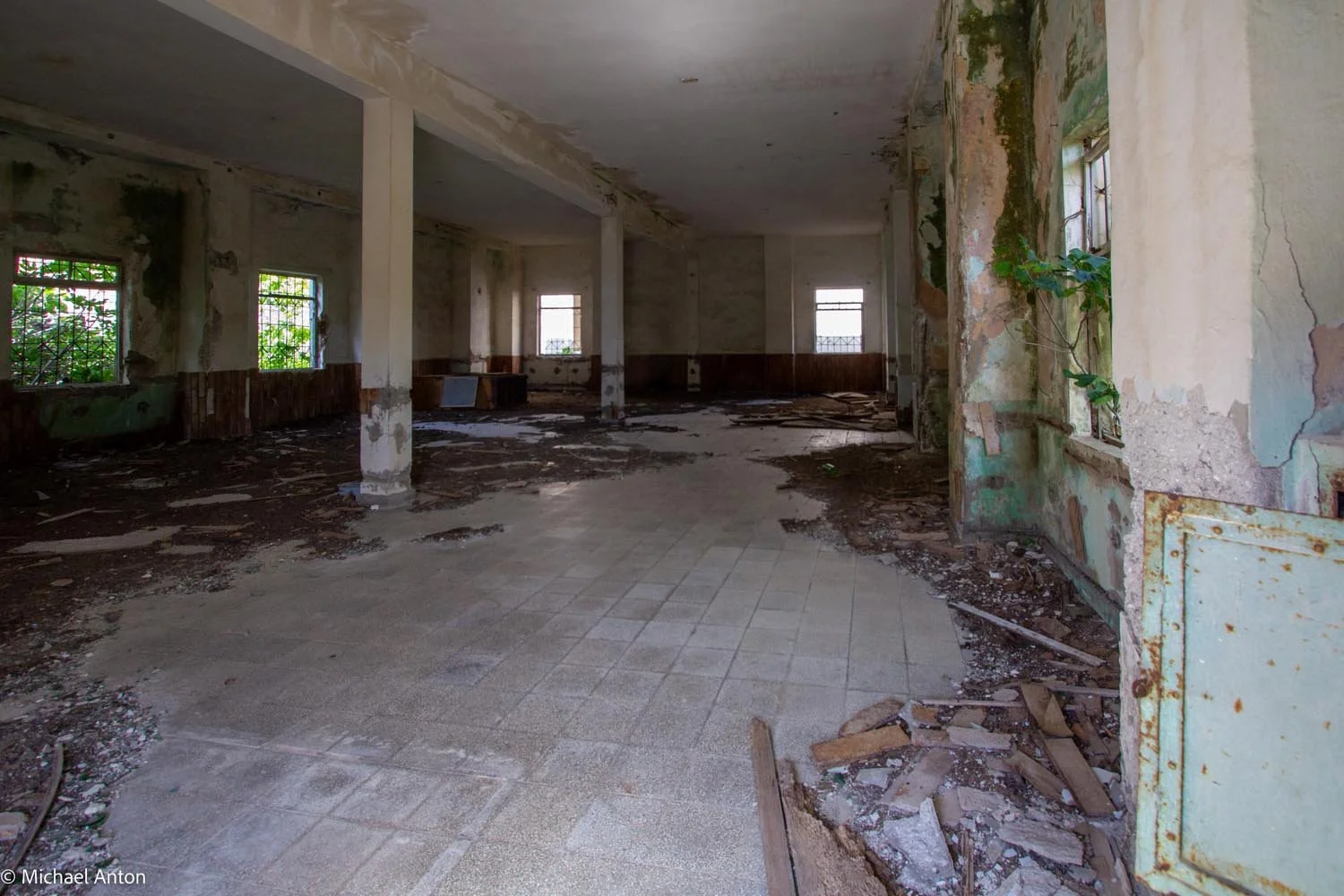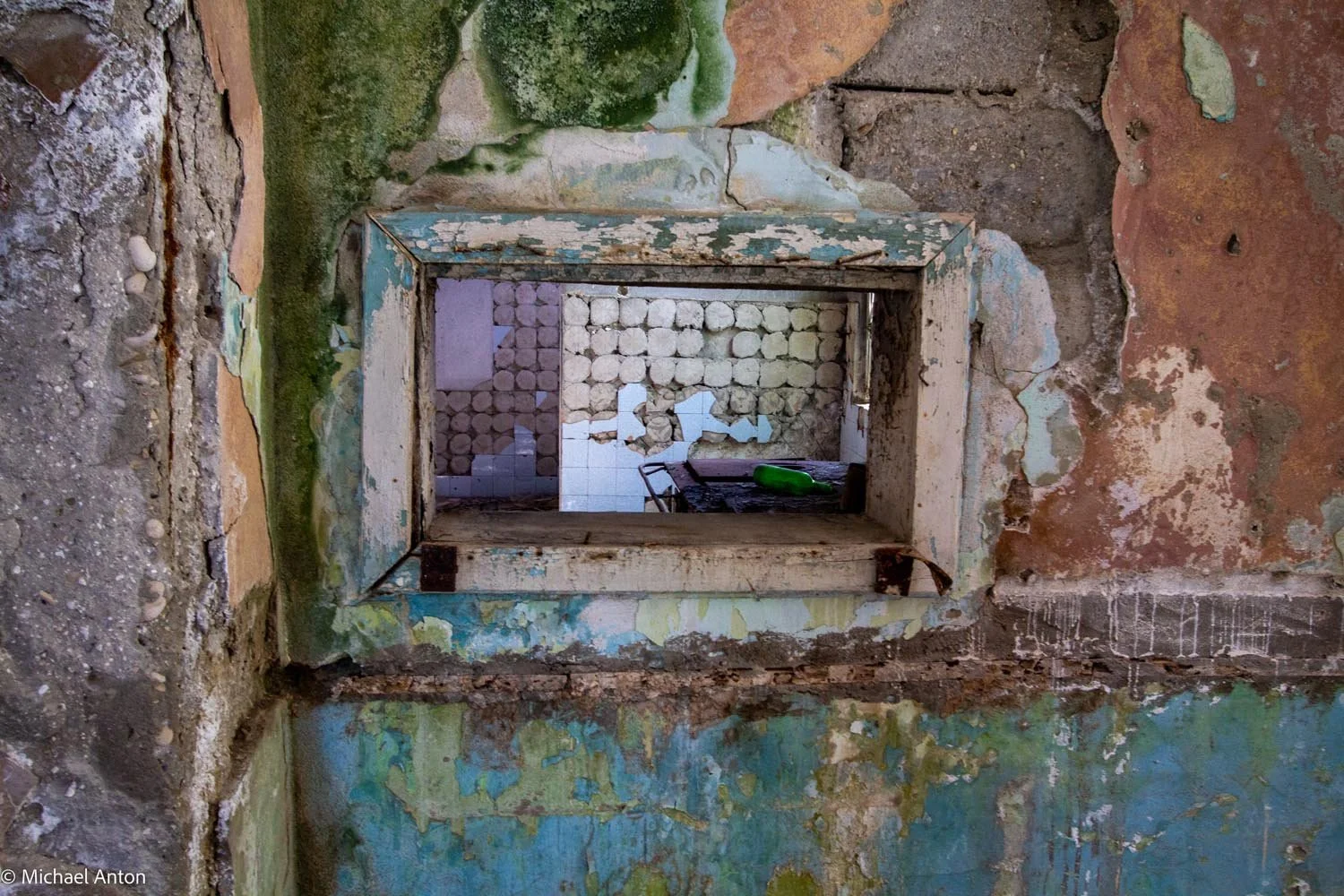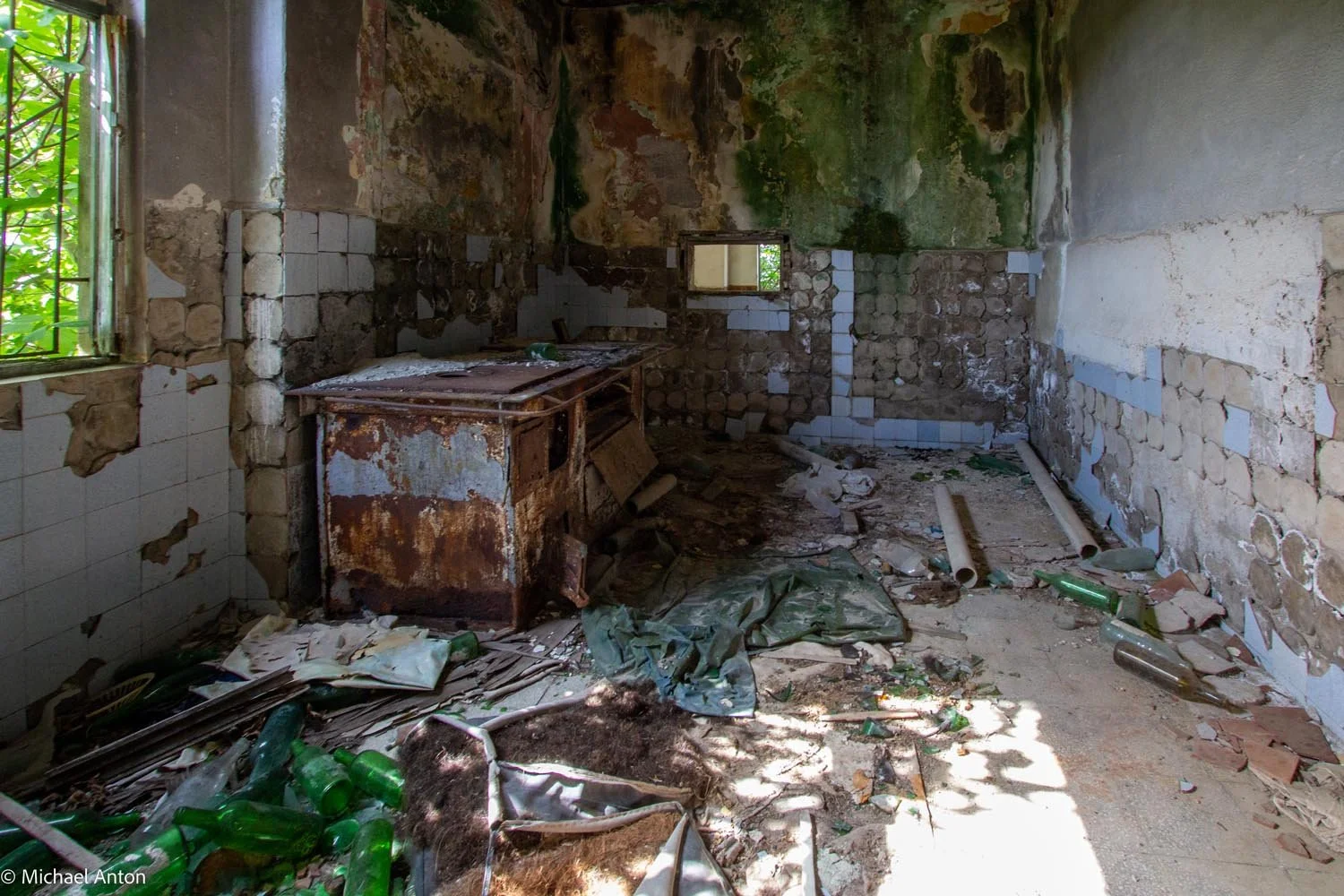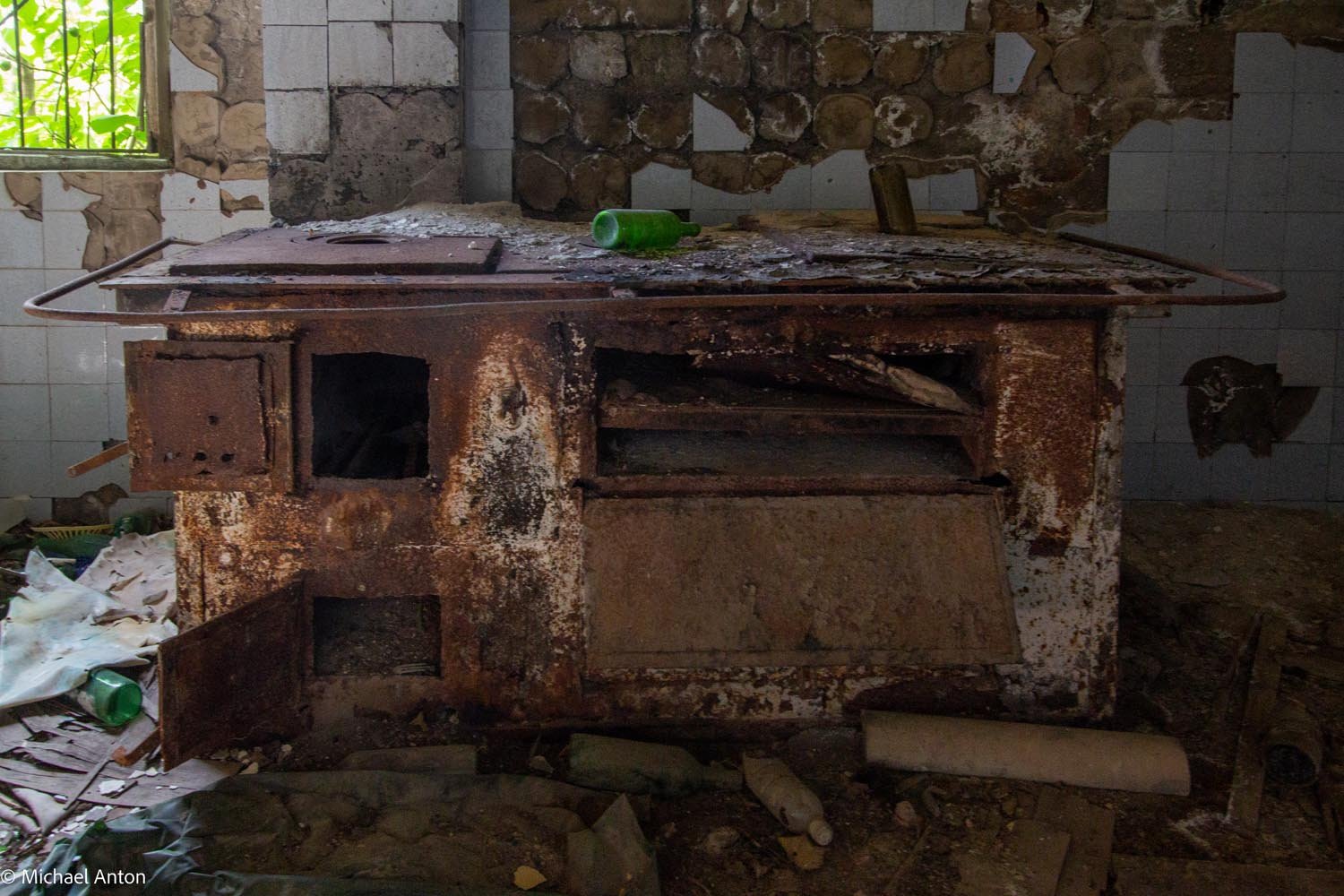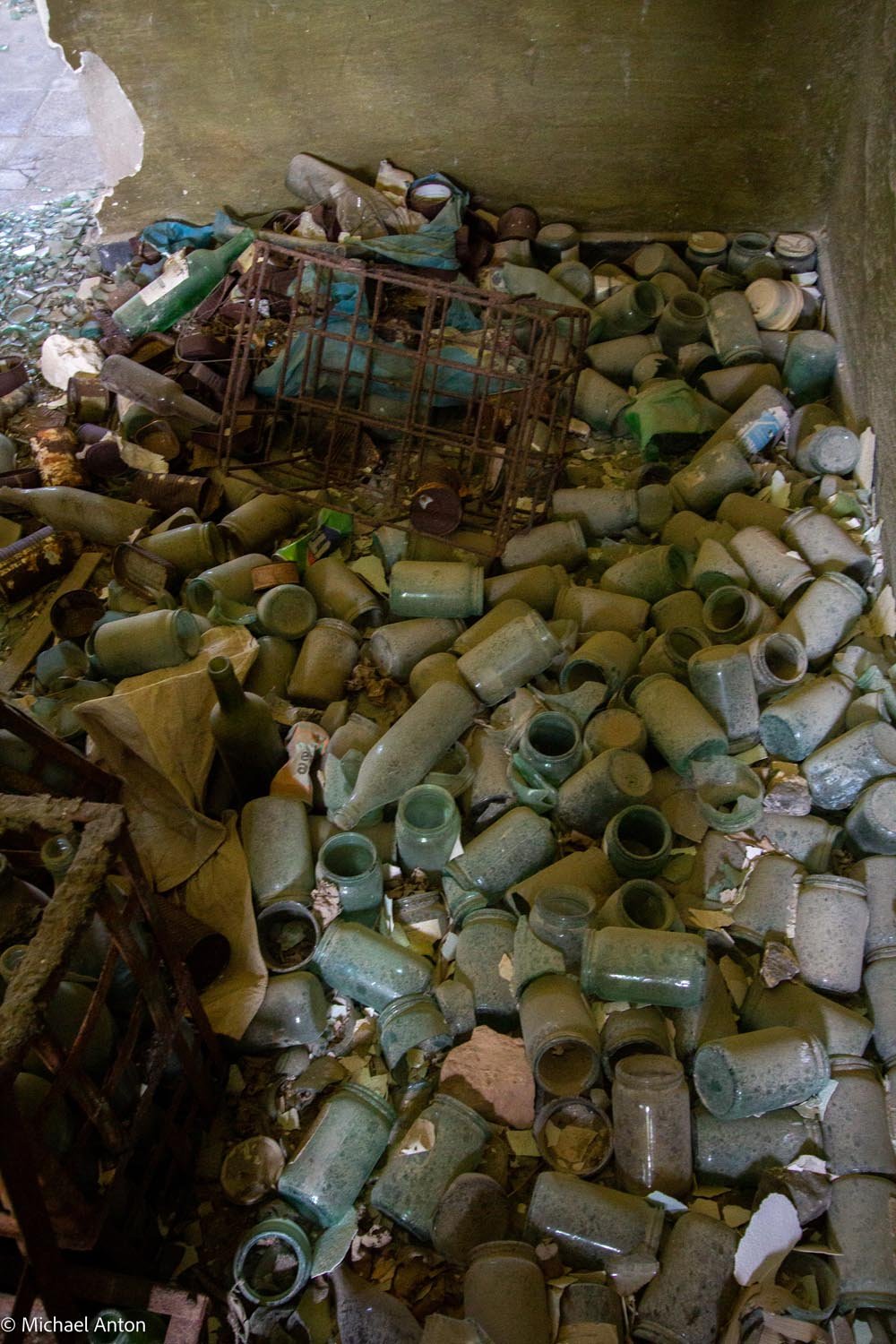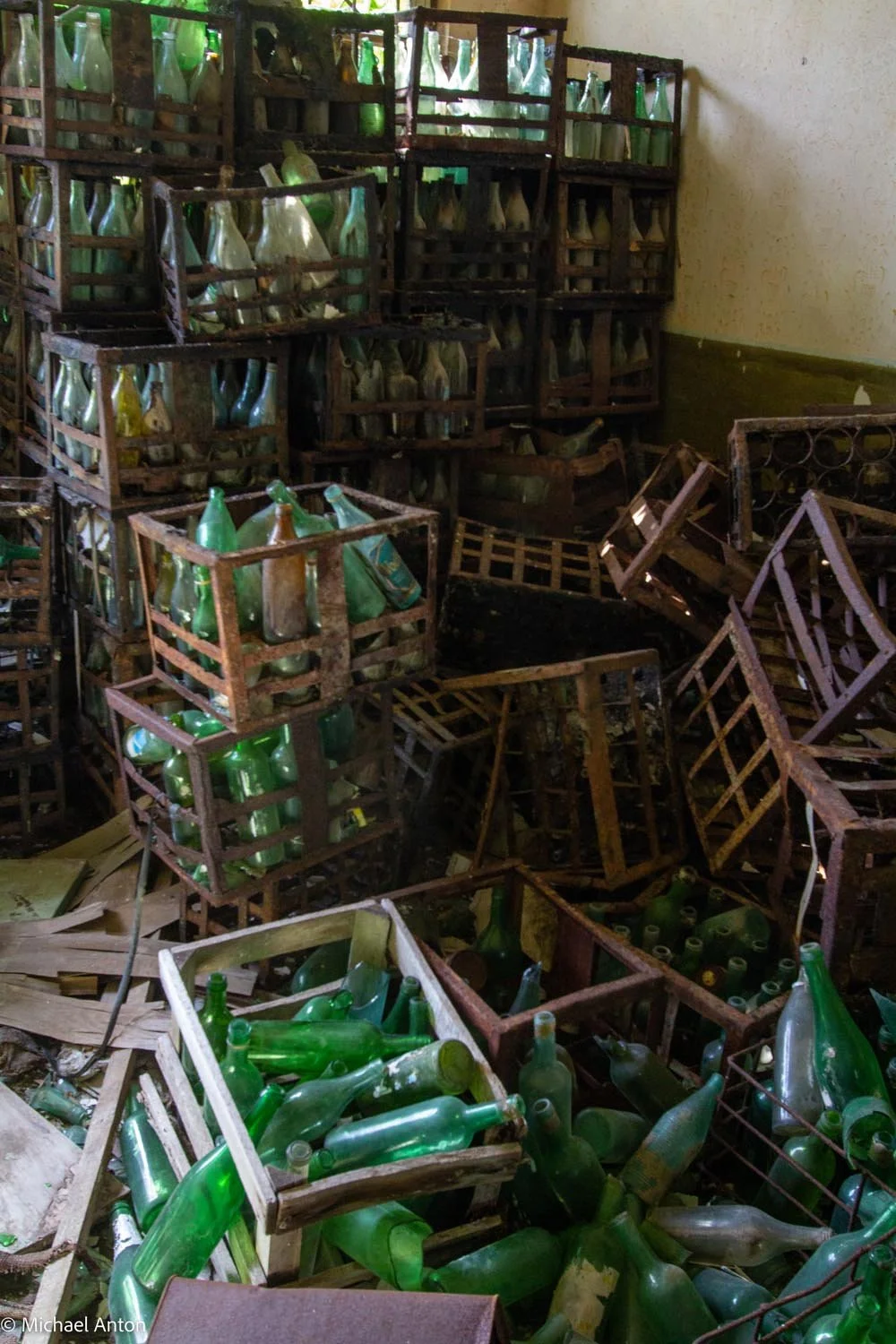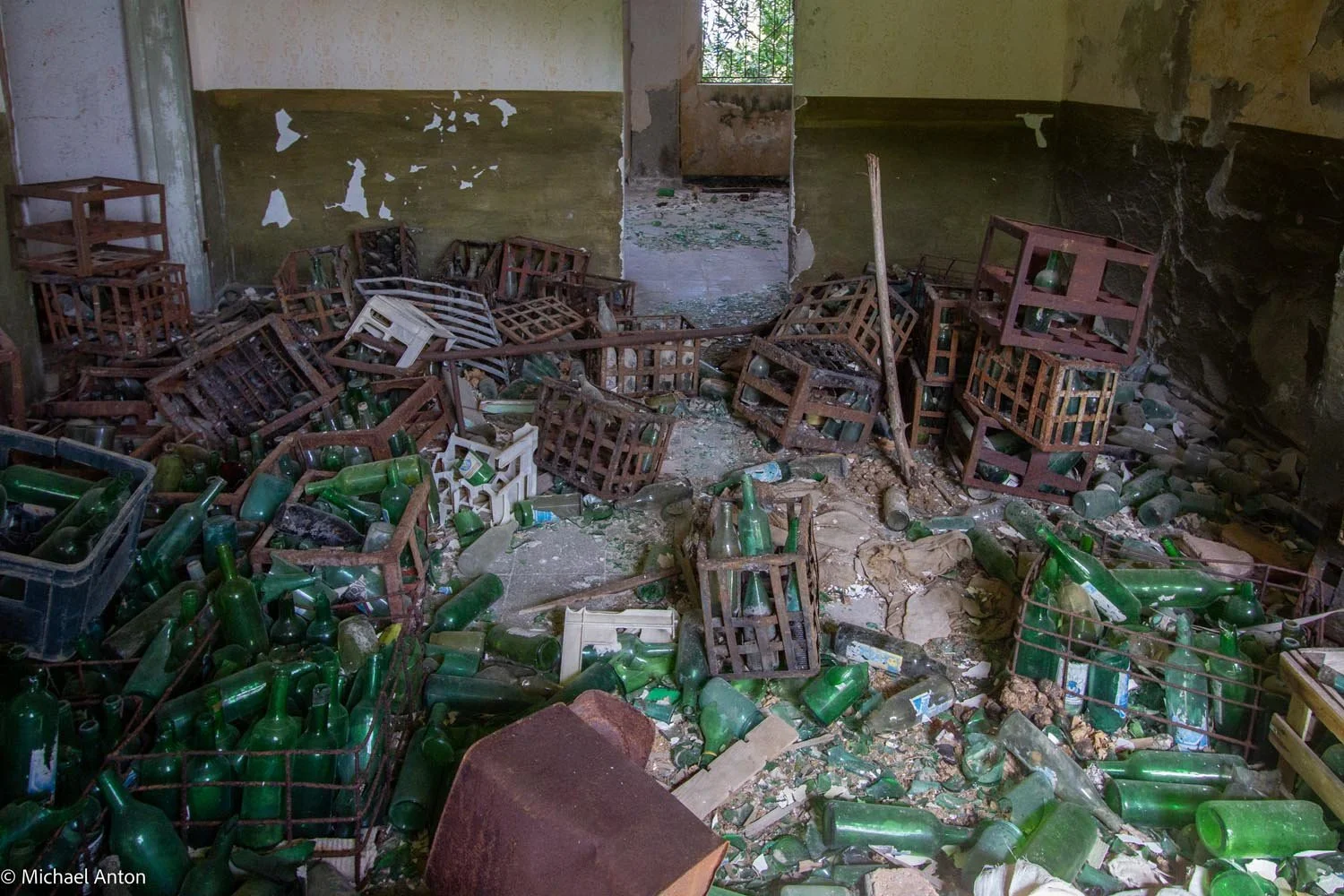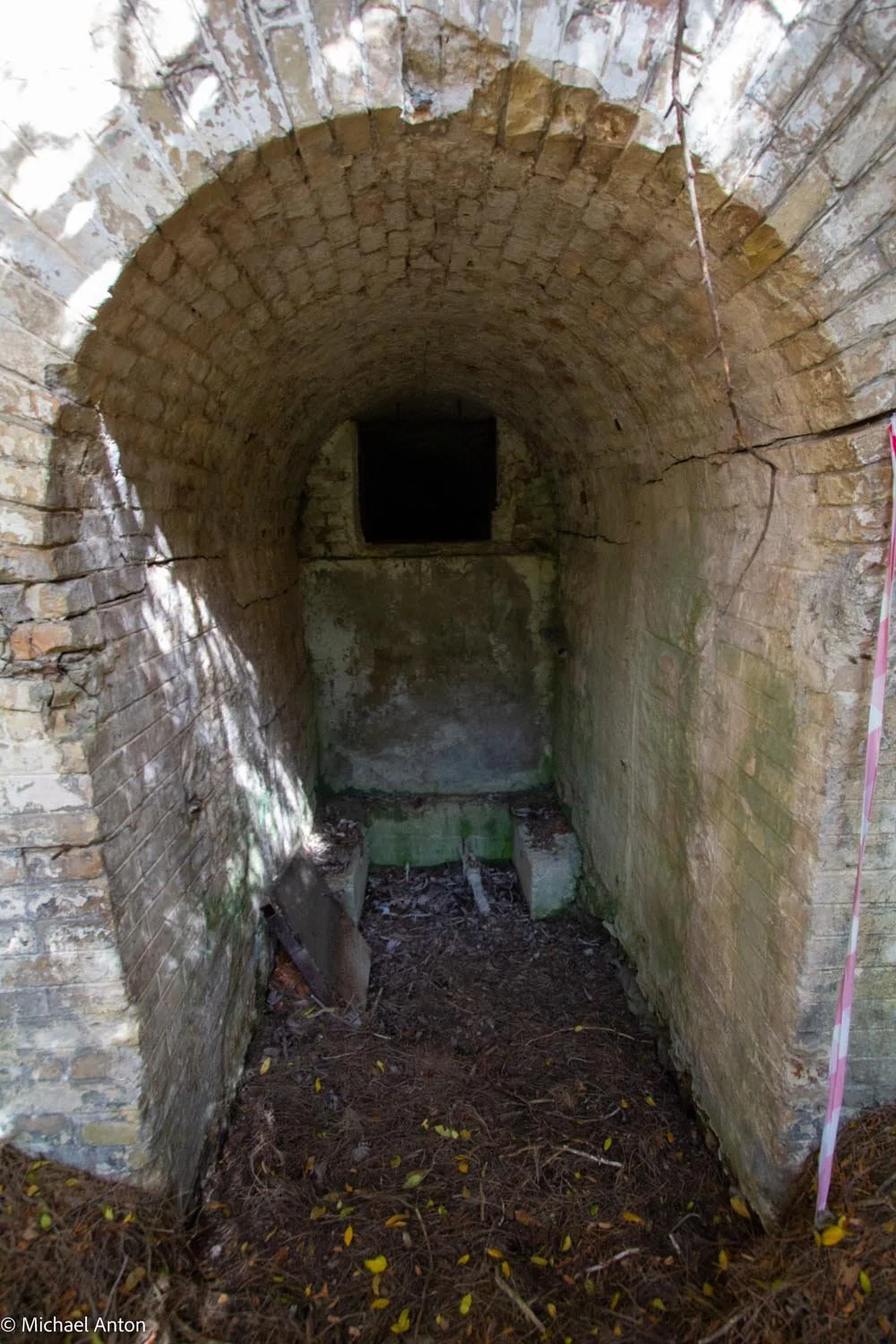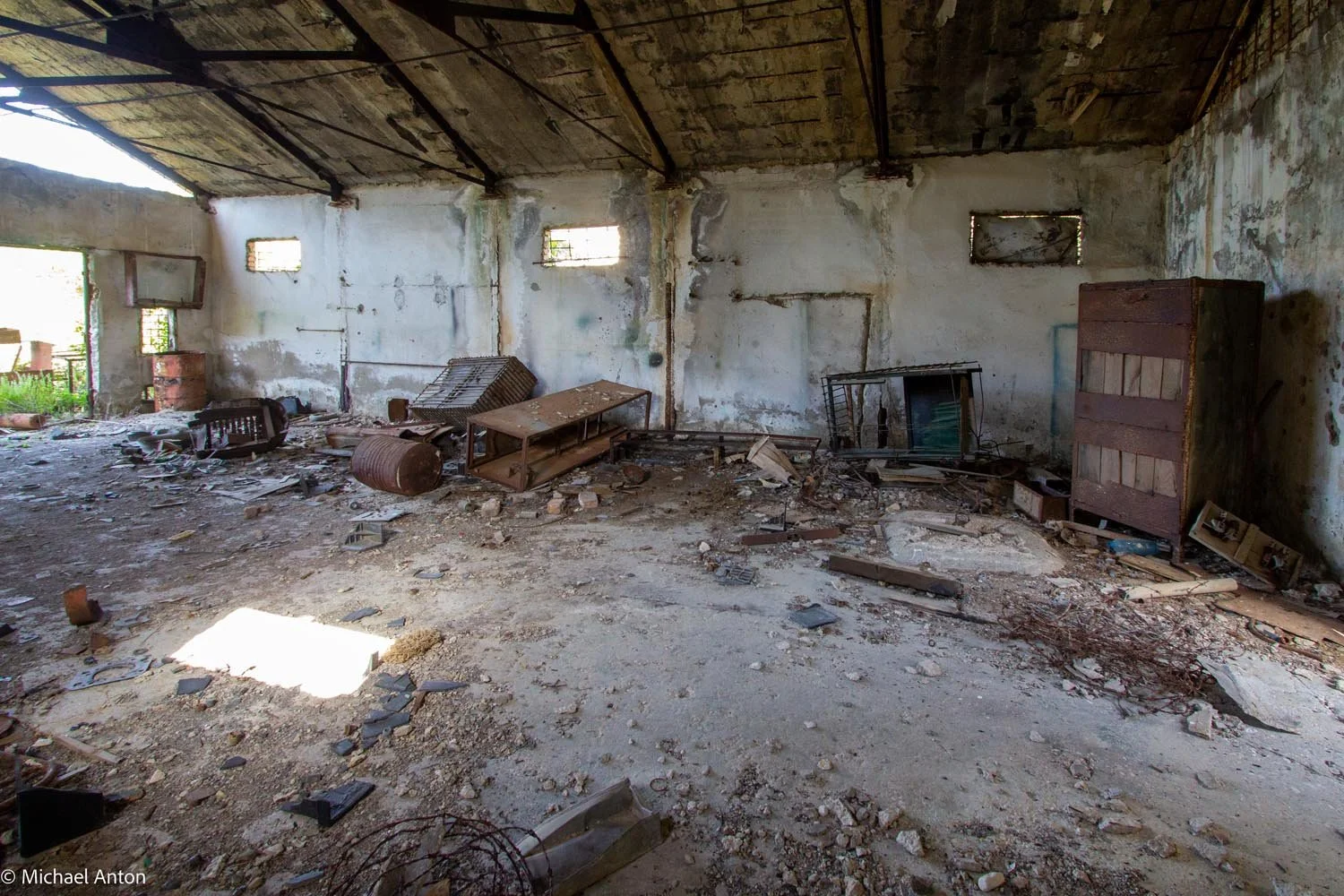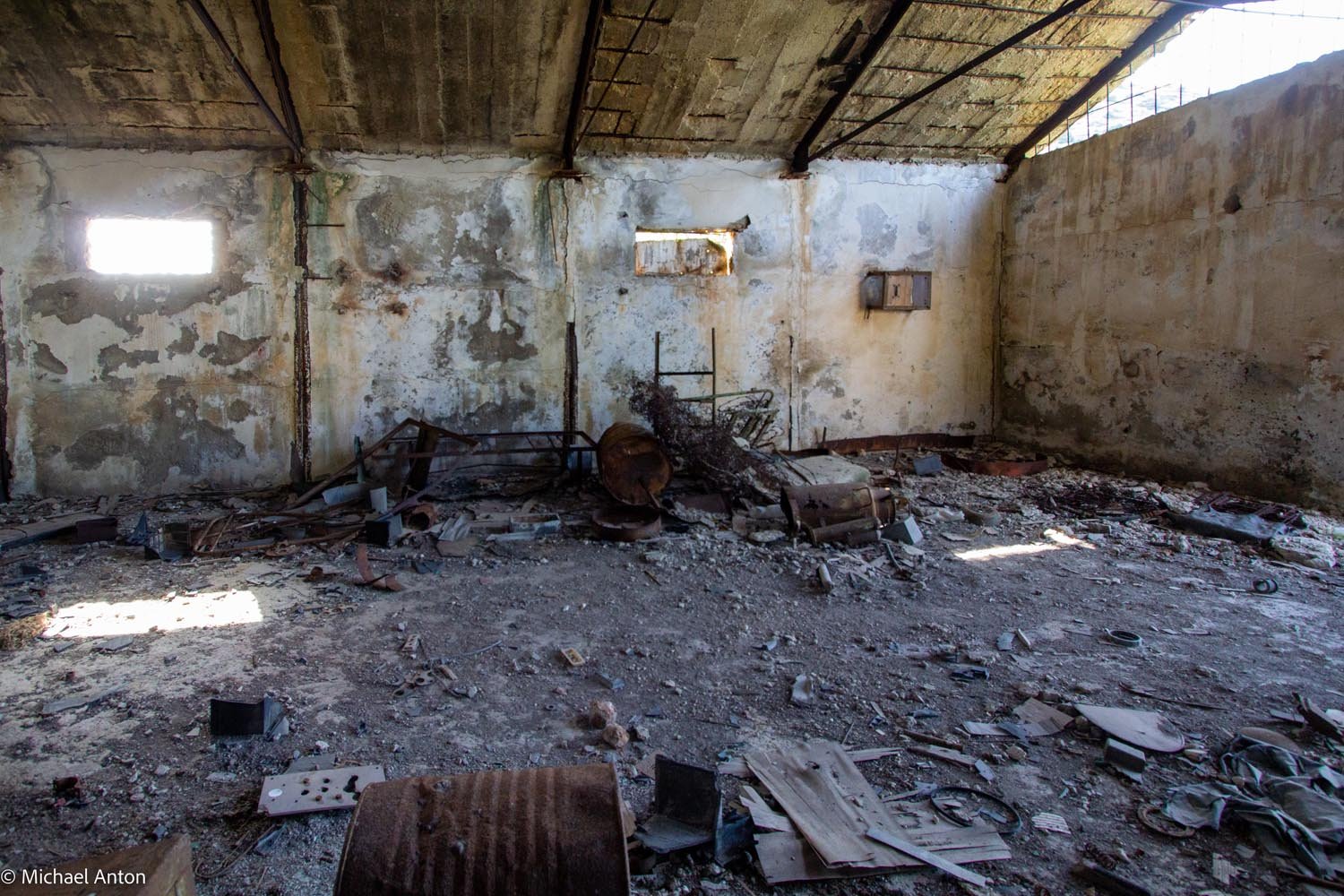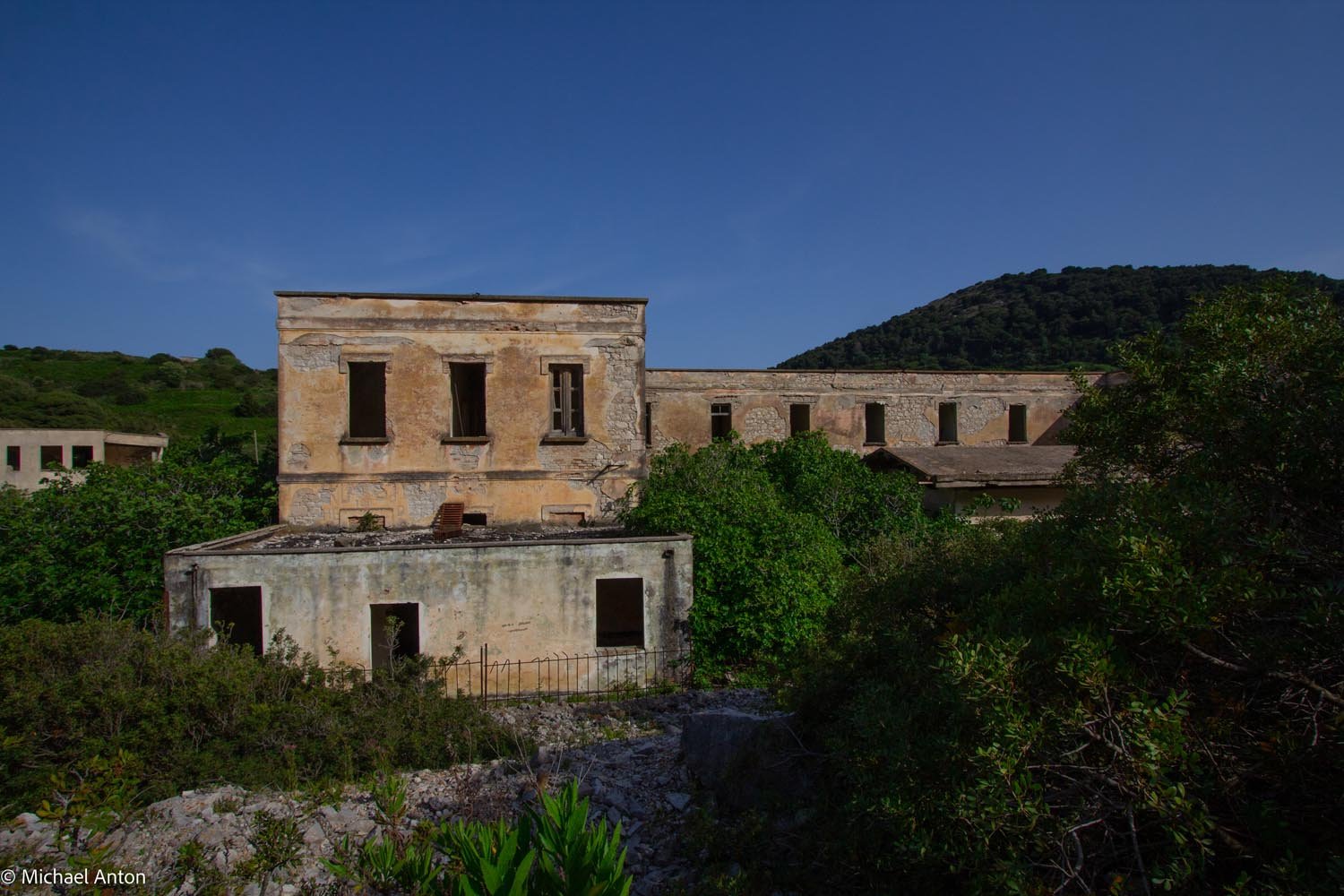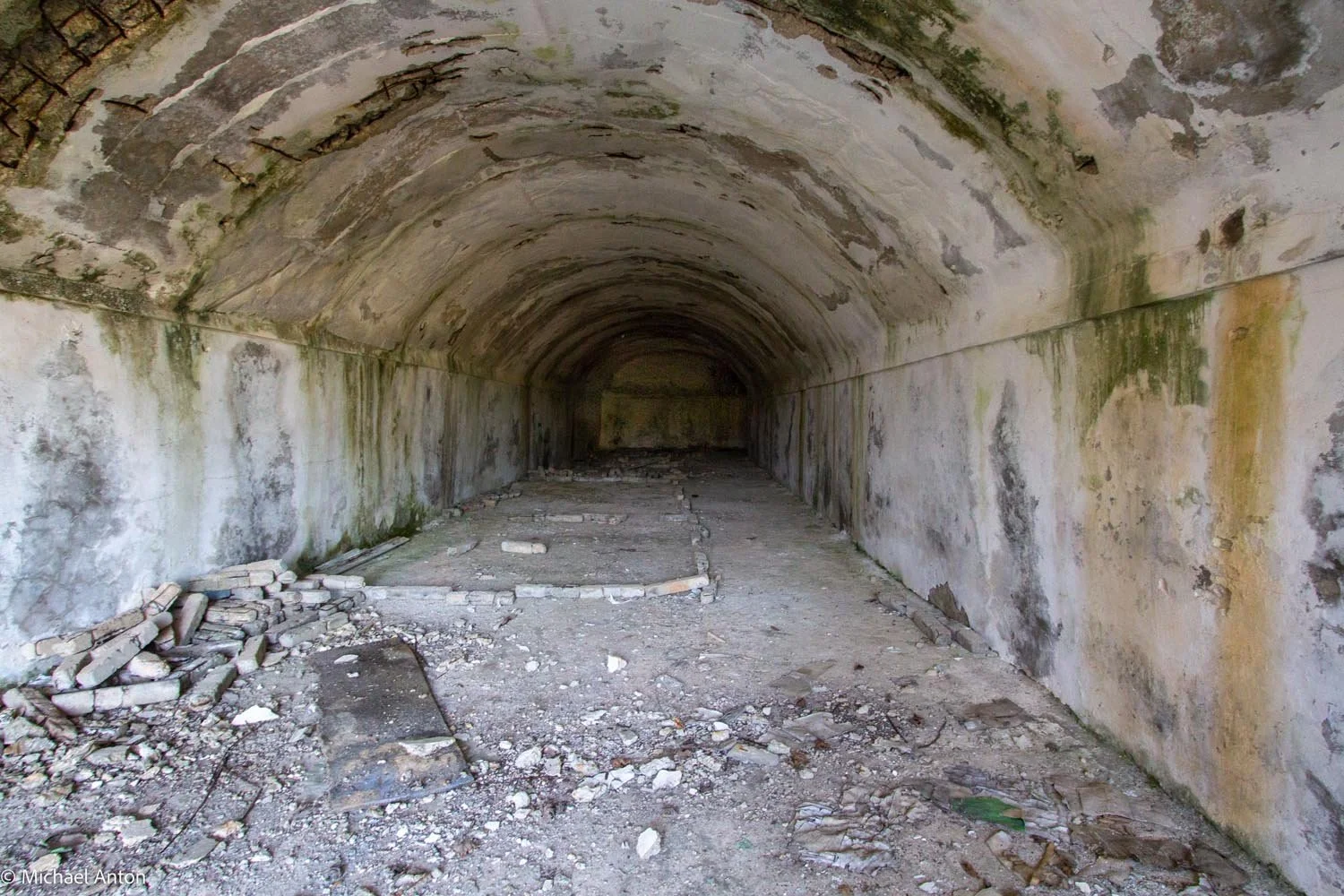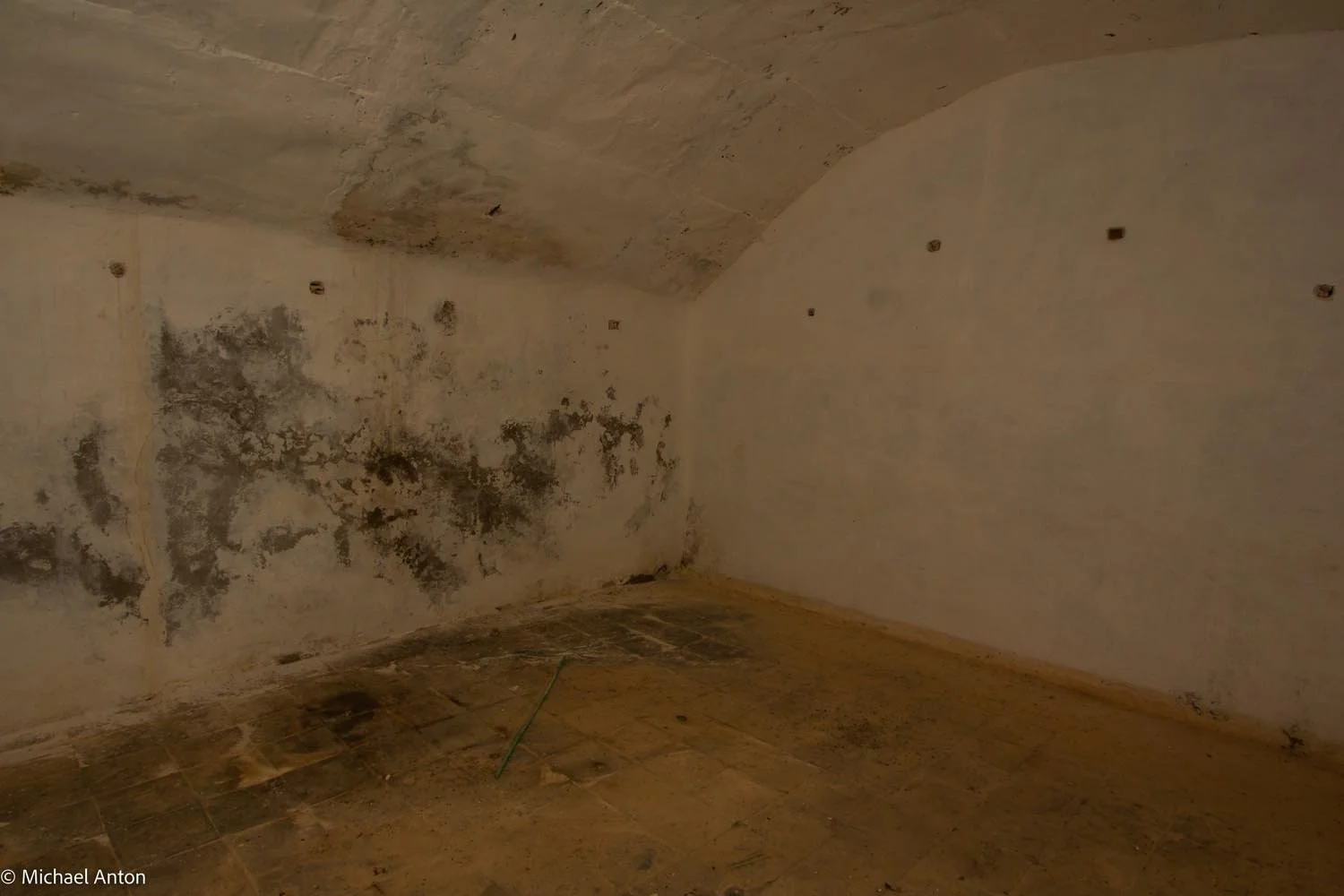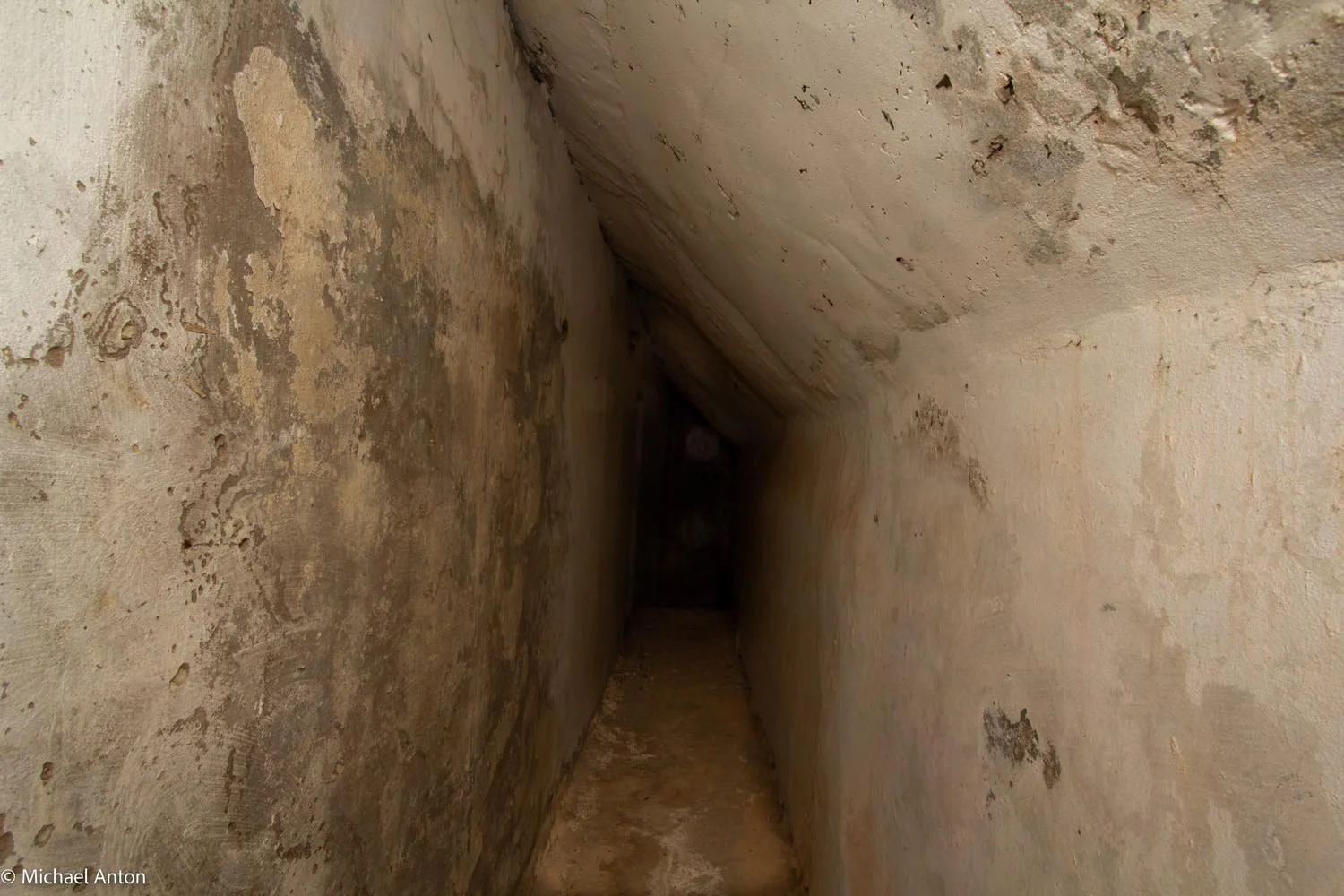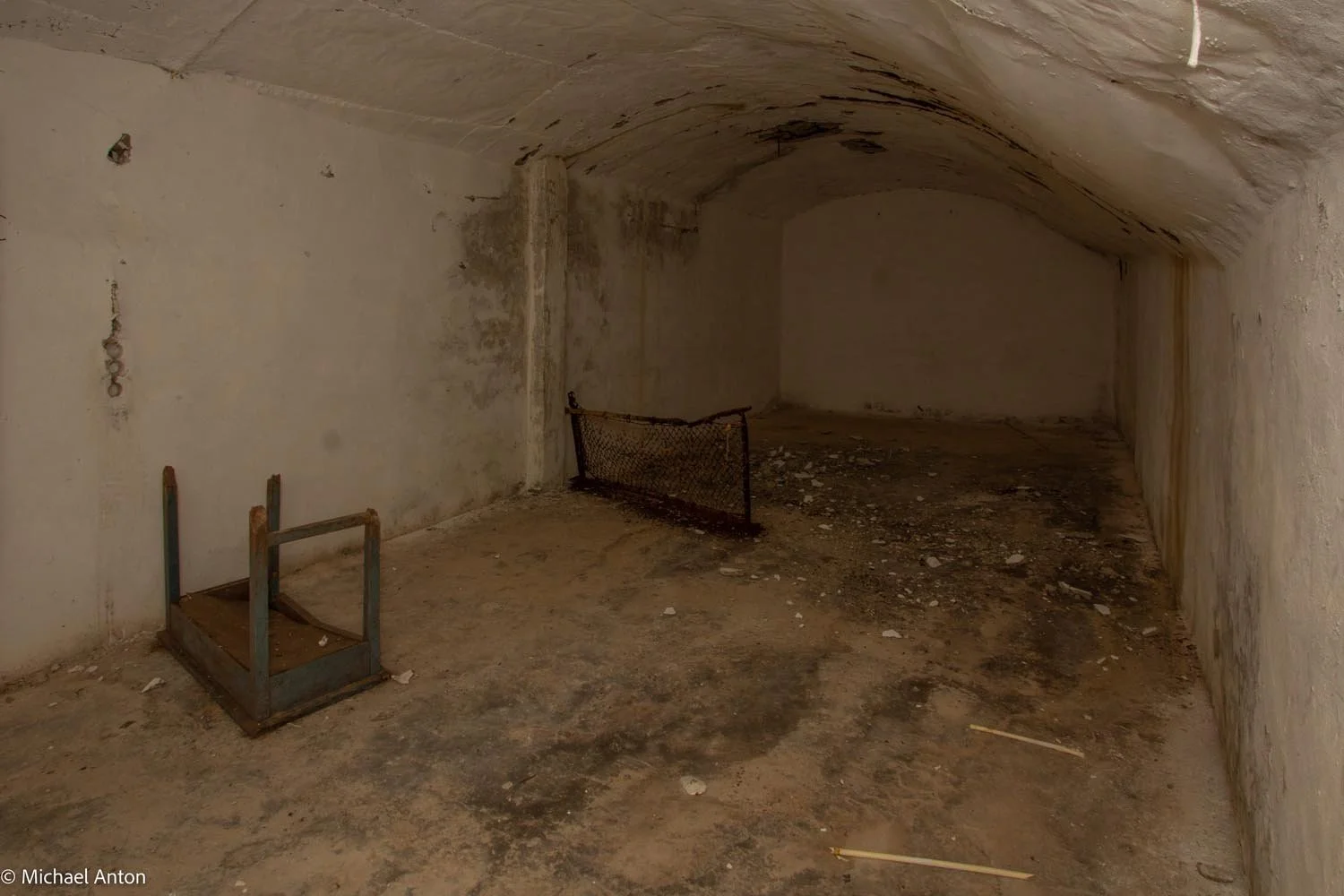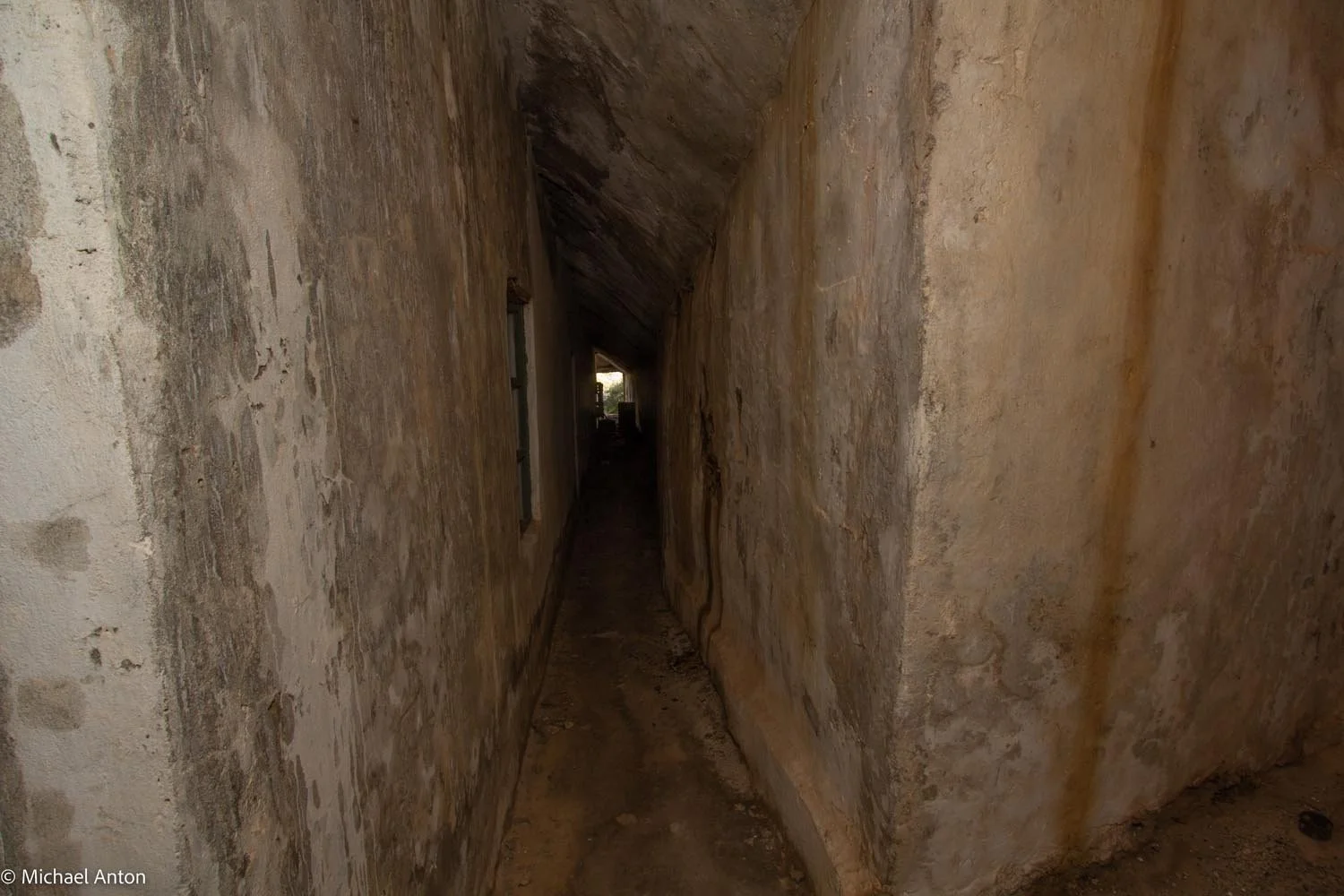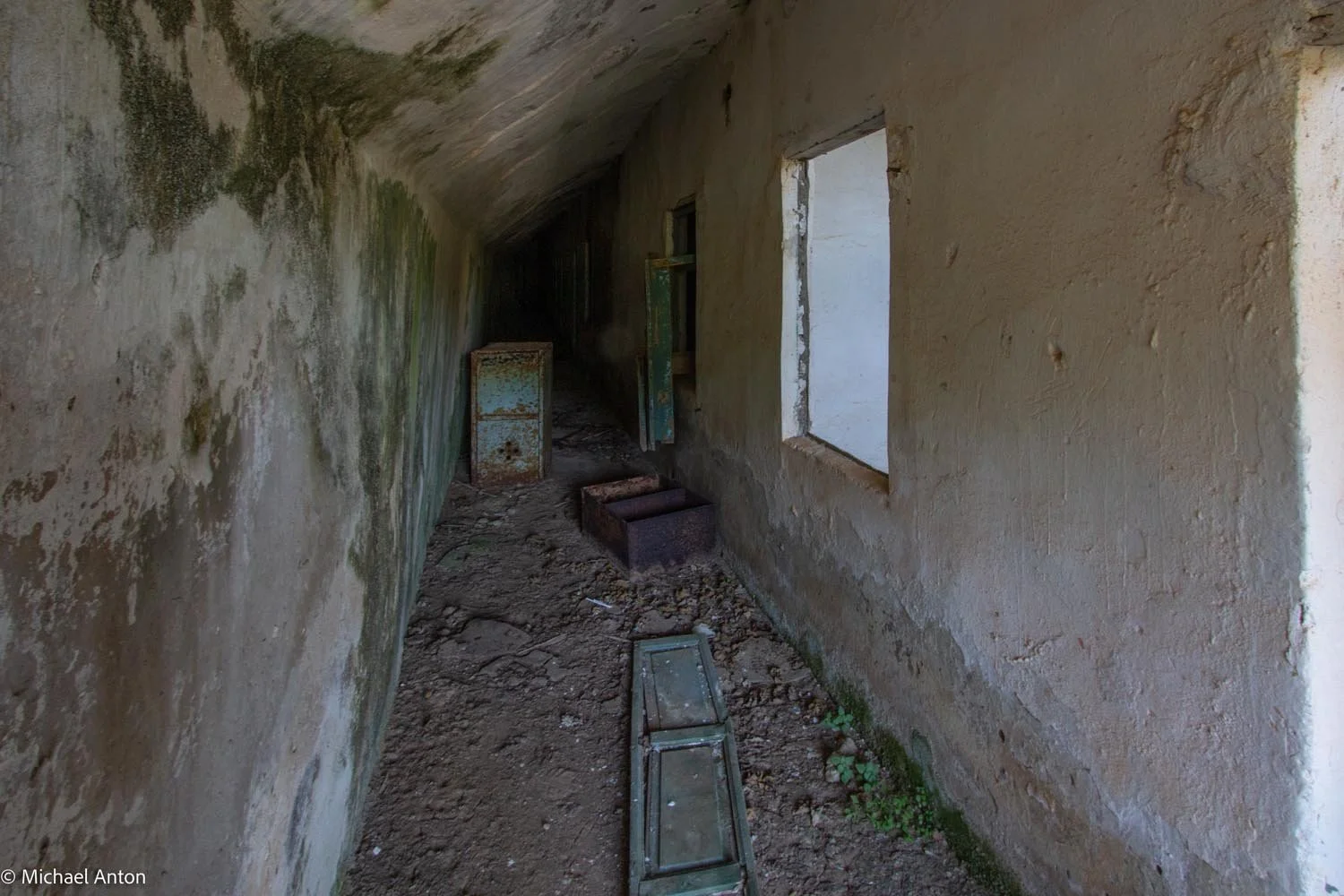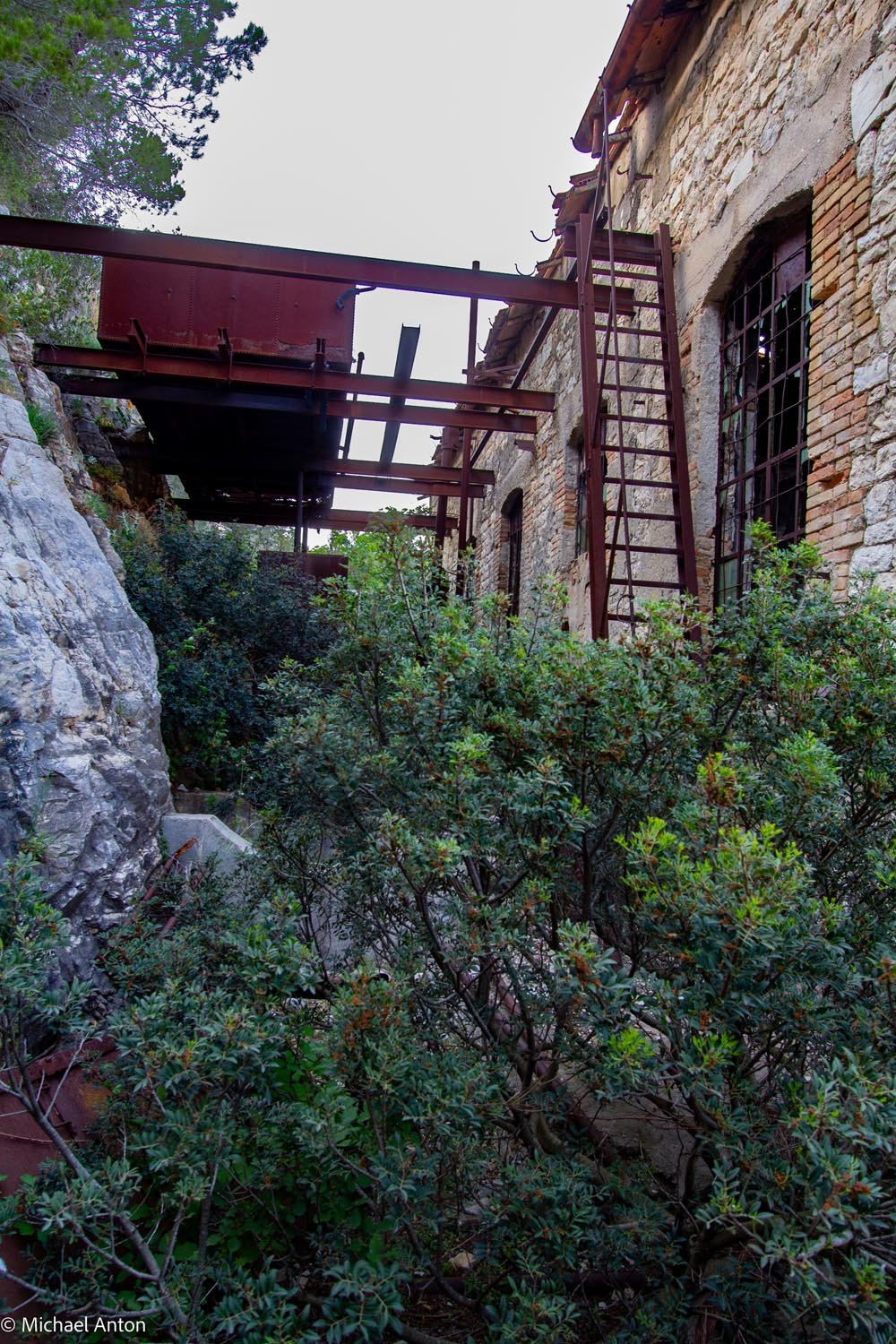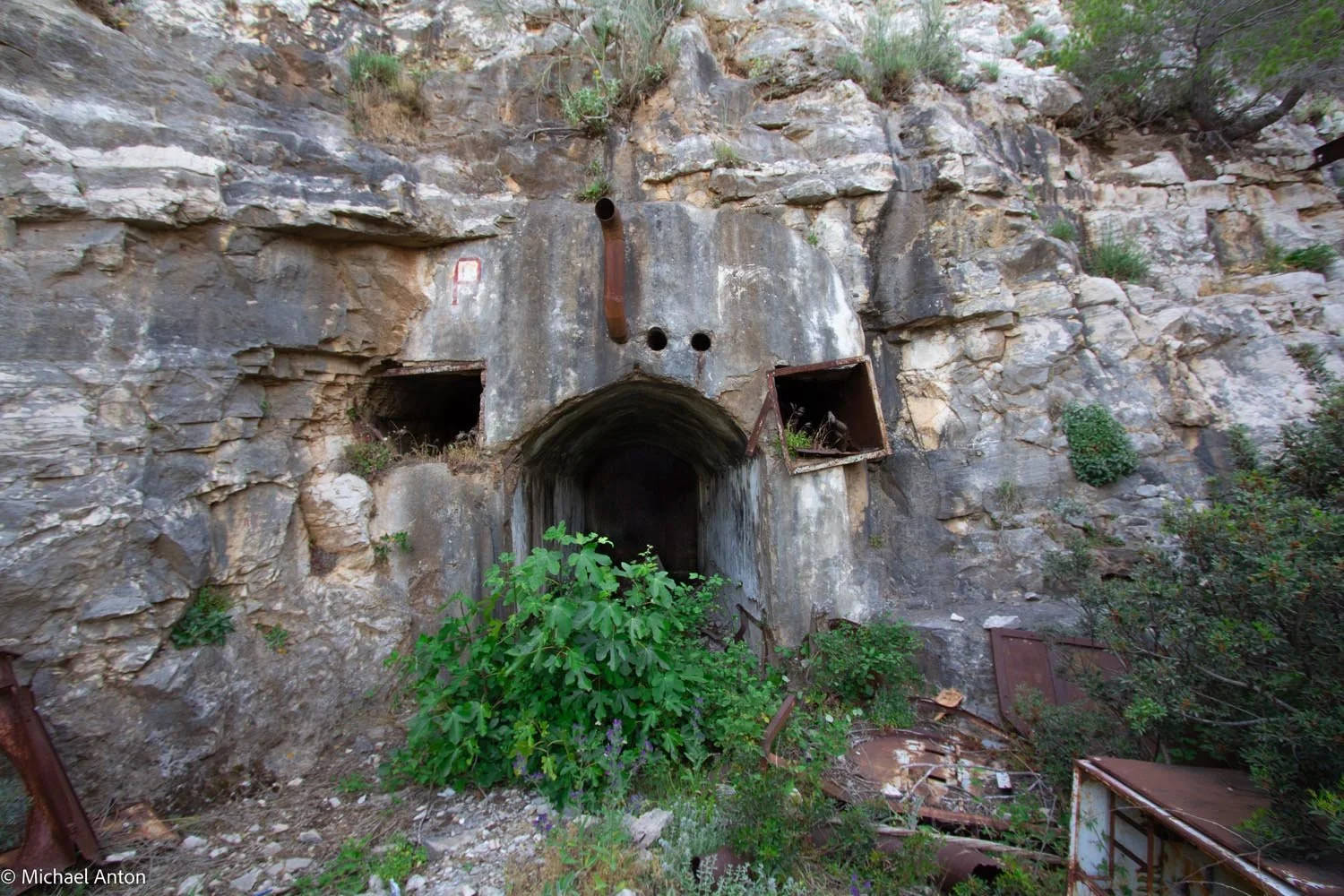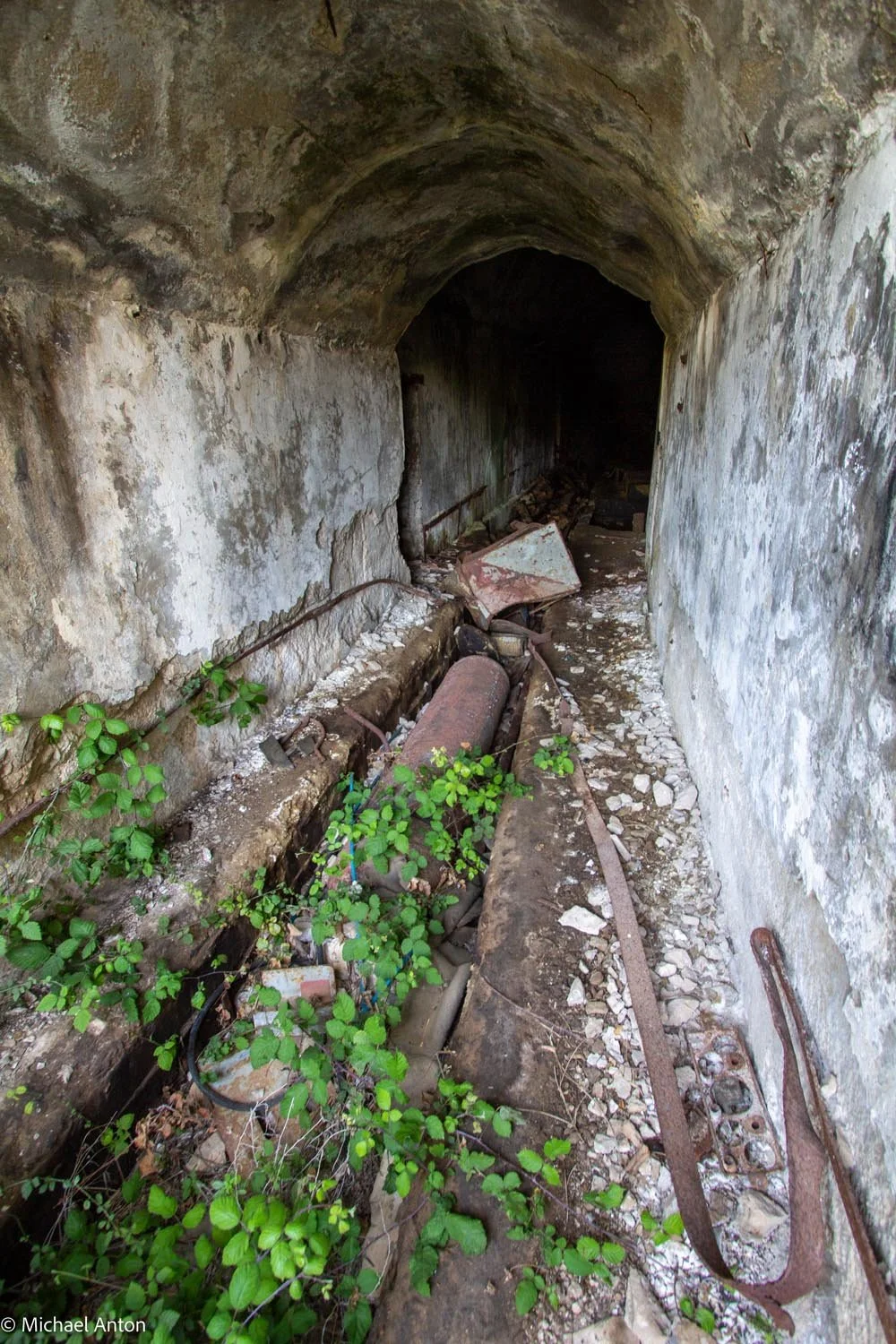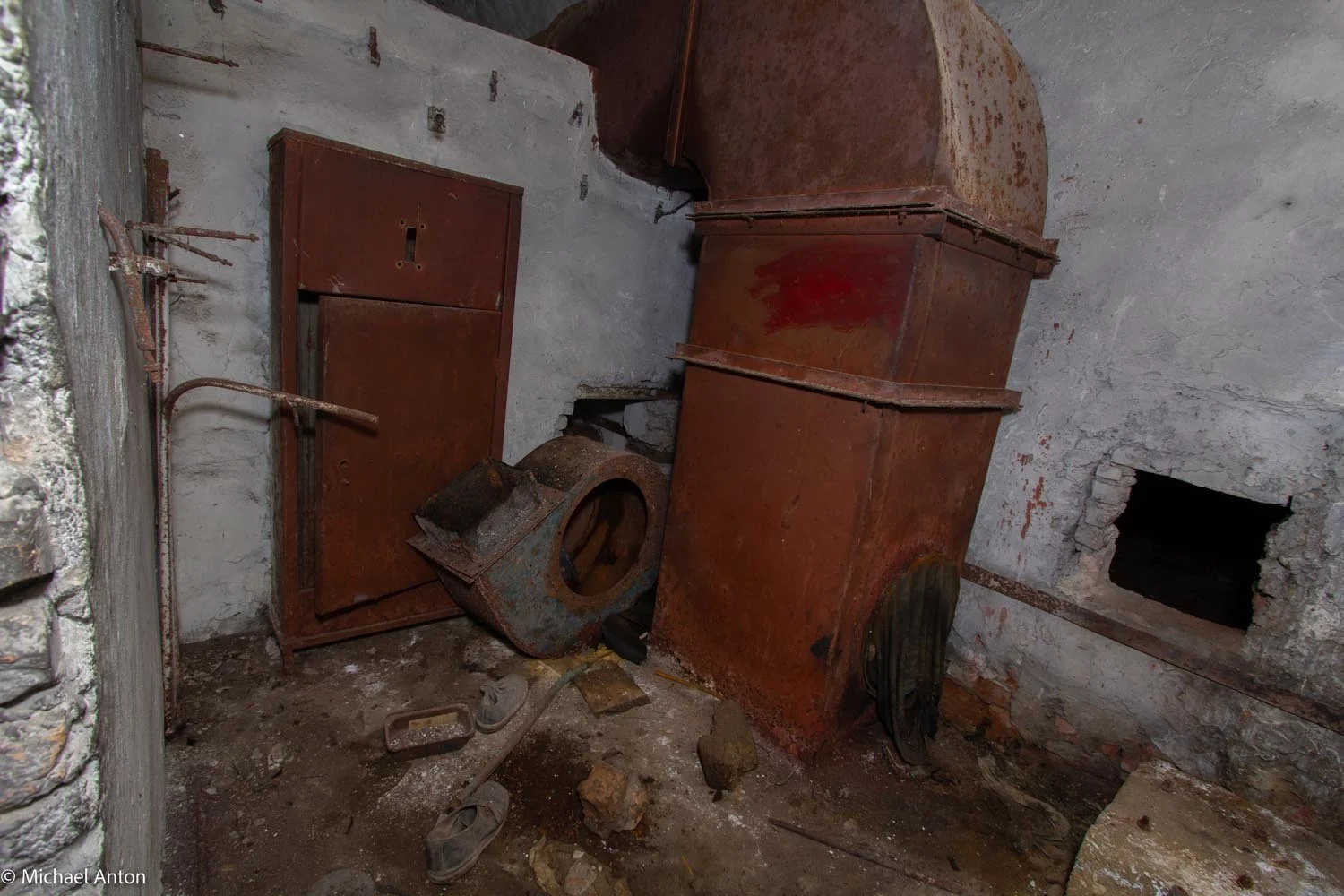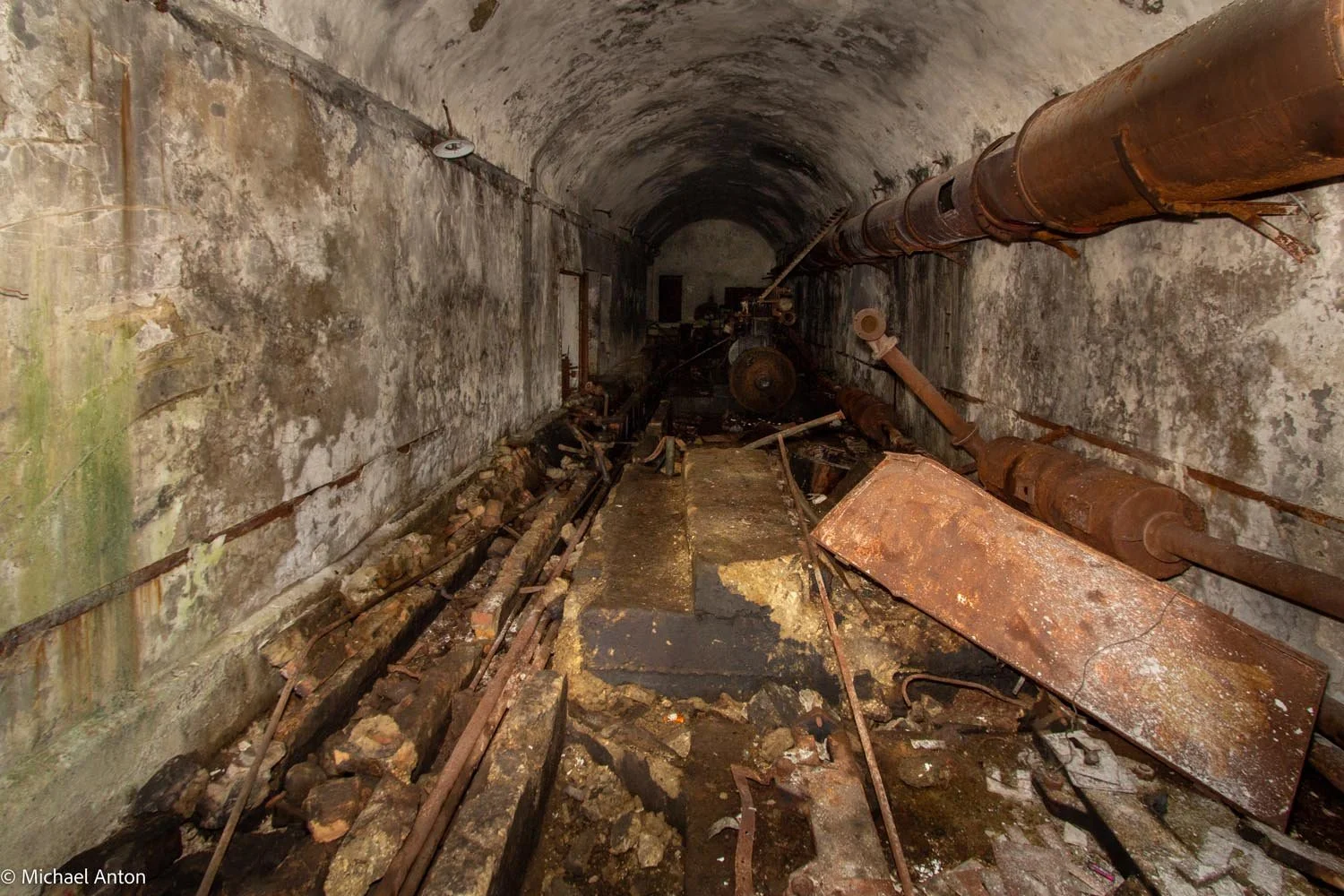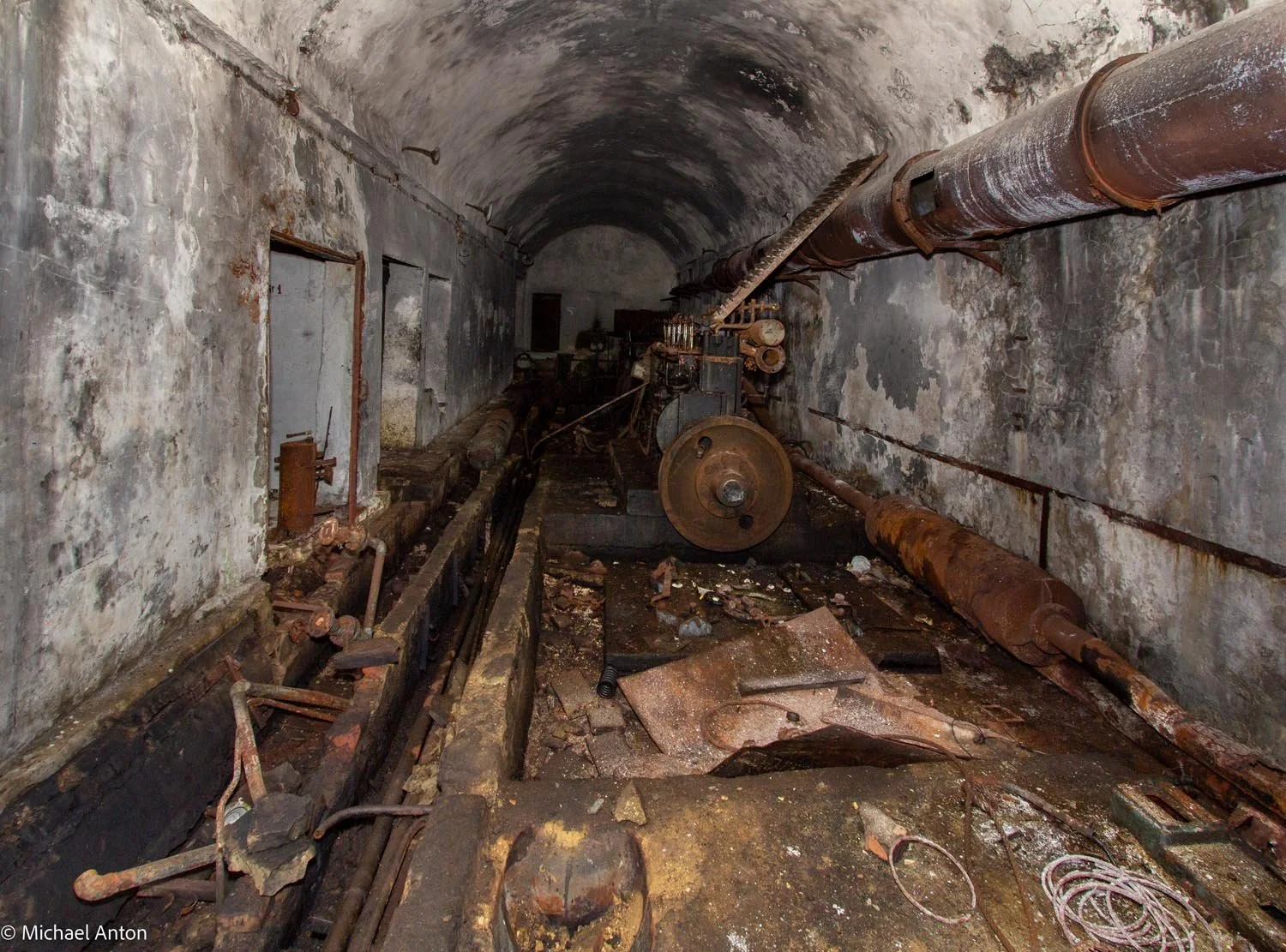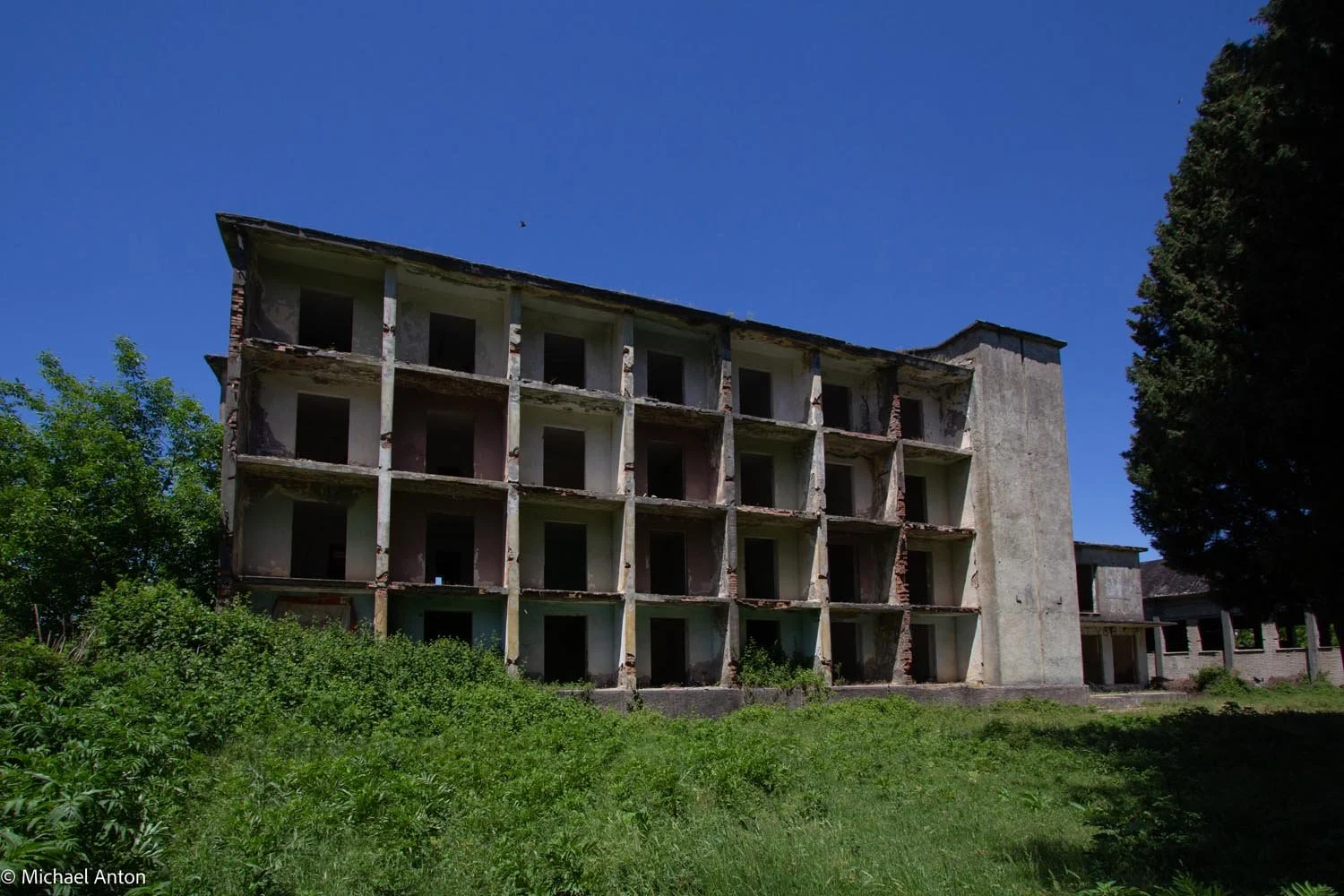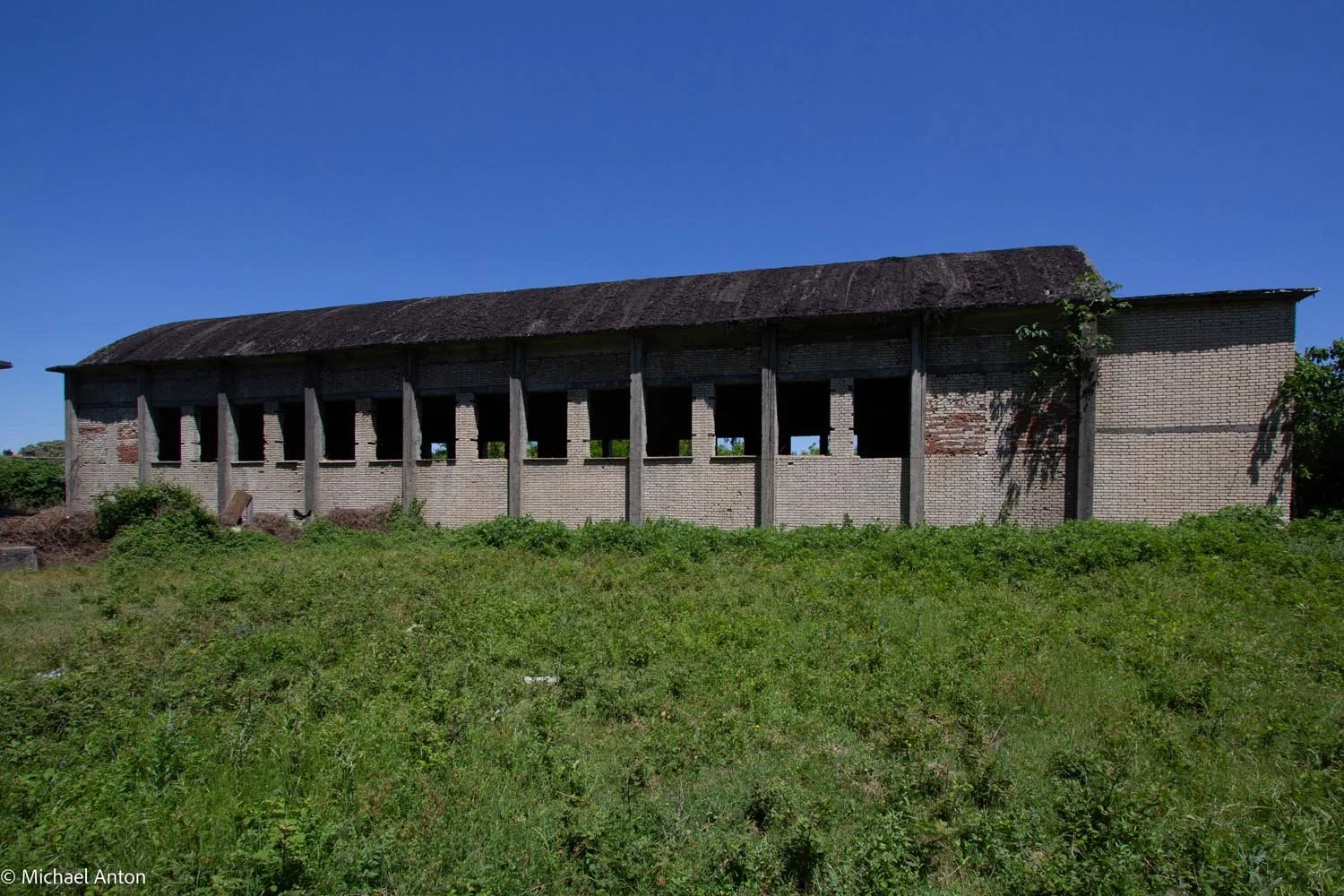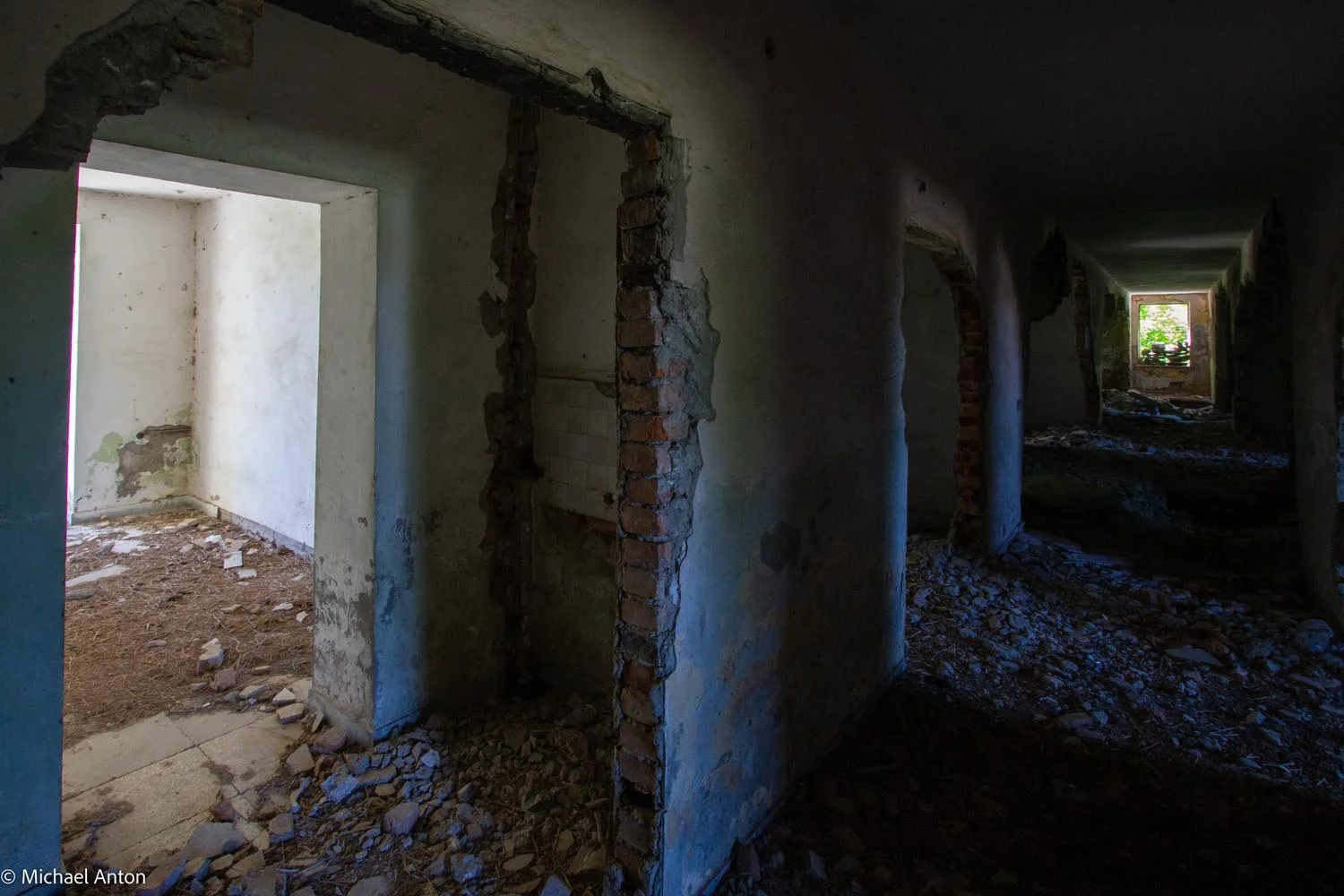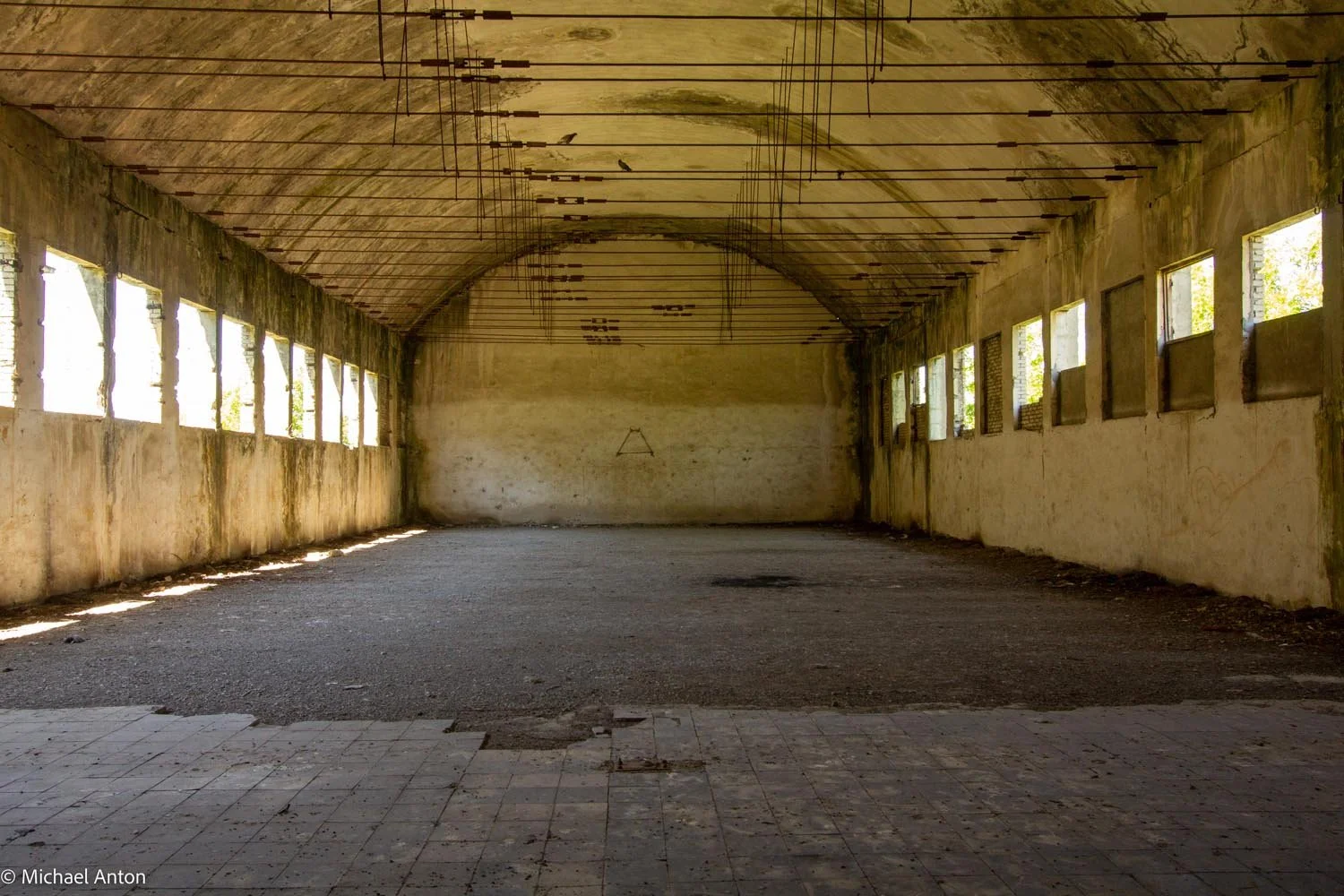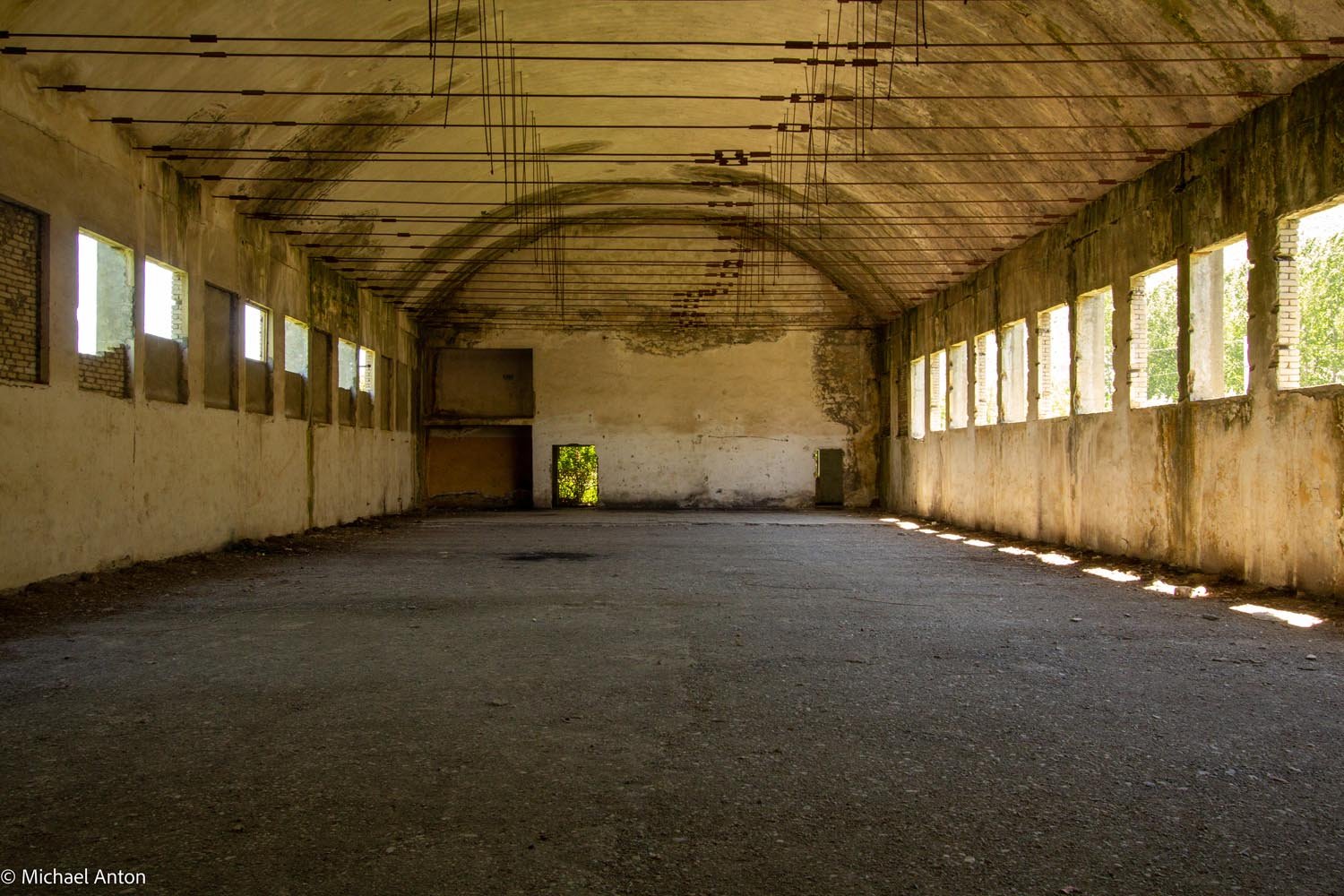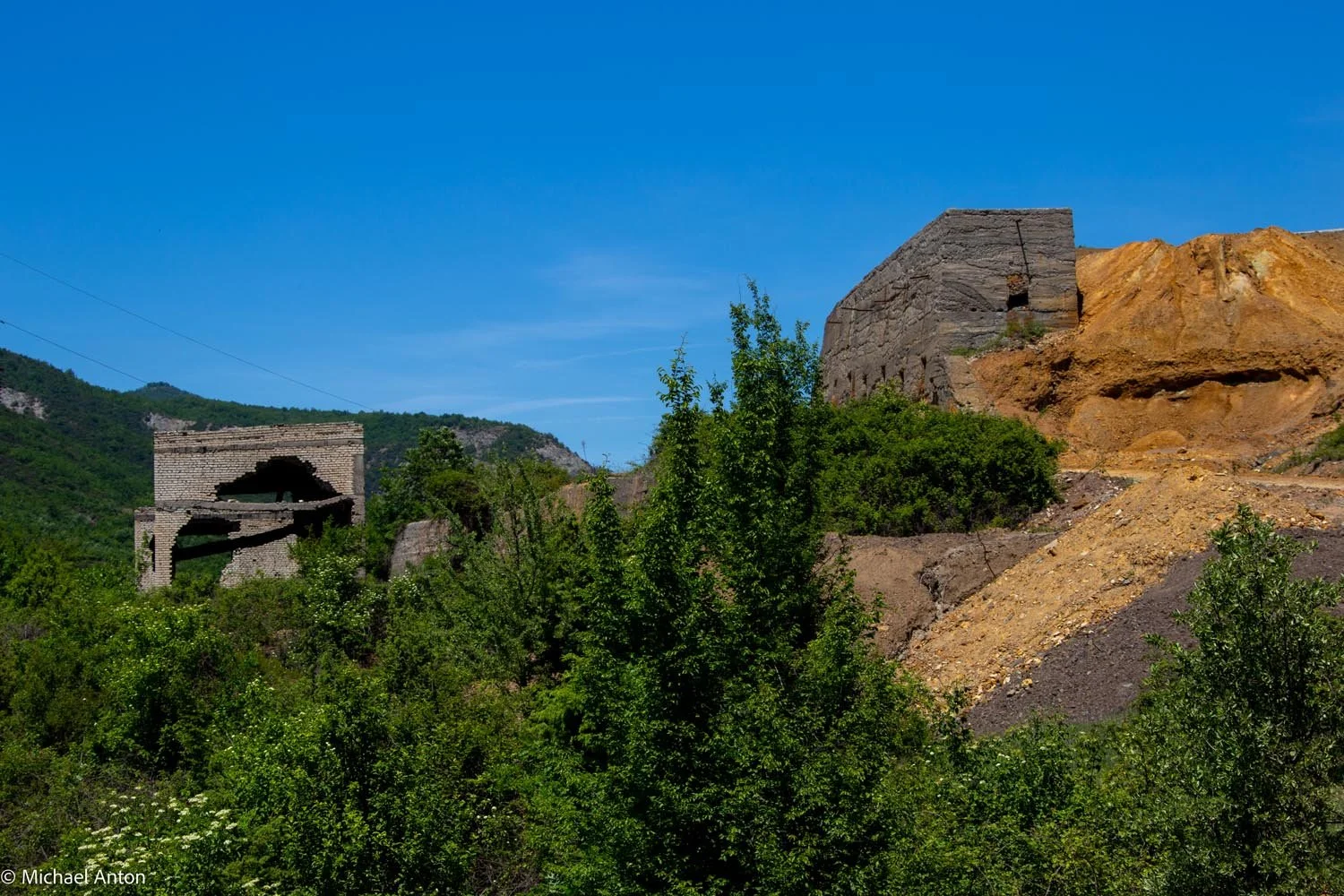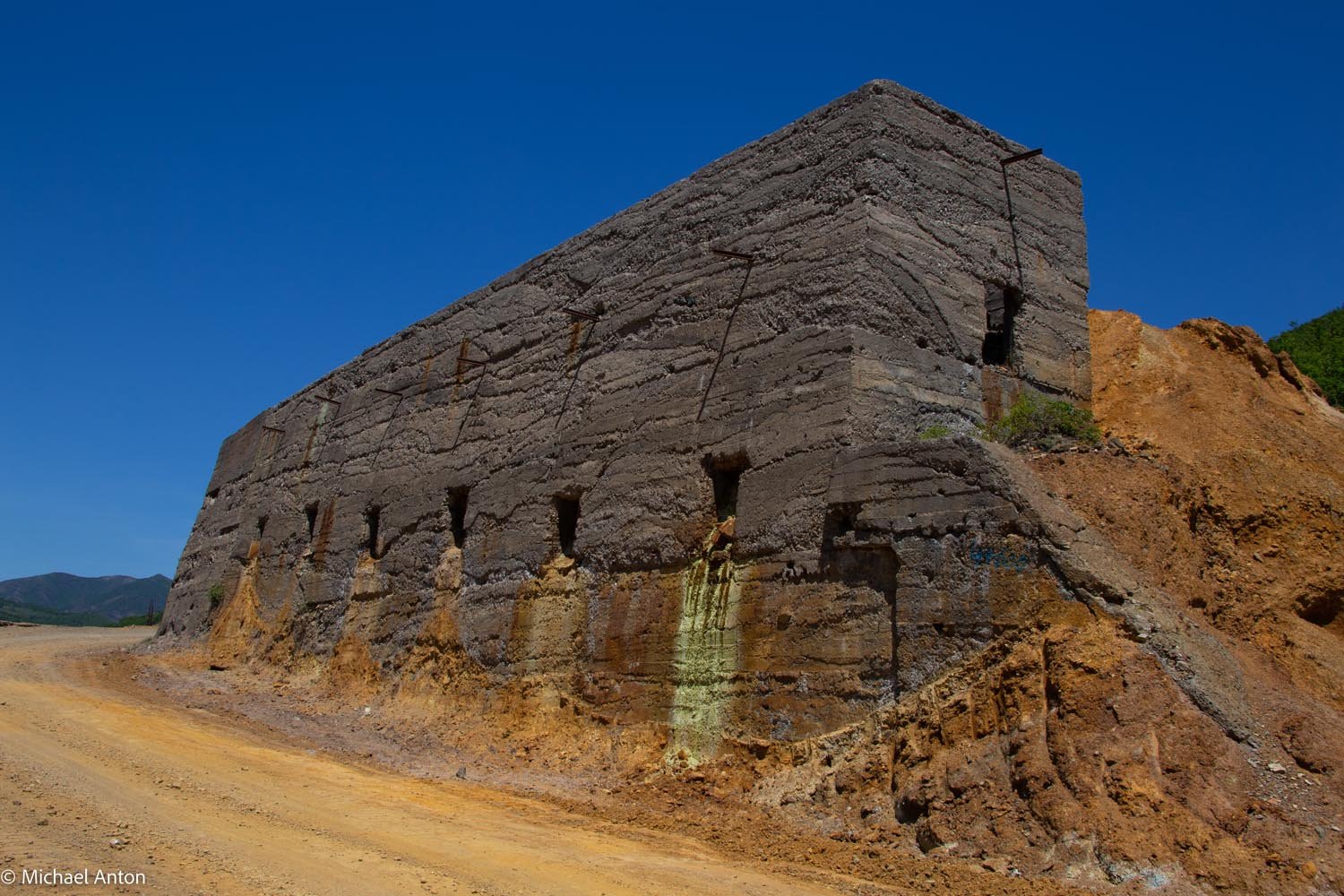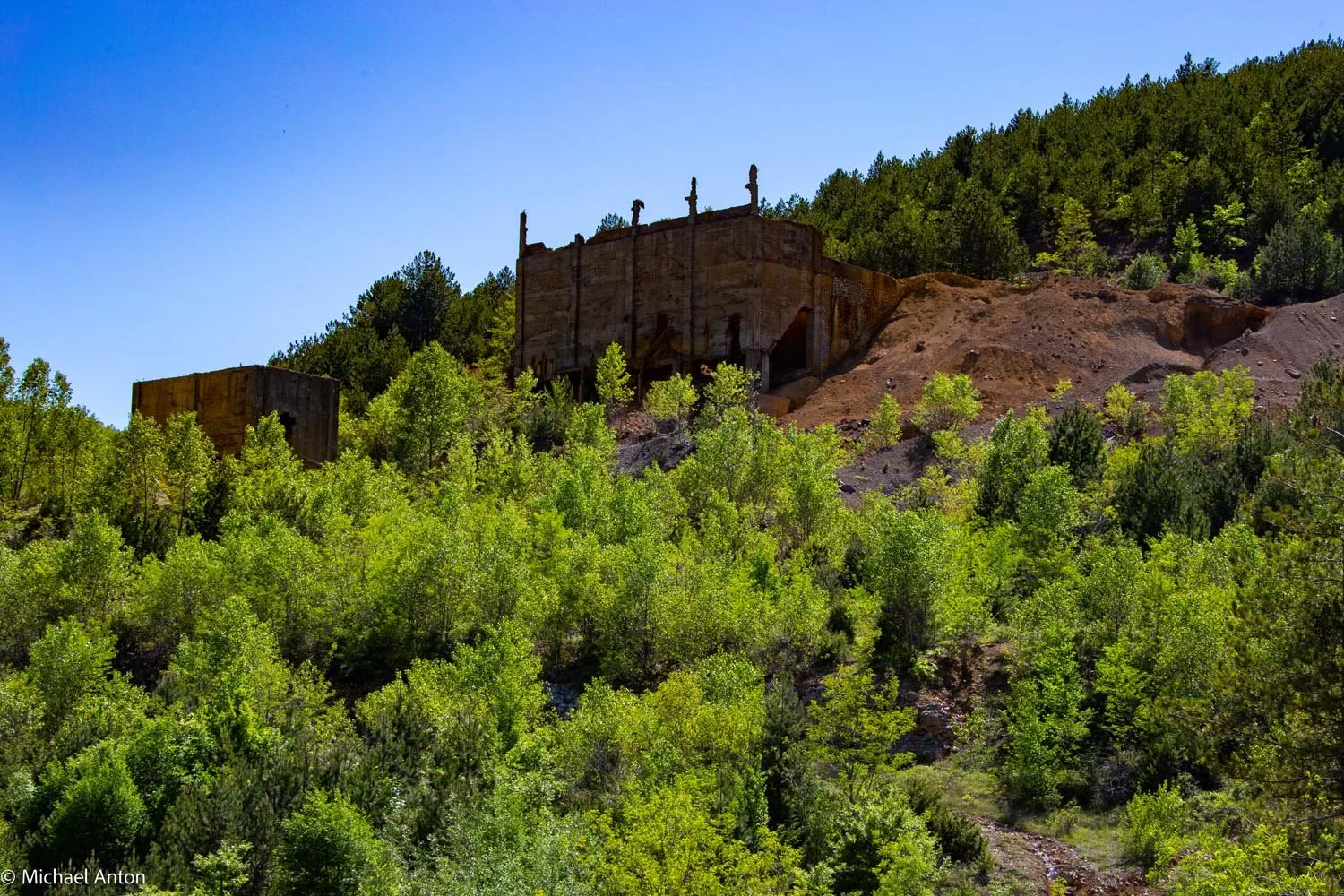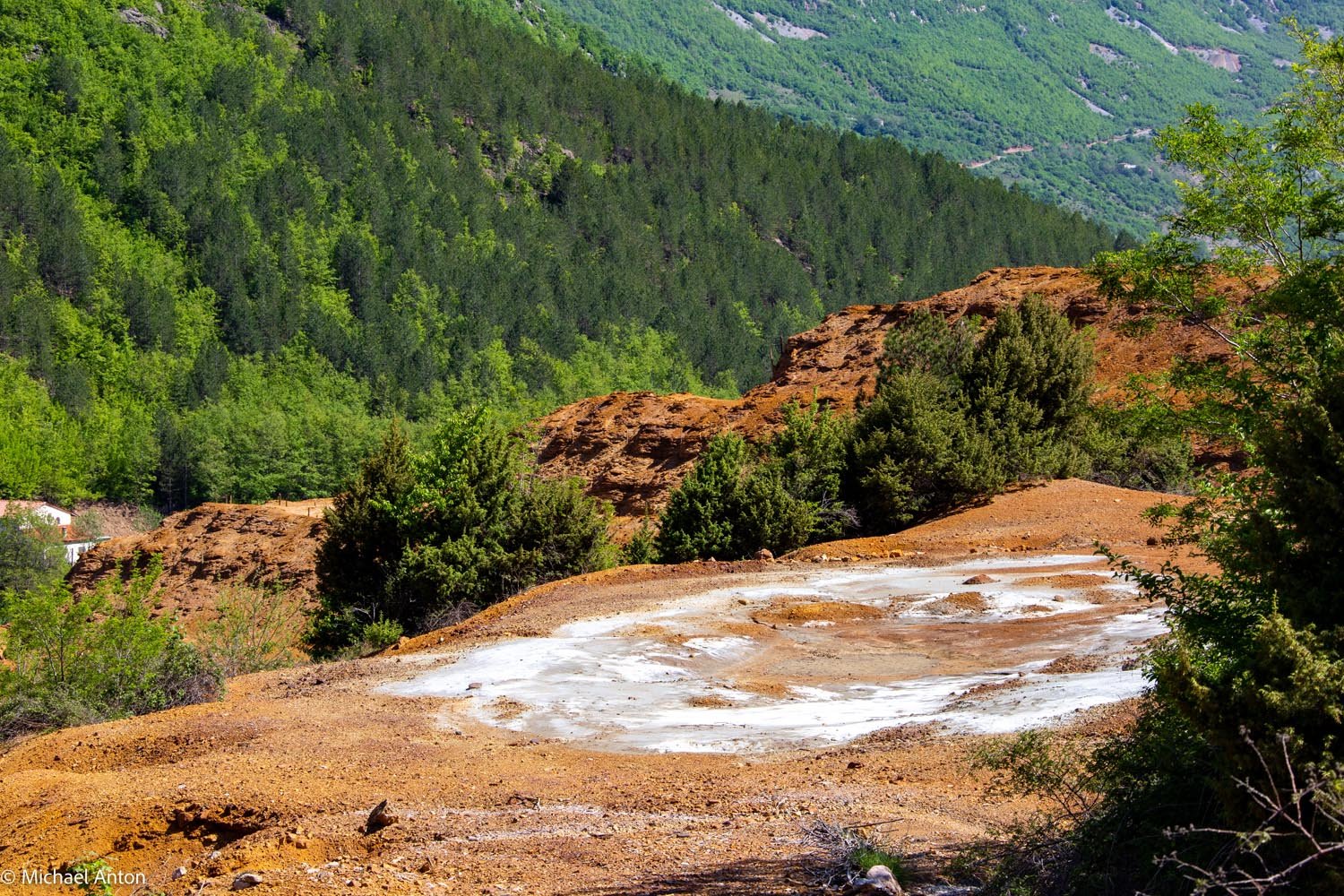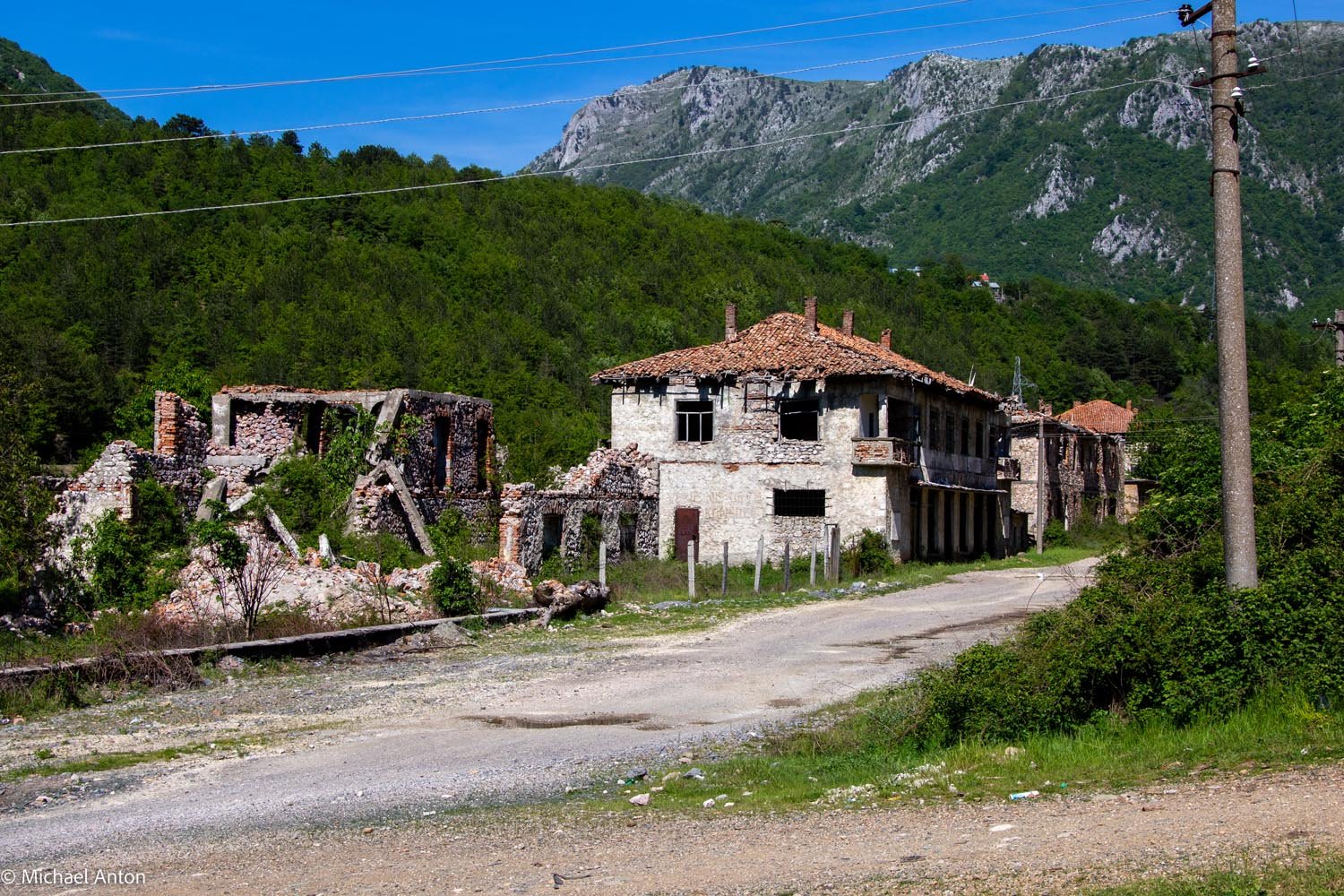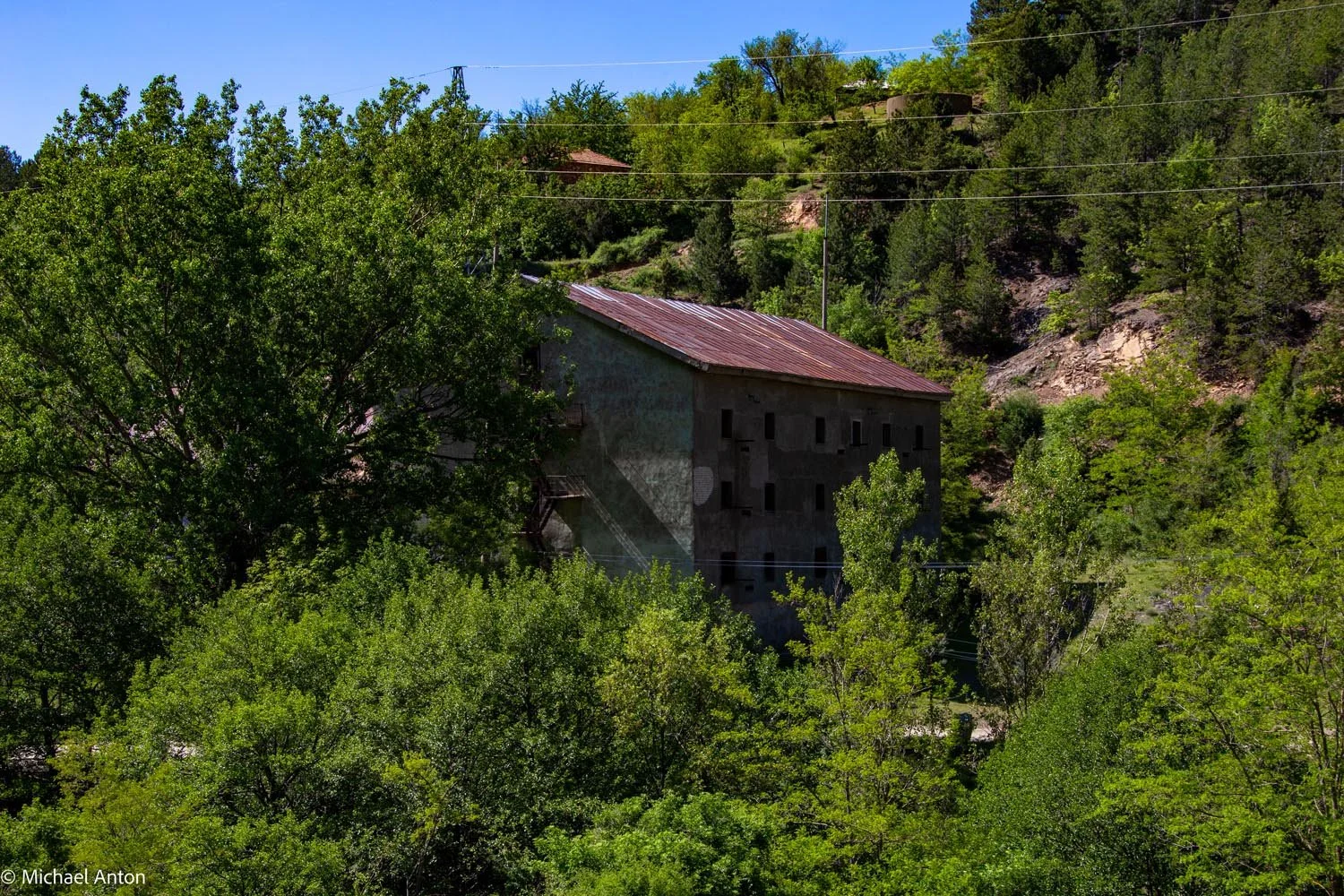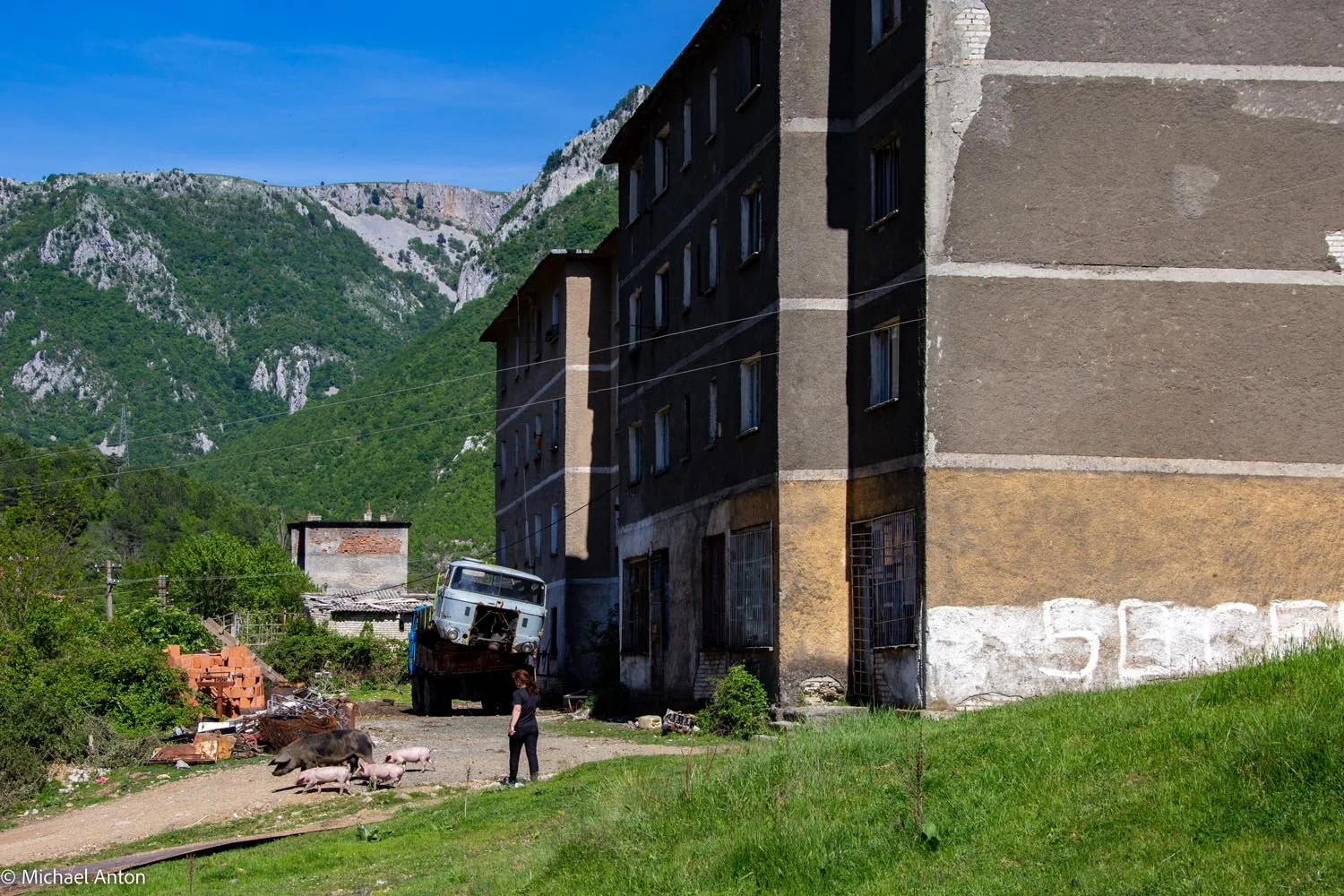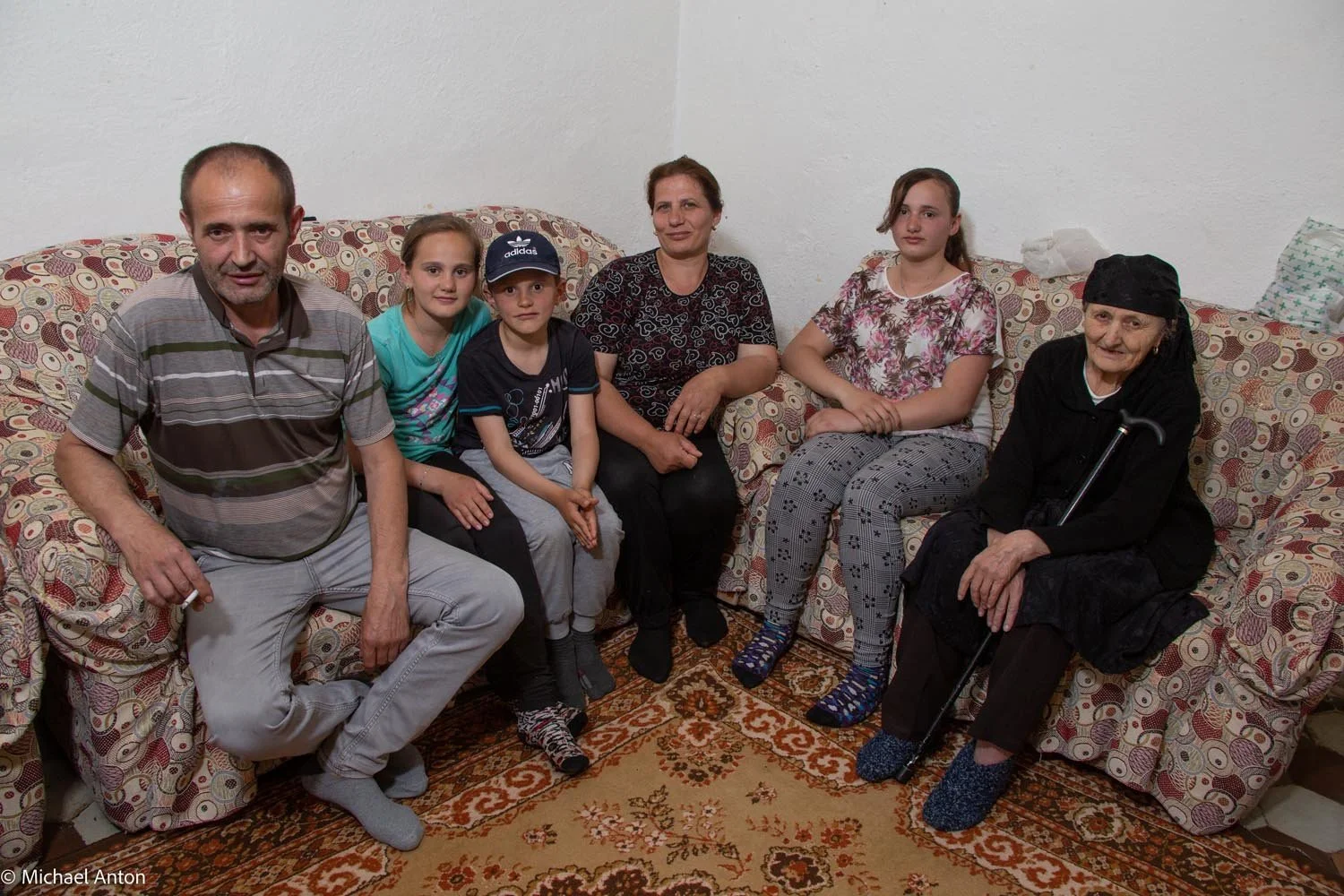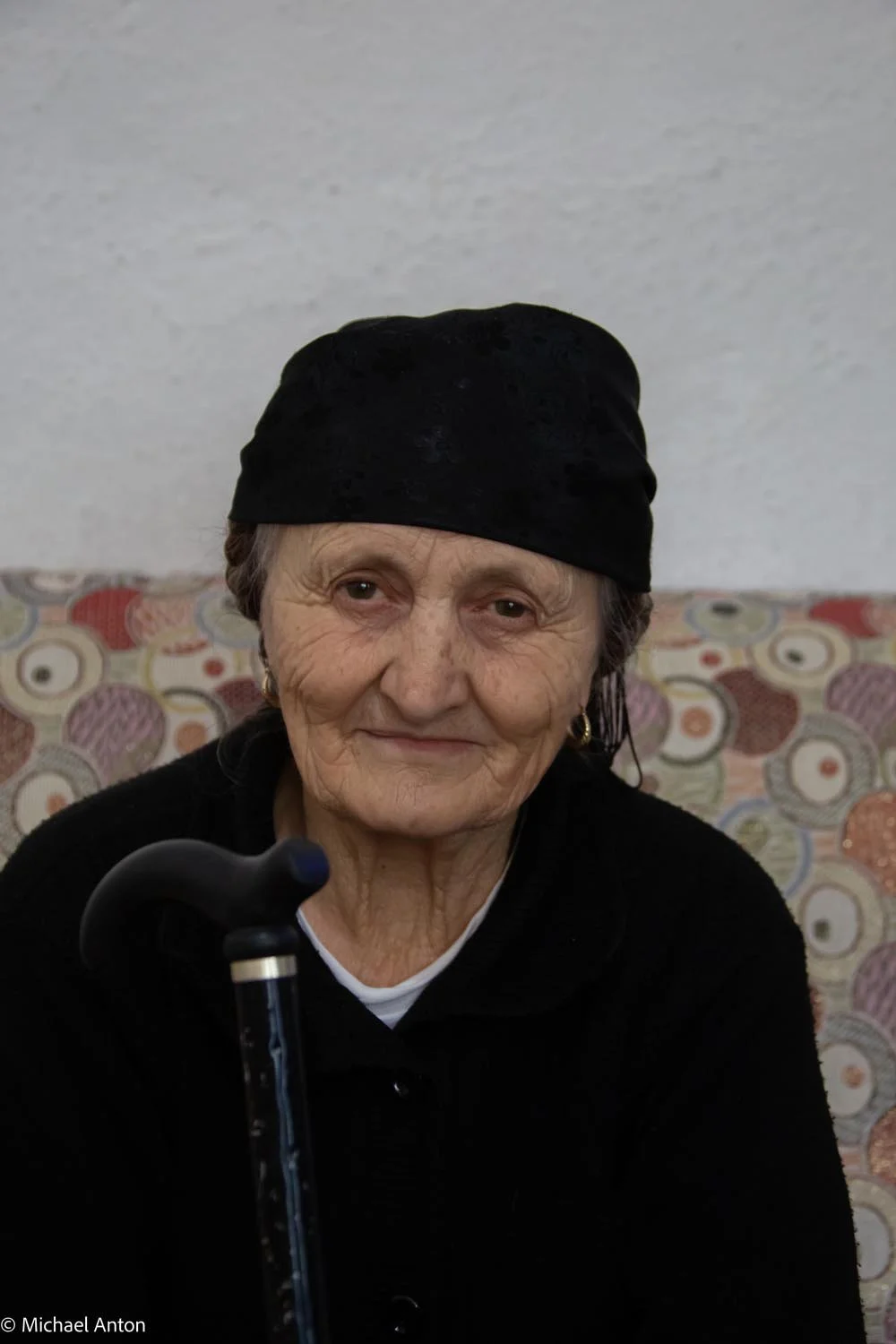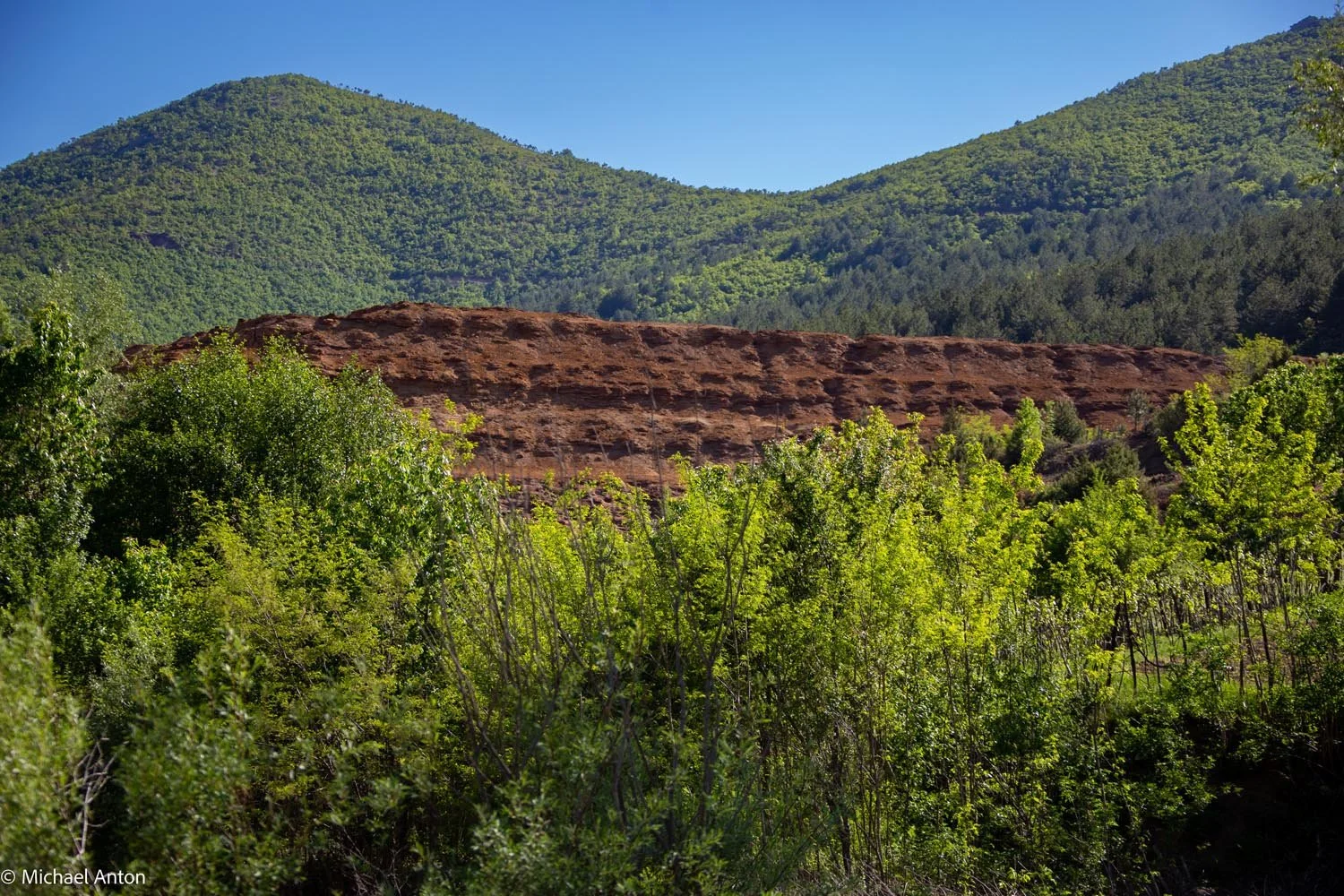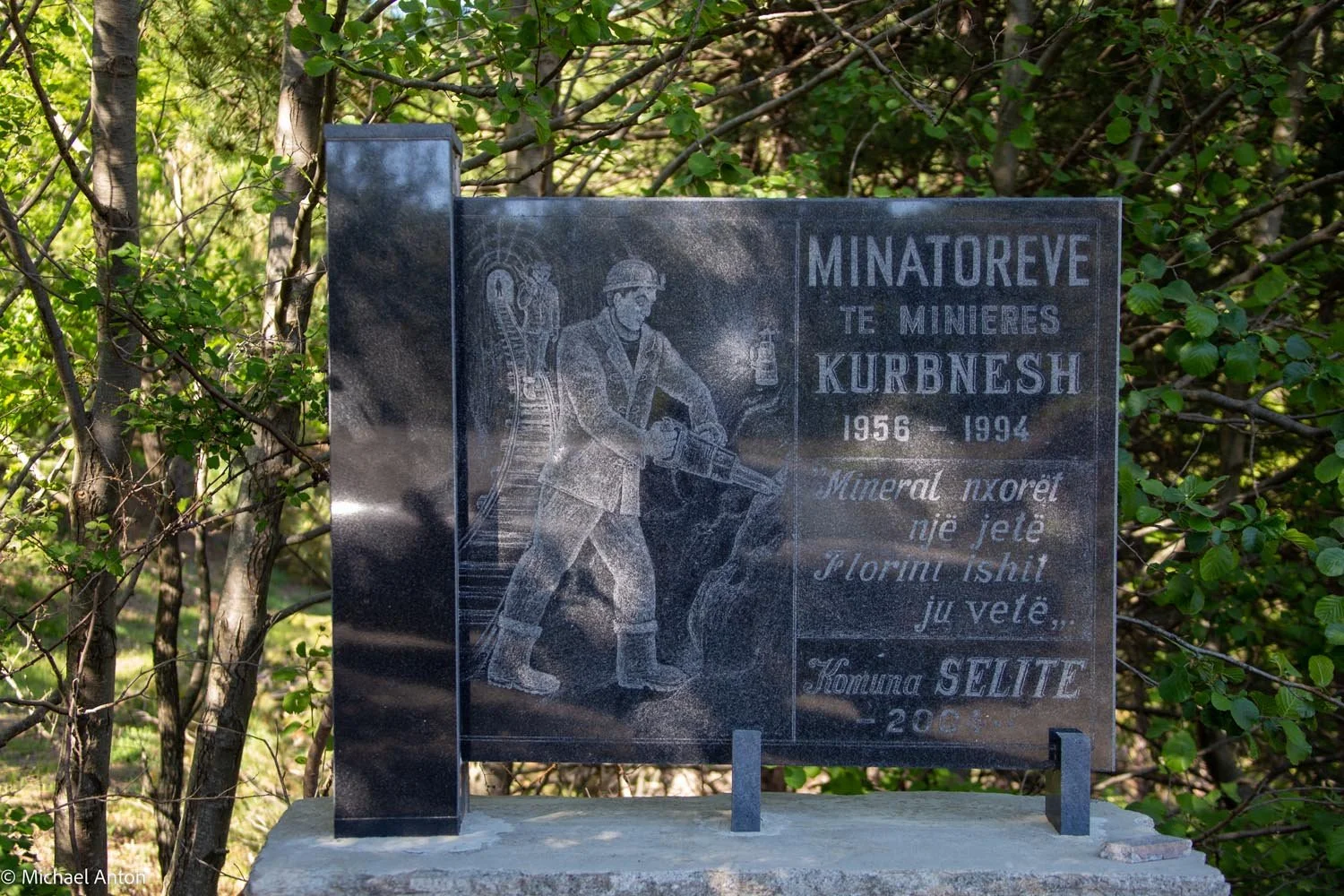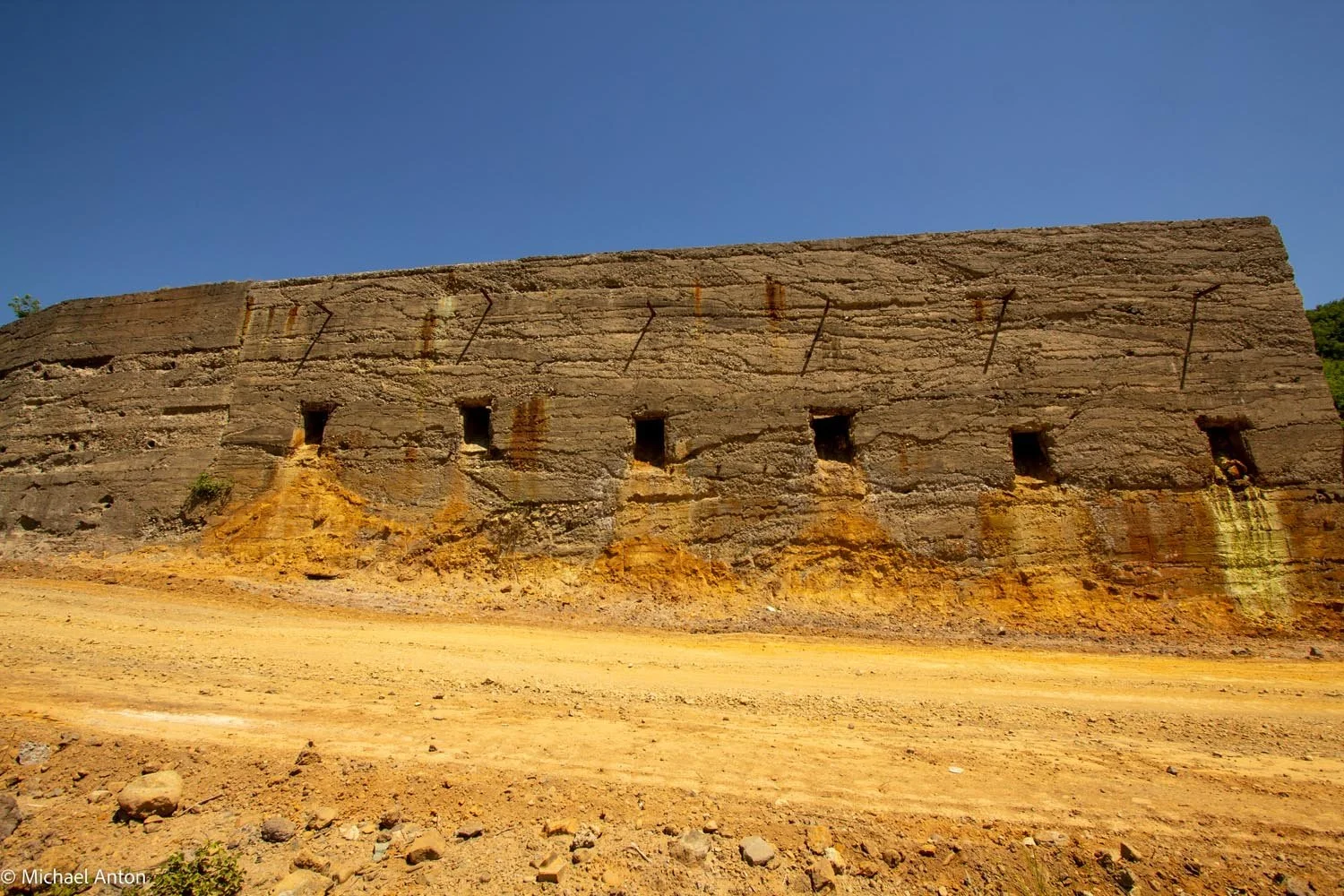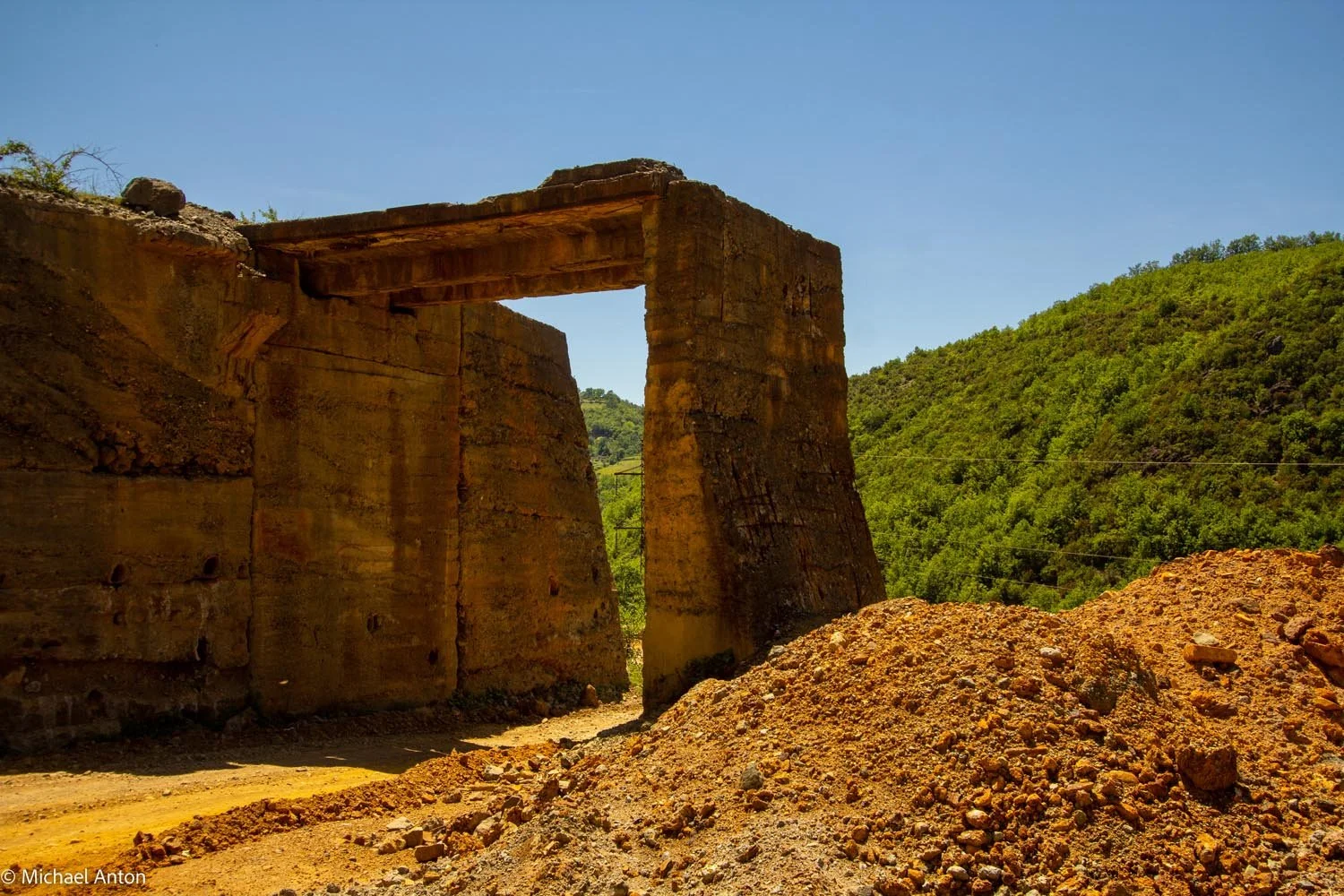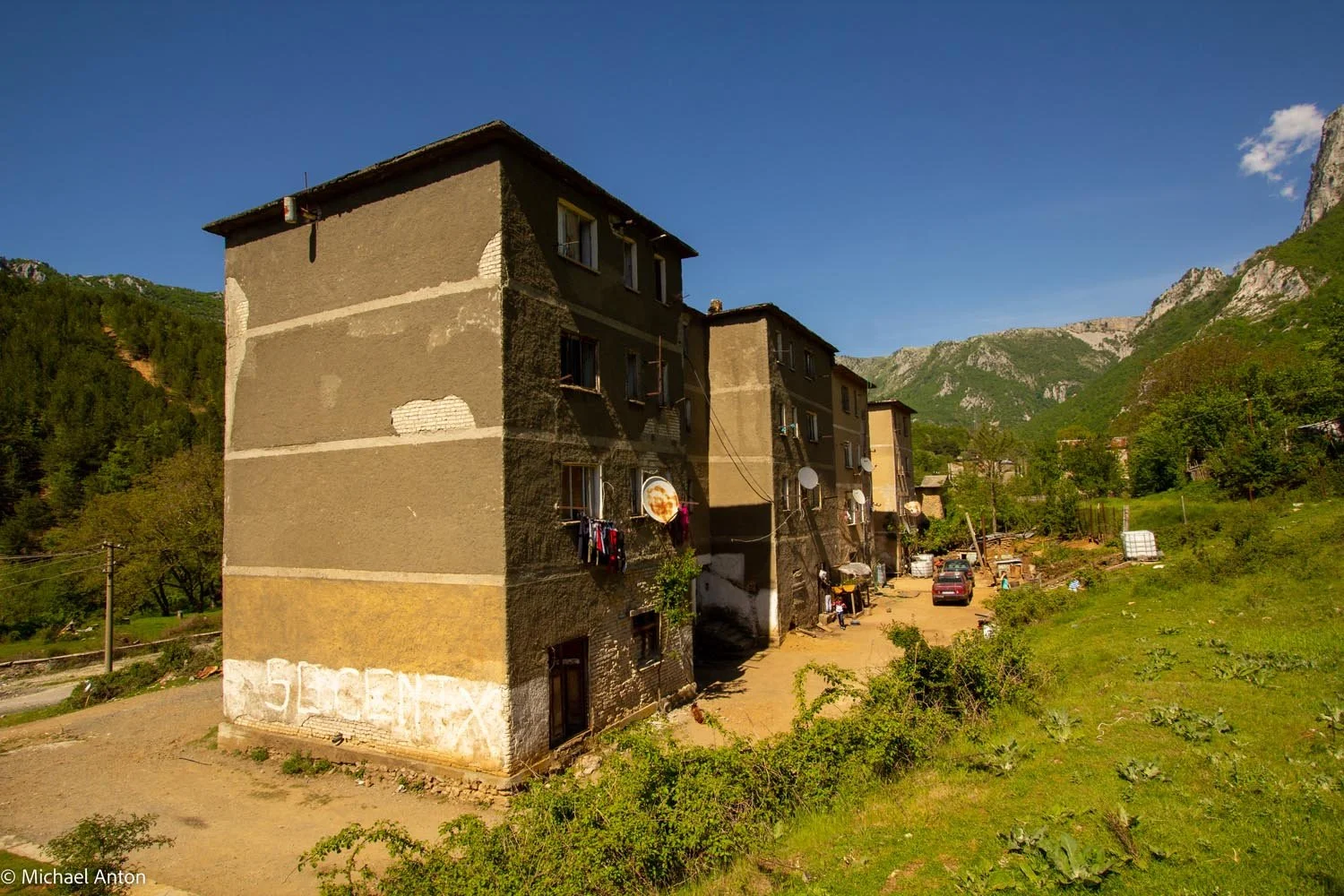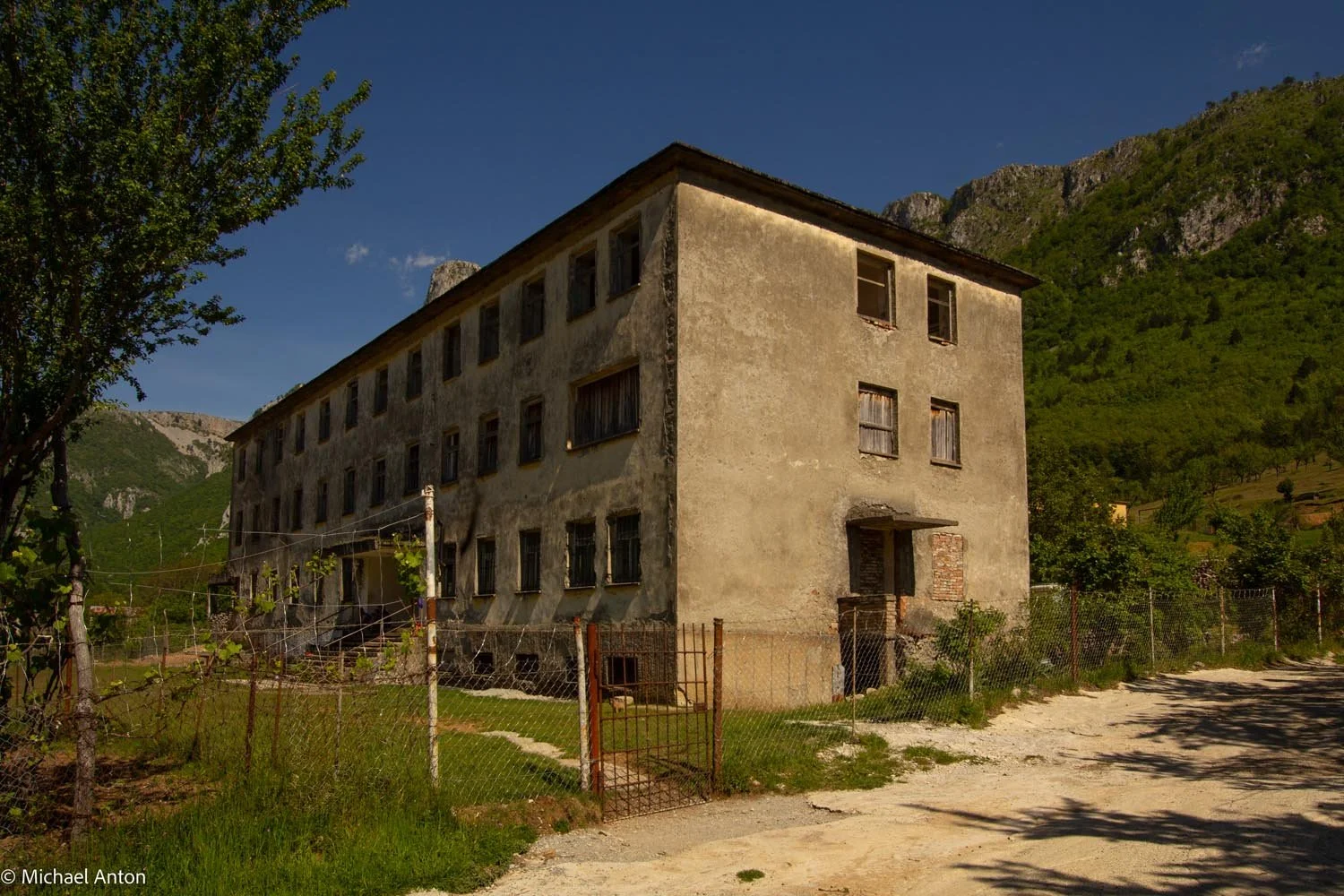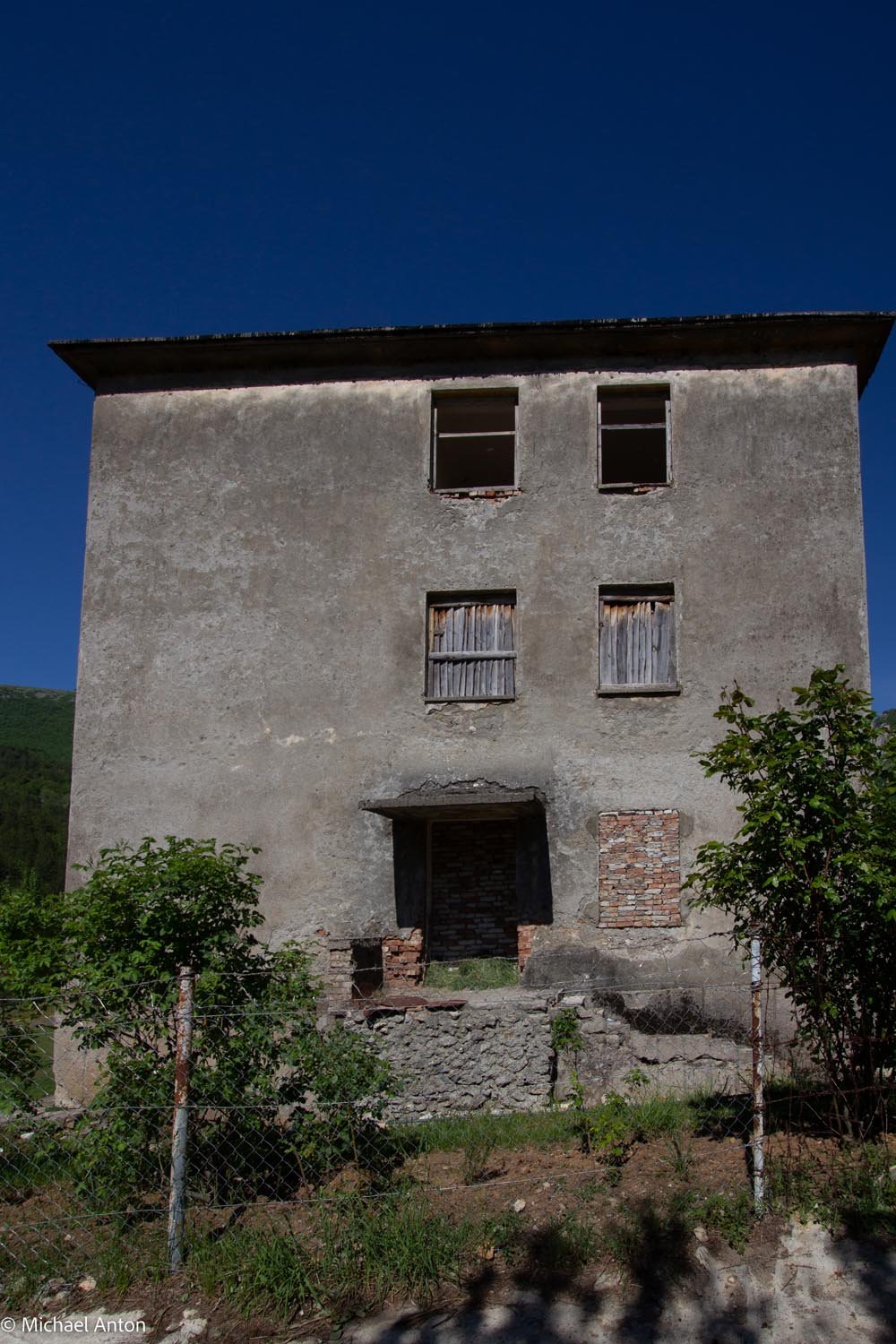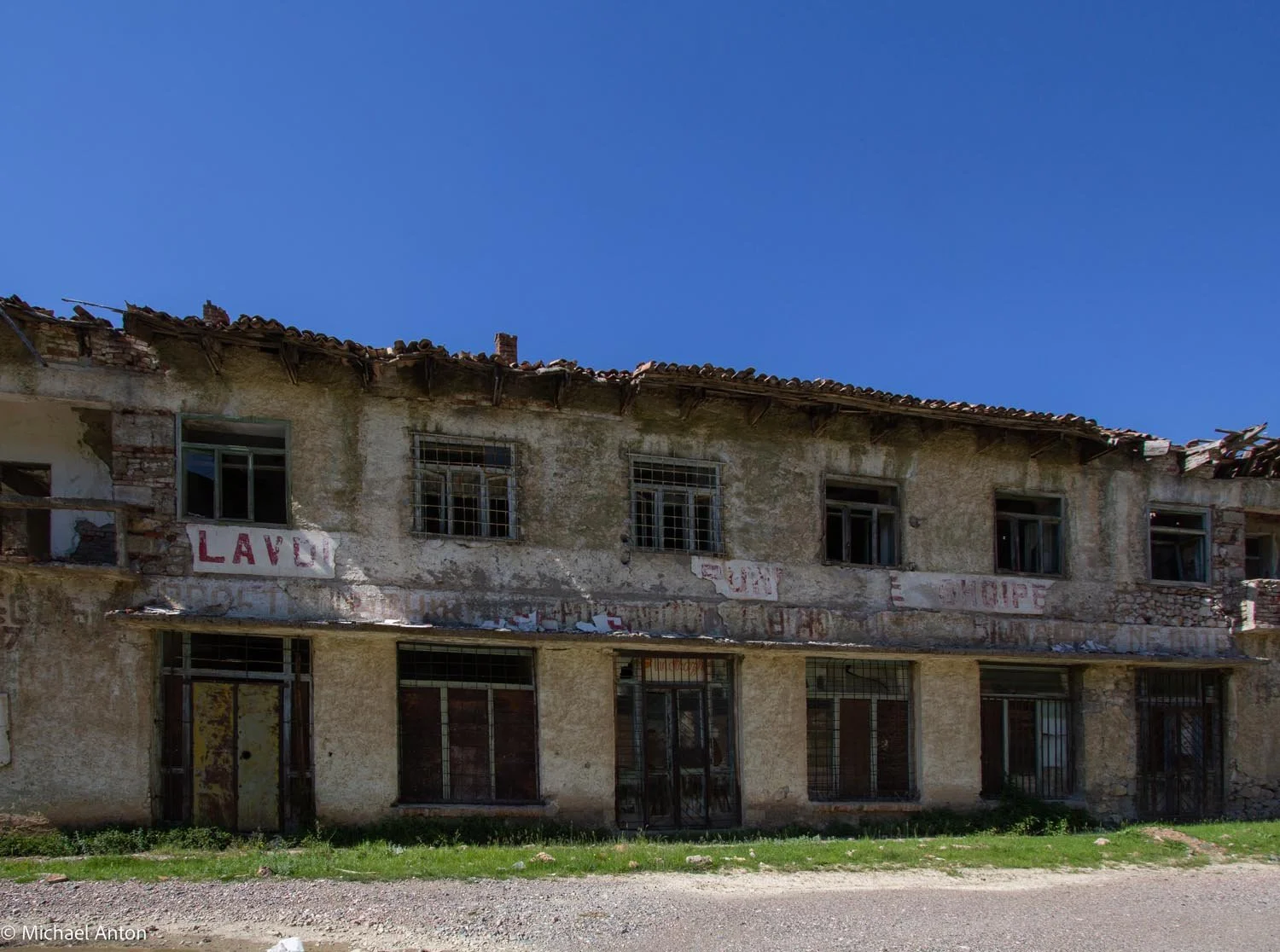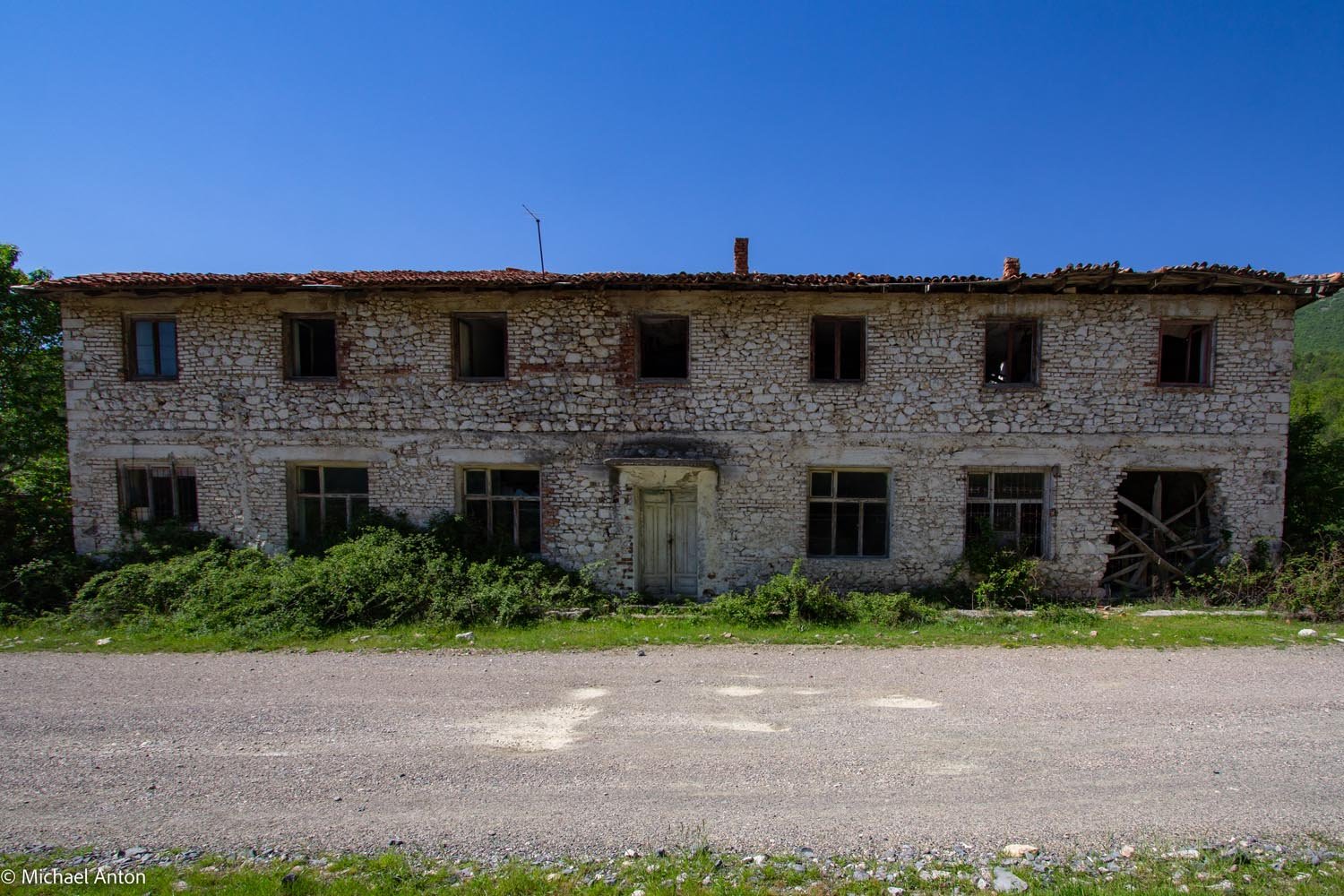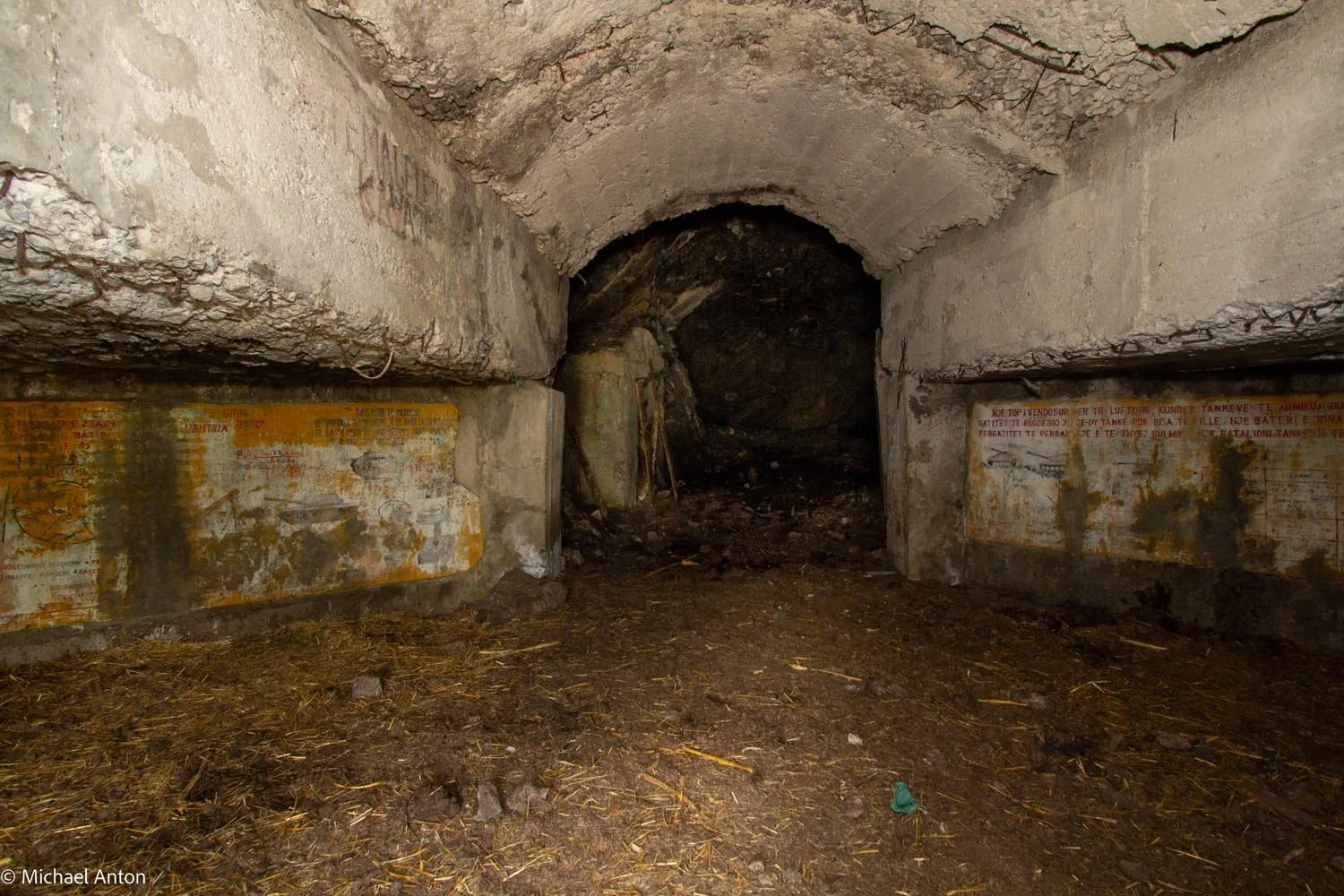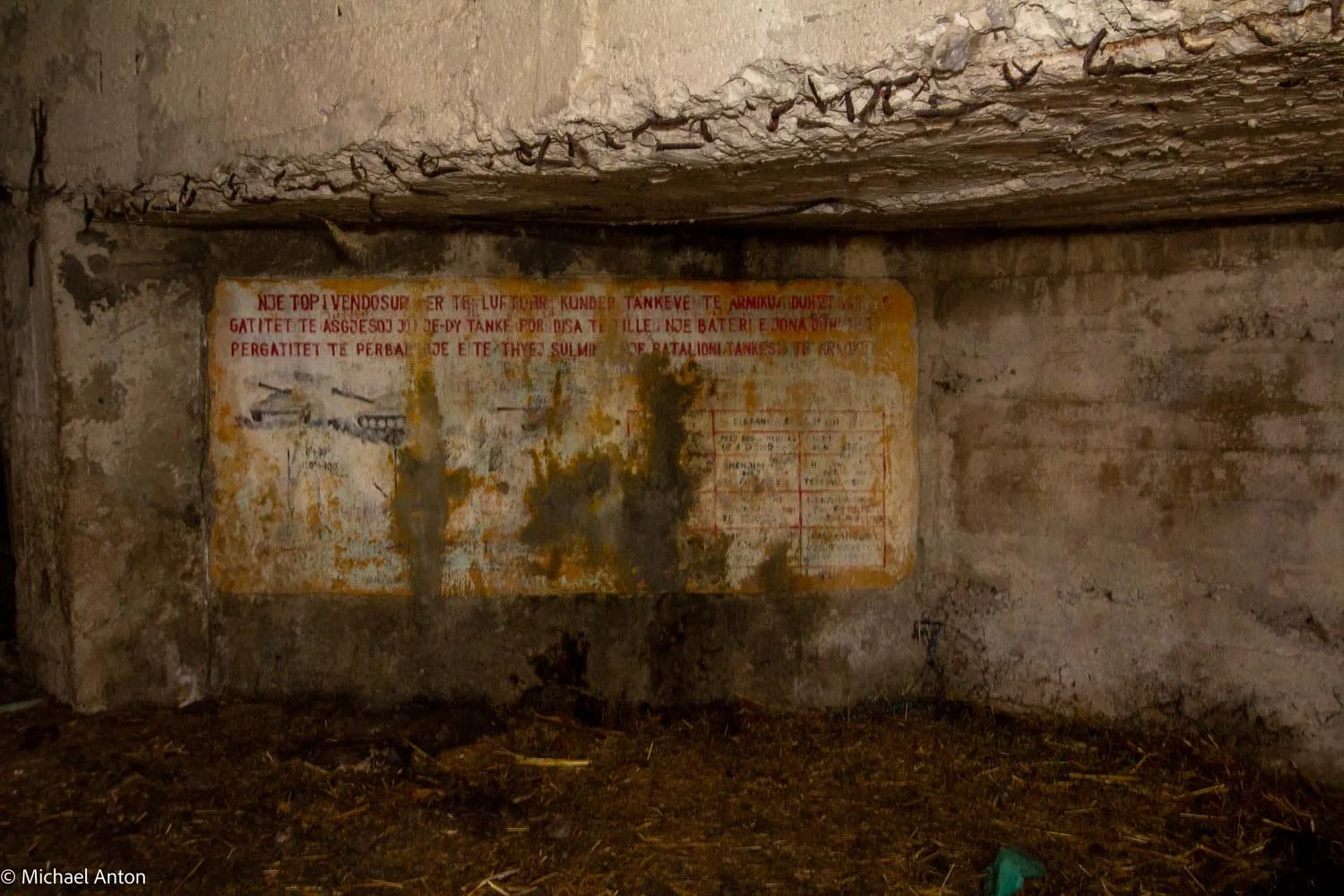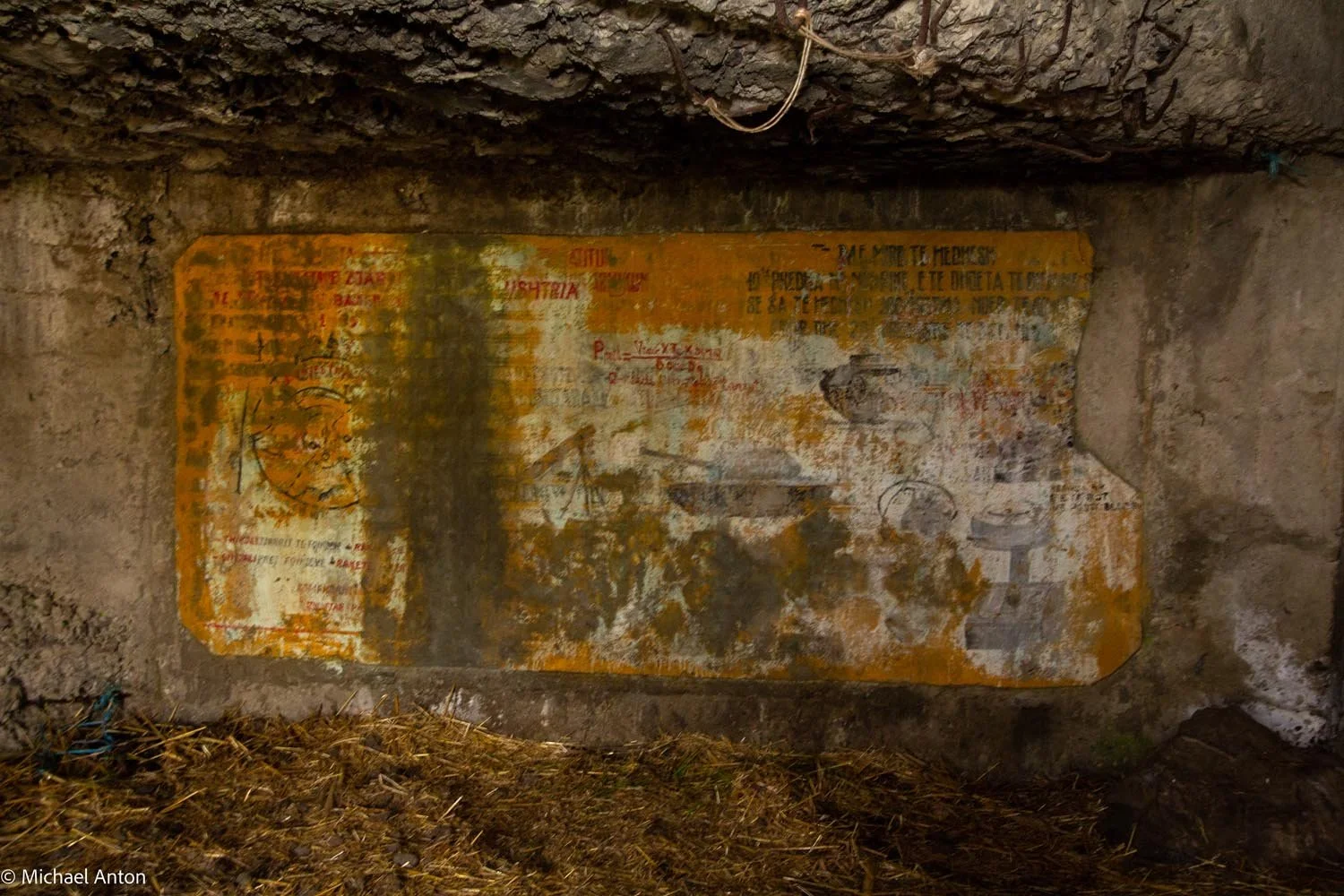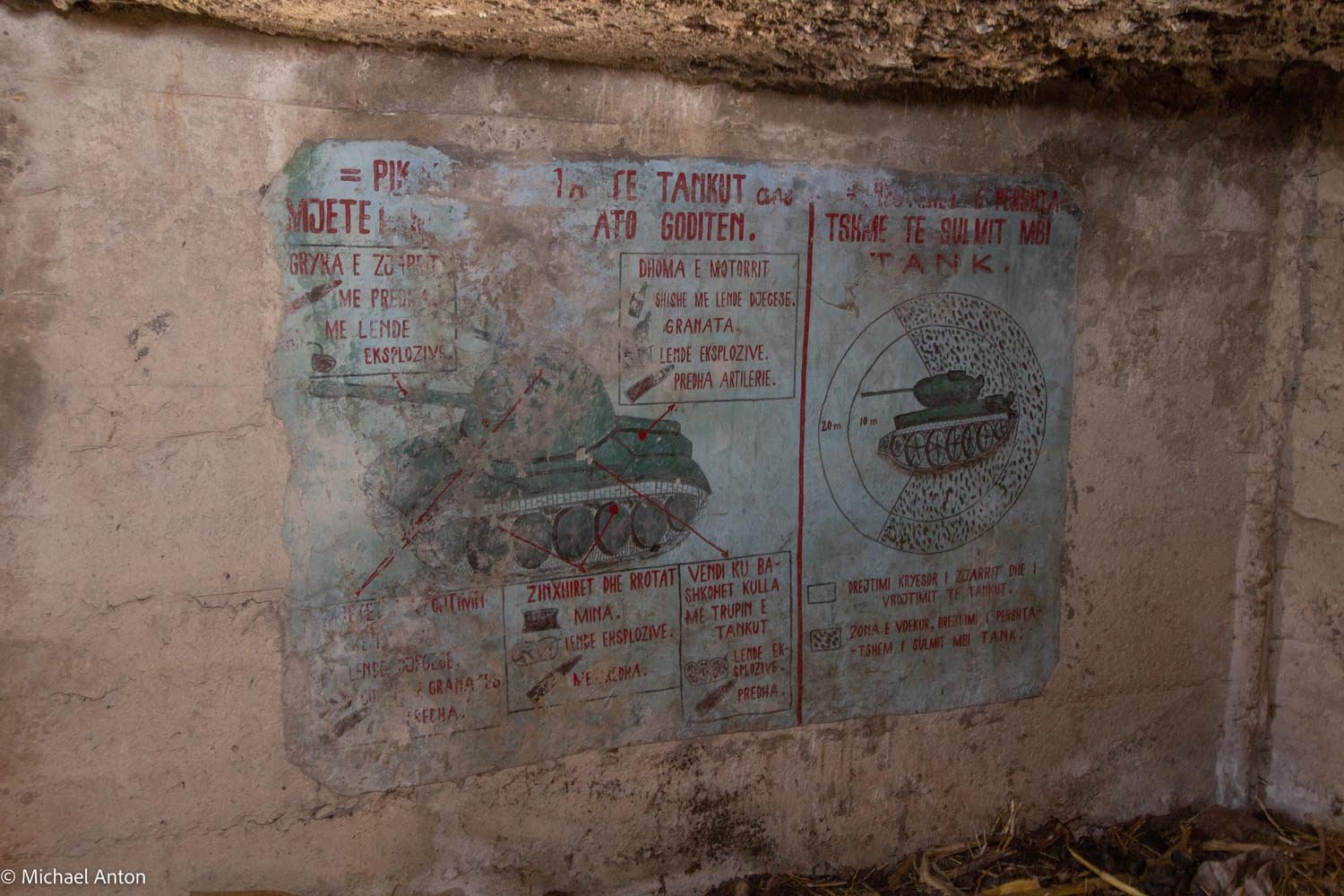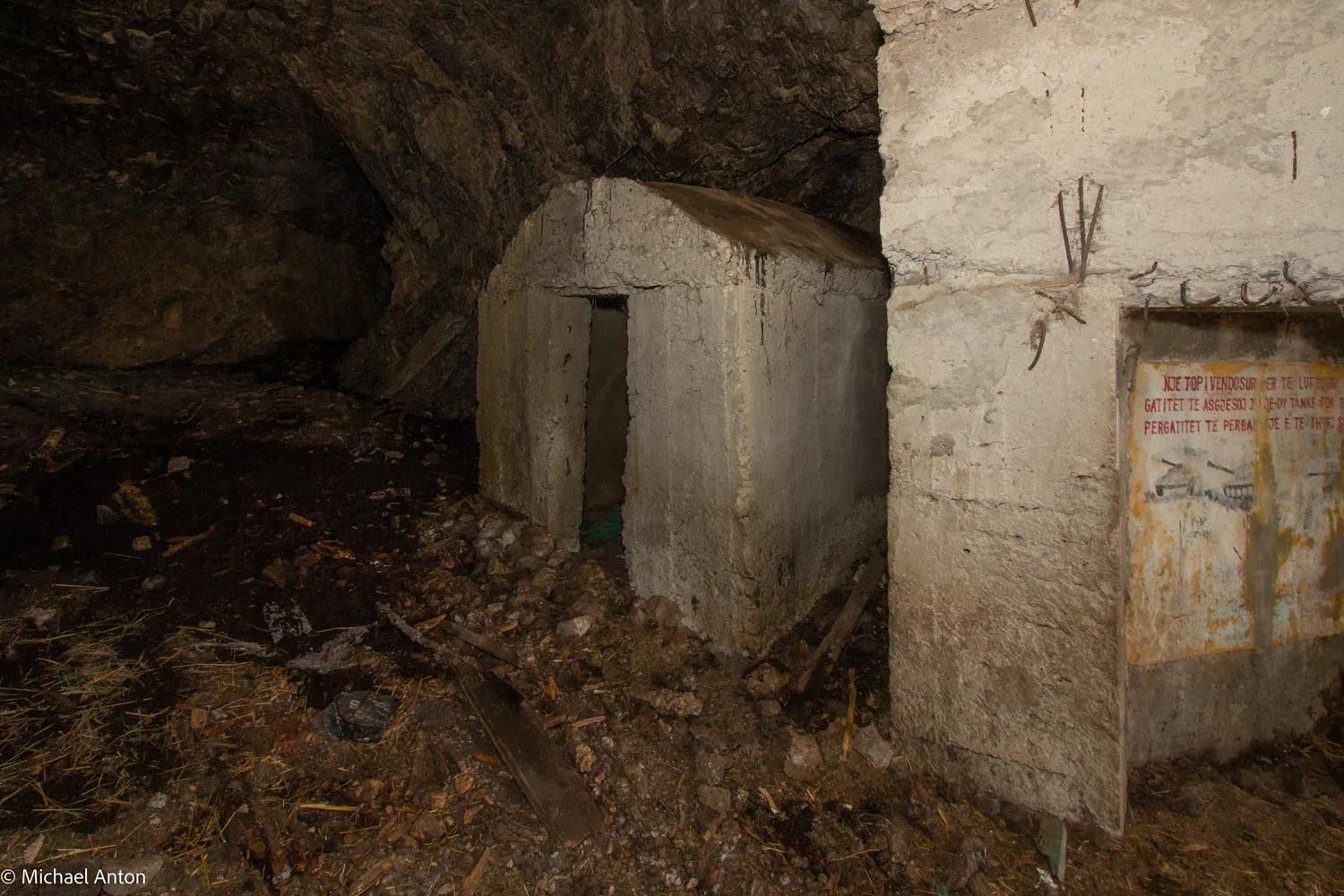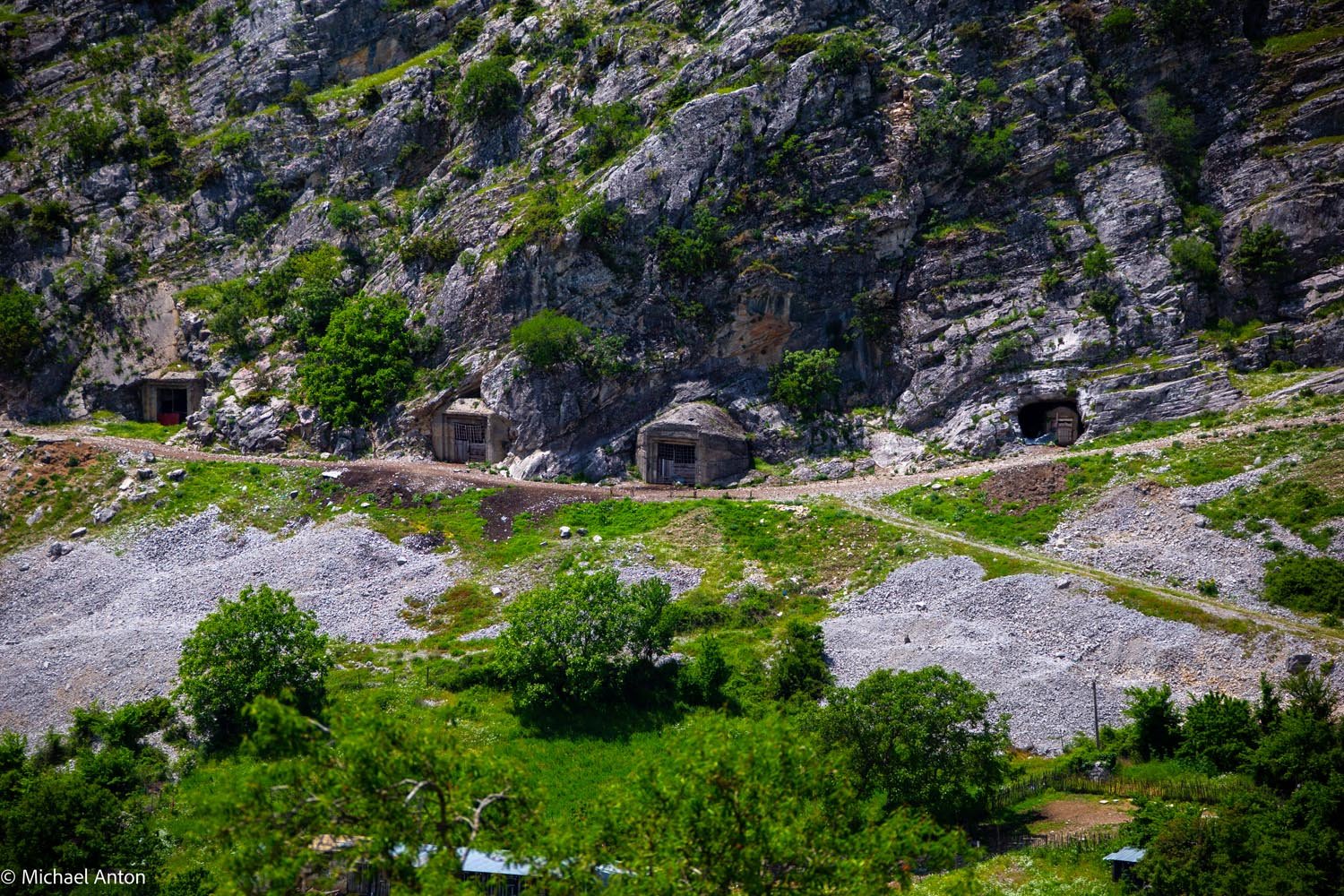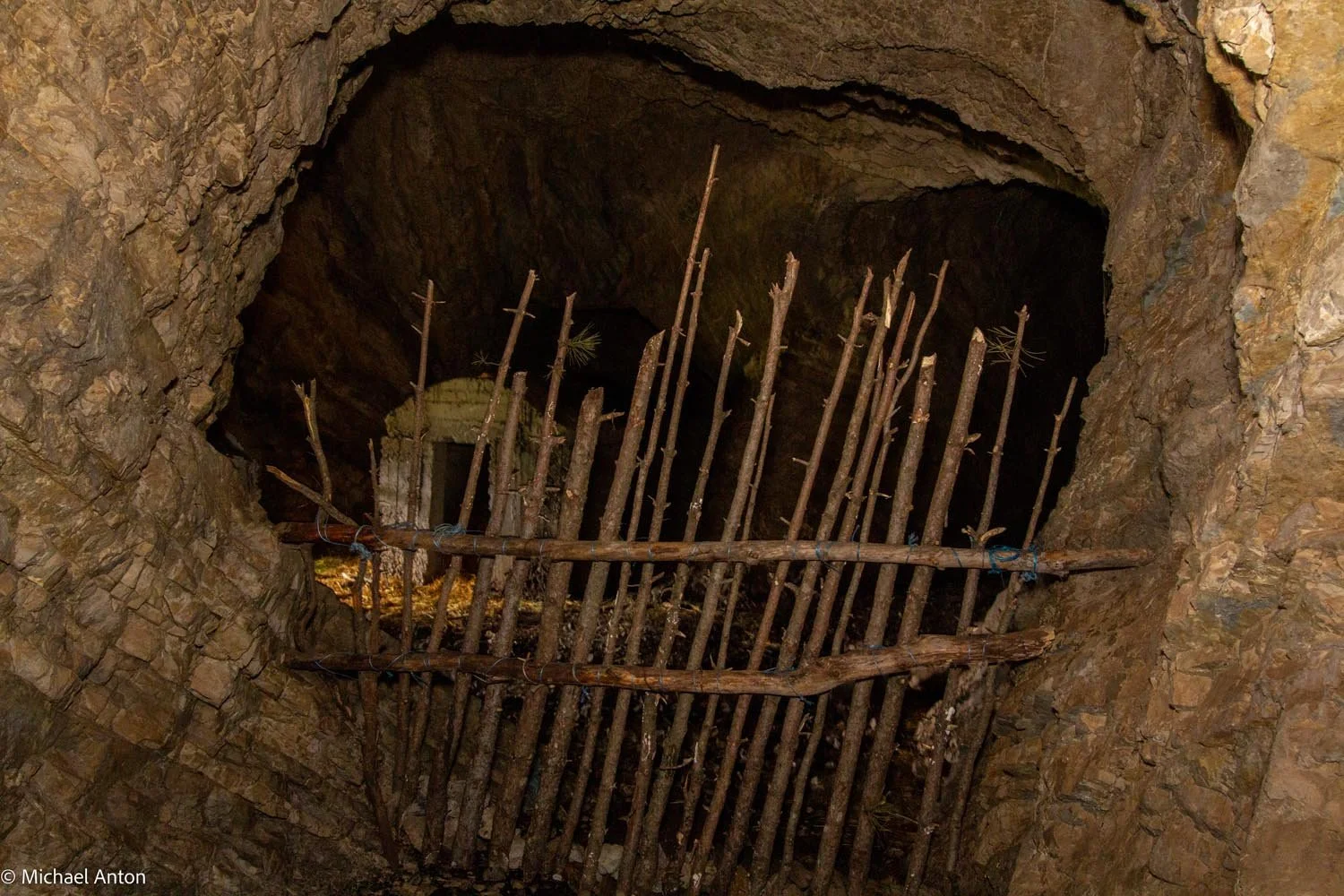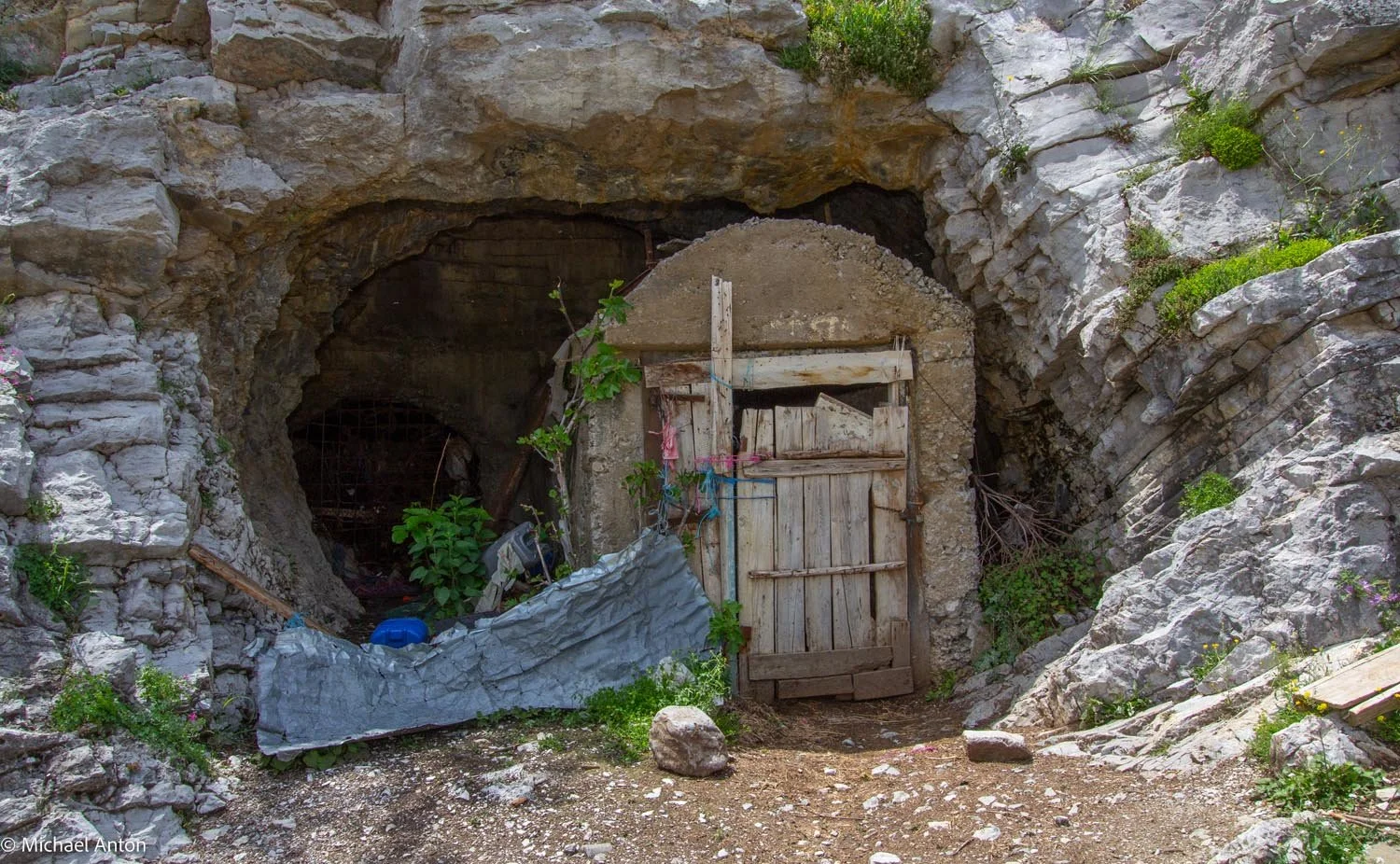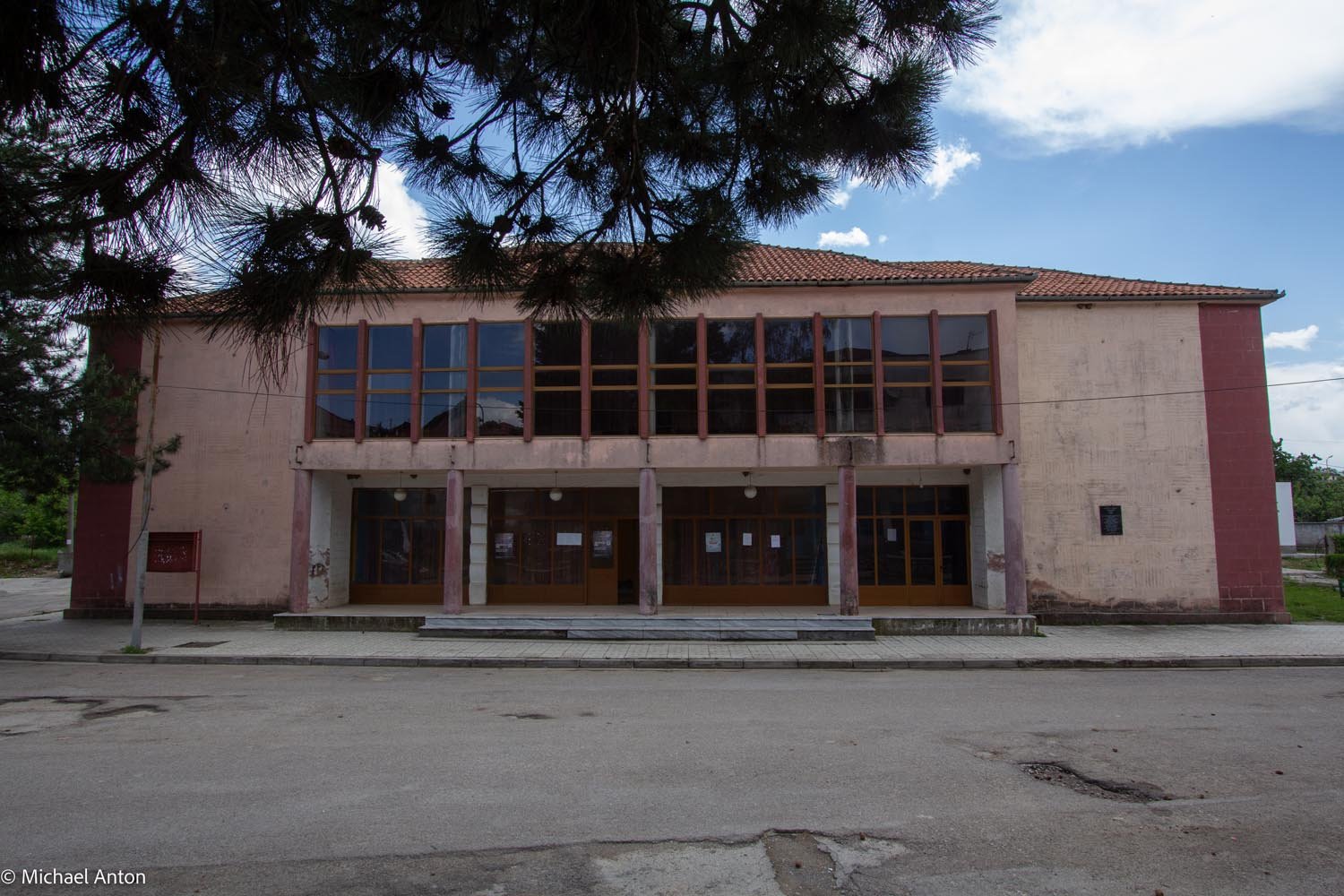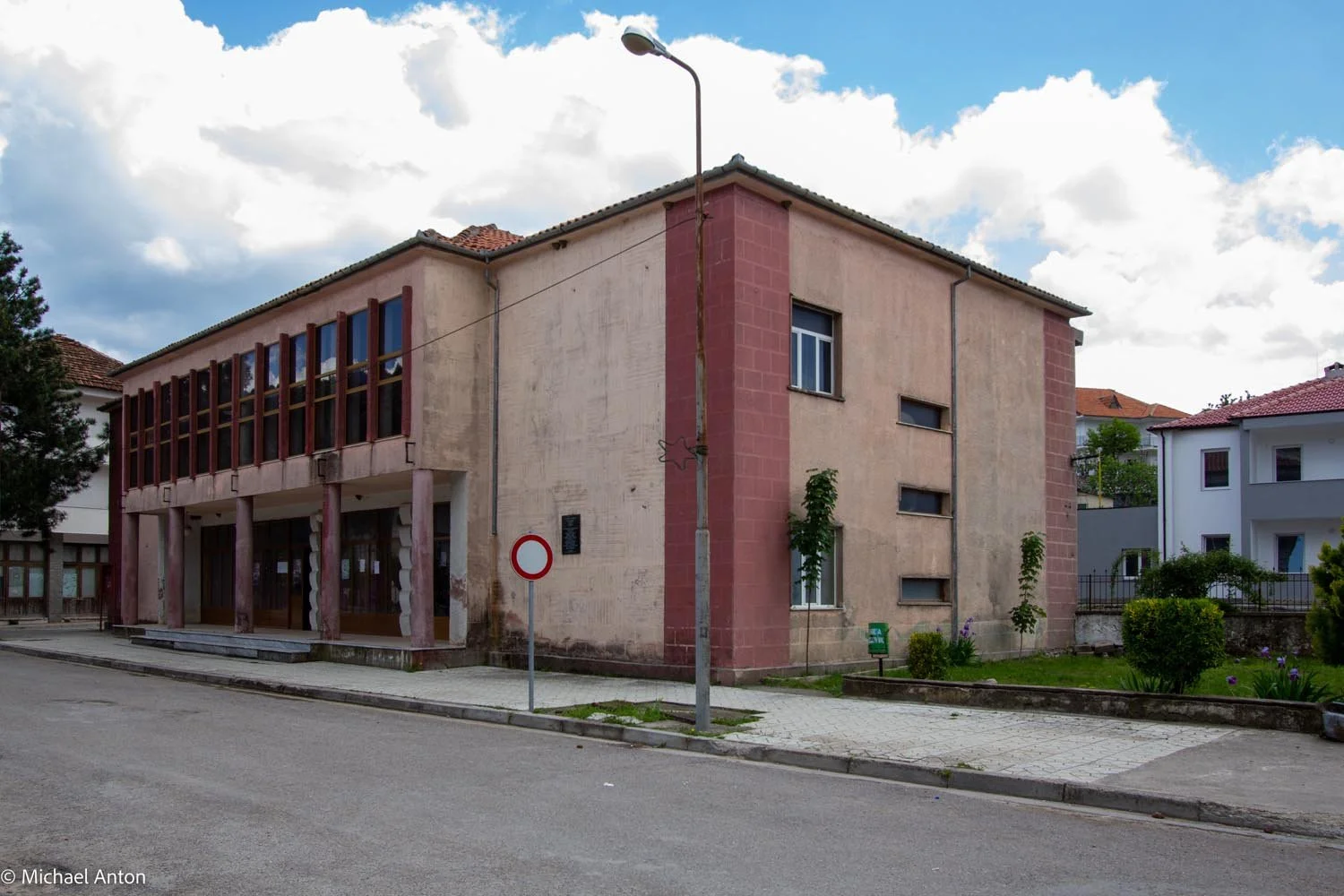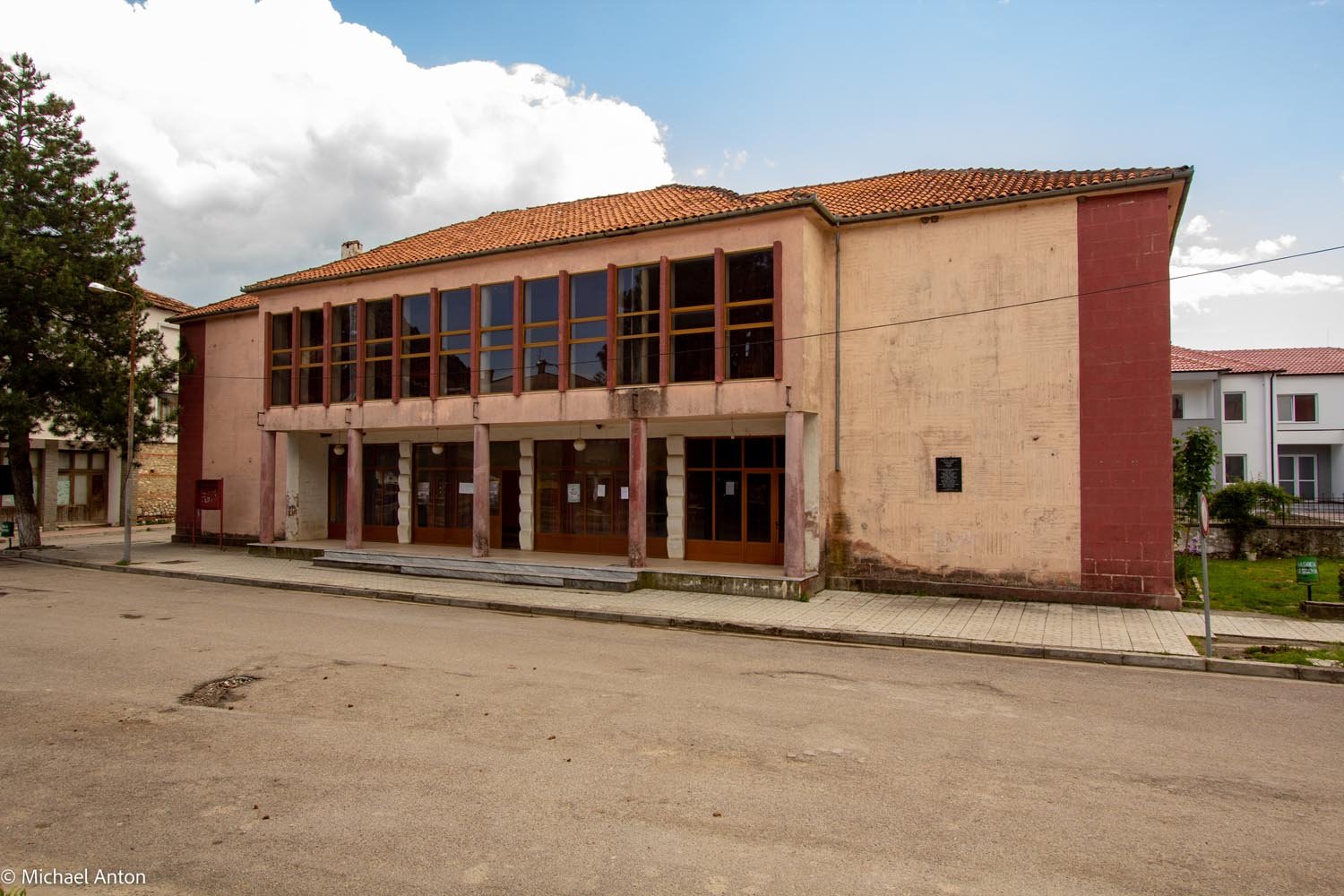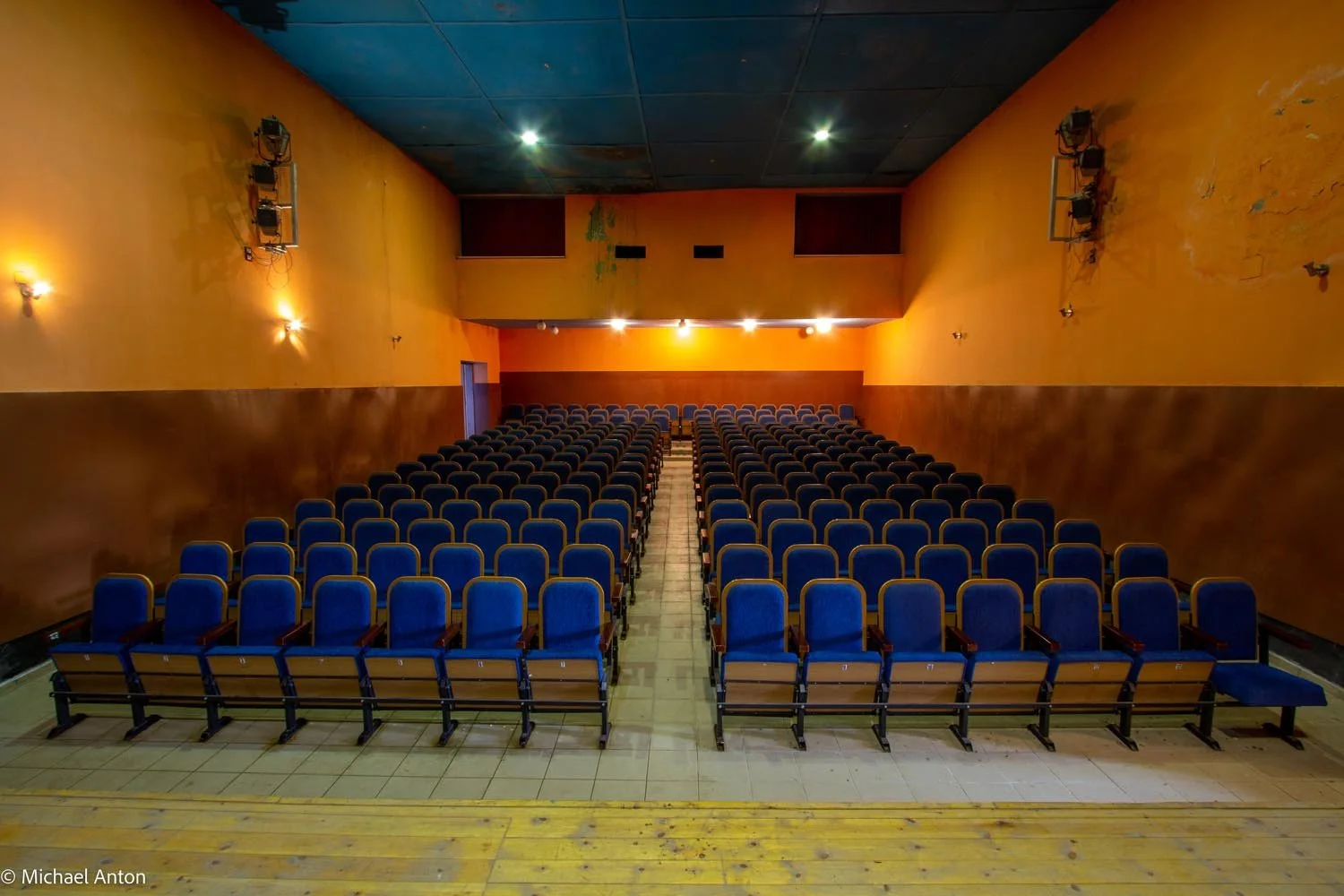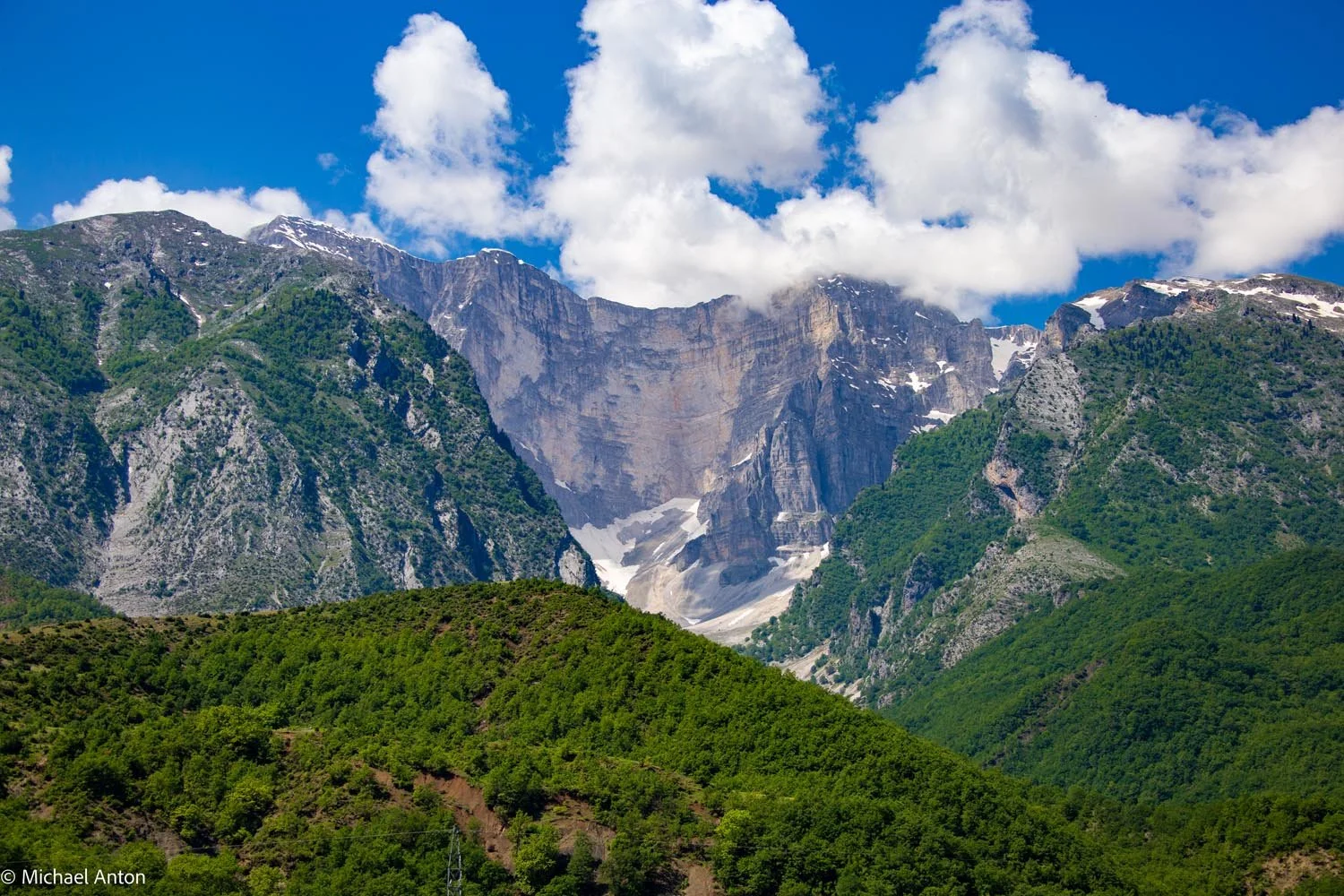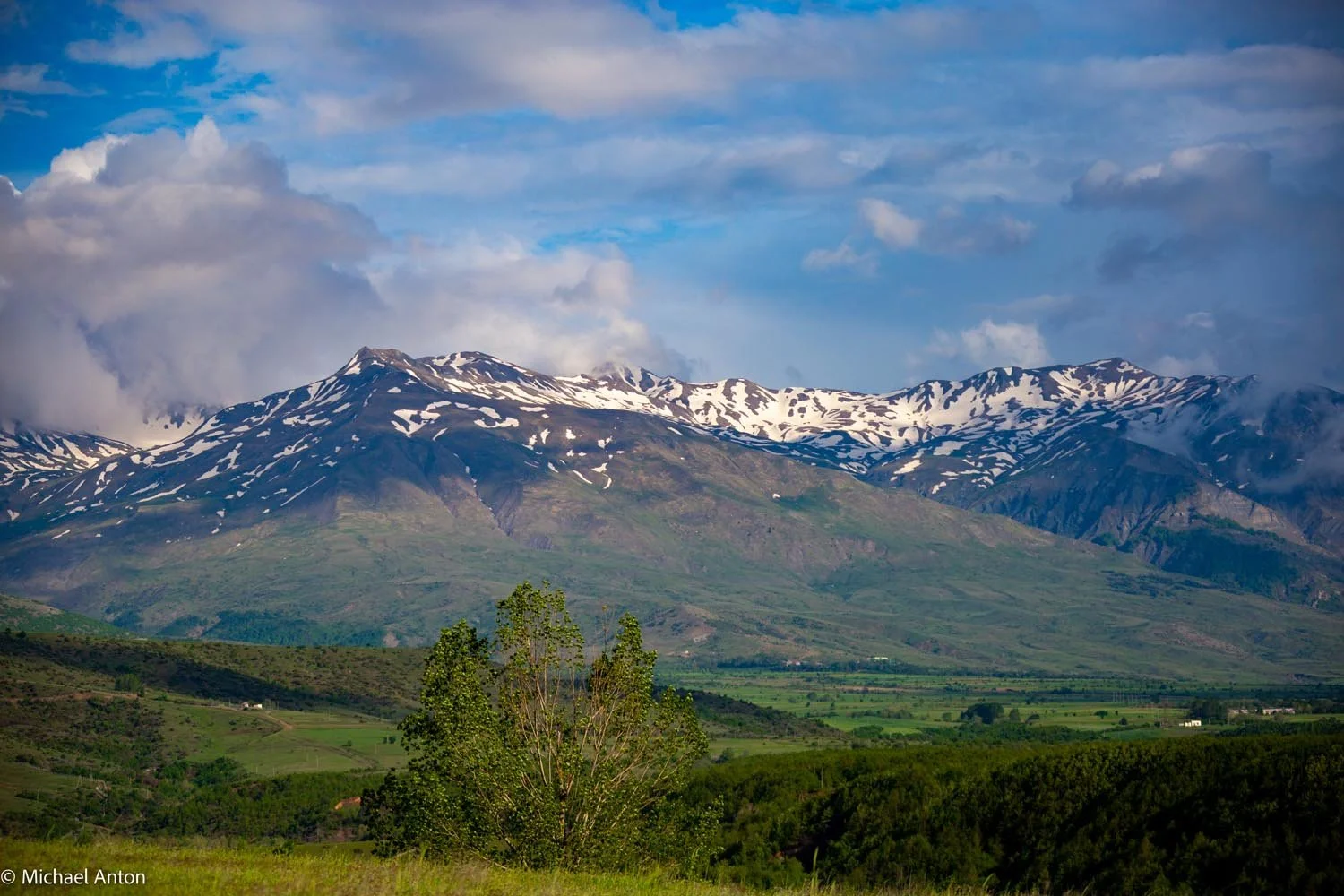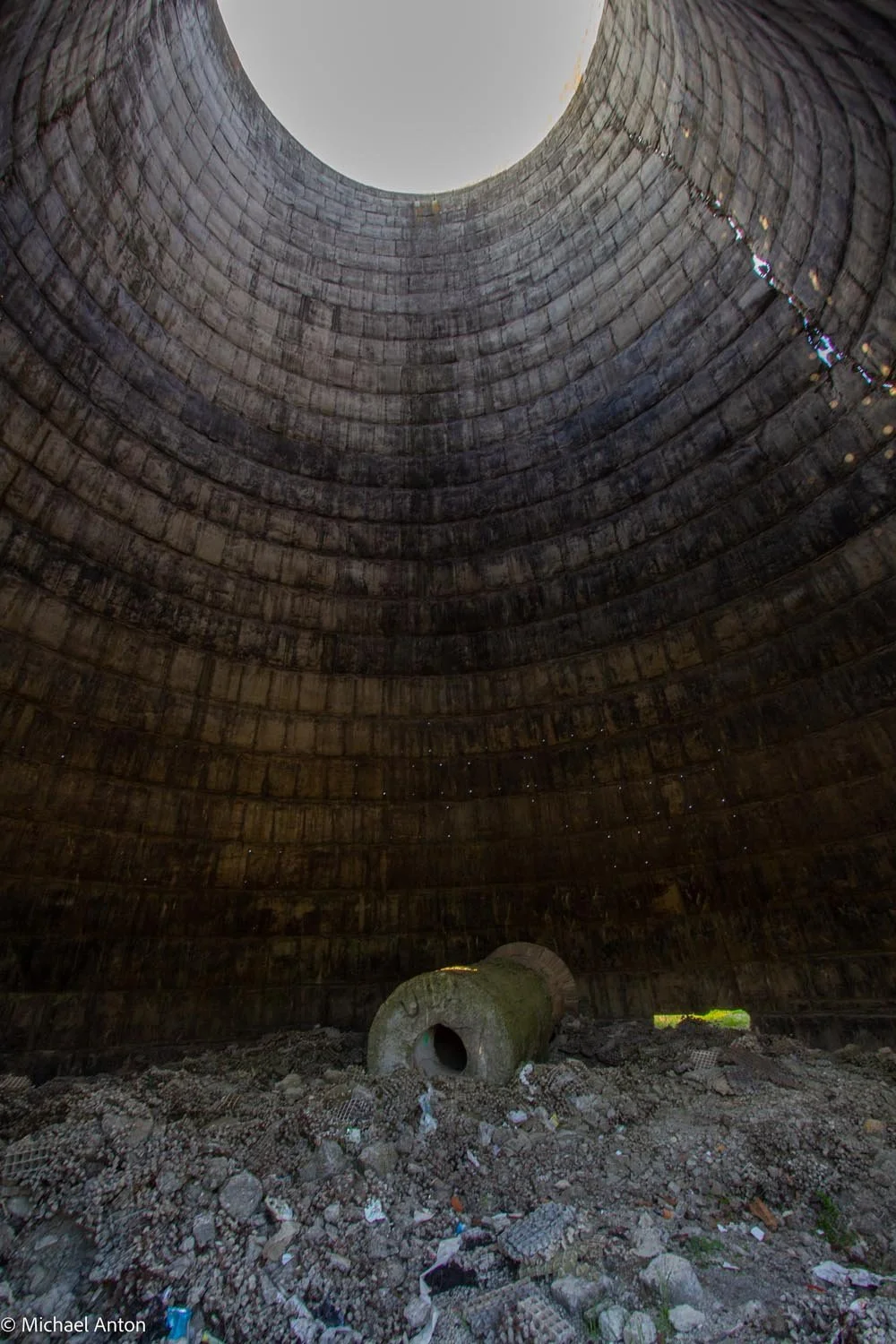Enver’s Impact Part 2, “More history than we can digest.”
These galleries are the result of my fourth trip to Albania in May of 2022. This jewel of the Balkans is a country I’ve come to love and wish history had been kinder to. Having breakfast one morning with a businessman, he lamented that “in Albania we have more history than we can digest.”
Photographer’s note: While Manol Shamo who had assisted me on my previous three visits to Albania wasn’t available this time, I had the good fortune to work with Klaudio Cepani. None of the images you will see here would have been possible without his herculean efforts and resourcefulness. I can’t thank him enough.
Gjorikaster
This town is on UNESCO’s list of World Heritage Sites, but not because it was the birthplace of Enver Hoxha, Albania’s long ruling communist dictator. It is so listed because of the 12th century fortress that looms over the city.
Legend has it that in the 1400s Princess Argjiro jumped from its walls with her child to their deaths in order to escape capture by the Ottomans.
My interest was in the extensive tunnel system that Hoxha built beneath the castle. It was a ten-year project intended for the city’s leadership to shelter in when the “big invasion” came. The most luxurious room (a term I use advisedly) was reserved for the local party leader, the second most luxurious for the party appointed mayor. You’ll also see the kitchen, ventilation system, communication room, meeting room and other facilities, as well as the dismal toilets.
Permet
The house featured here is where the Congress of Permet took place in 1944 and where Enver Hoxha solidified his place as leader of both the communist movement and the resistance to German occupation. When photographing the house, an old man yelled at me (and Klaudio translated), “Why are you taking pictures of that? That’s where all our misery came from!”. My explanation that it was history didn’t mollify him.
Behind the house are the ruins of barracks built by the Italians when they occupied the country, and subsequently used by Albanian forces fighting the Germans. There is even a faded quote on the wall of one by Benito Mussolini, with his signature beneath. It is a wonder that it wasn’t covered over.
Sazan Island
A secret military base during the communist era, the island lies at the meeting point of the Adriatic and Ionian Seas.
While supposedly secret, Enver Hoxha would refer to it obliquely in his speeches to the Politburo as the place where the American fleet would be destroyed should it ever dare to enter Albanian waters.
As soldiers, and then their families could be stationed there for years at a time, a school was built as well as rec centers, a cinema, housing and cafeterias. All are pictured here. The system of pipes visible emerging from the water off the coast of Sazan was the supply line running from the mainland city of Vlore bringing gas and water to the base.
Gjadri
Located in the town of Lehze, Gjadre is a decommissioned military airfield. And while Albania currently has no Air Force, I was still not allowed onsite.
But…directly on the public side of the barbed wire fence was a hotel built for the Chinese pilots assigned by Chairman Mao to help his new socialist (and anti-Soviet) ally. That partnership frayed when President Nixon visited the People’s Republic of China in 1972, and soon thereafter Enver Hoxha broke off relations with that country.
From then on, until communism’s end in 1991 (Hoxha died in ’85) Albania was completely isolated.
Shown are the rooms, or at least what’s left of them, as well as their gymnasium/rec center.
Kurbnesh
In the 1950s, before Hoxha’s break with the U.S.S.R., in the spirit of “socialist solidarity” more prosperous members of the Eastern Bloc would give development aid, expertise and loans (not to be repaid) to the perpetually cash strapped Albania. The German Democratic Republic (East Germany) built a copper mining and smelting facility in the town of Kurbnesh.
The surrounding landscape is still stained the color of that metal. The town became a place for “internal exile”, not exactly a prison but those sent there with their families for having caught the suspicious eye of the regime, could not leave. They were assigned work in either copper mining and processing or agriculture.
In 1990, 350 families were living there, of which five remain. I was invited into the home of one, and took the photos you see. There is still a school serving the 15 children in town, but the rest of the place is crumbling ruins. The apartment building has no running water; the families fill jugs from a pump in the courtyard.
Lescovik
Numerous tunnels were built in this town, as the mayor showed me around. Some of these might be converted to wine cellar/tasting room businesses. BTW…Albanian wines are superb!
Also featured is a classic example of socialist architecture in the town’s cinema.
Miscellaneous
While I don’t usually consider myself a landscape photographer, Albania’s majestic vistas often insisted on my camera’s attention. Also included are a structure I’ve no idea its purpose in Maliq, as well as a redo of a bunker in Borsh I’d previously shot on my first trip in 2016.


